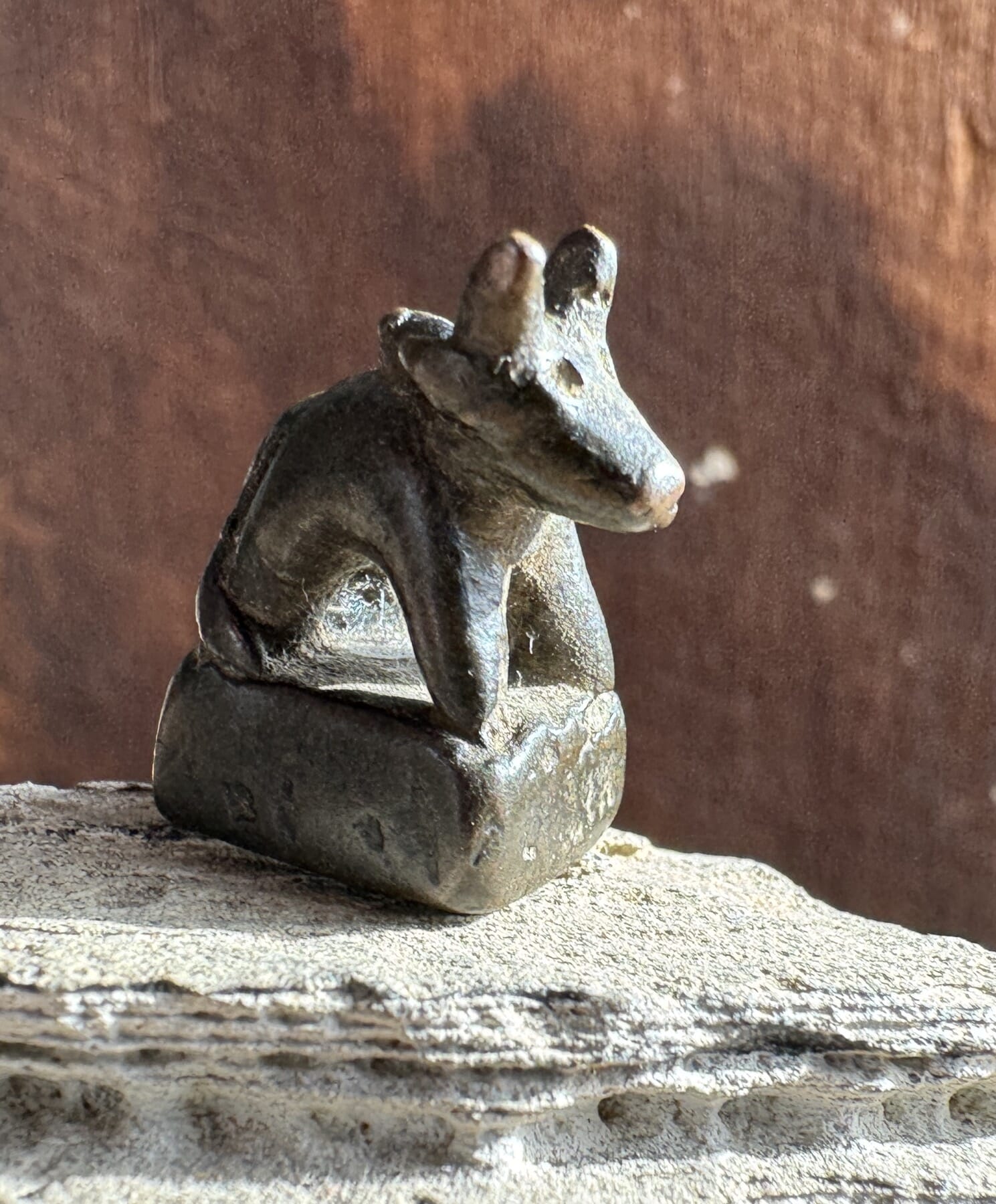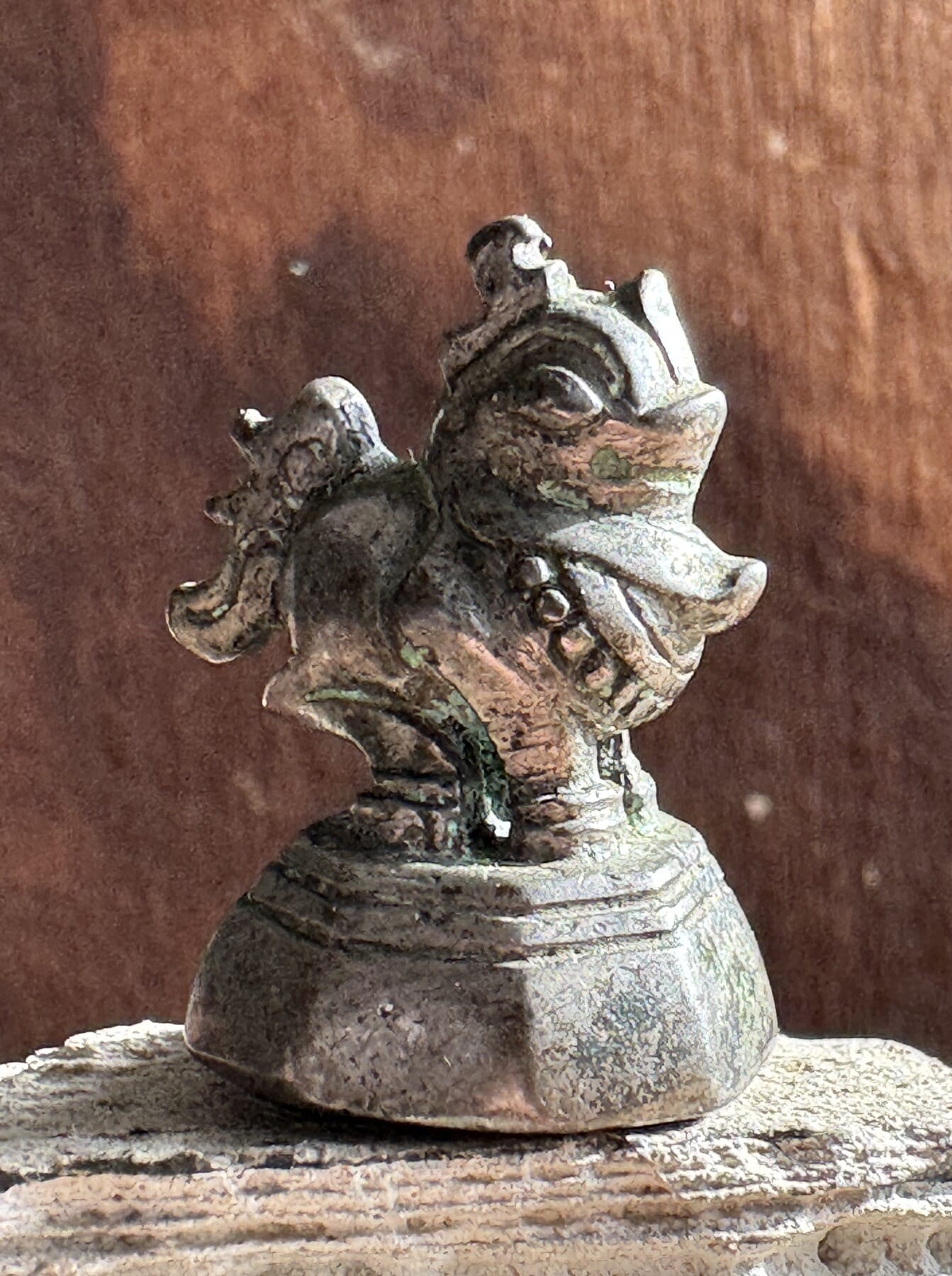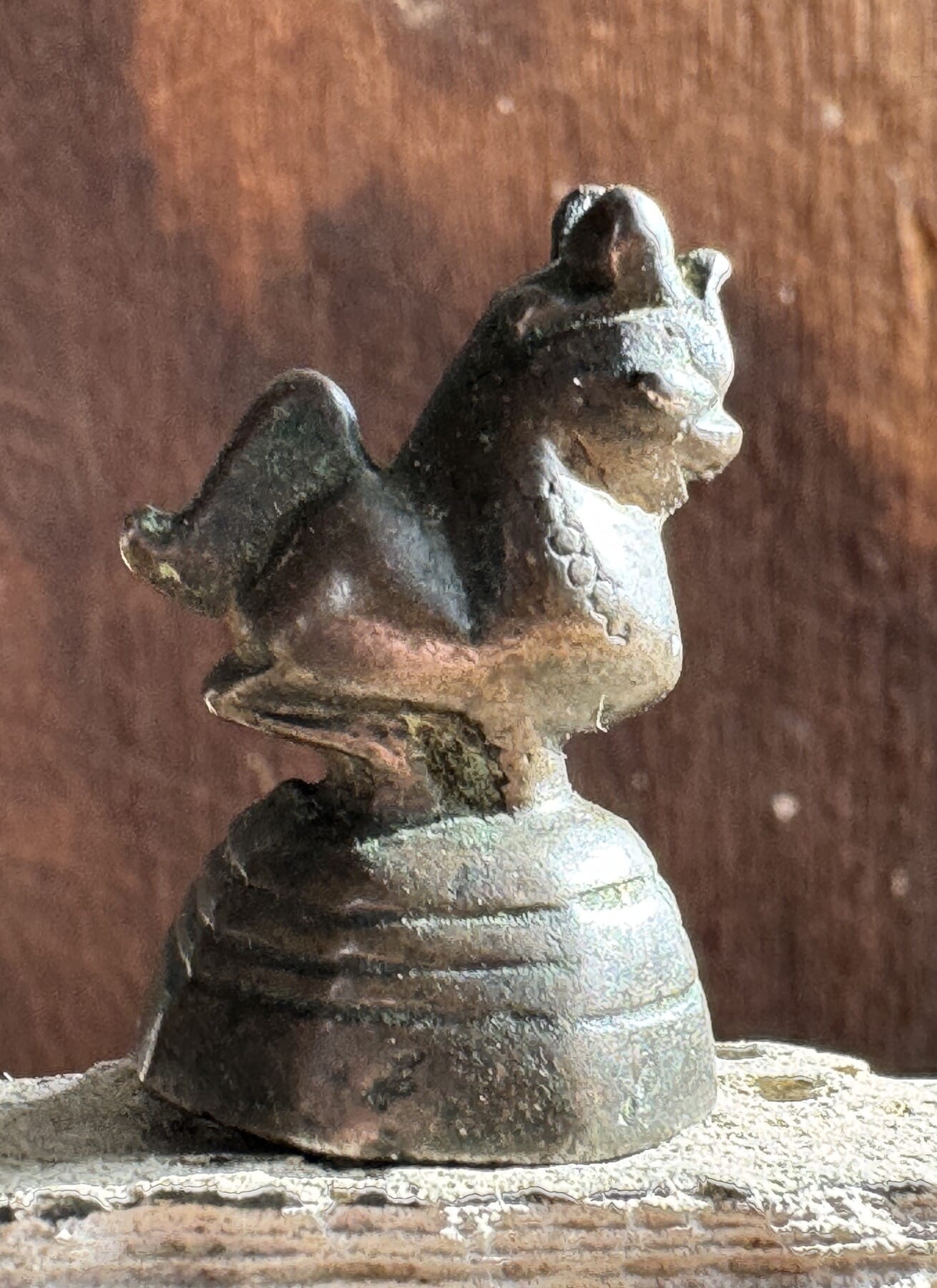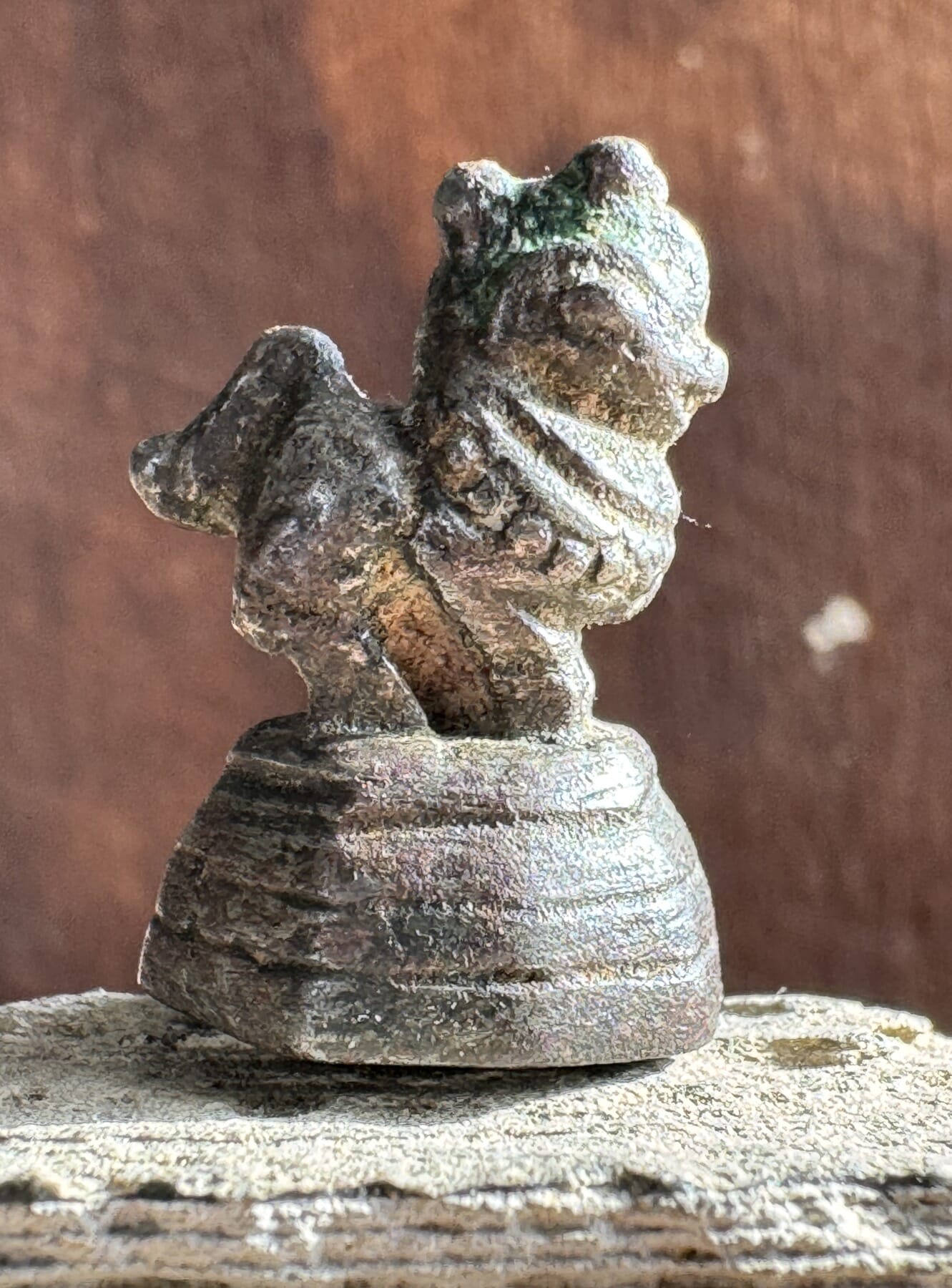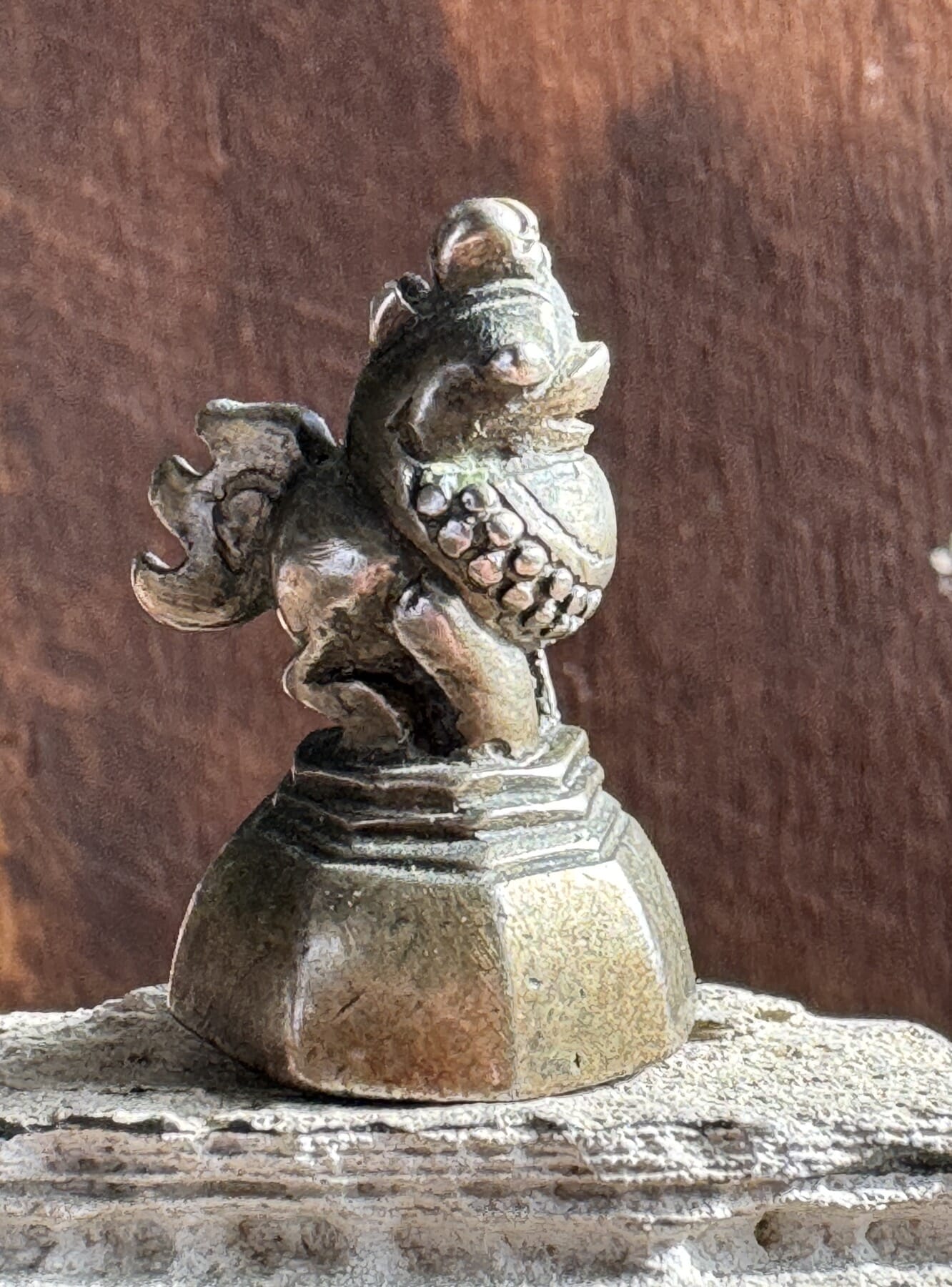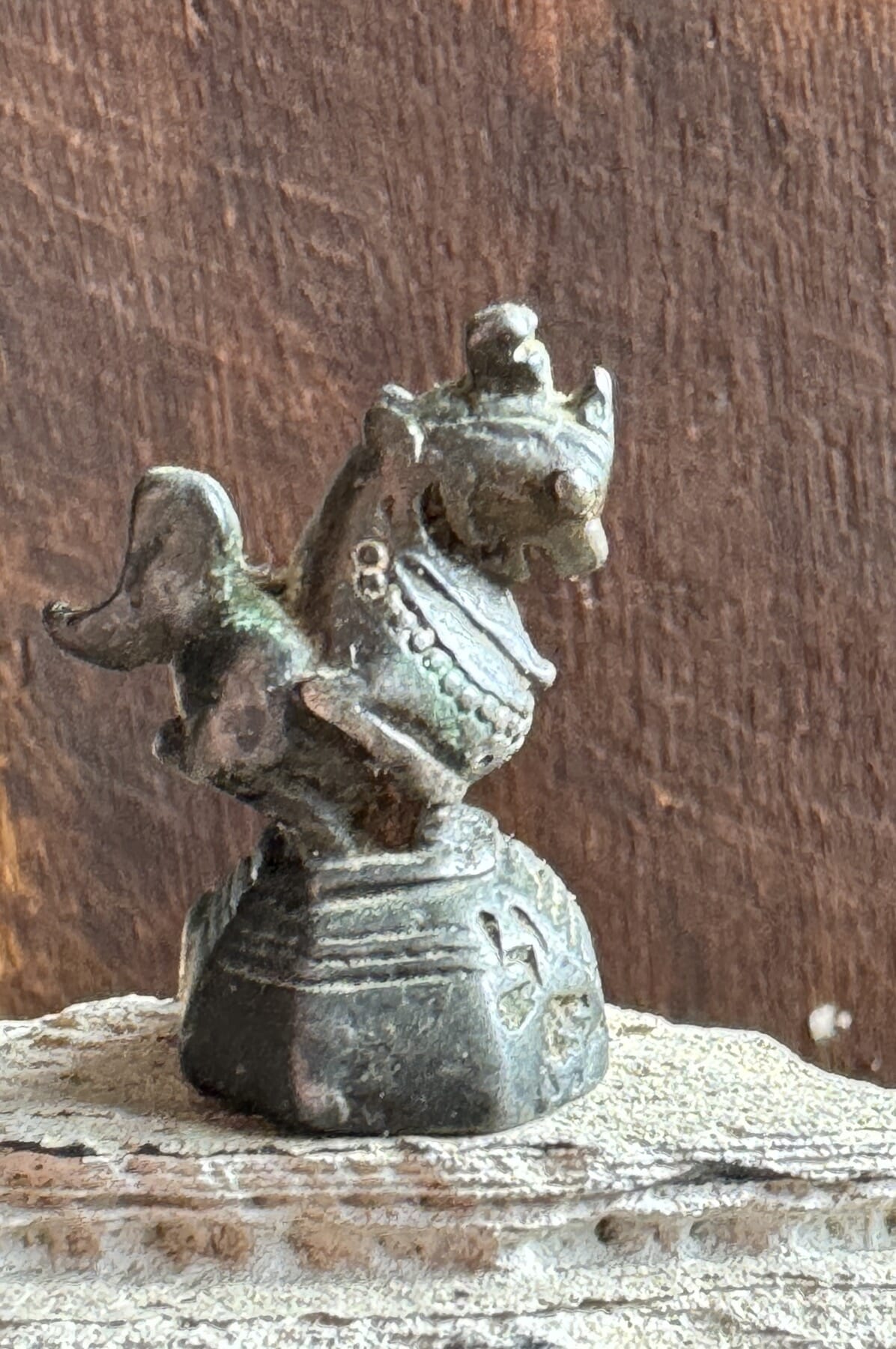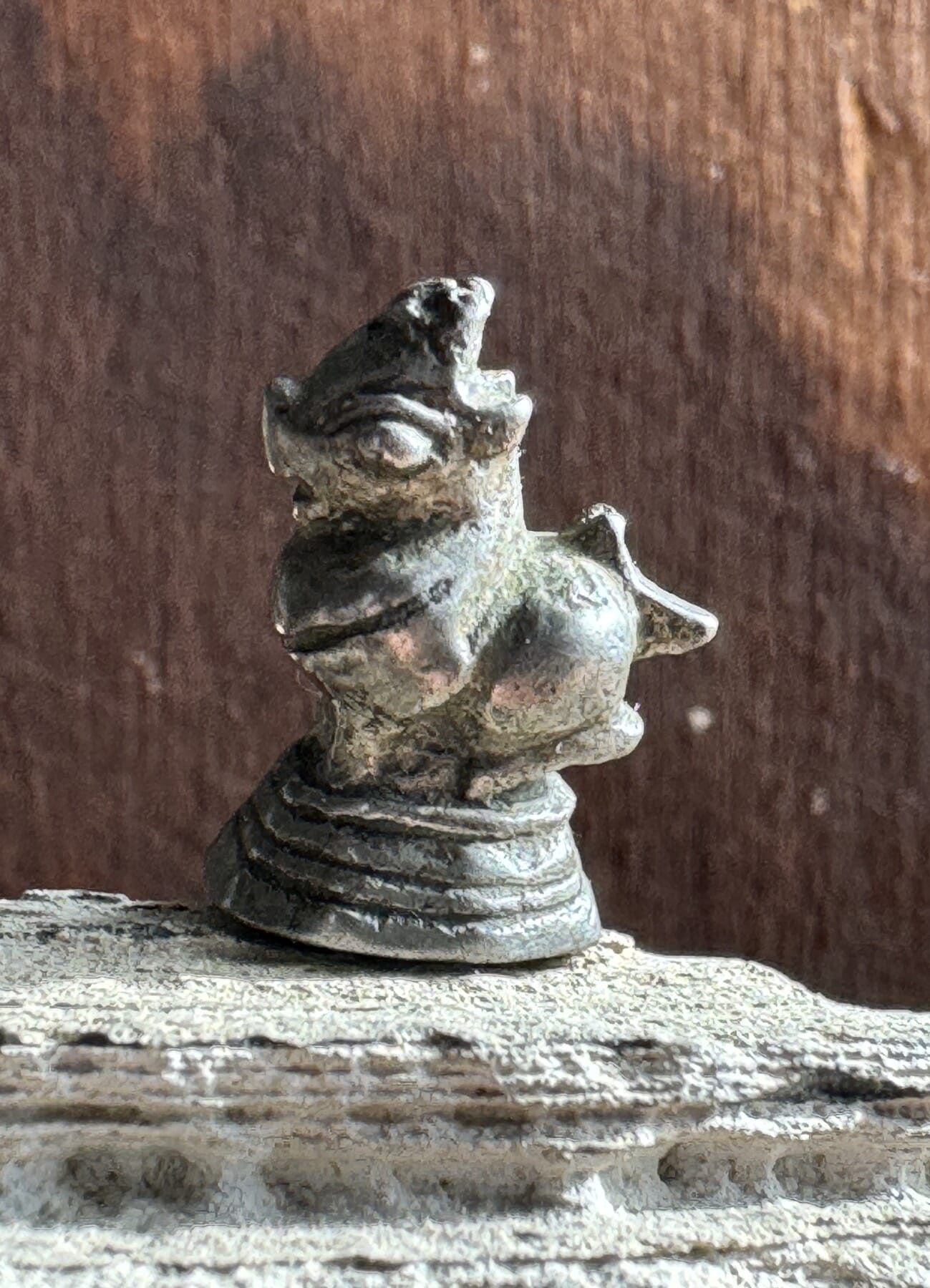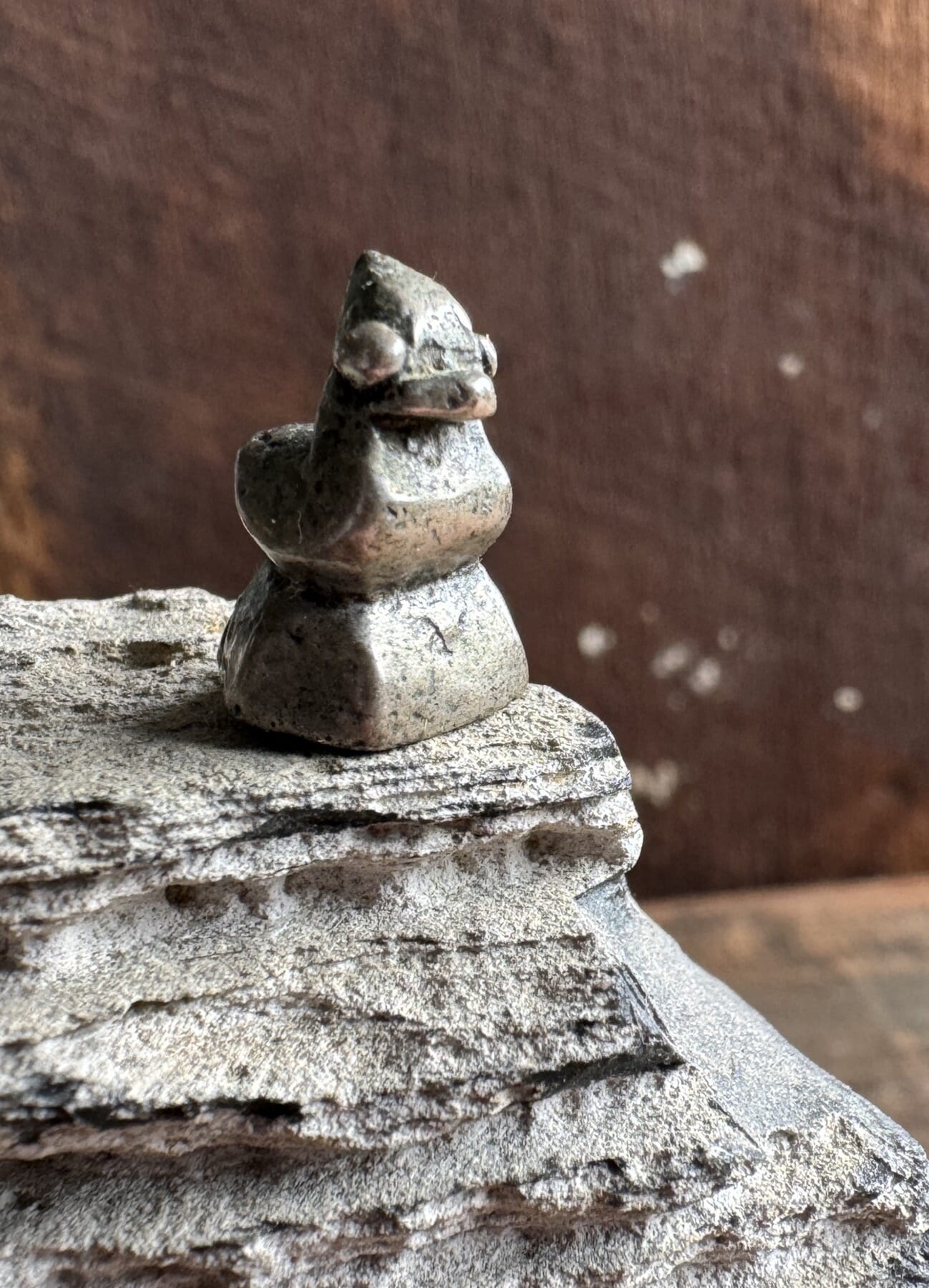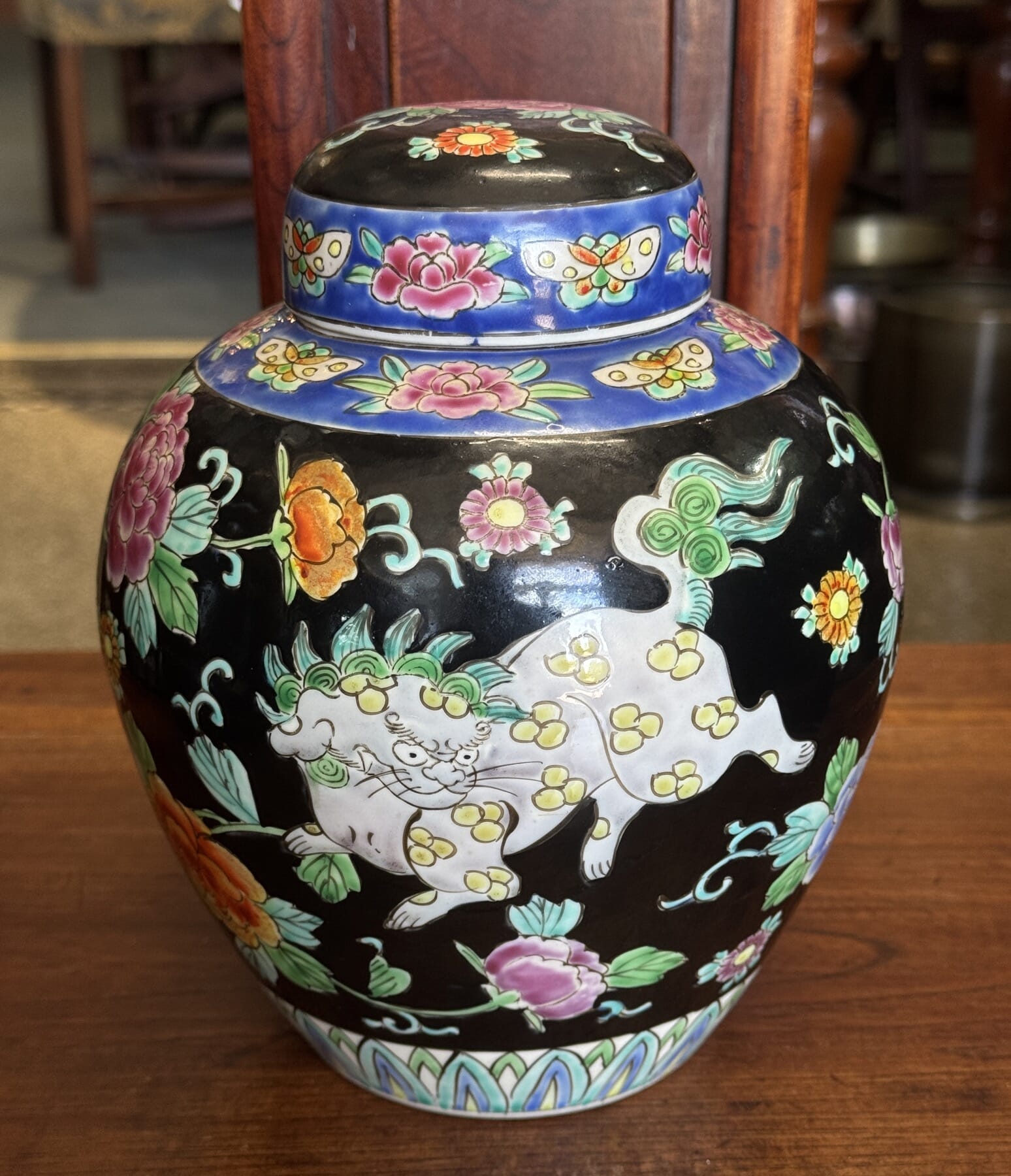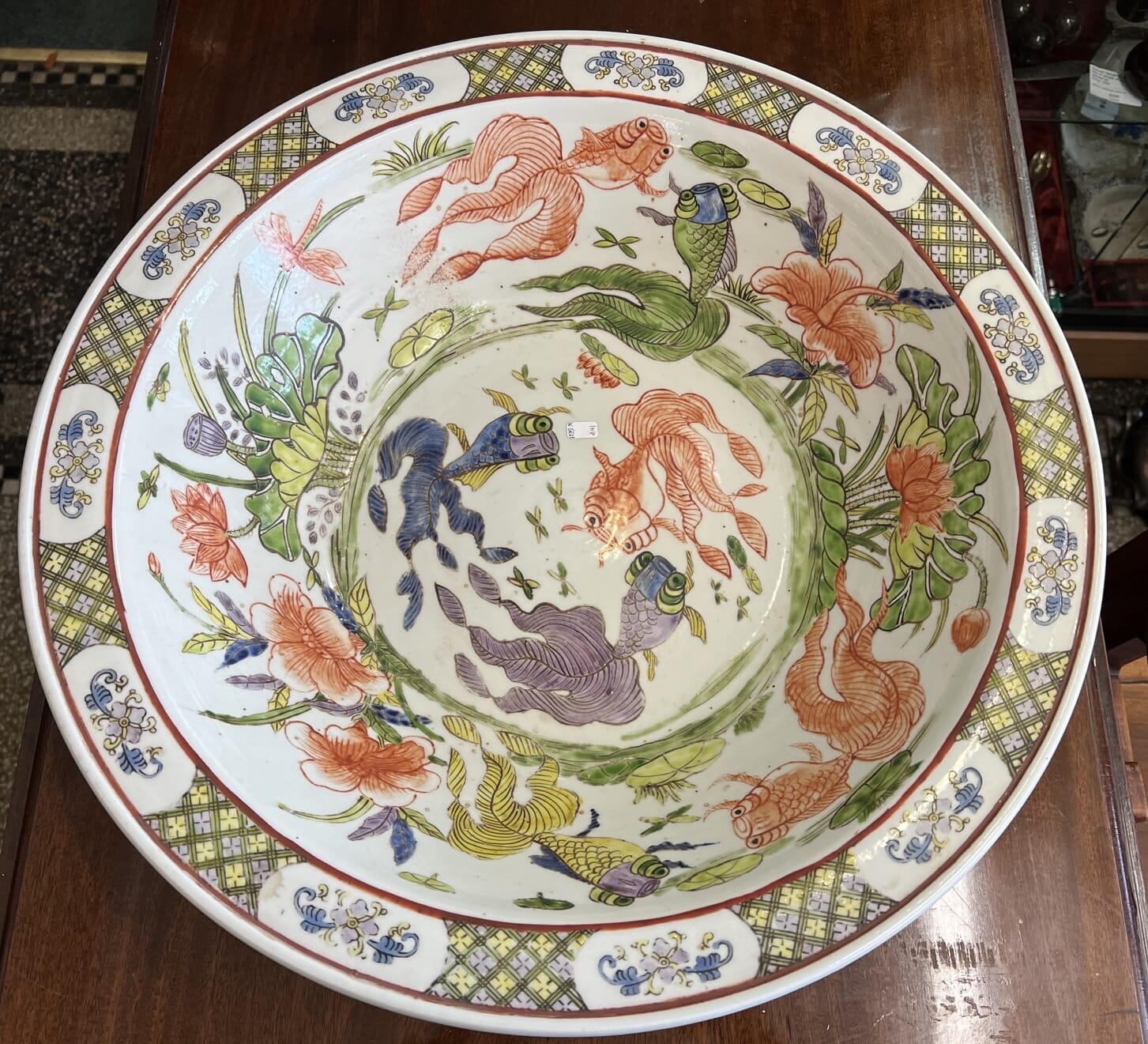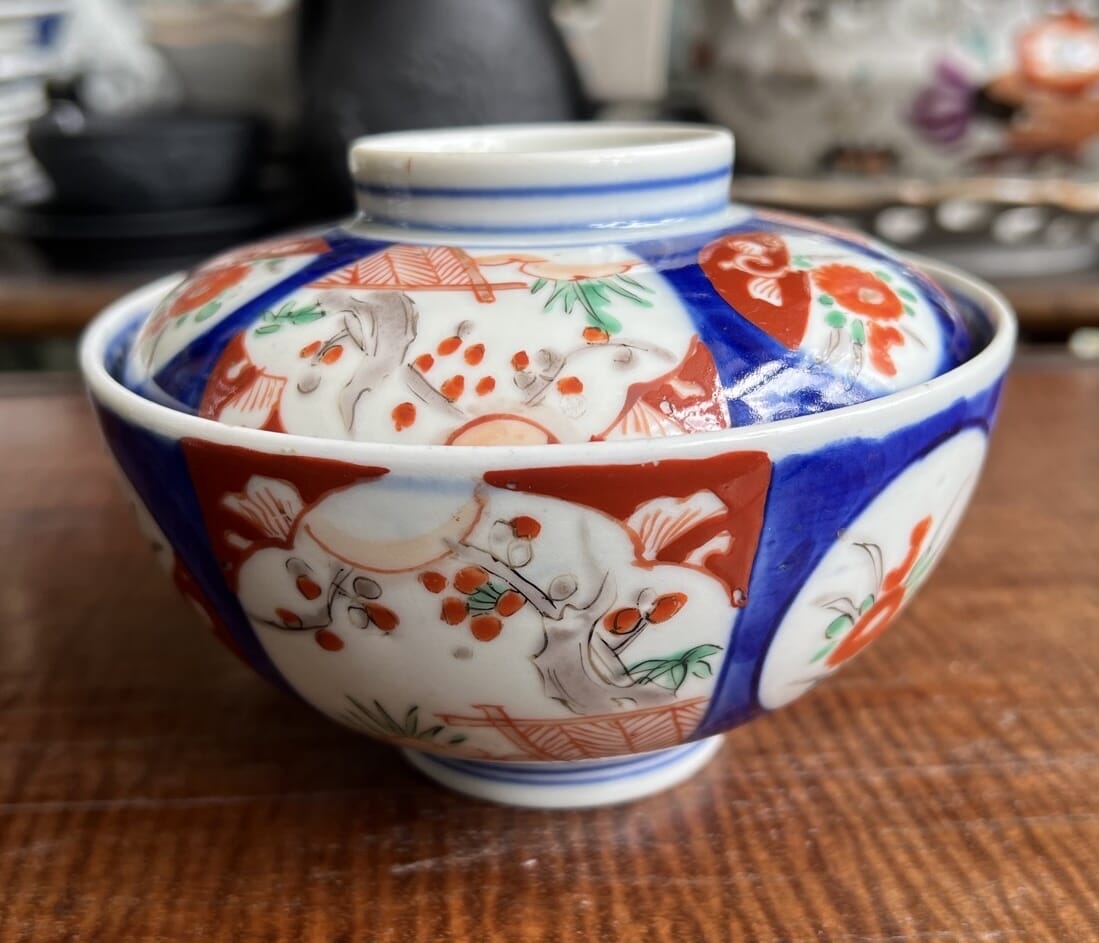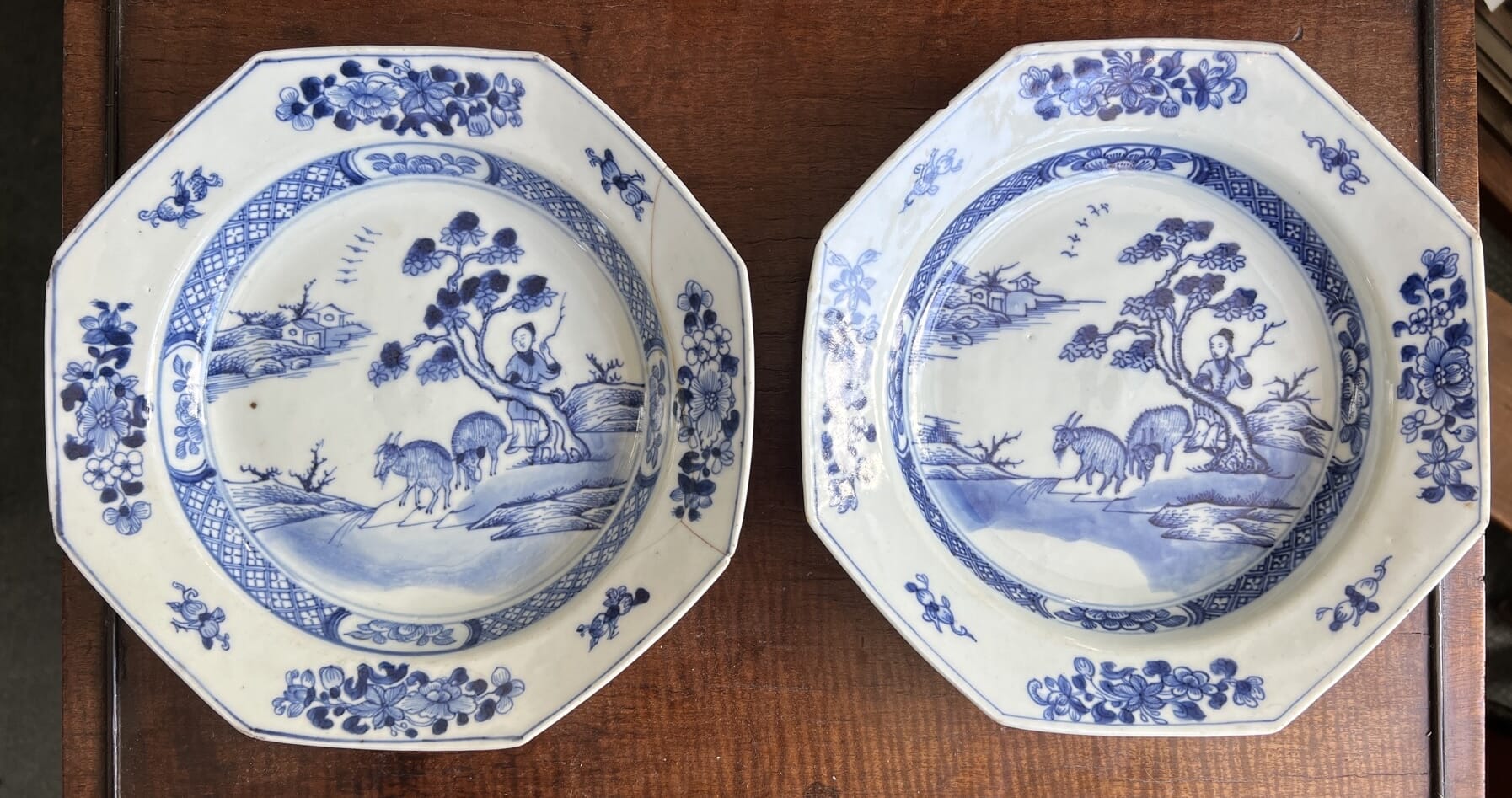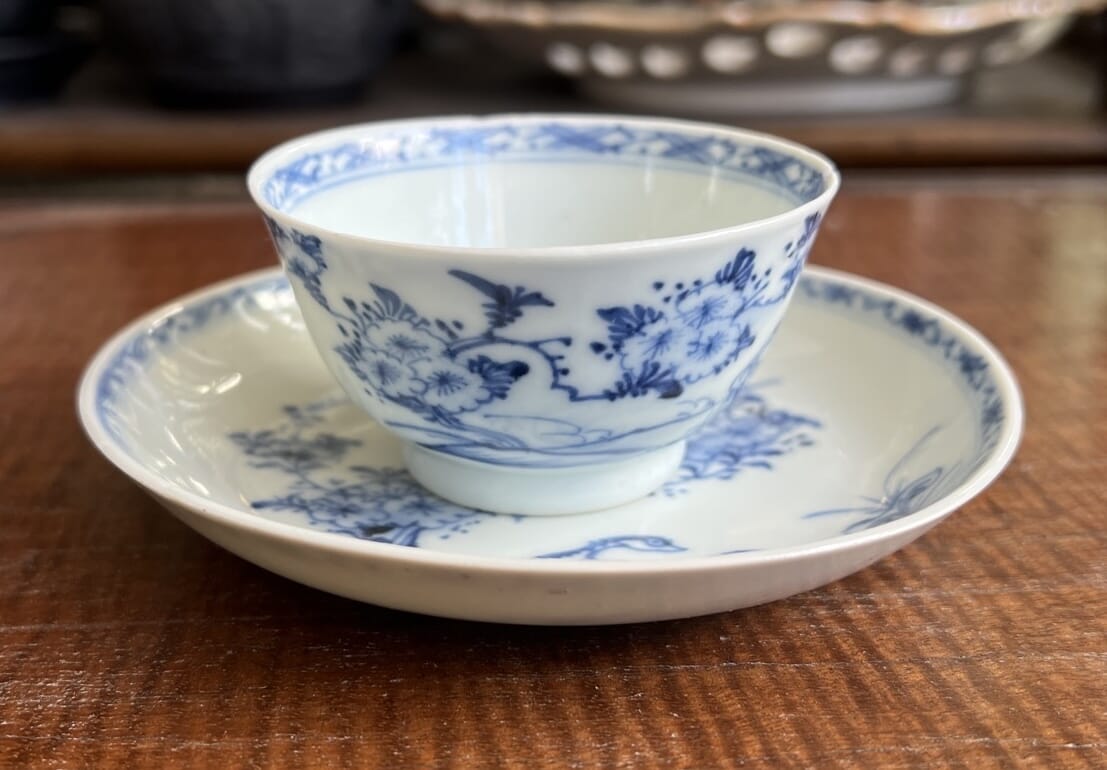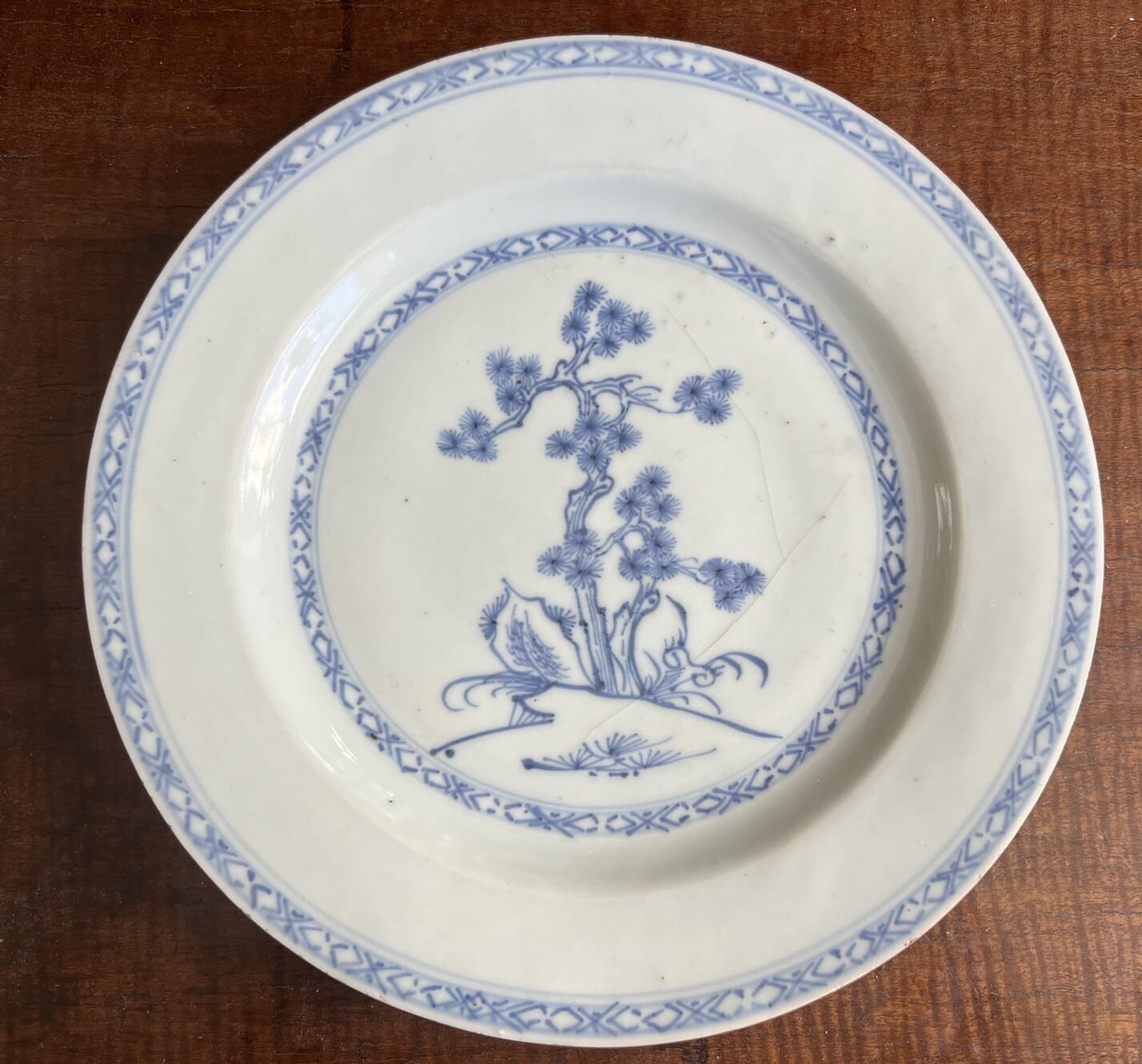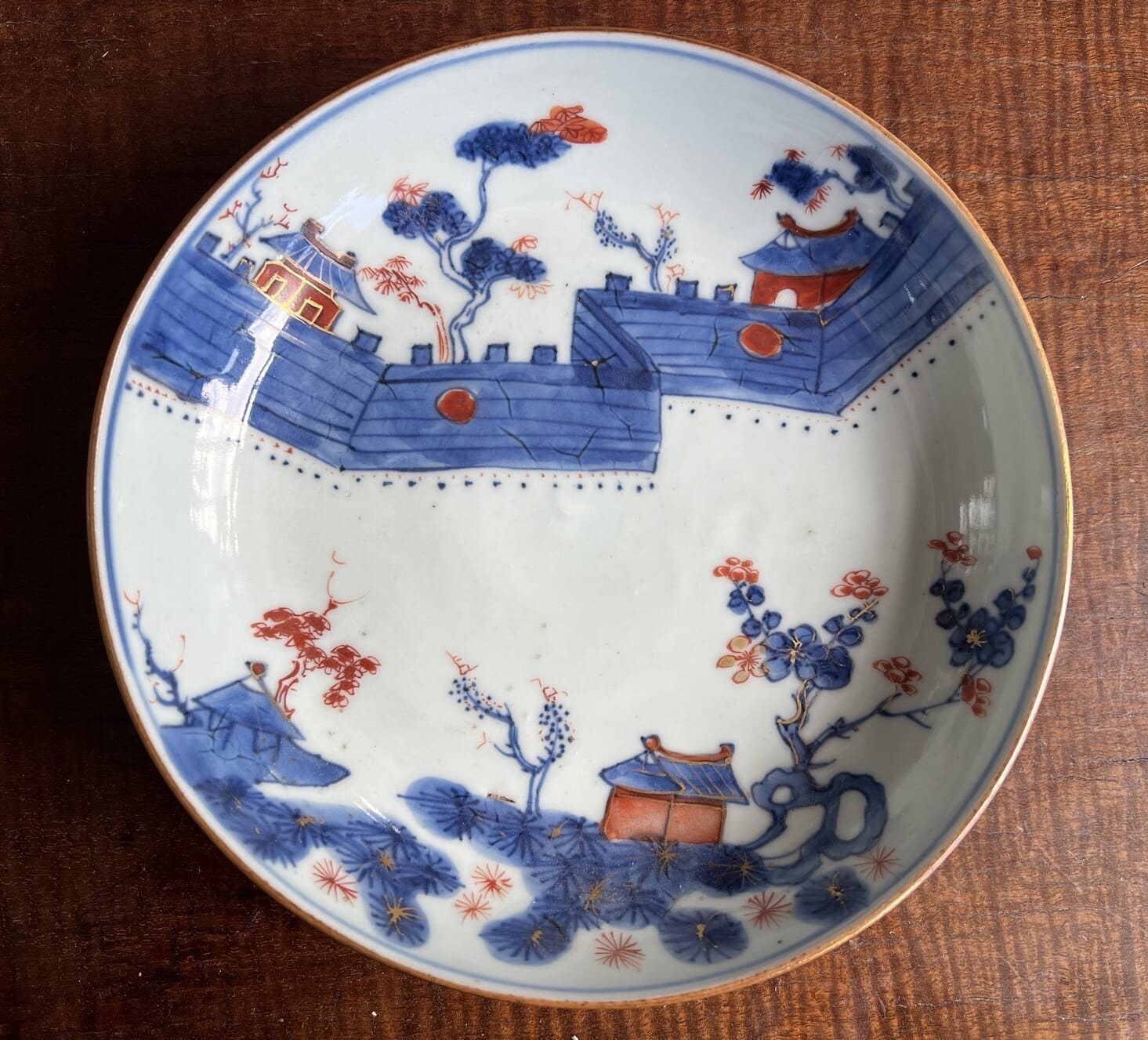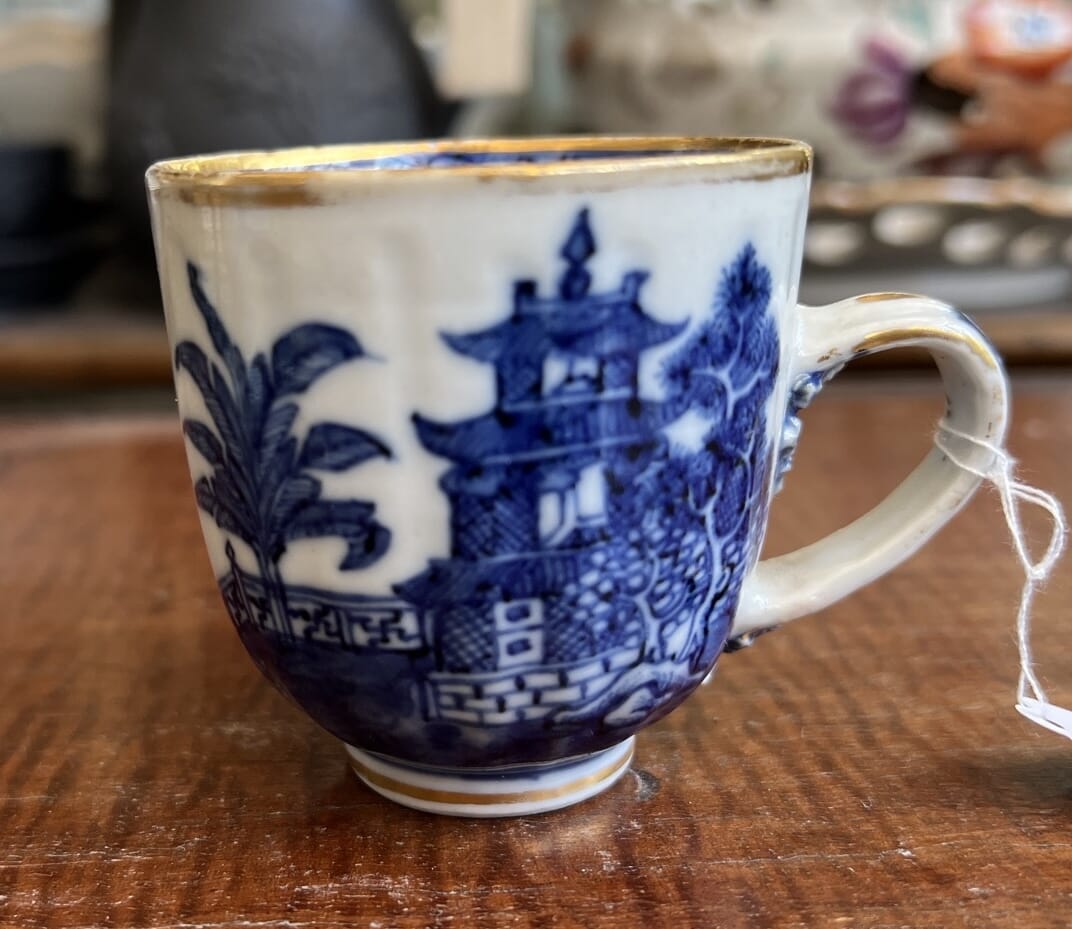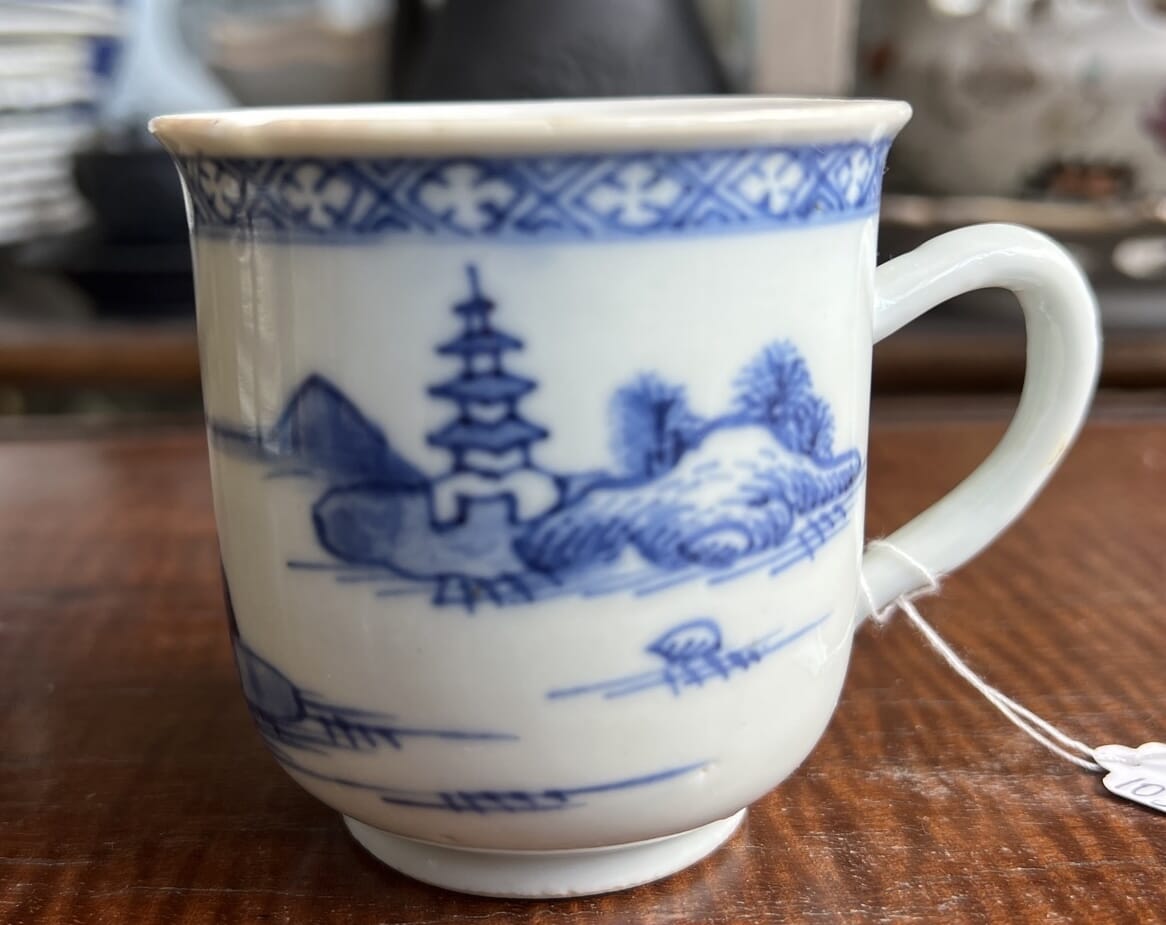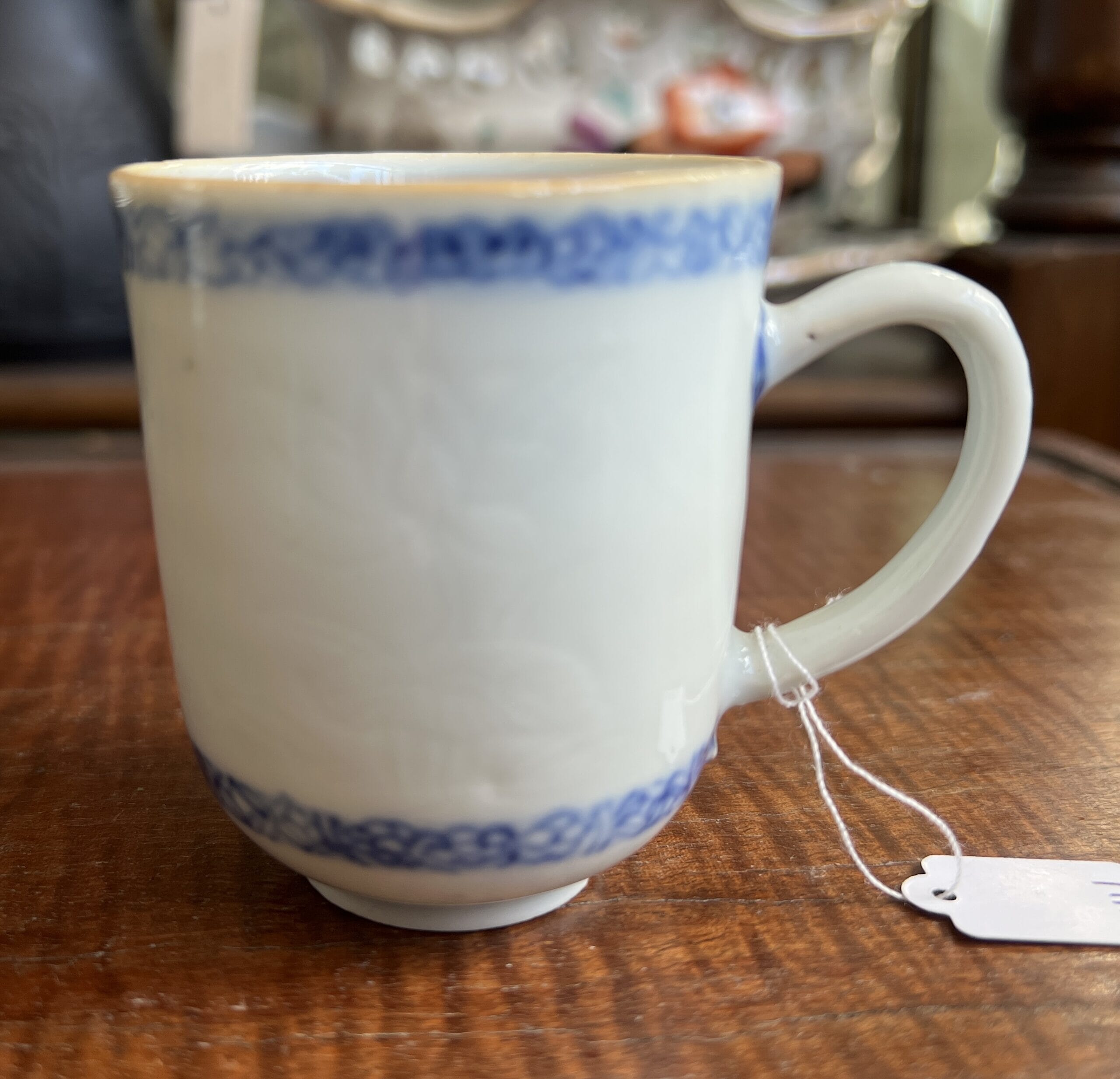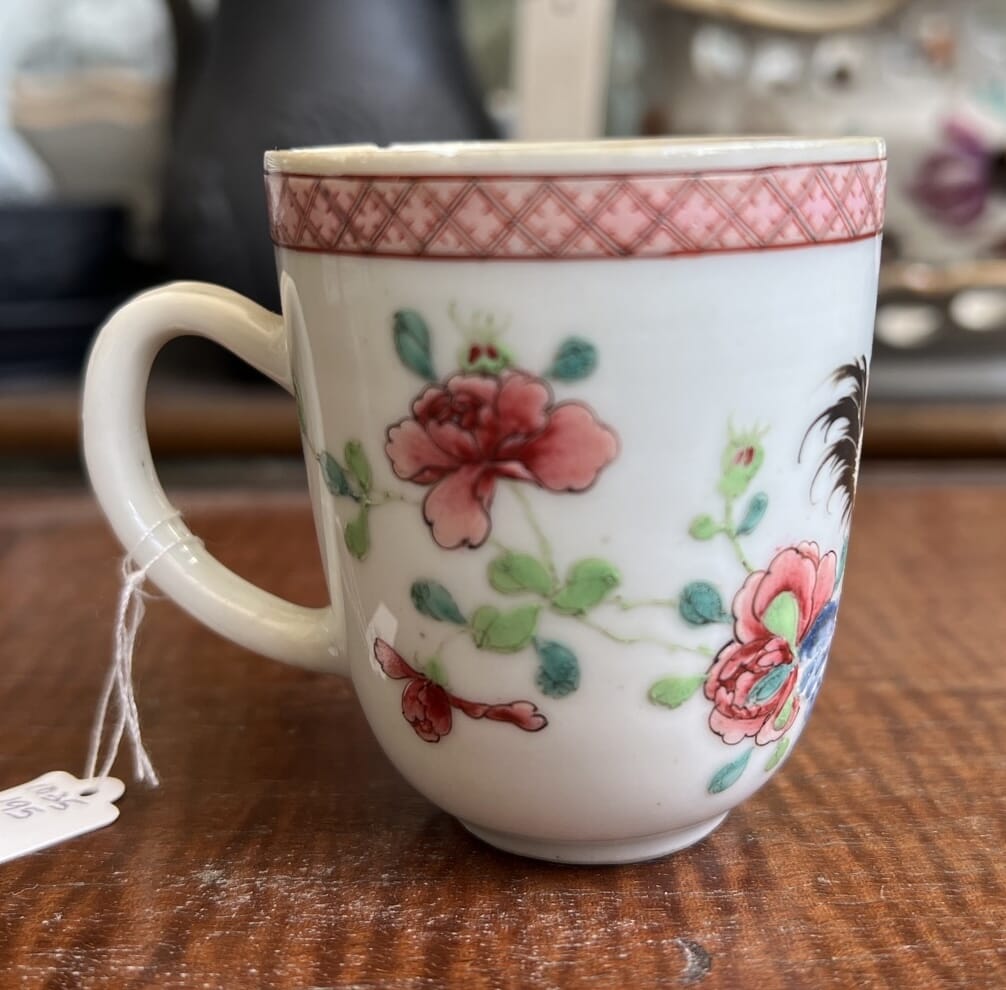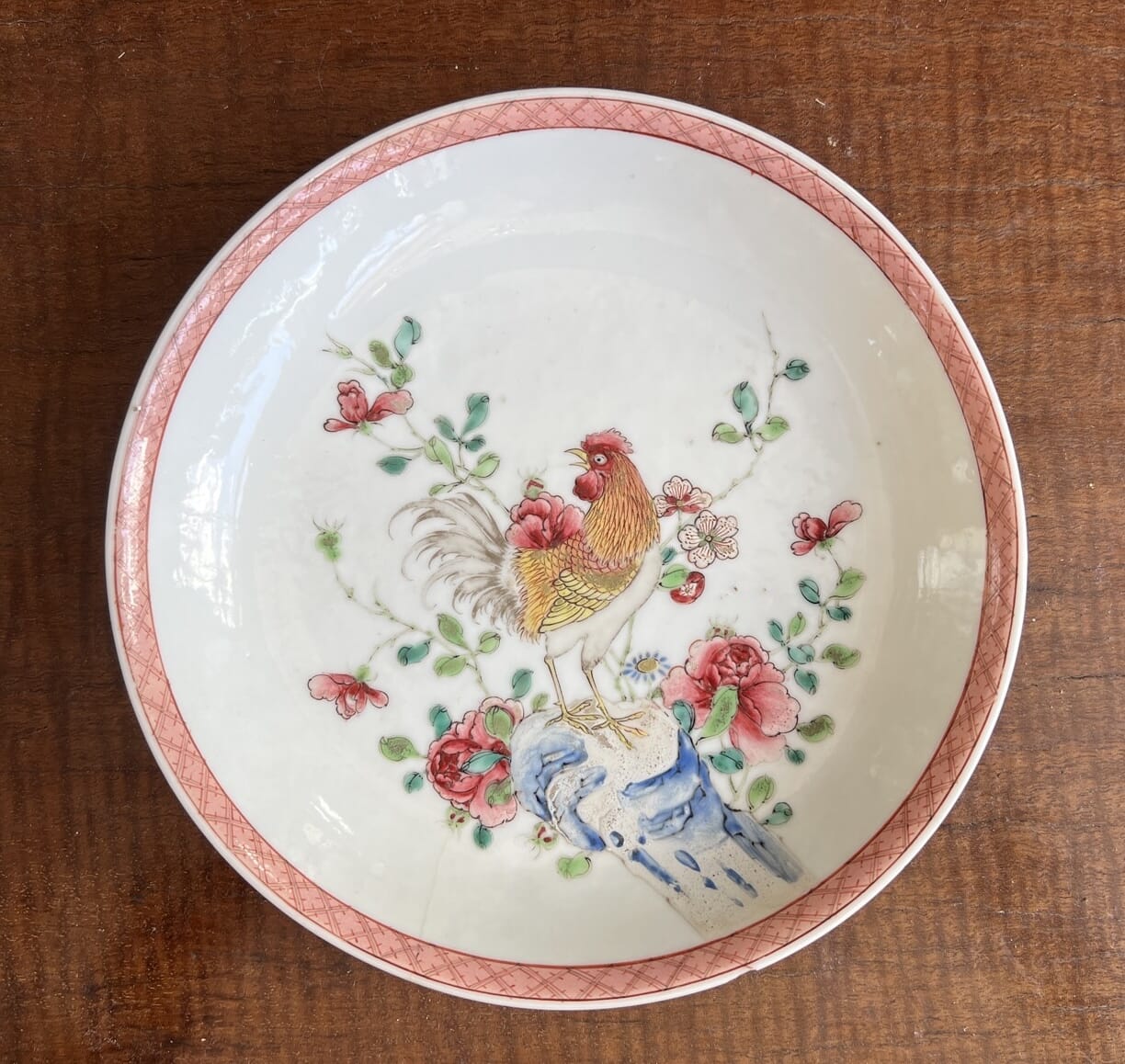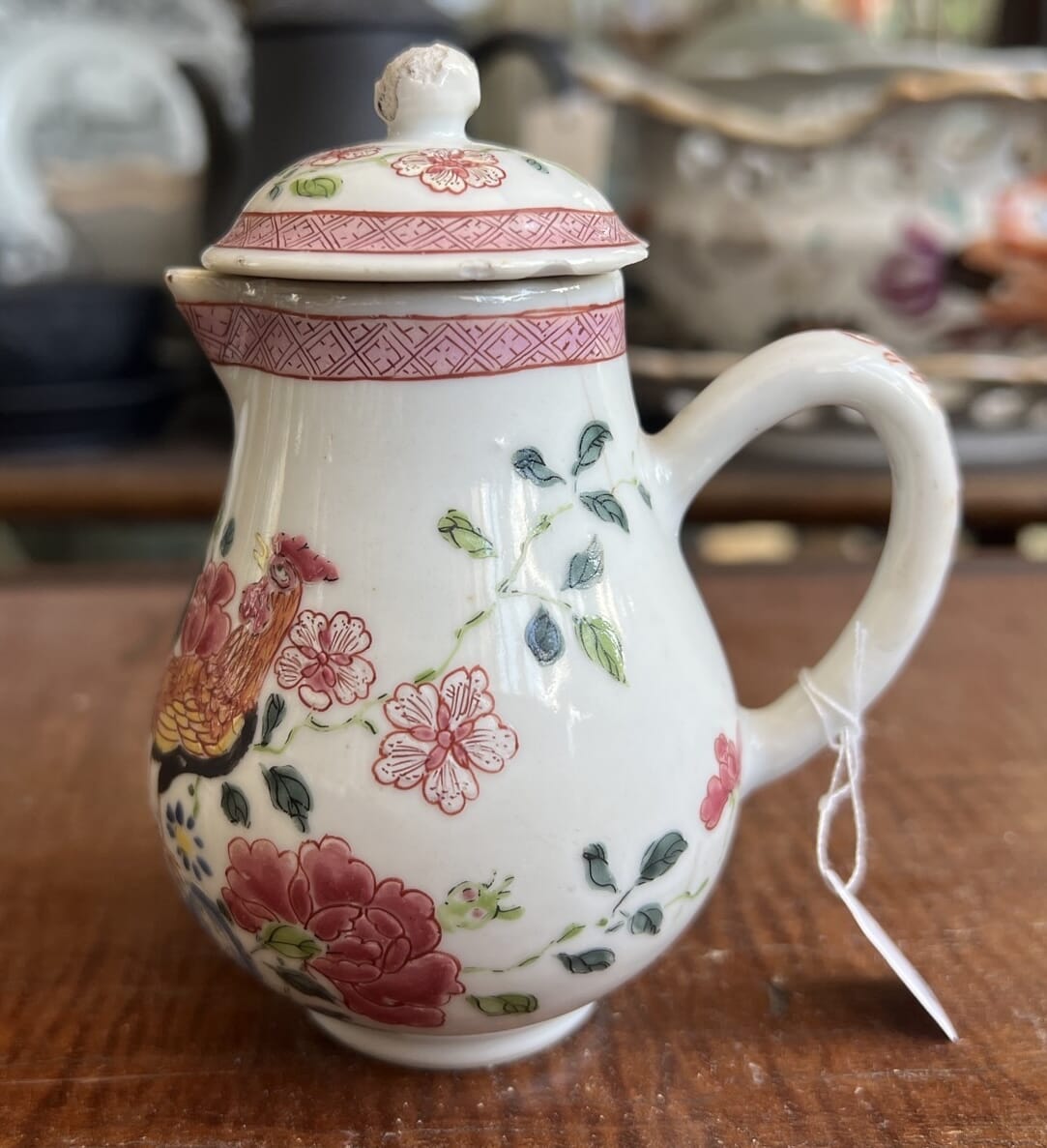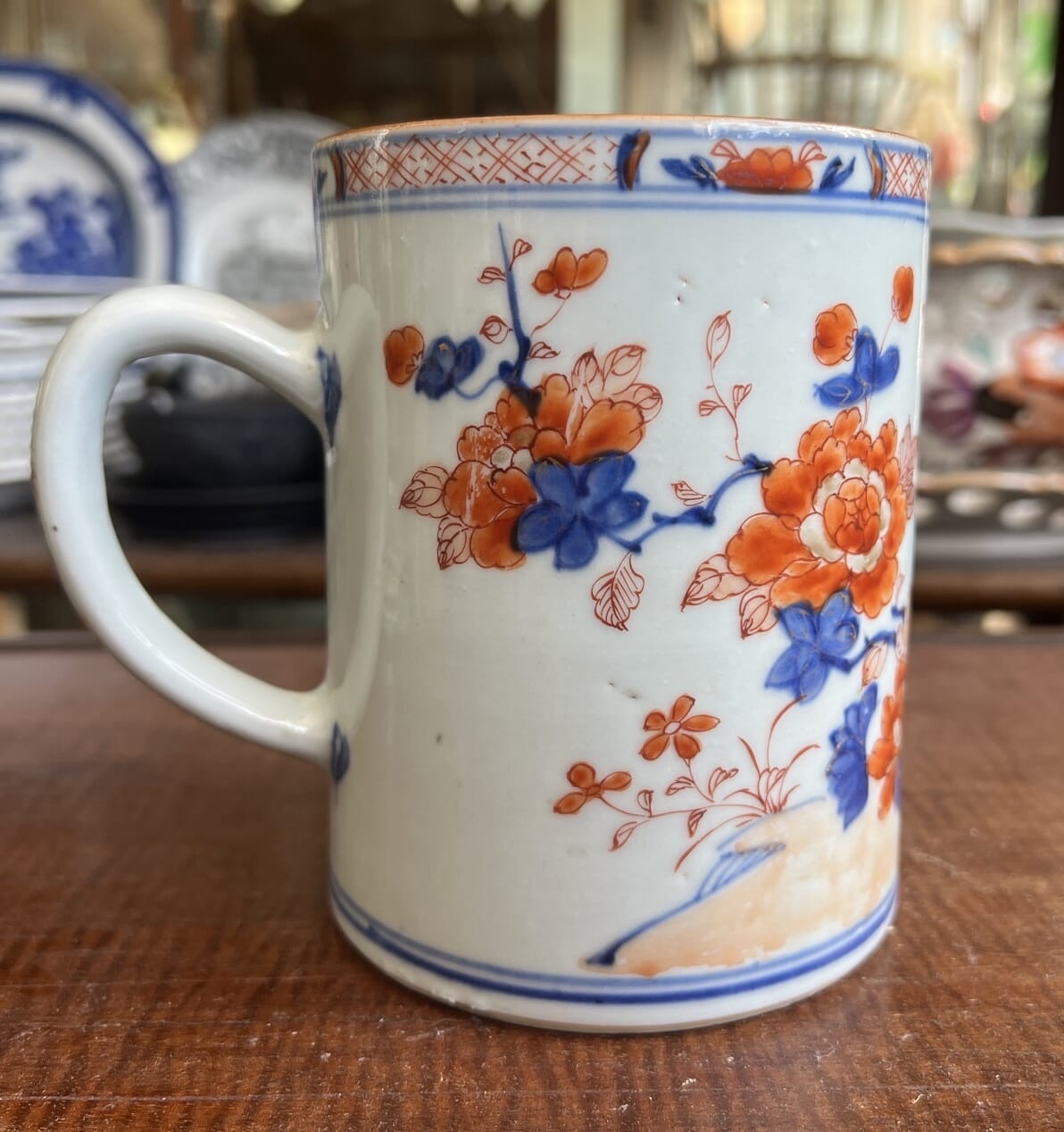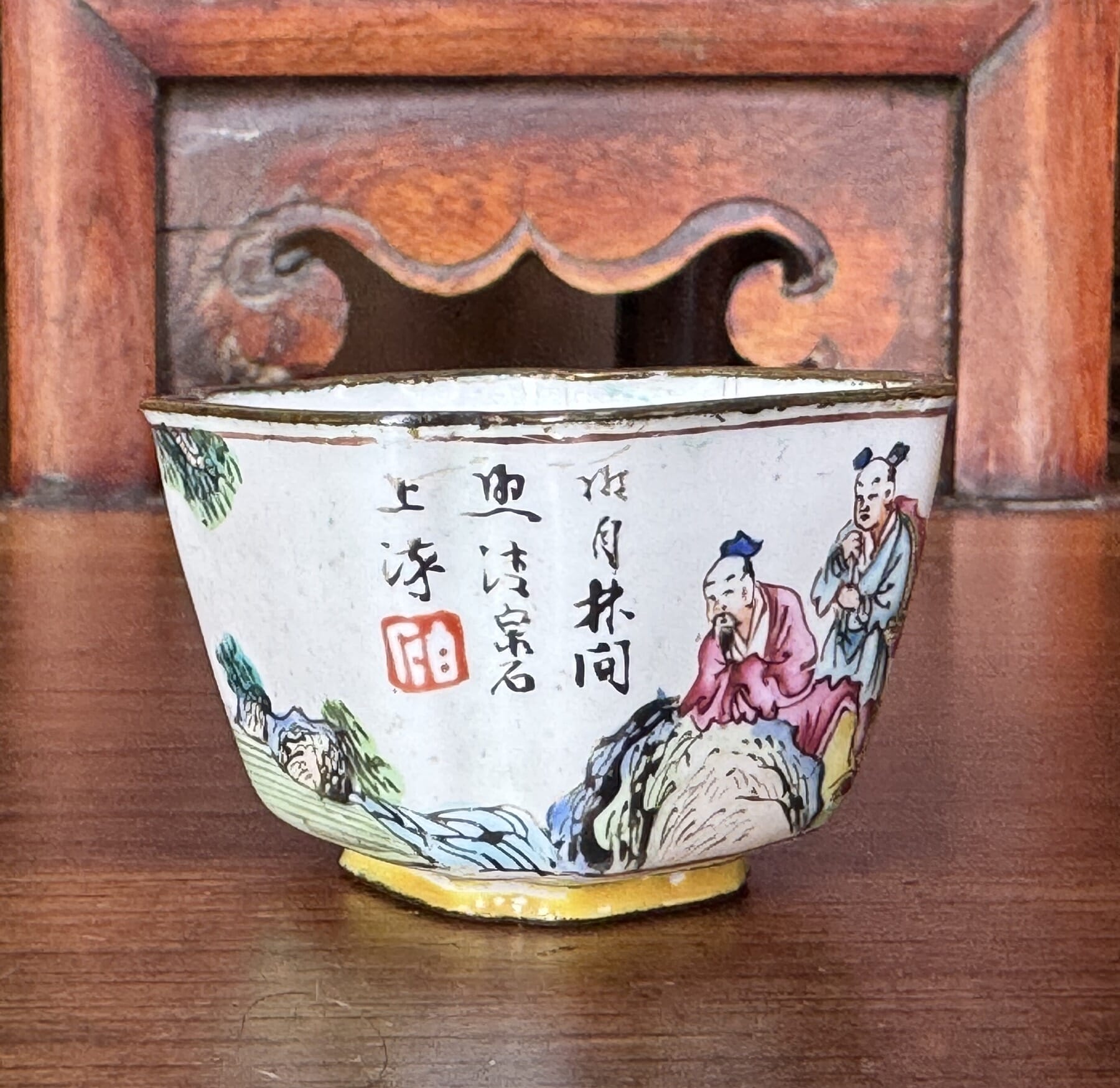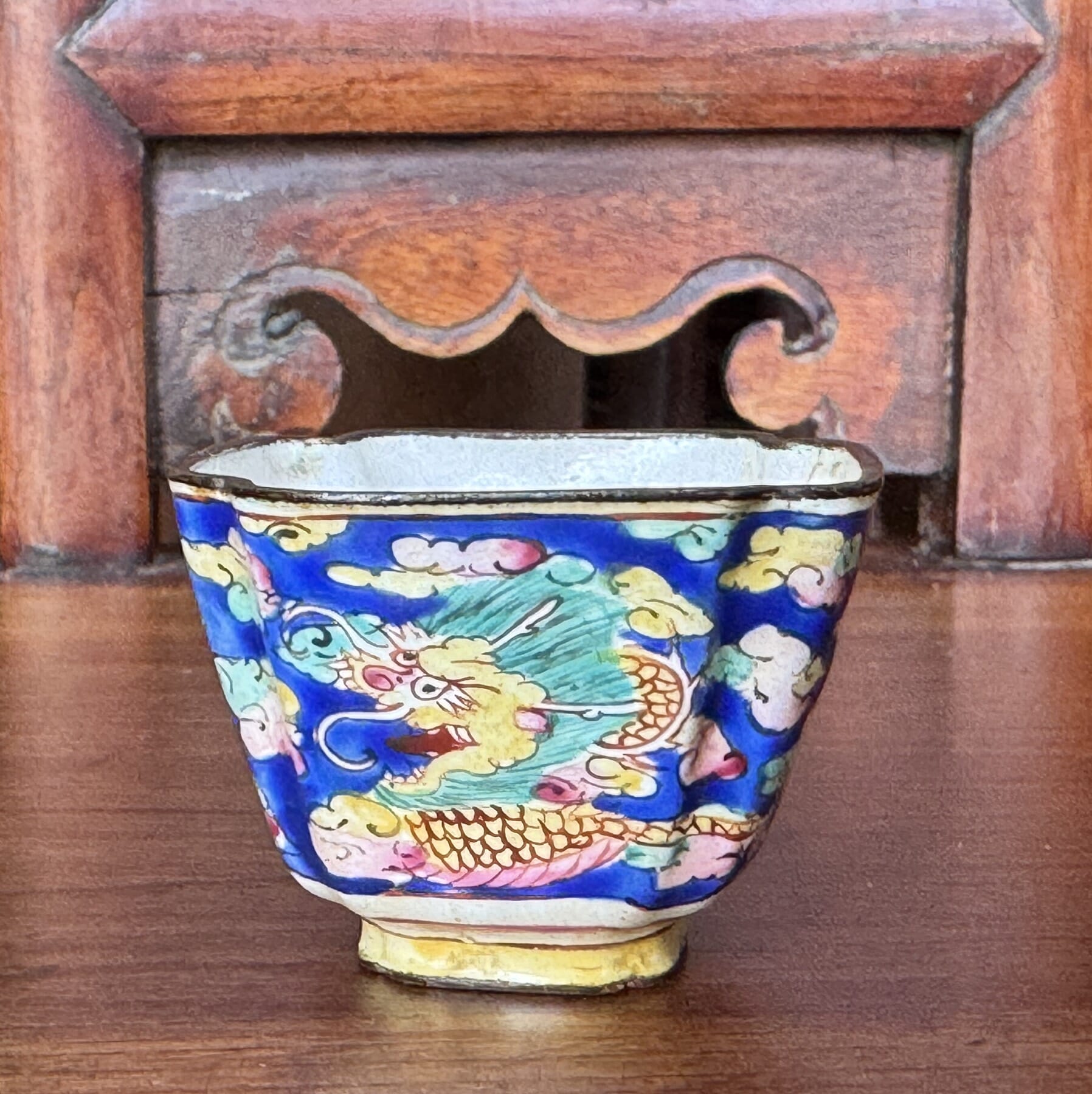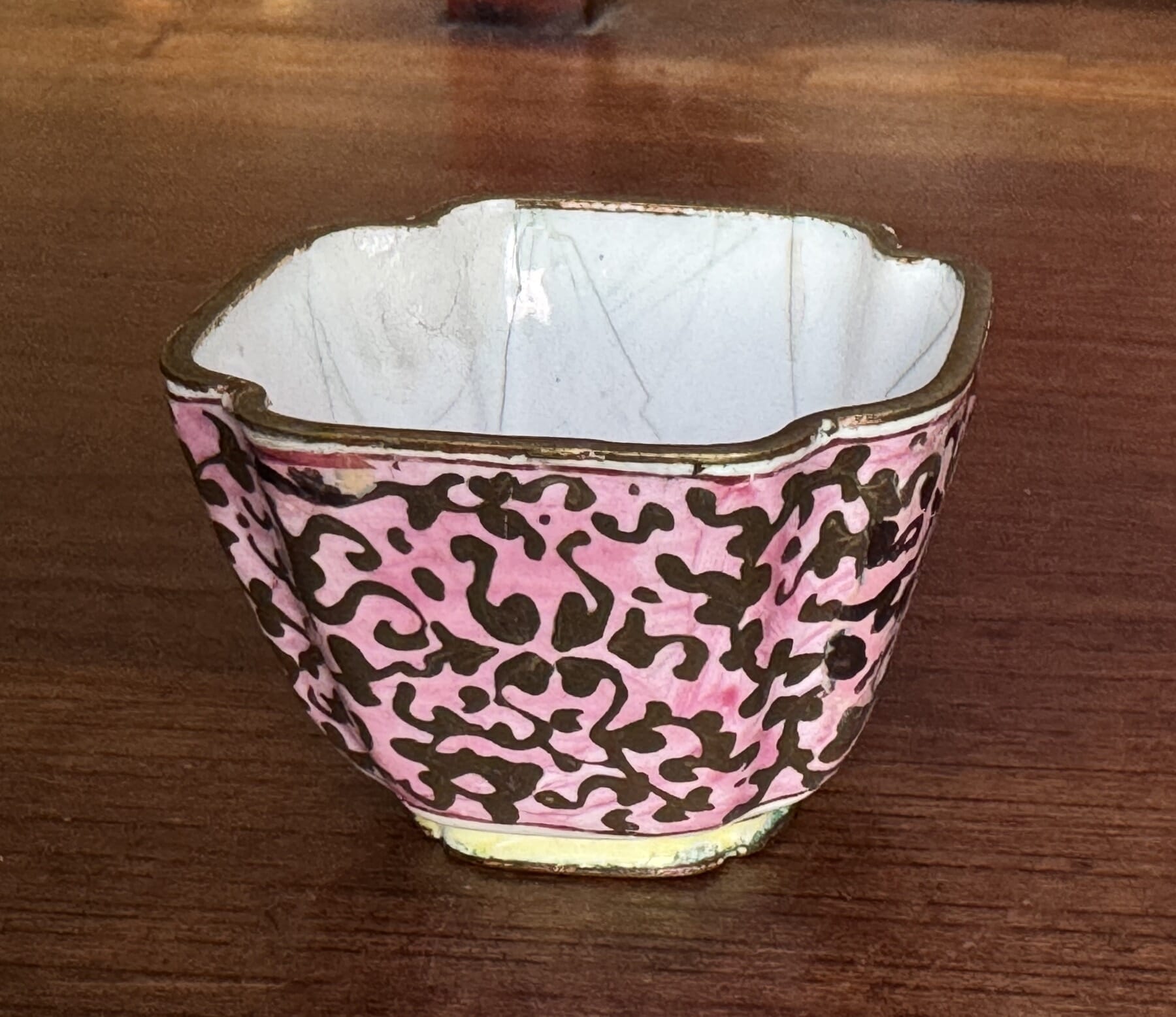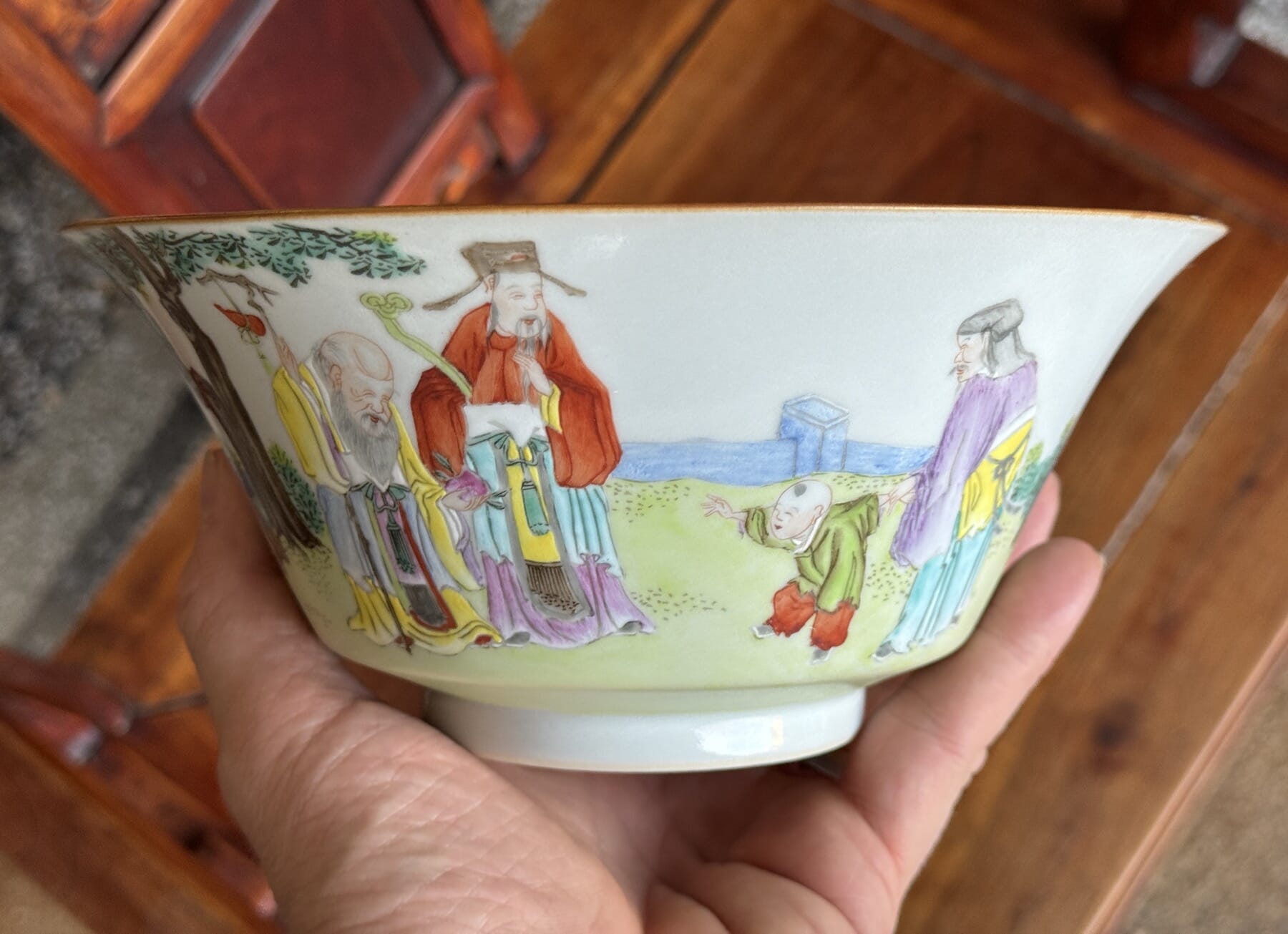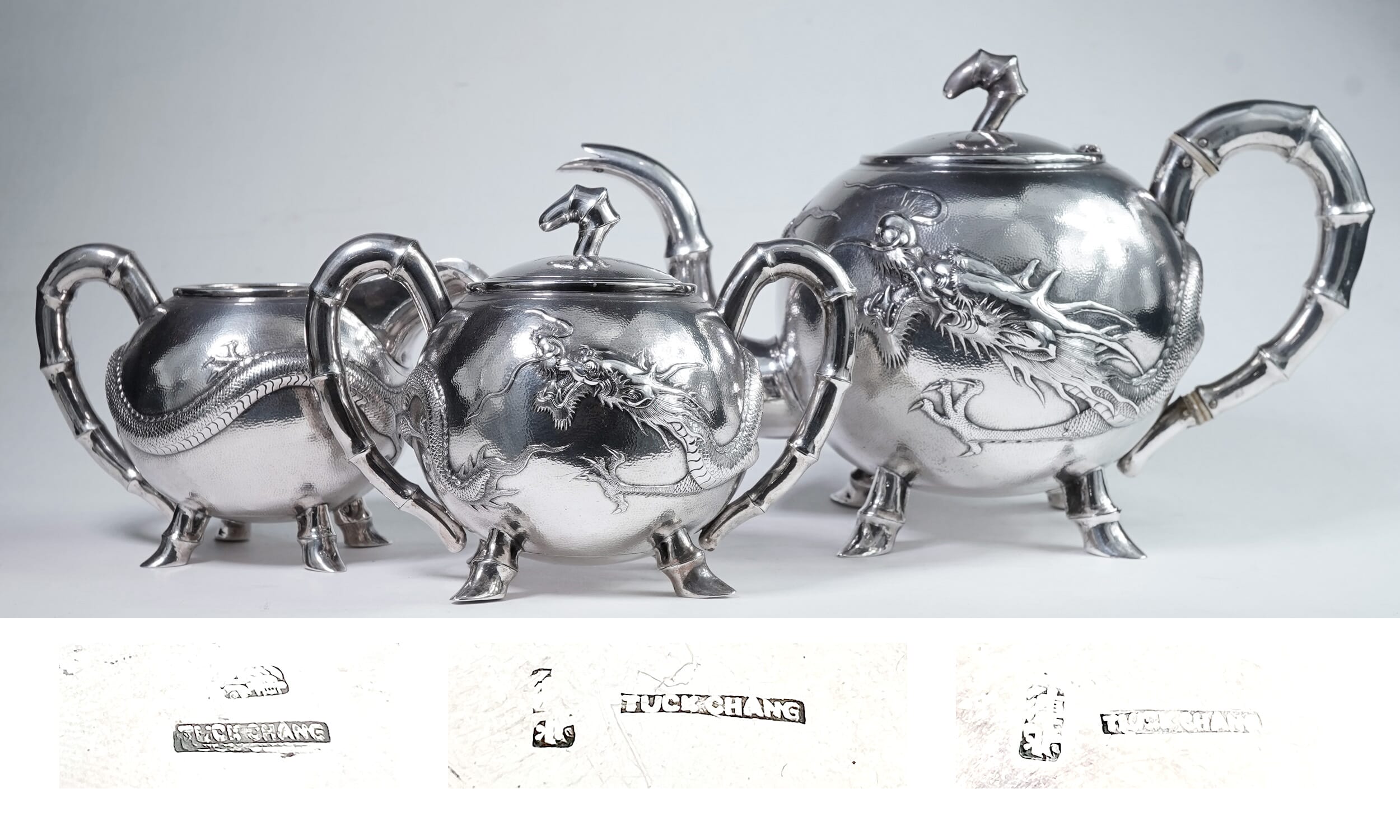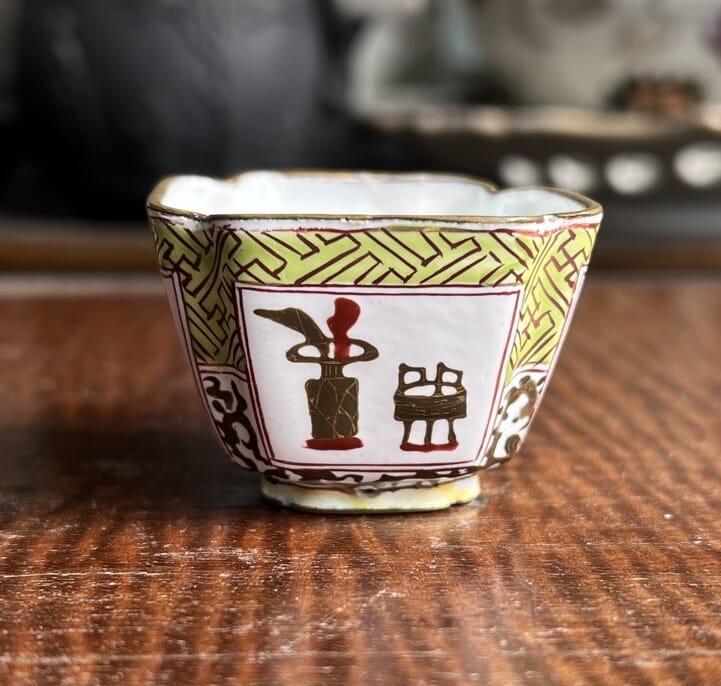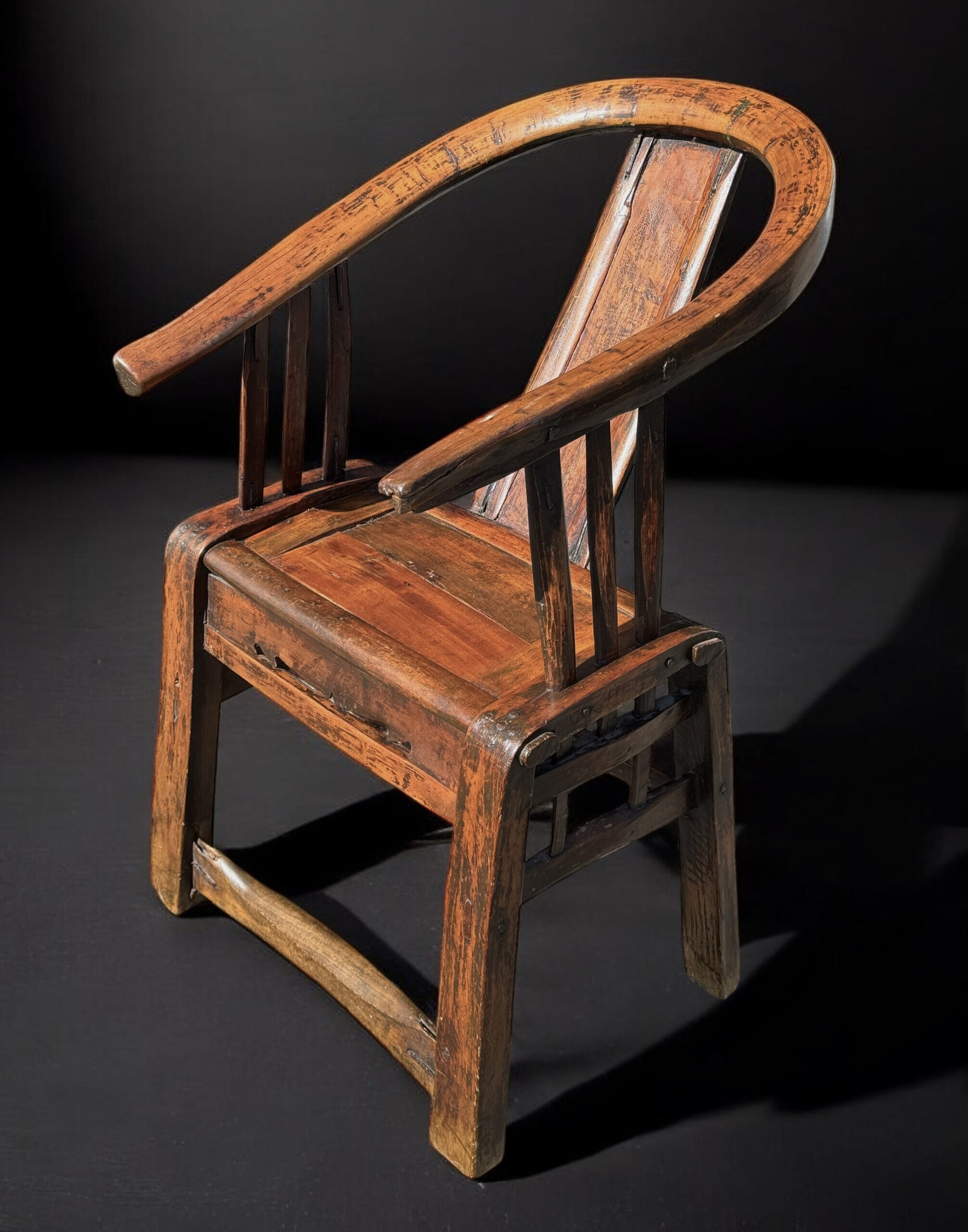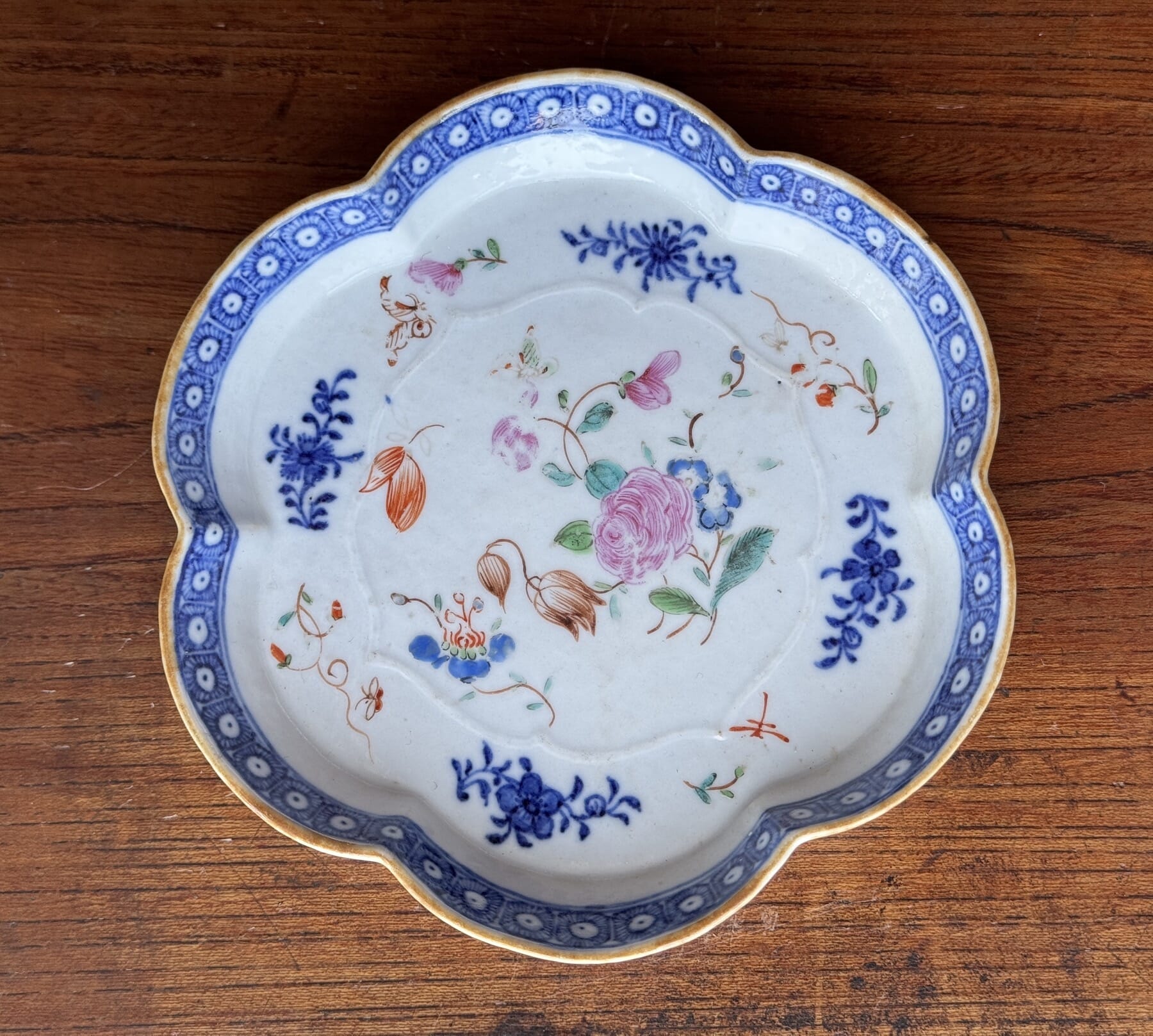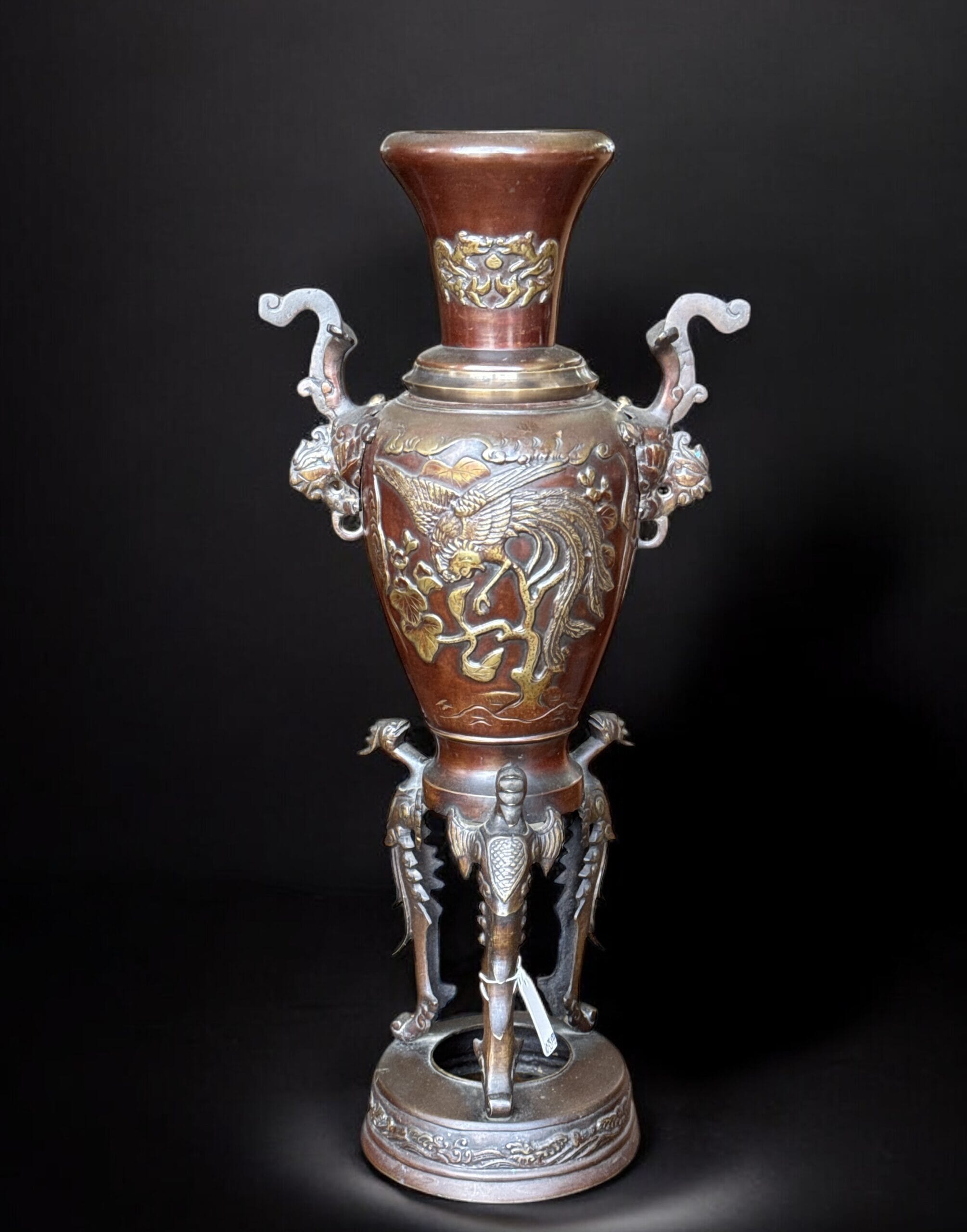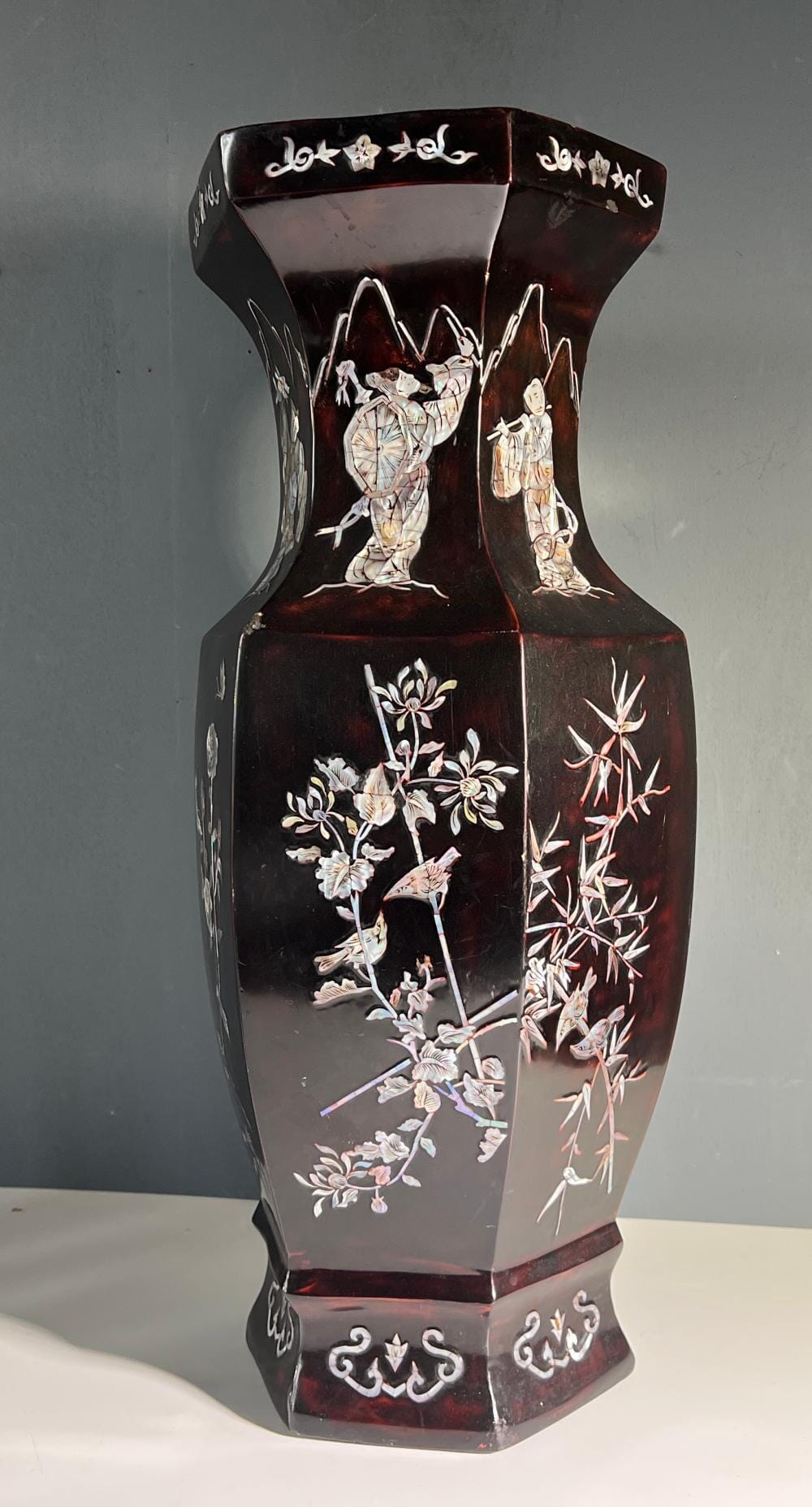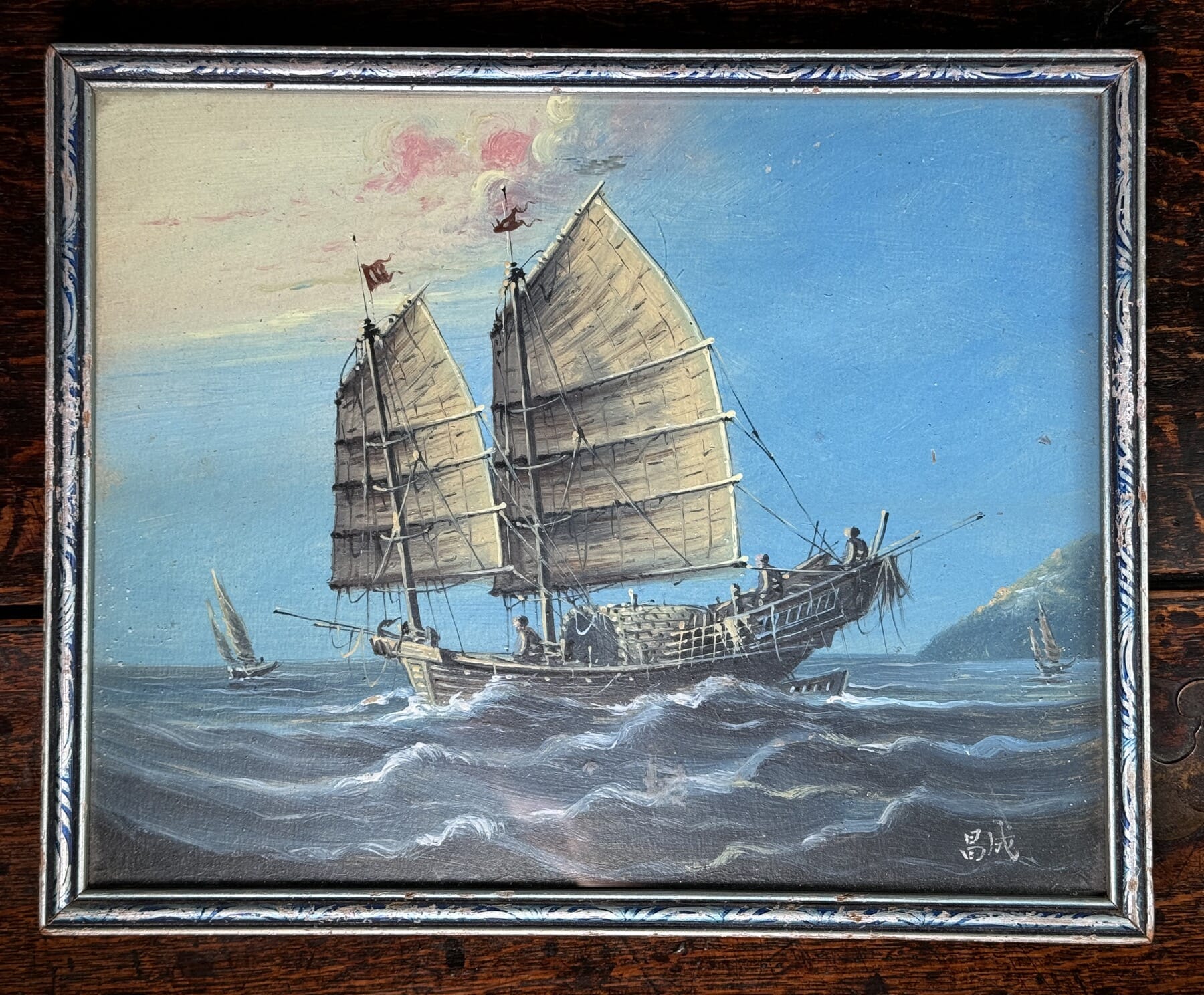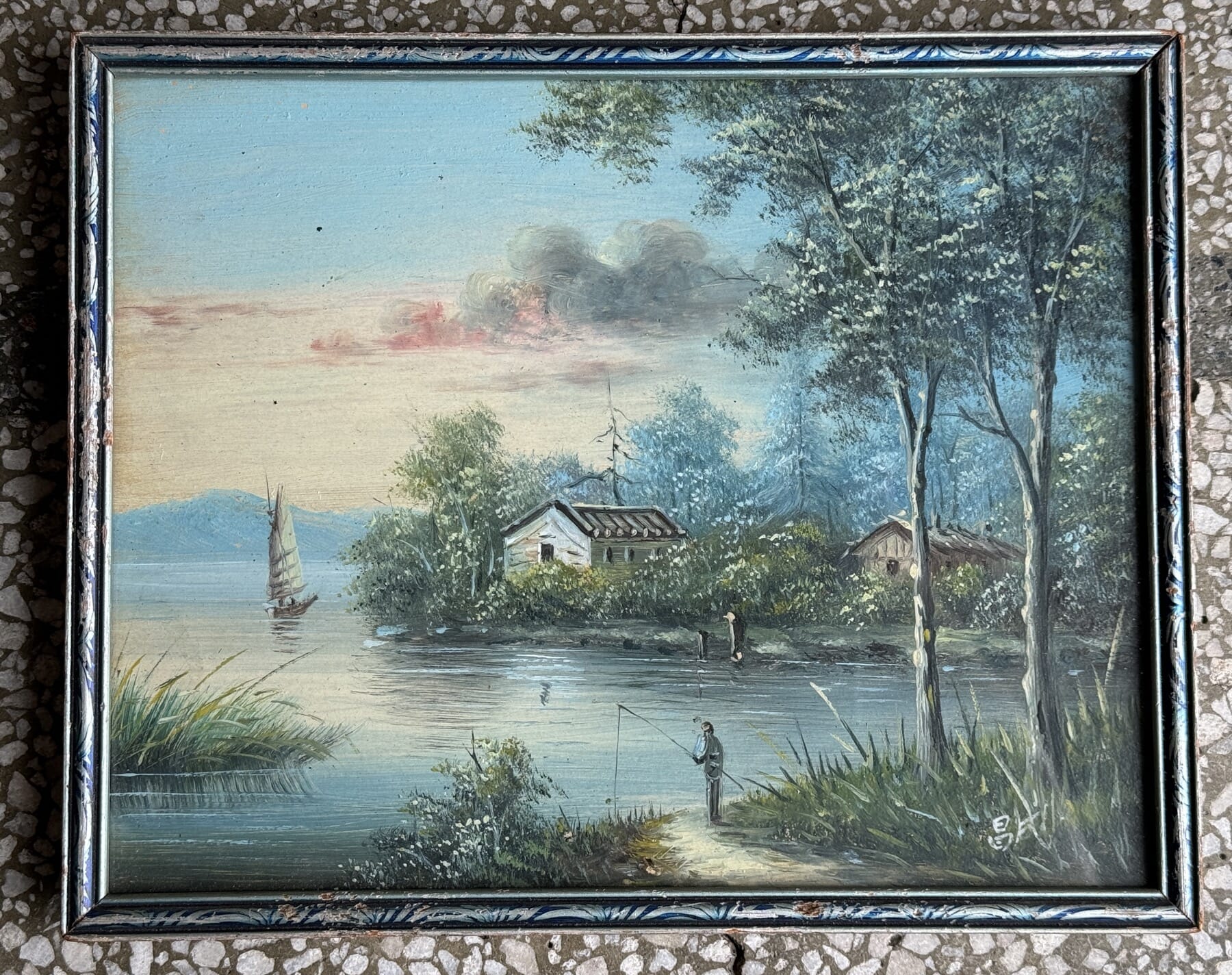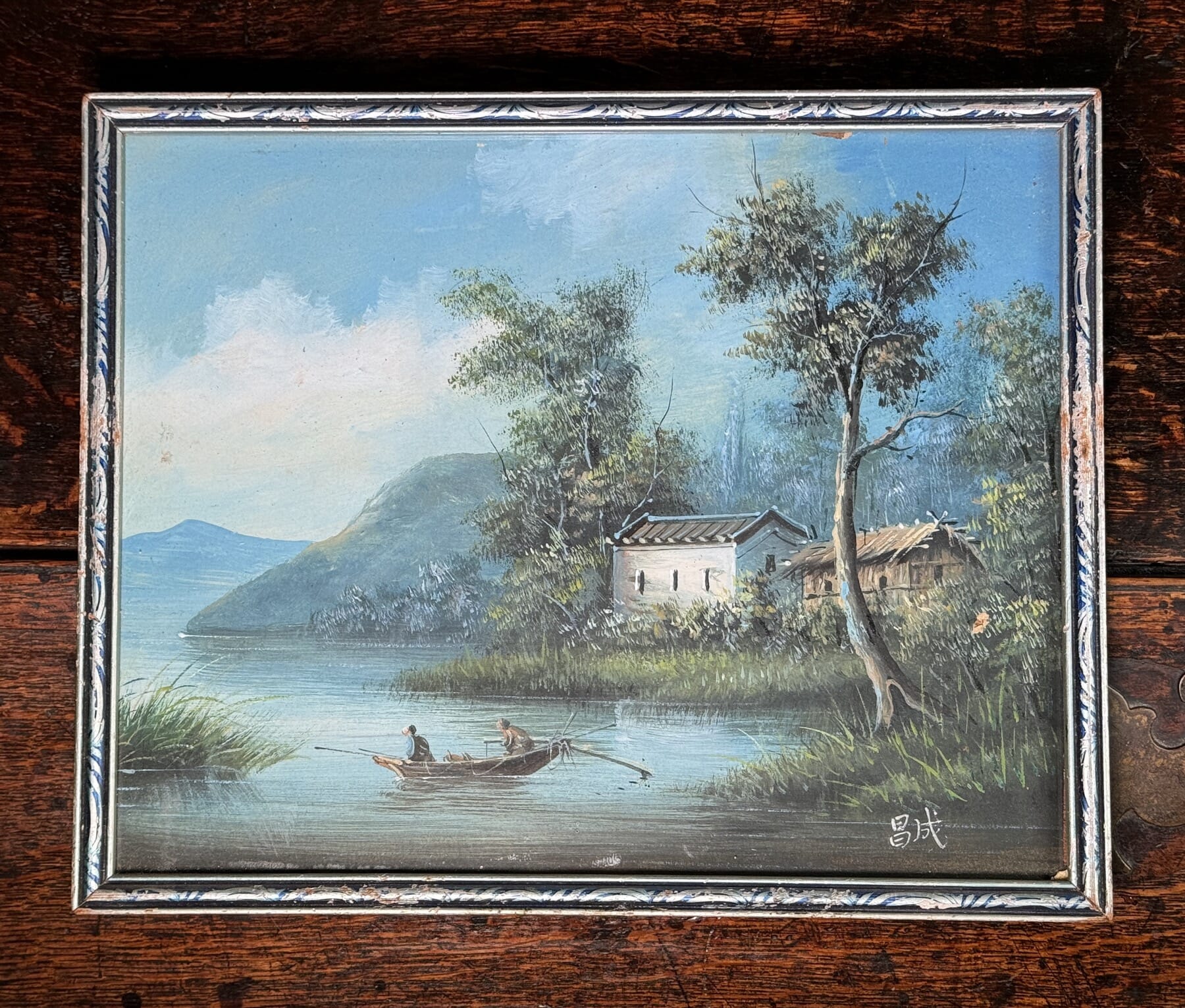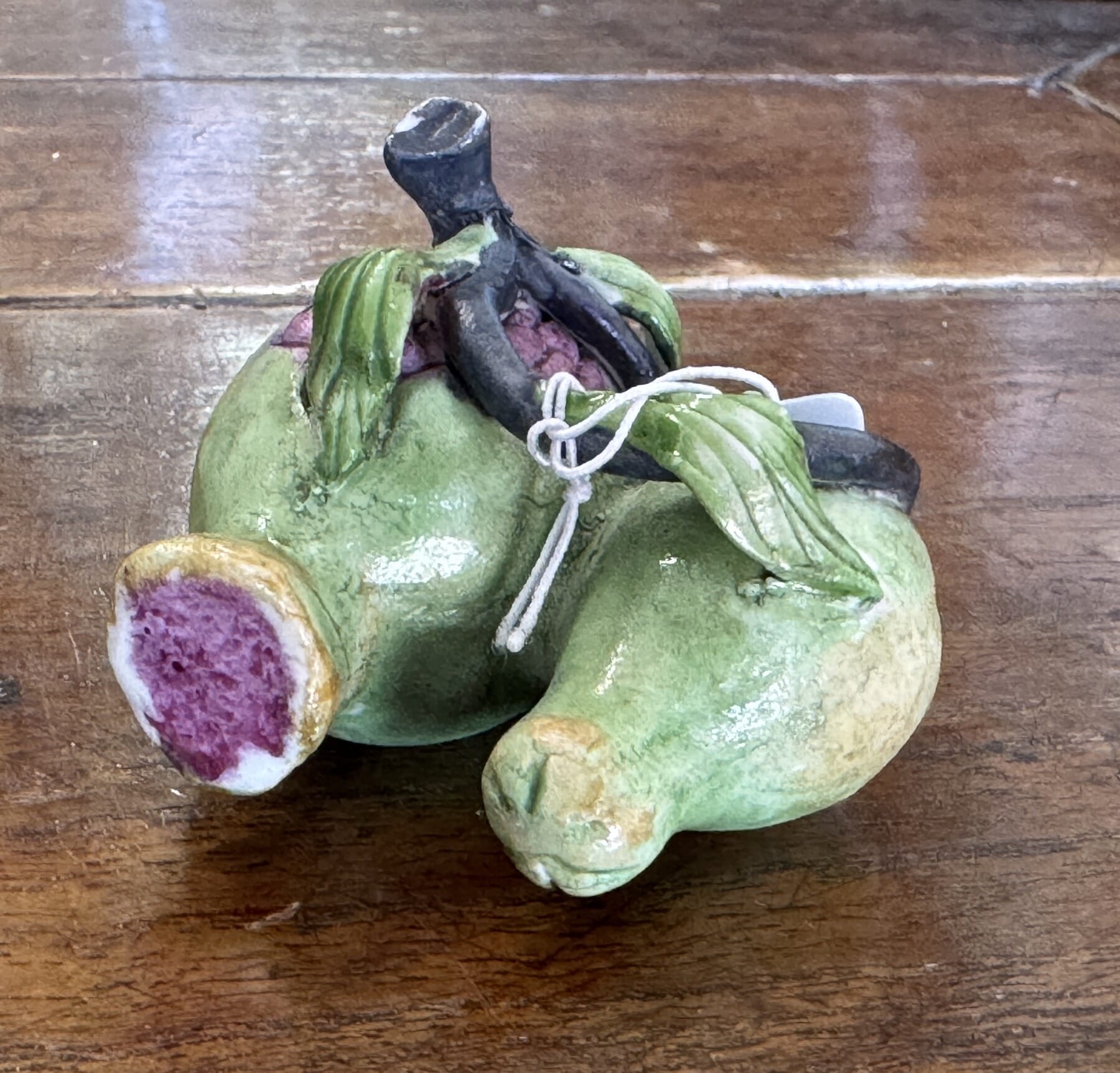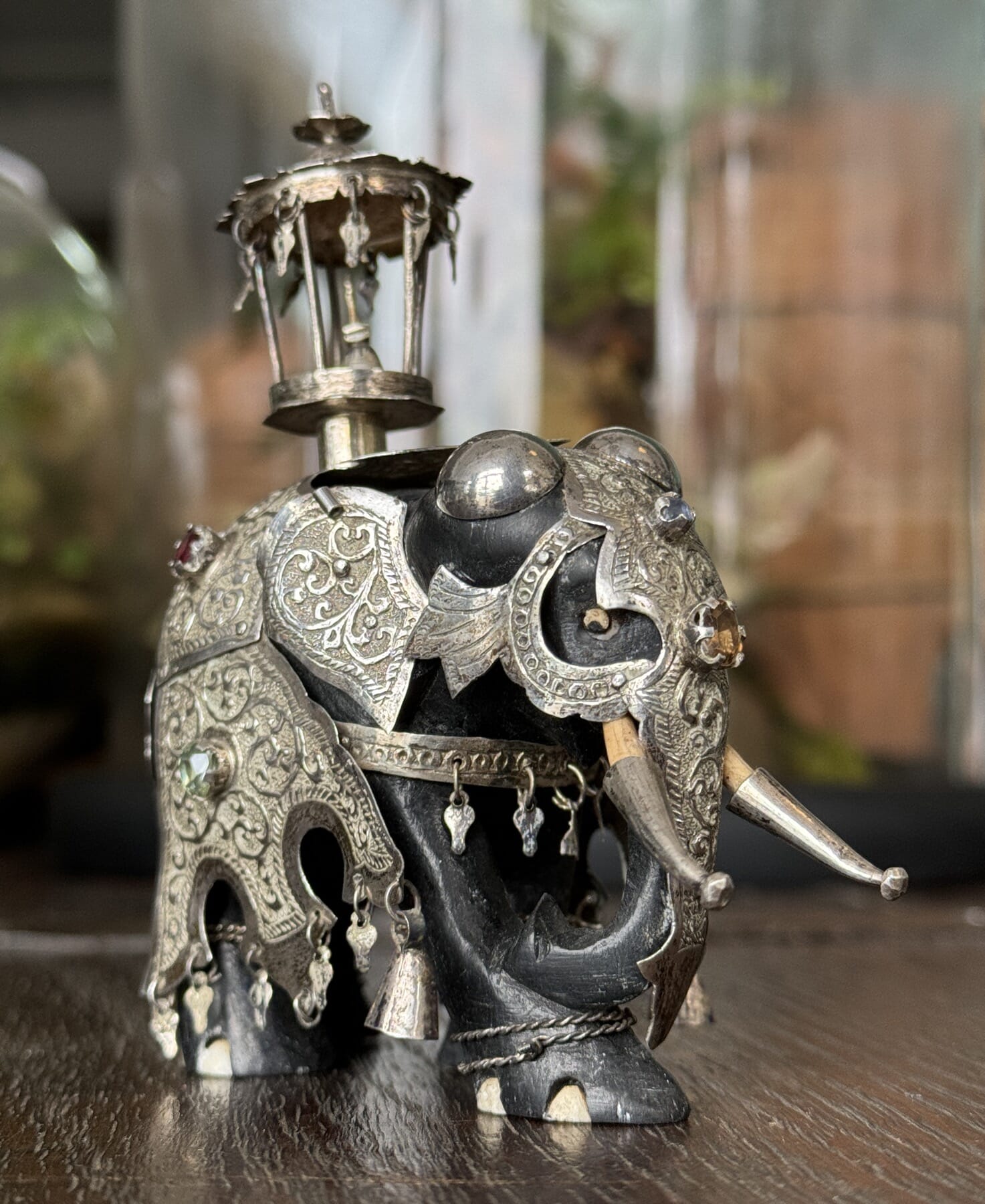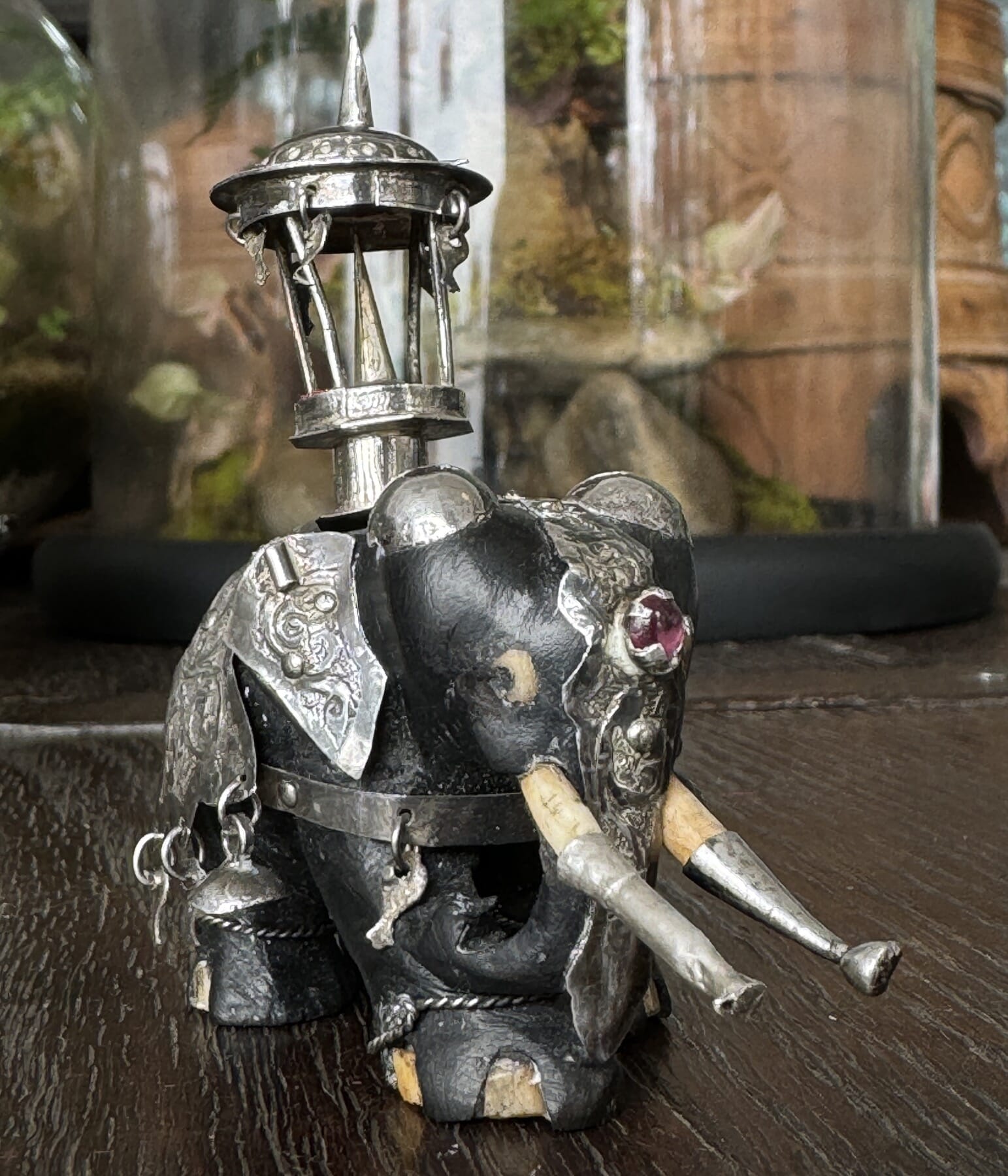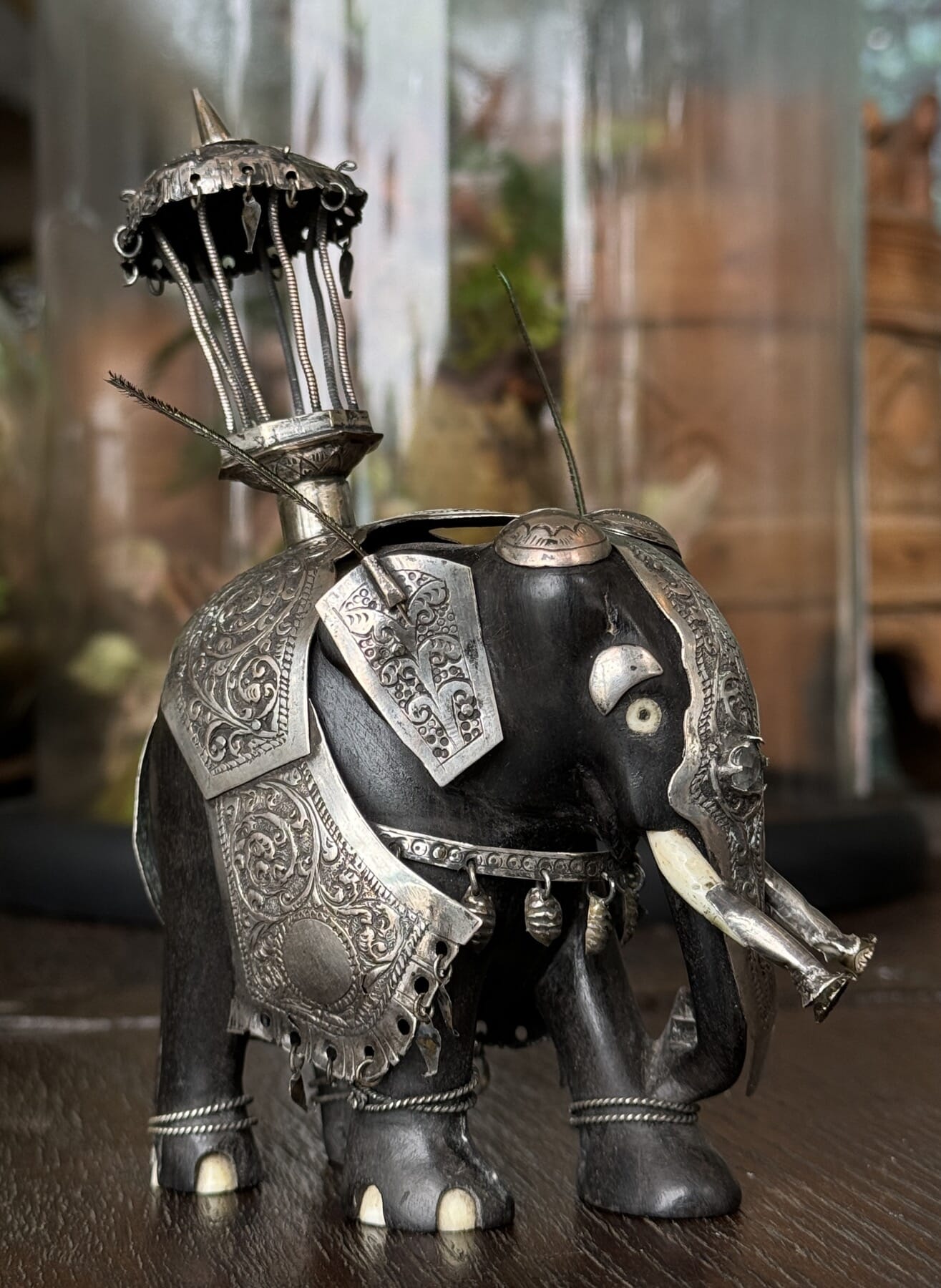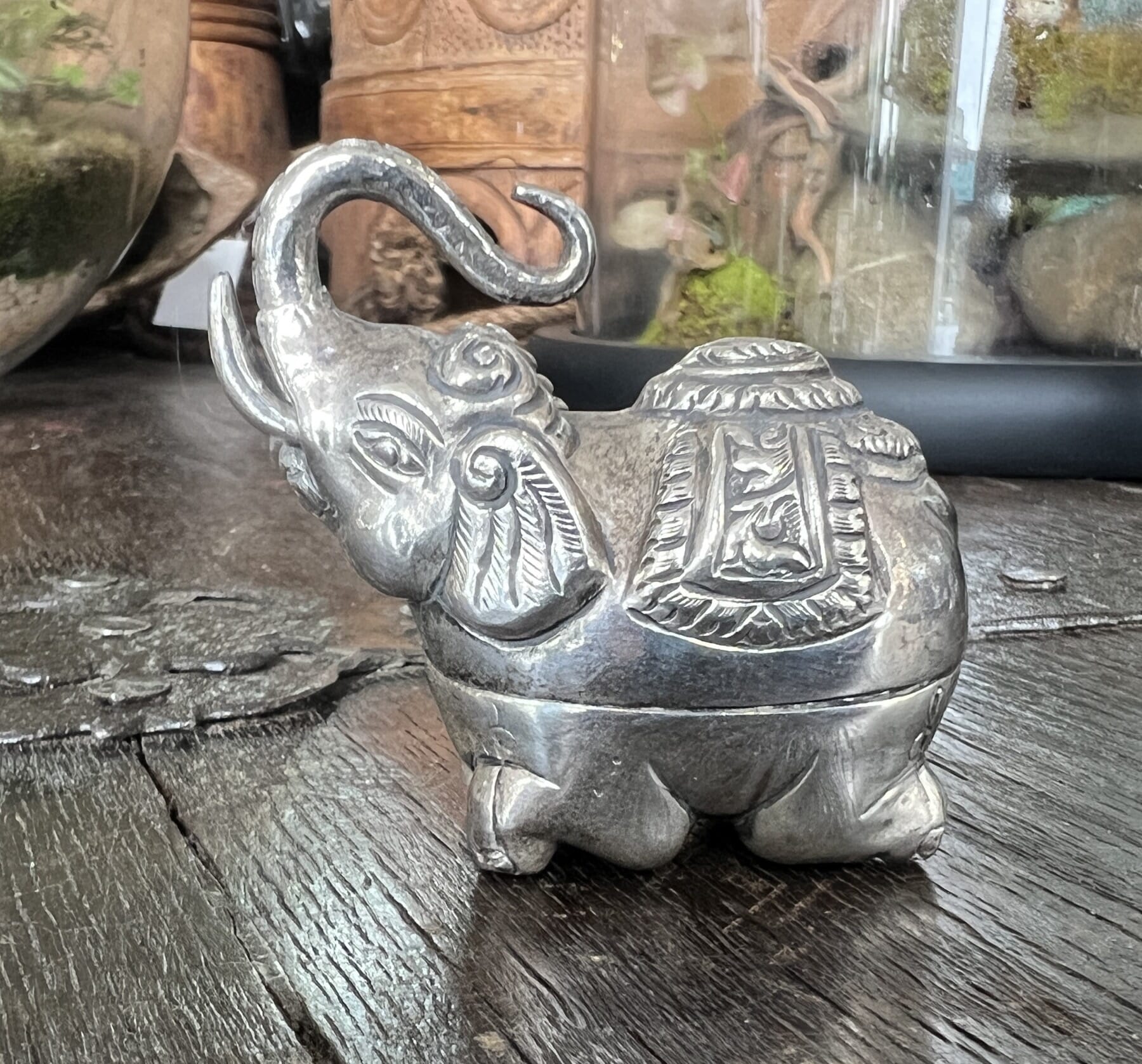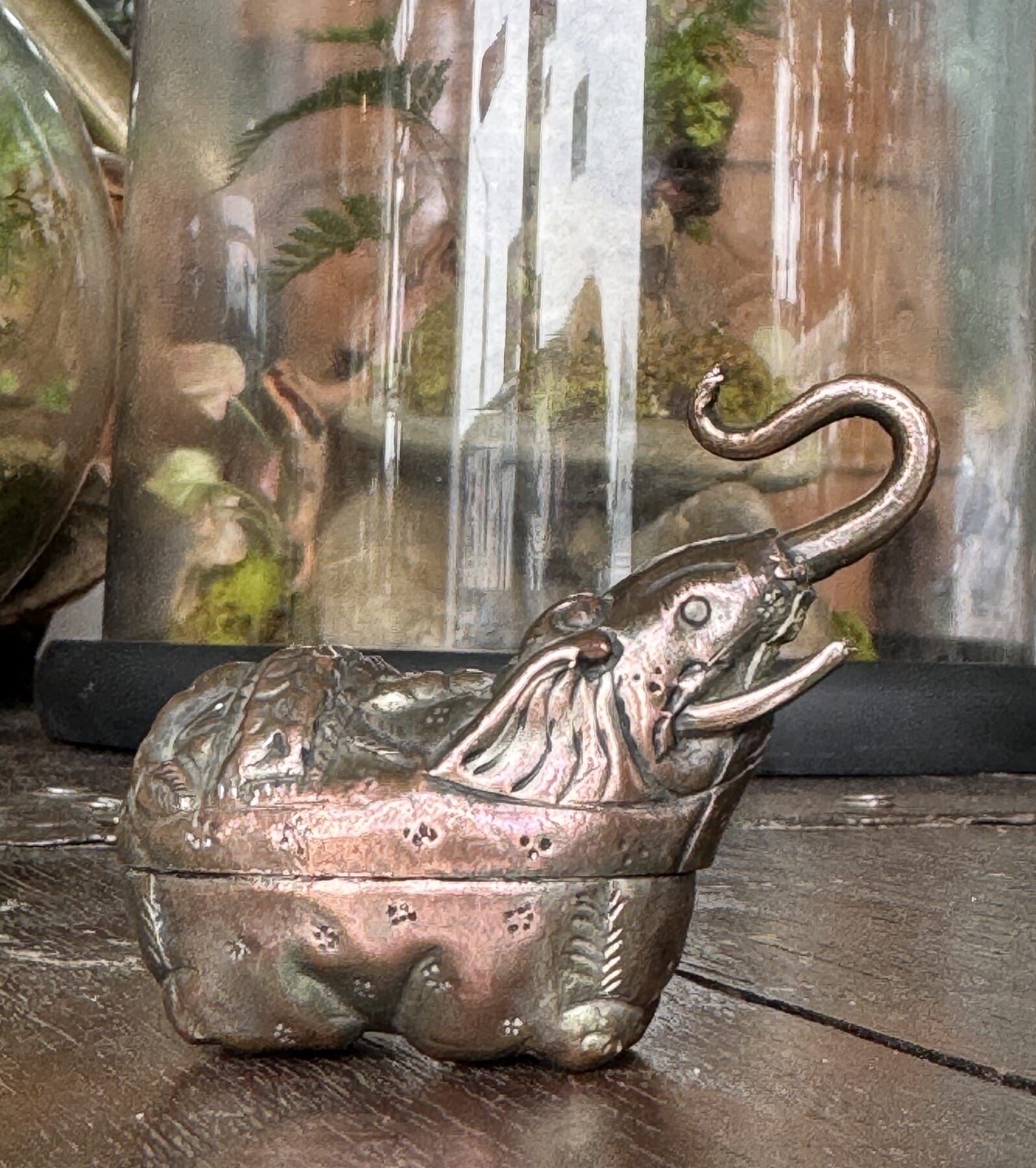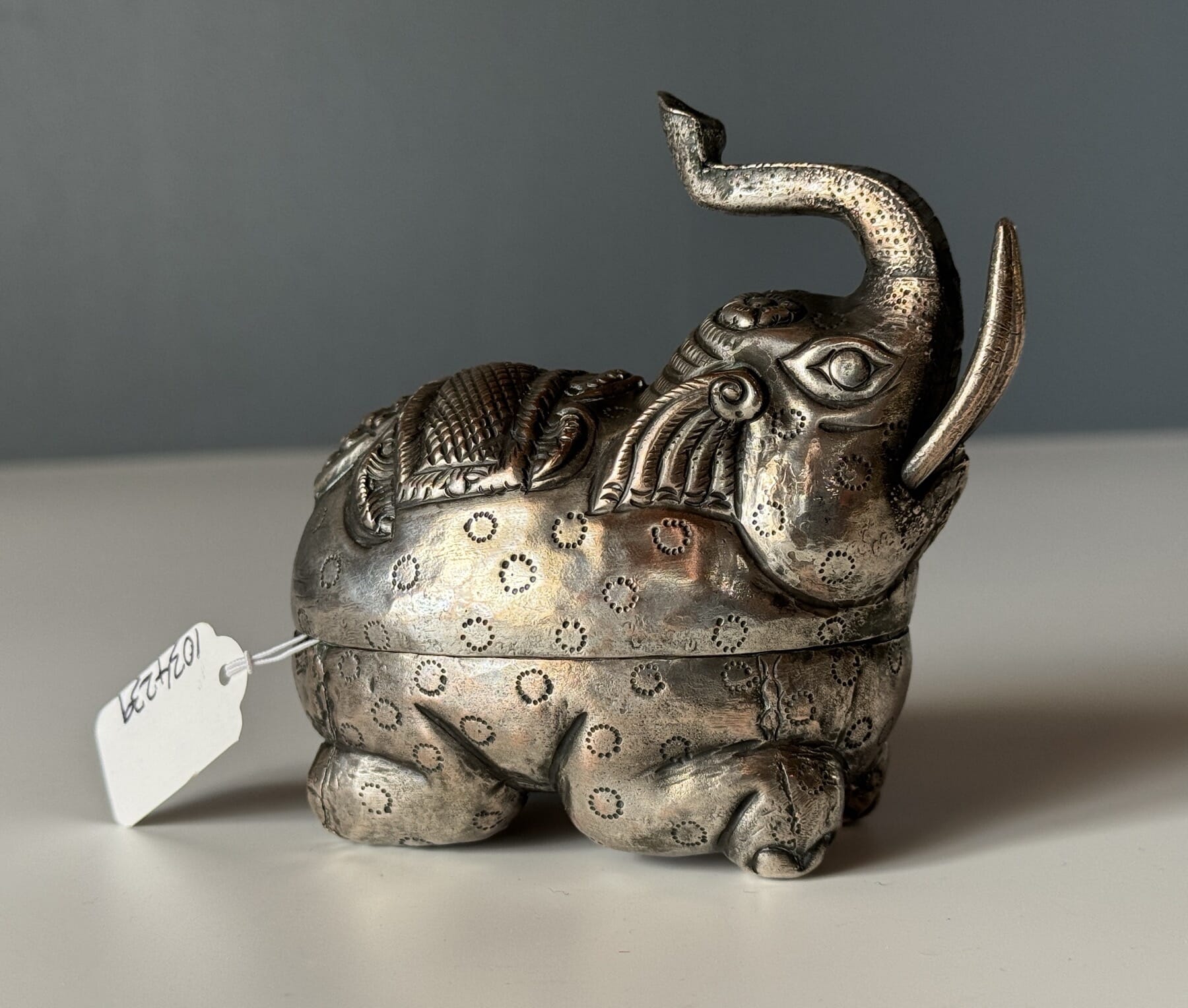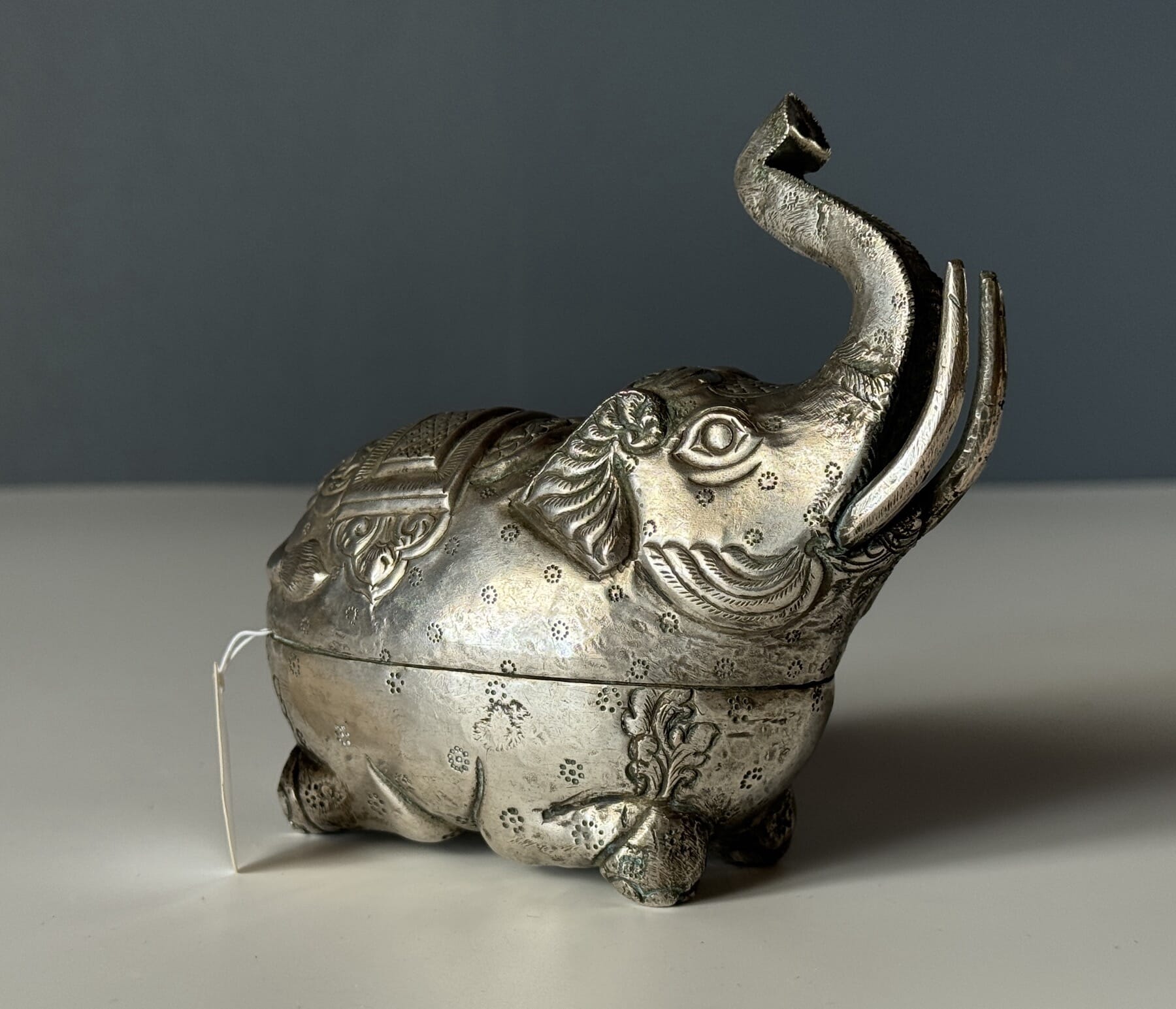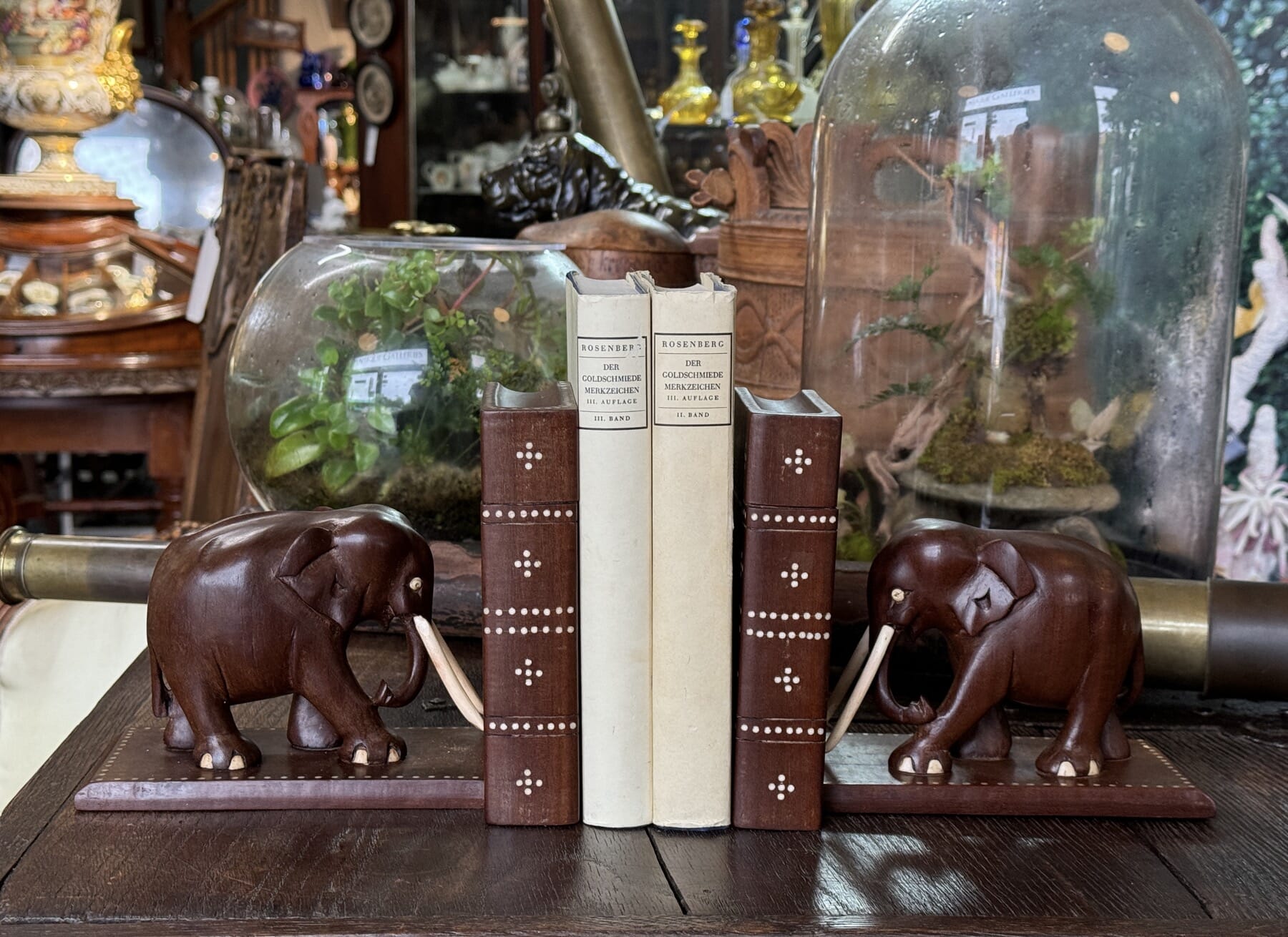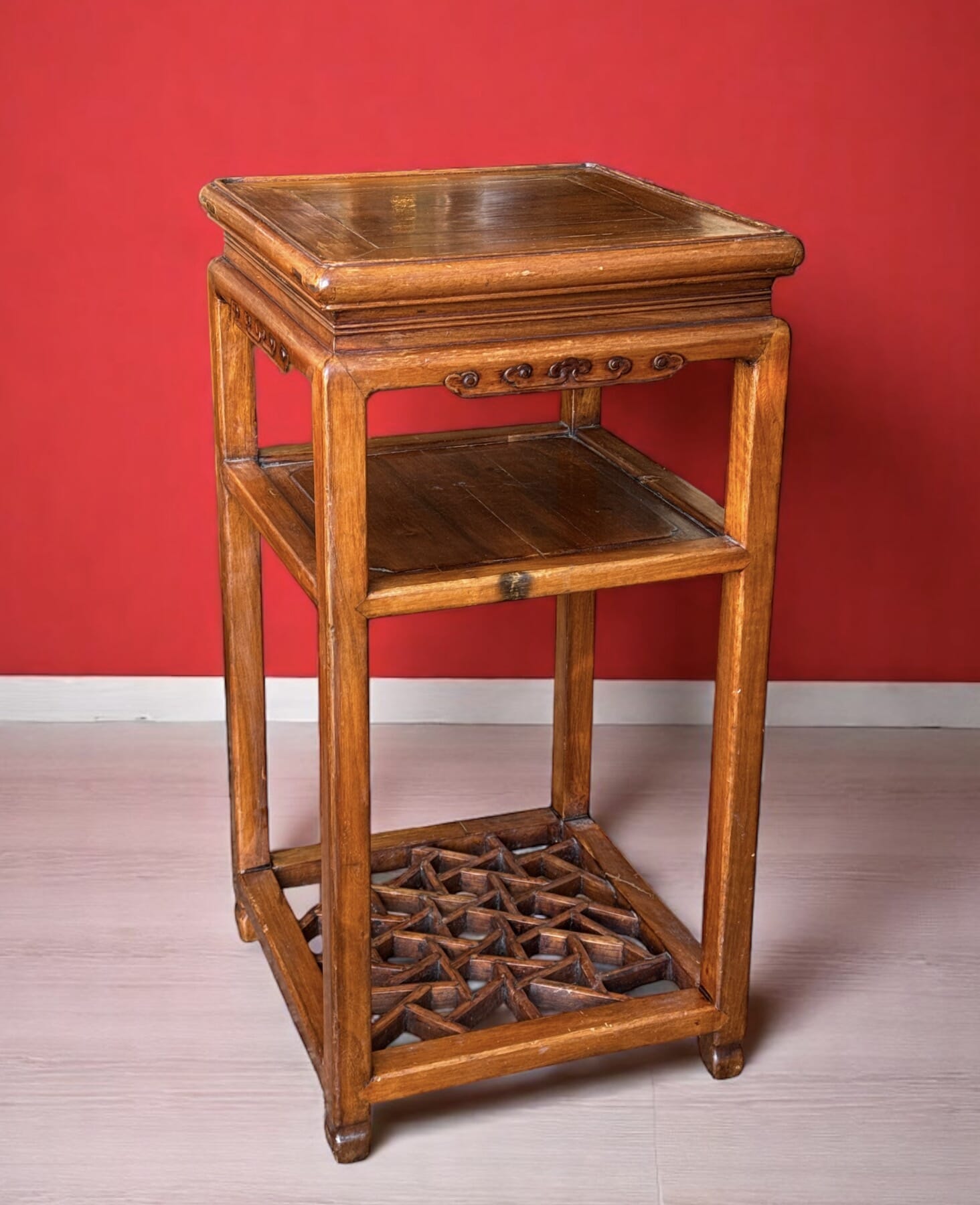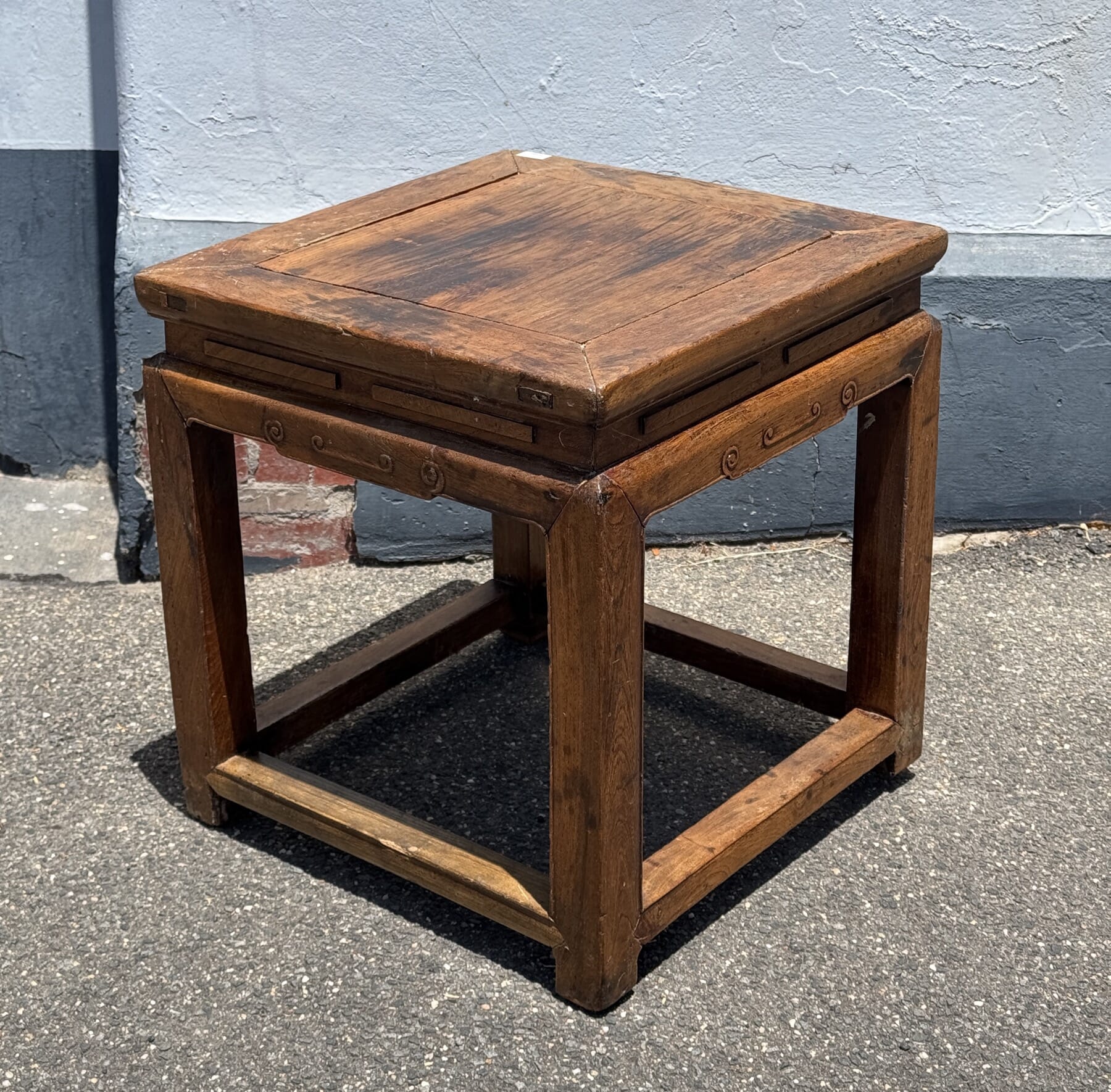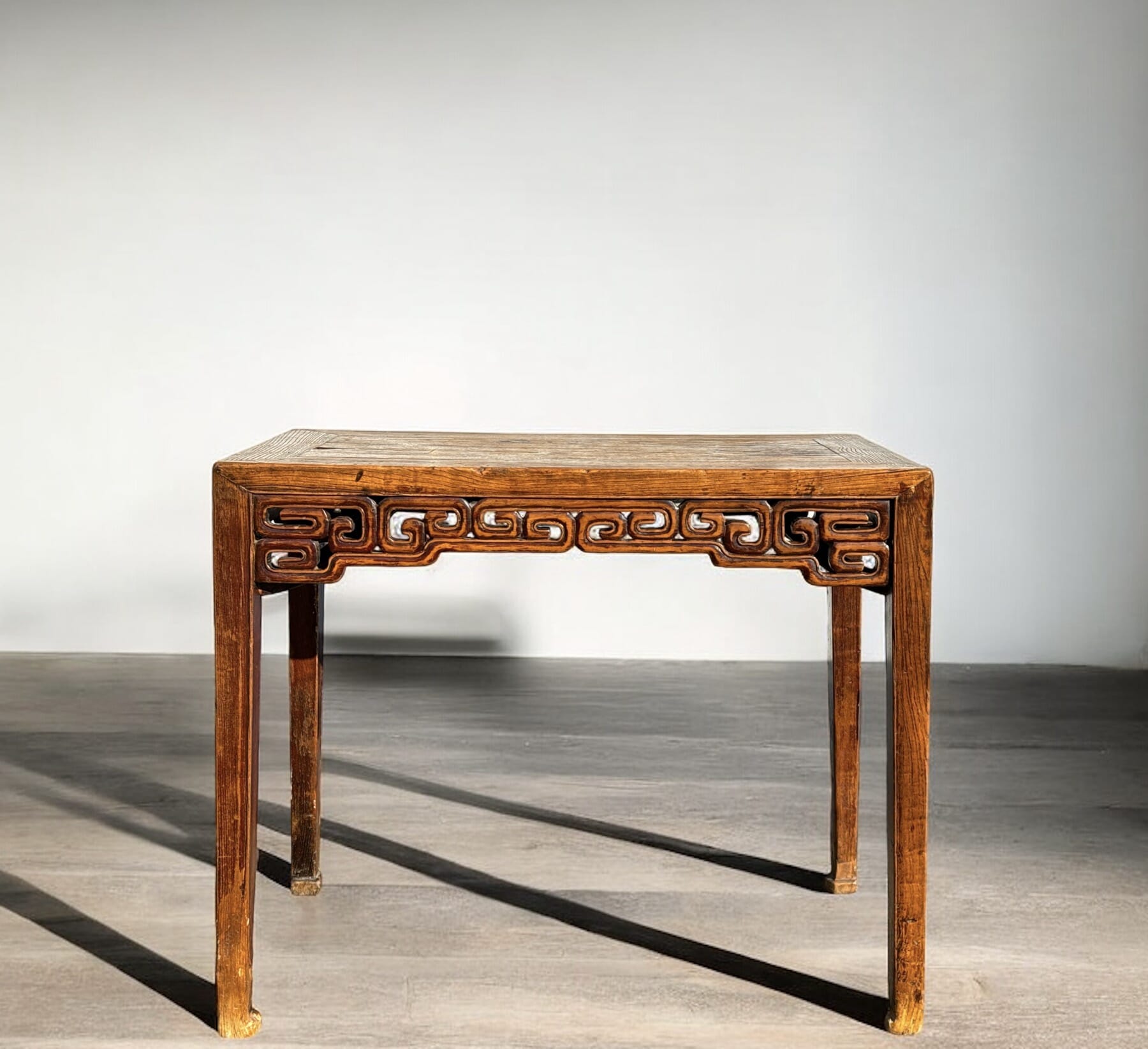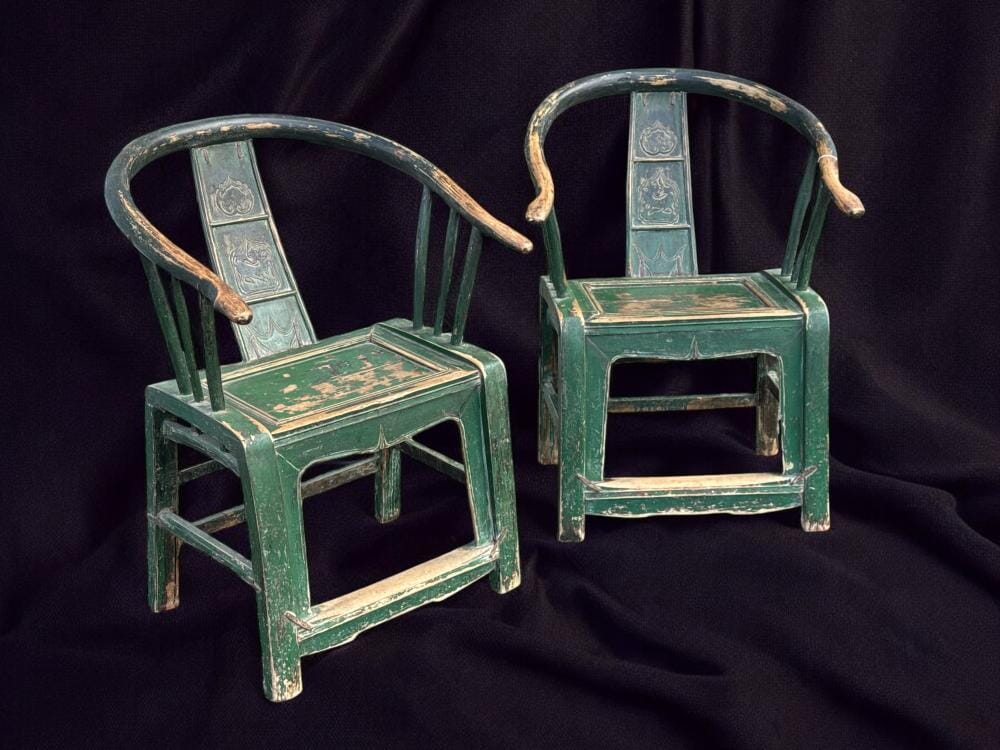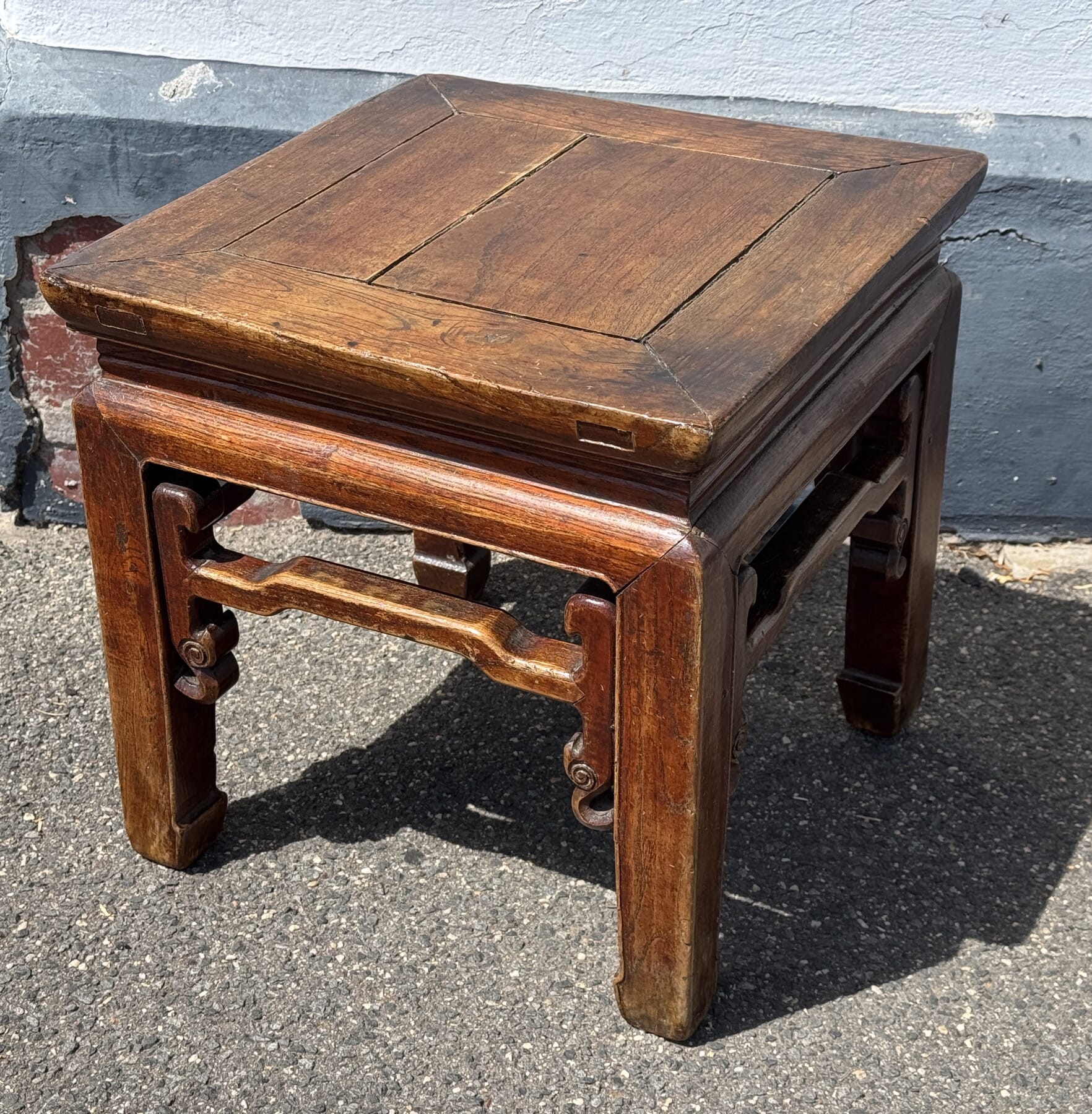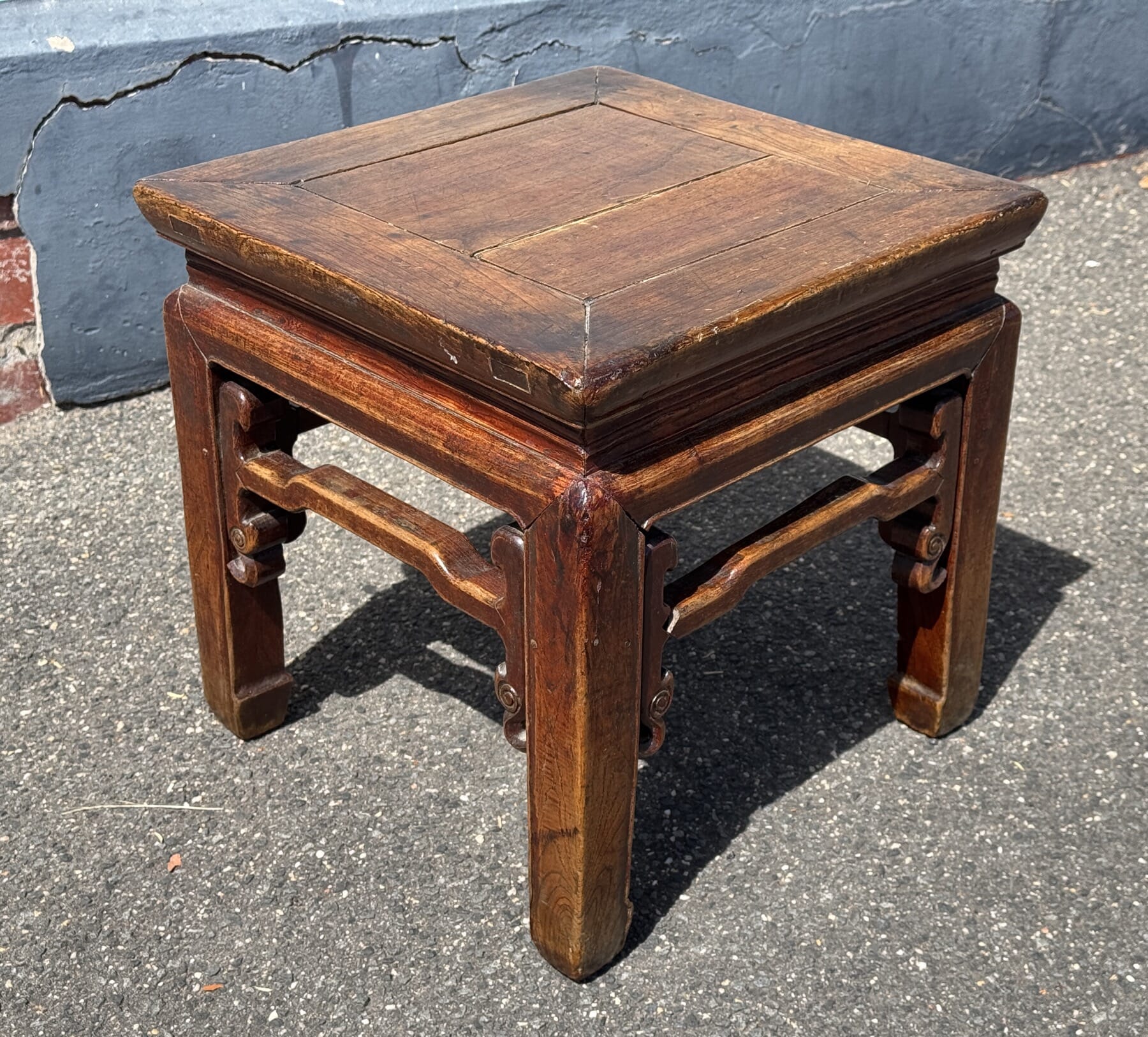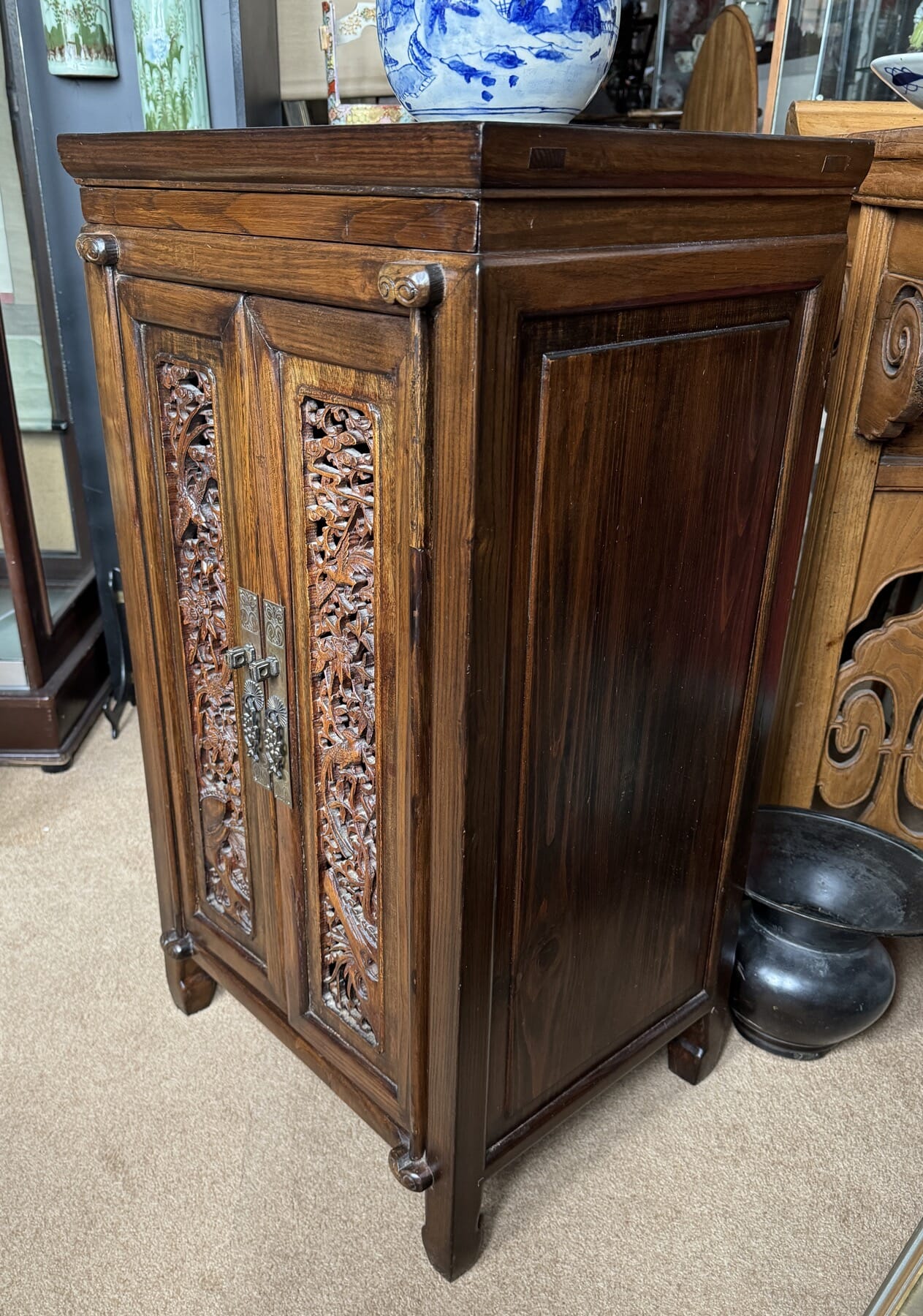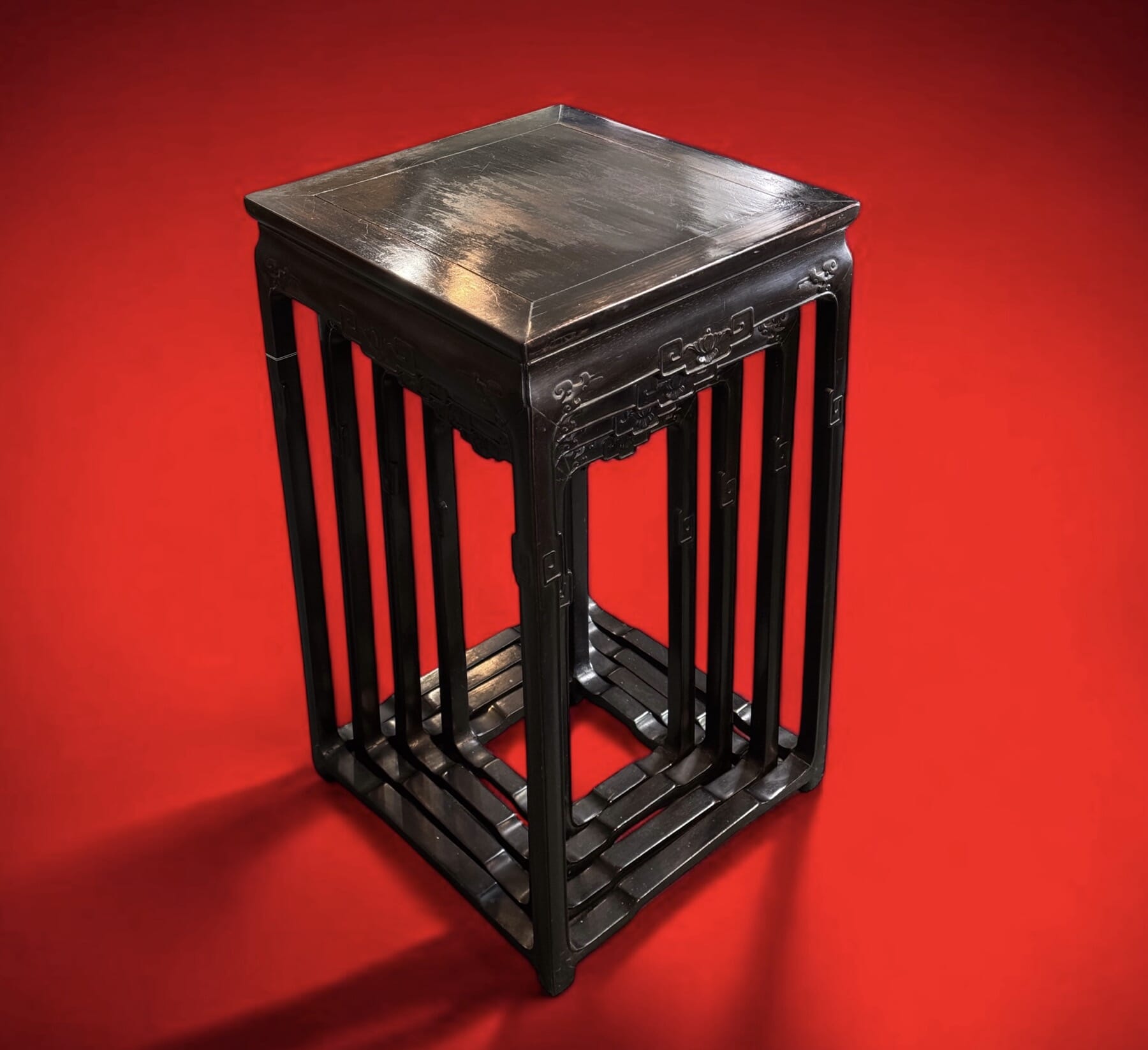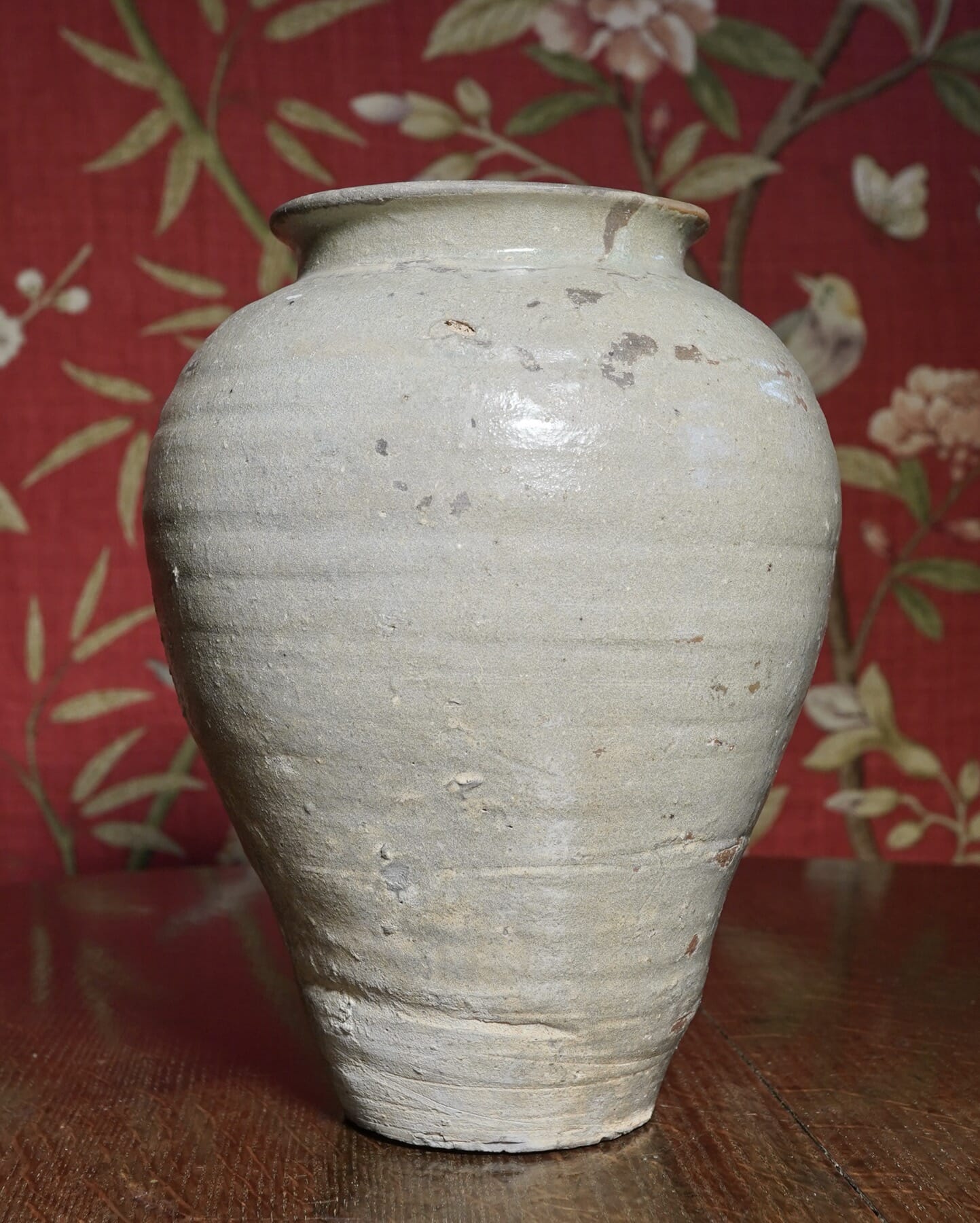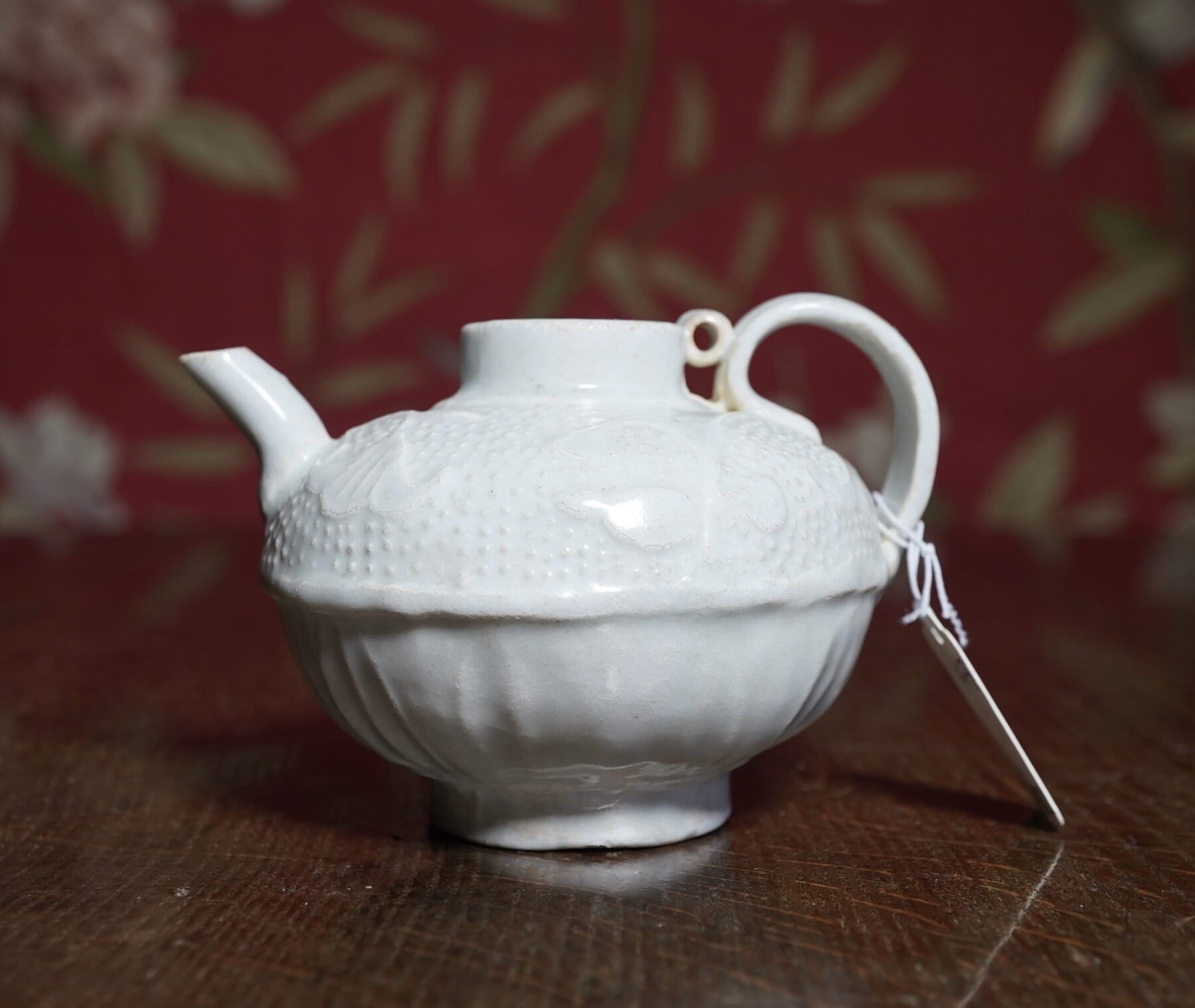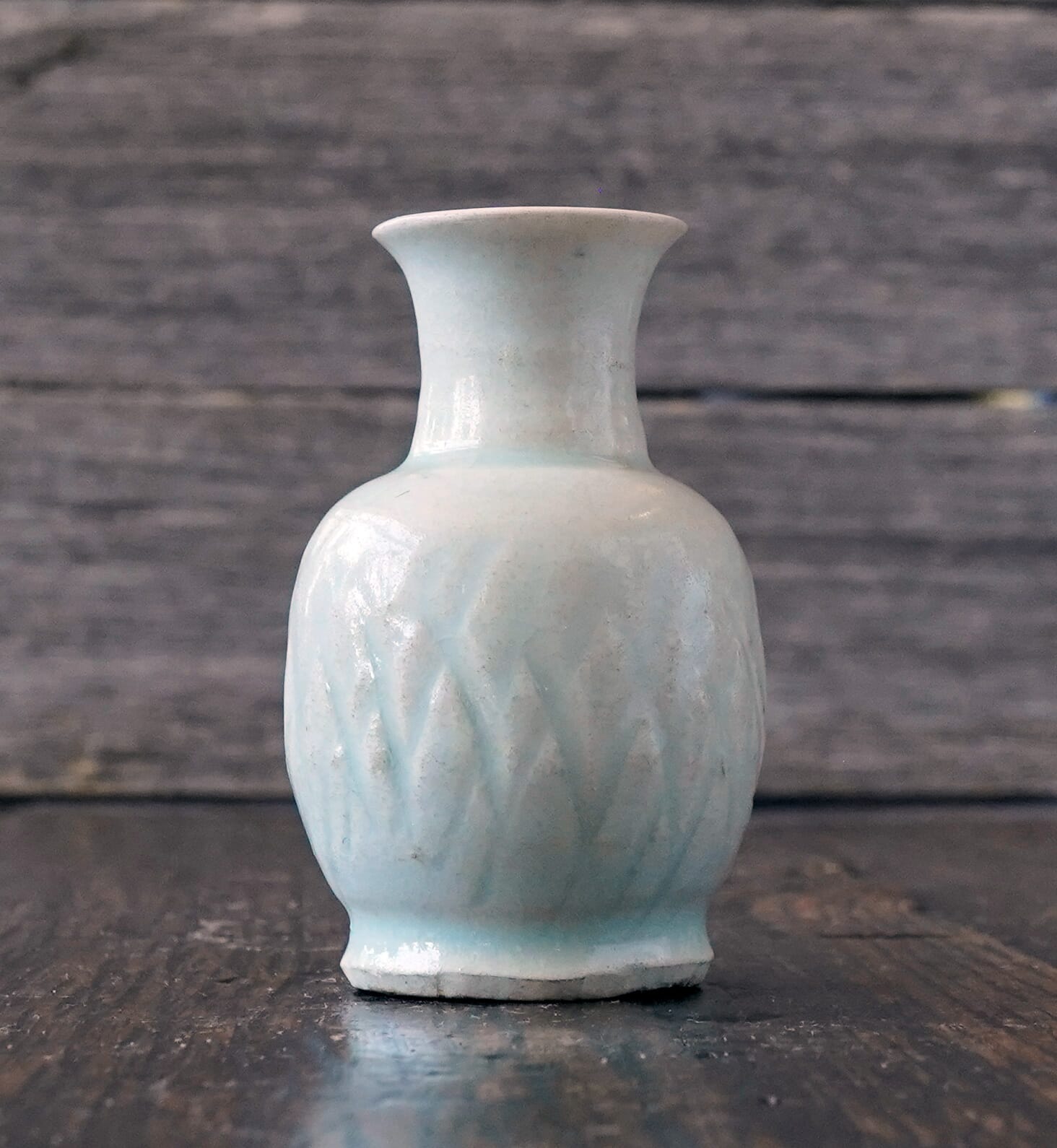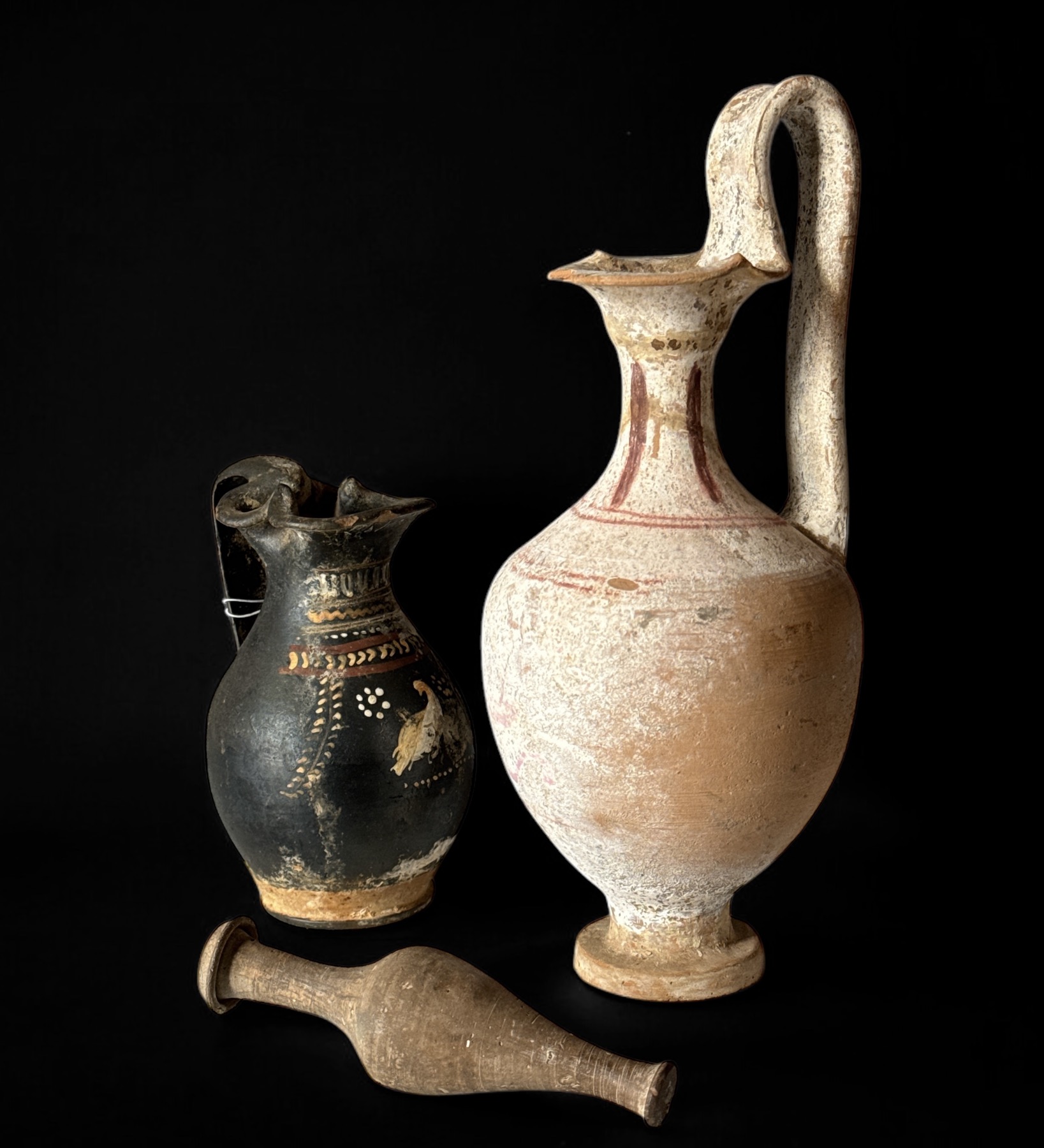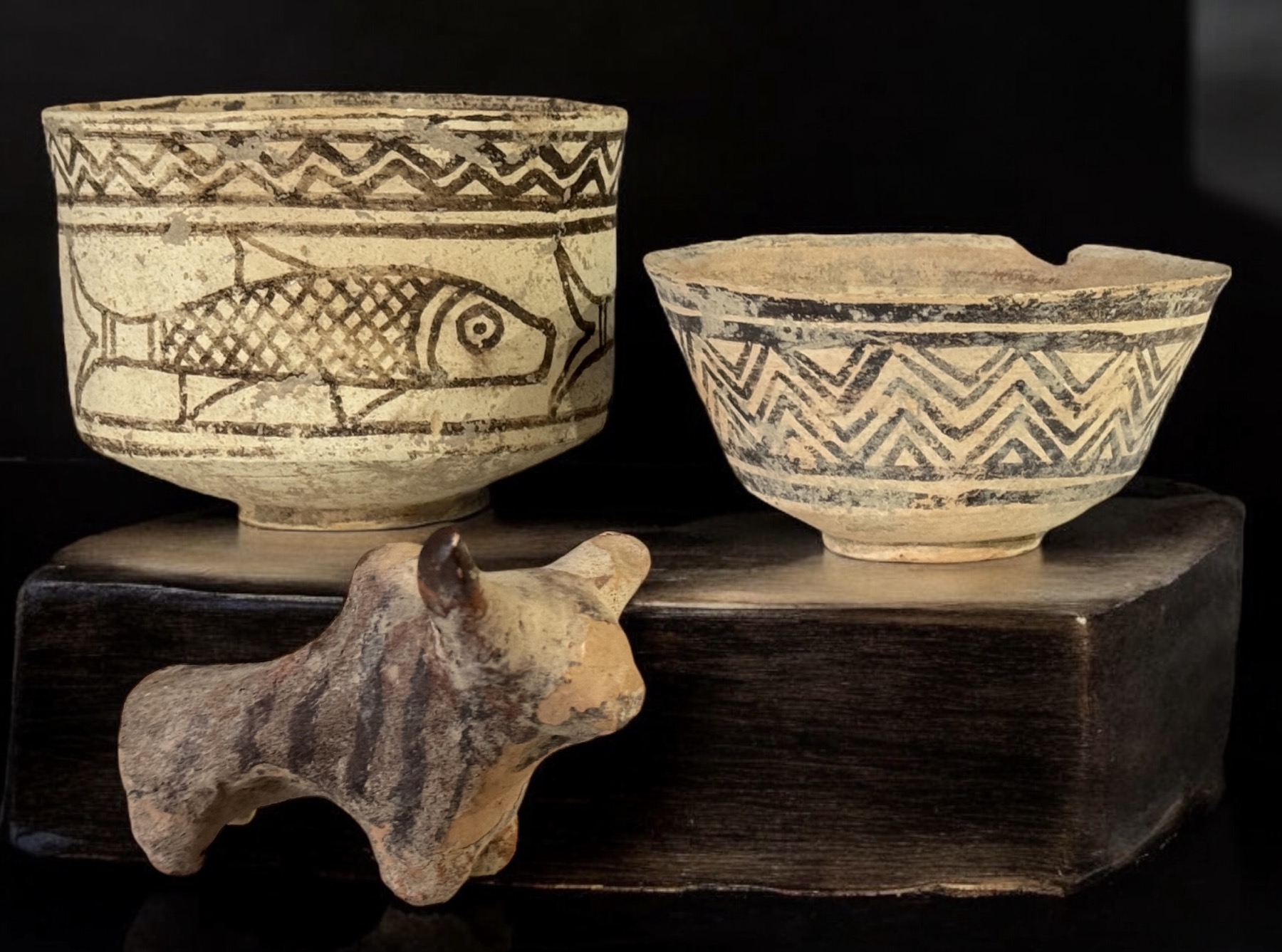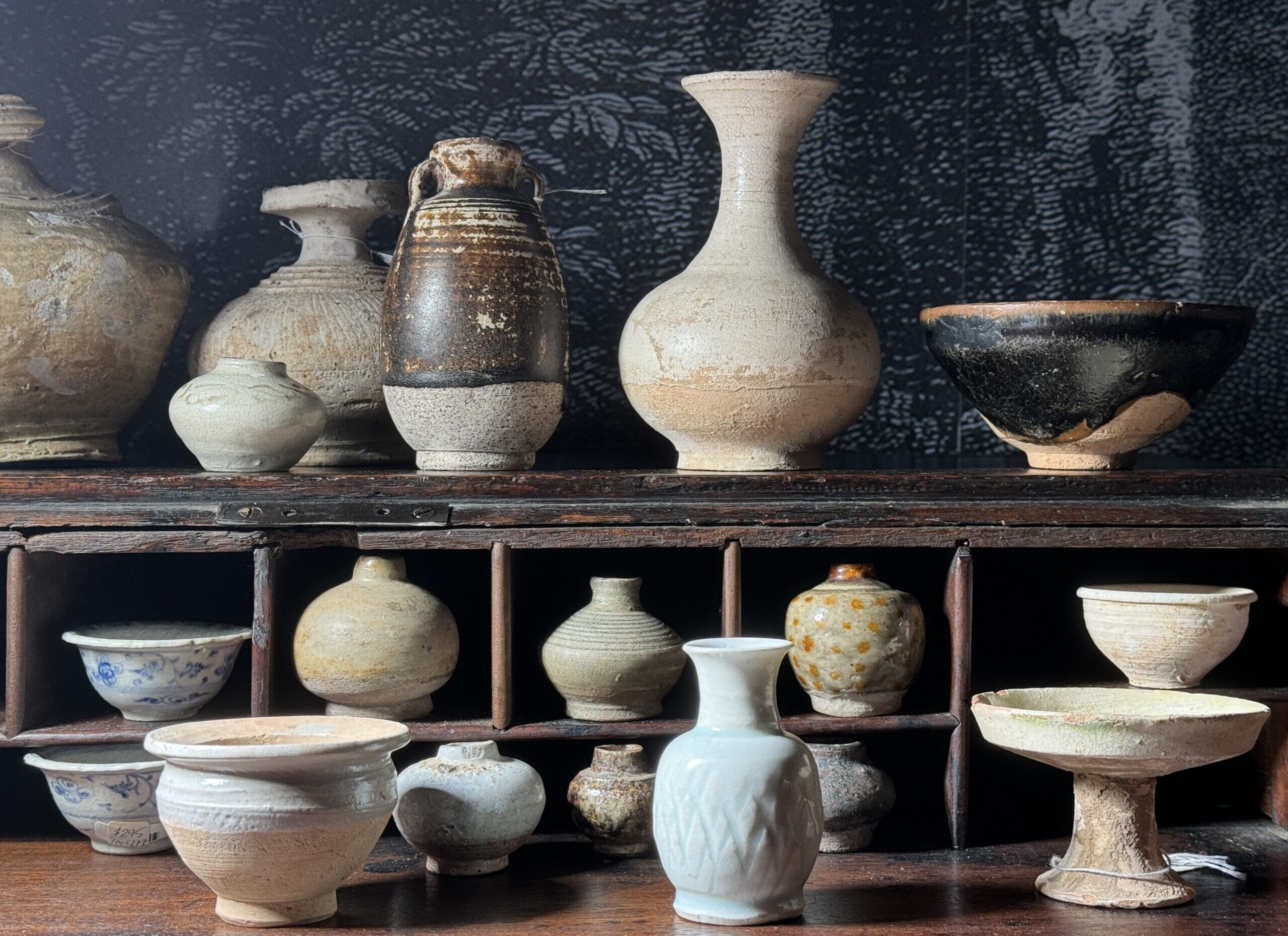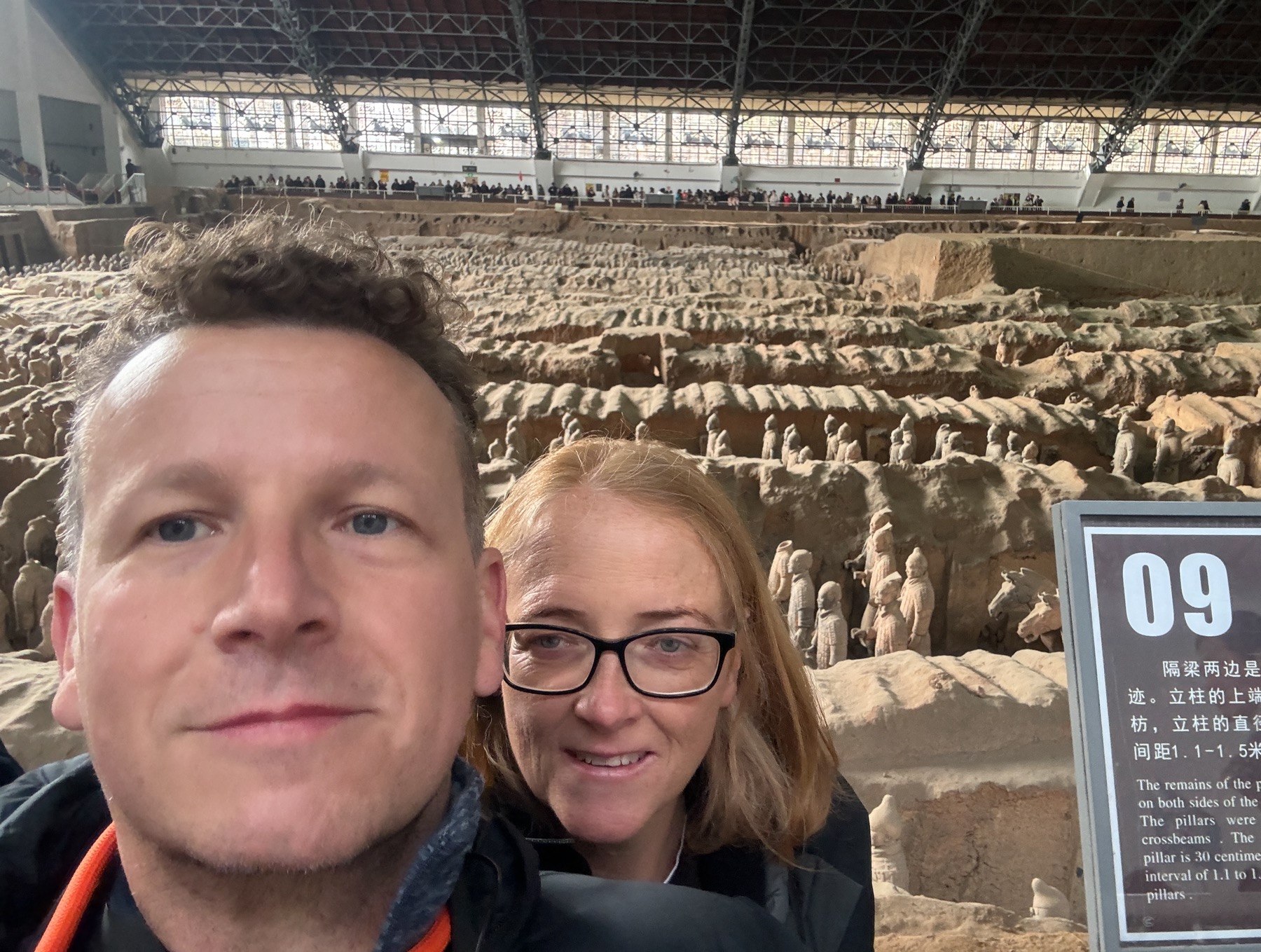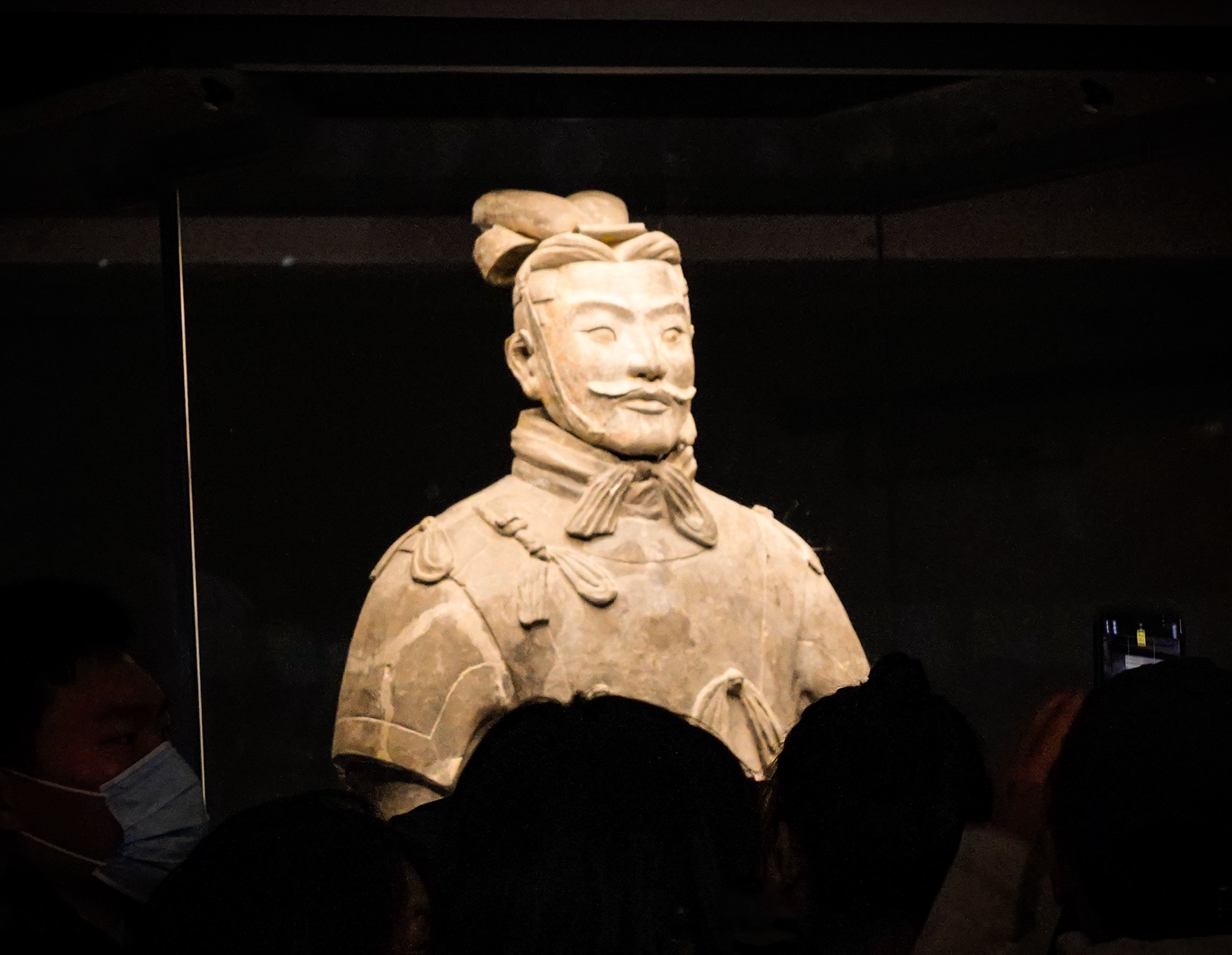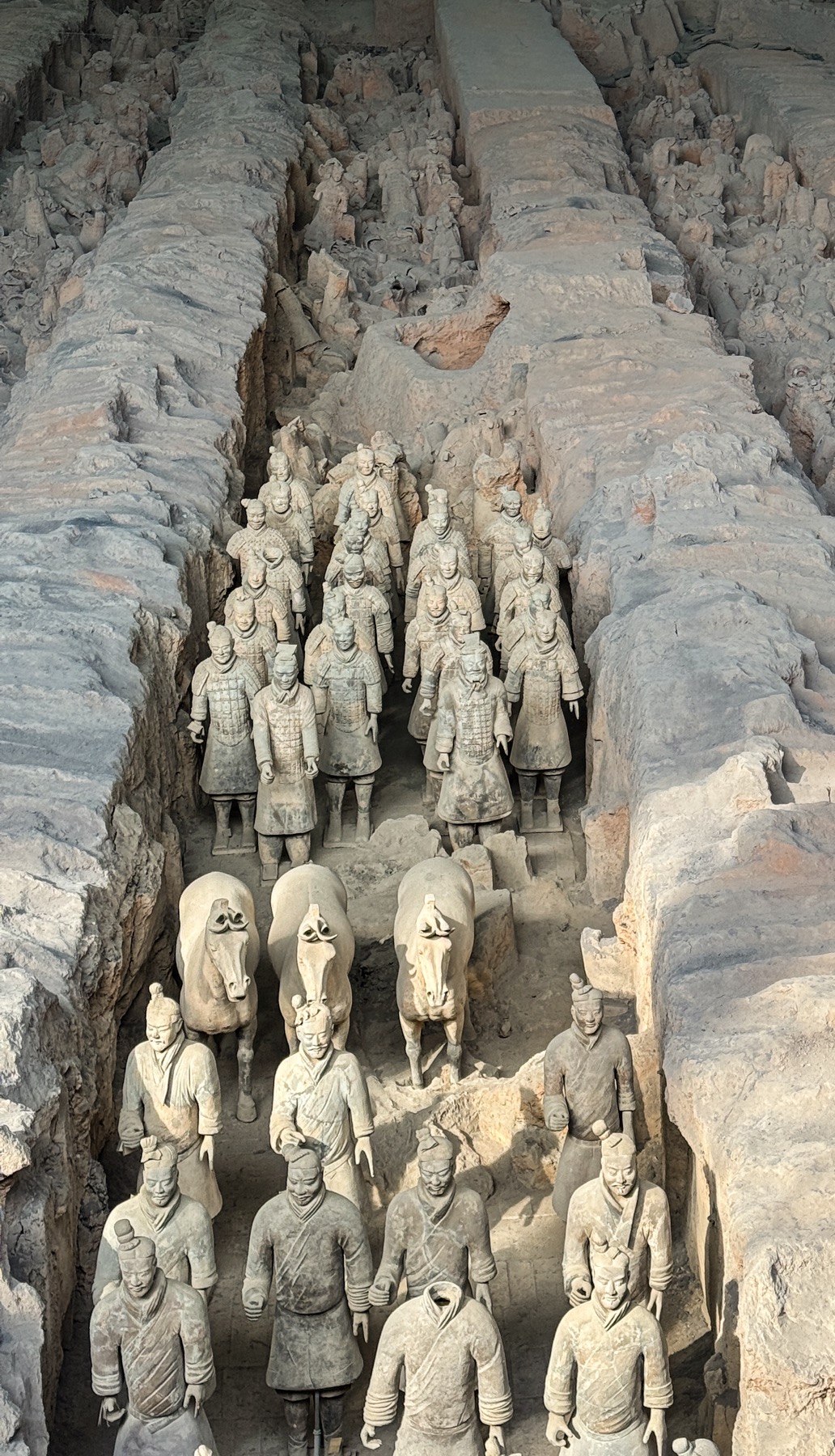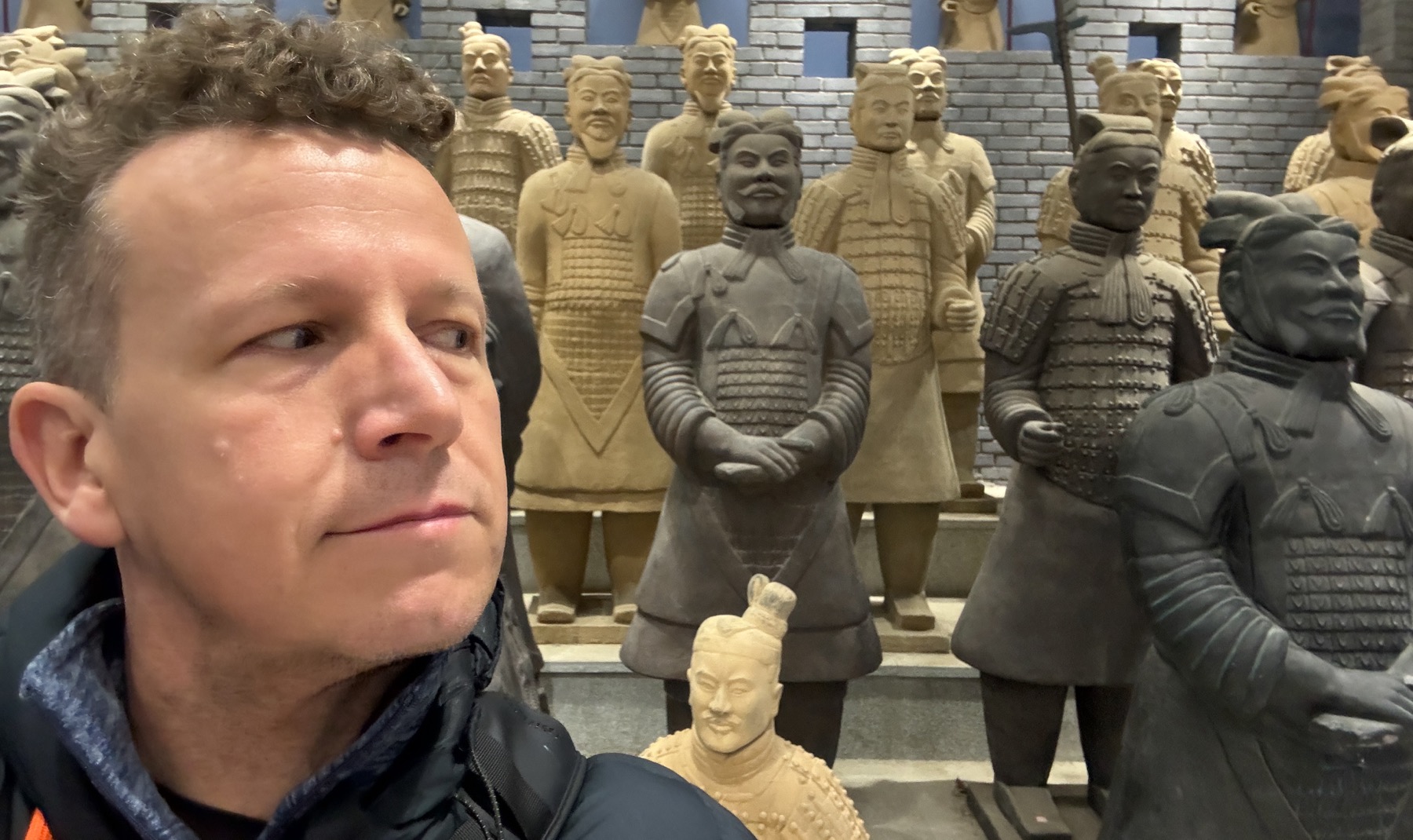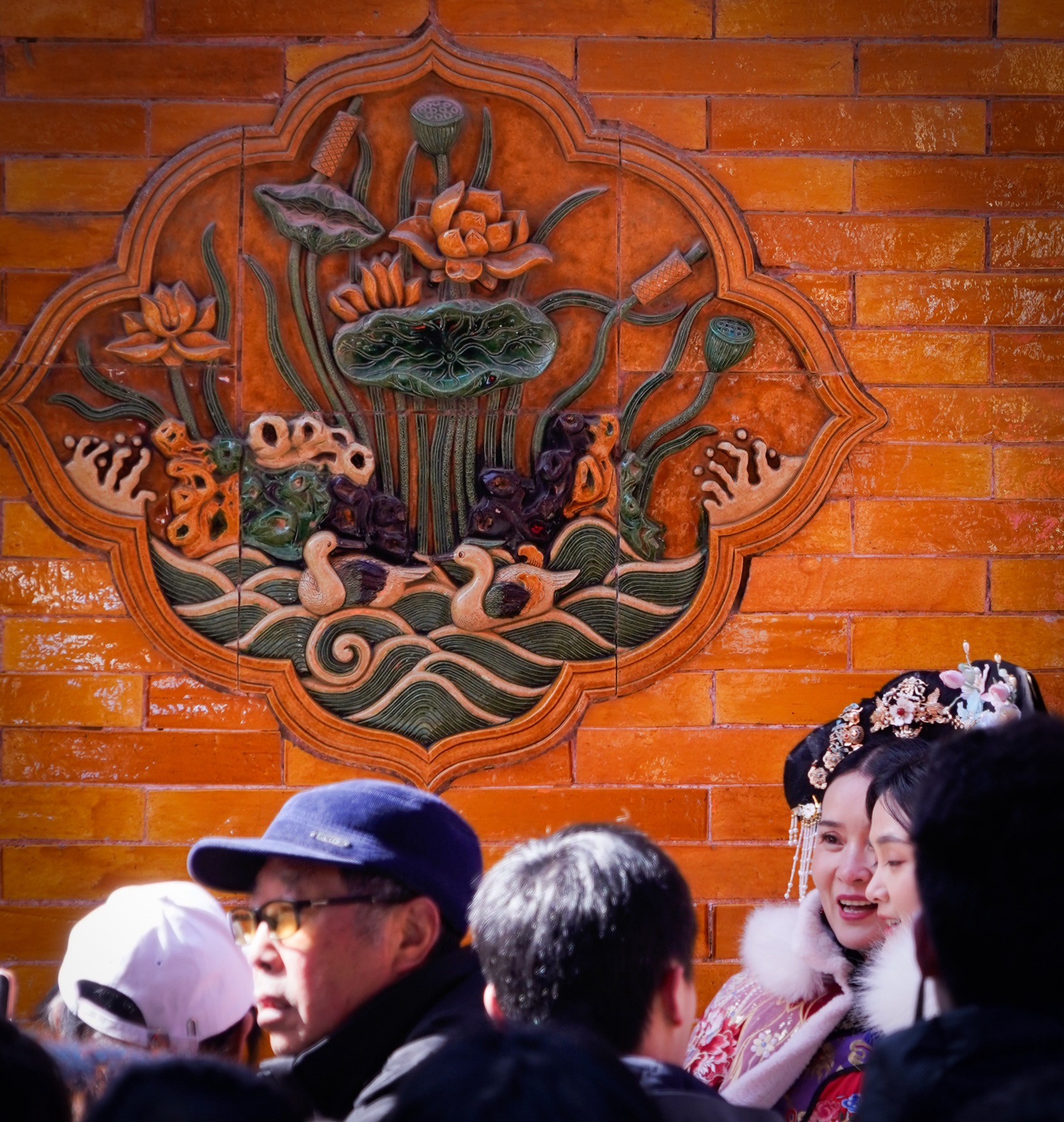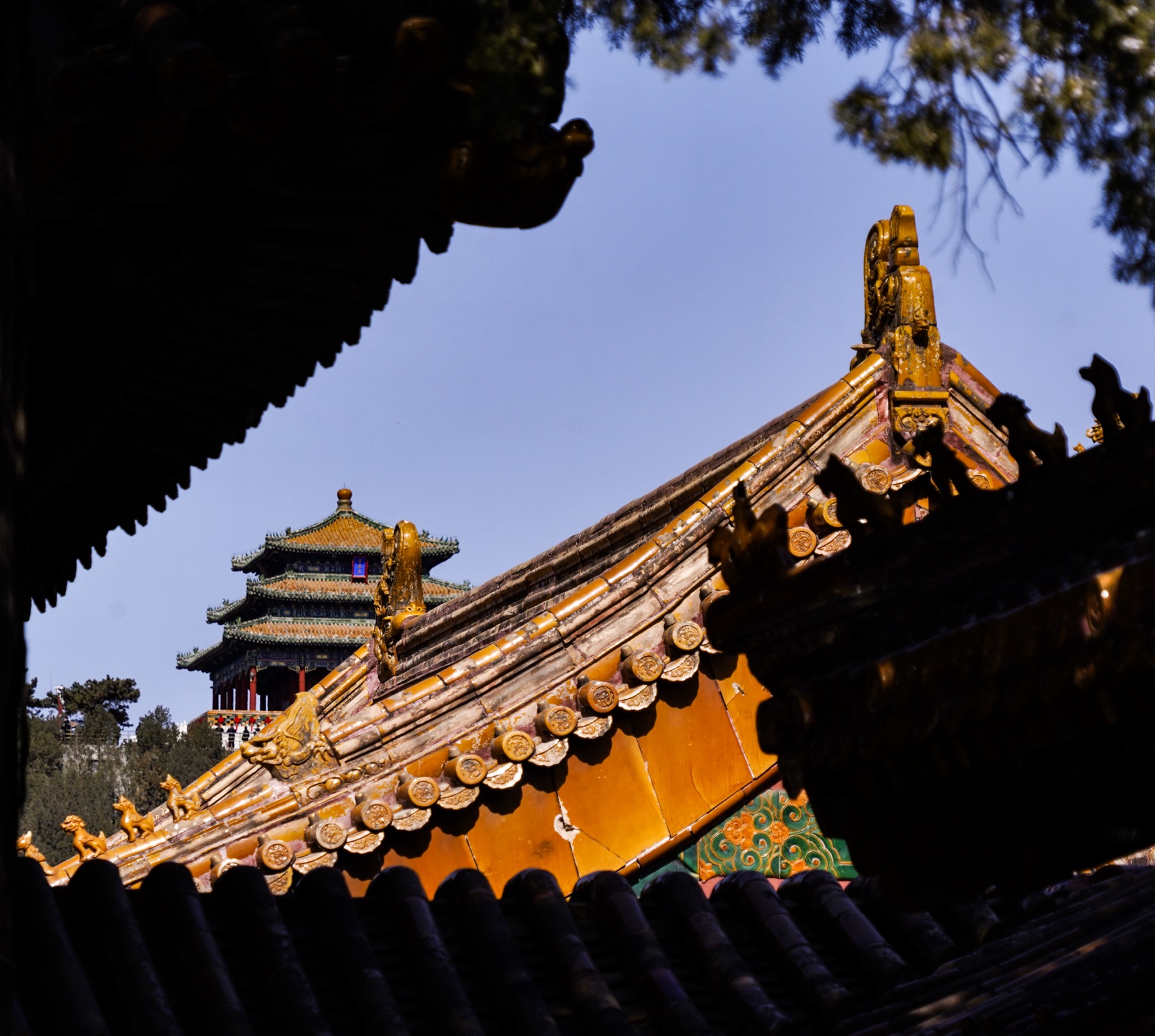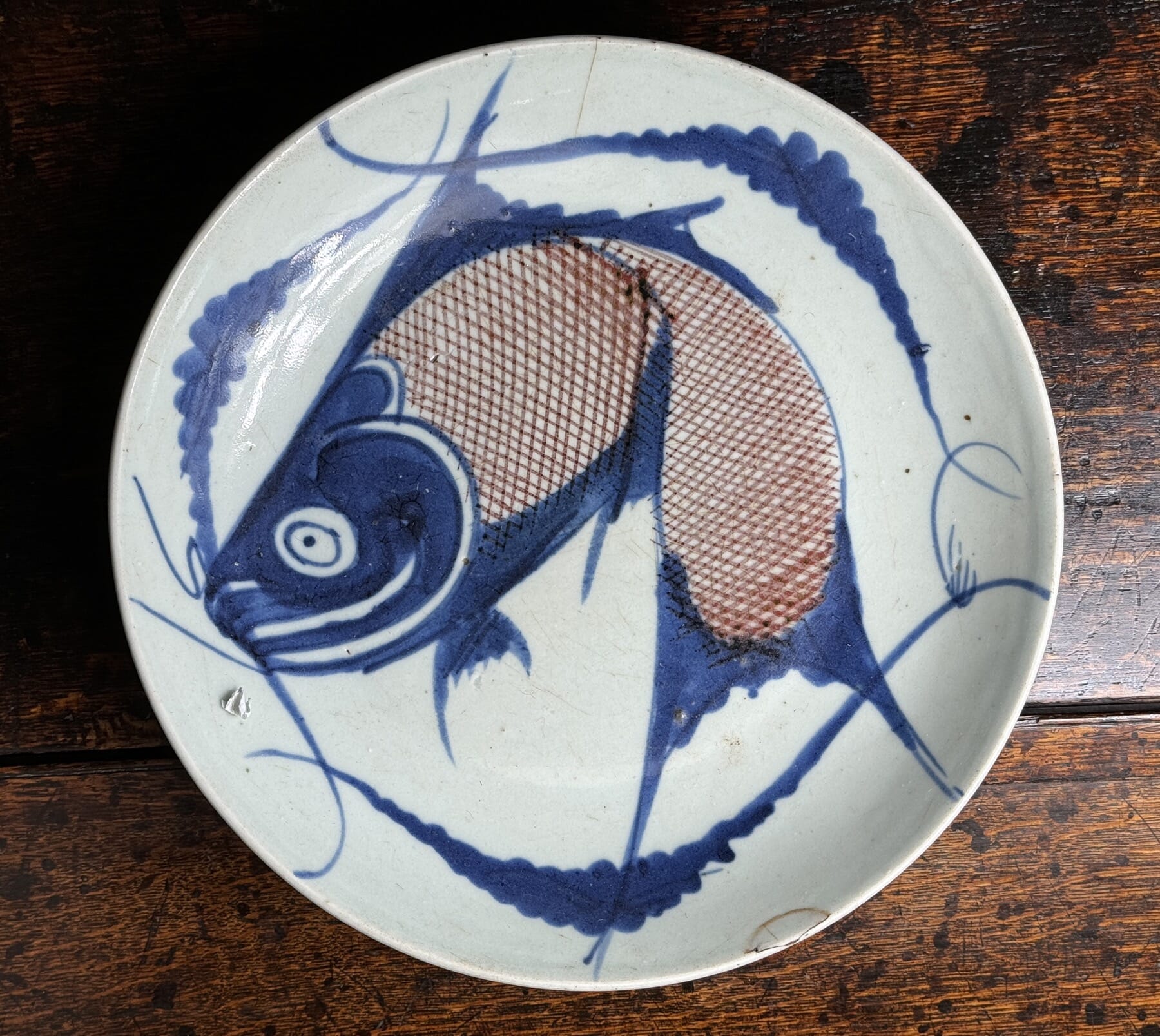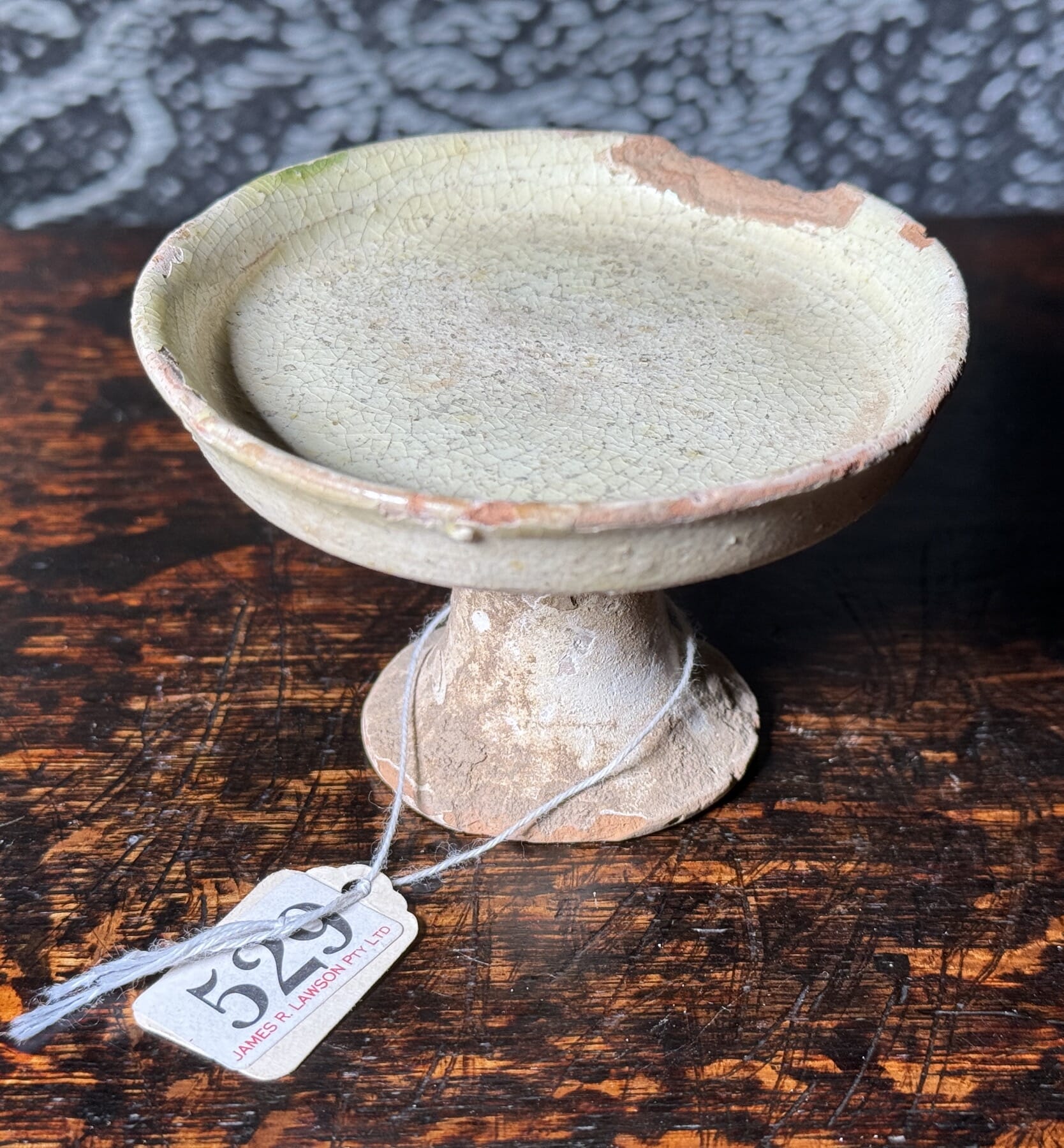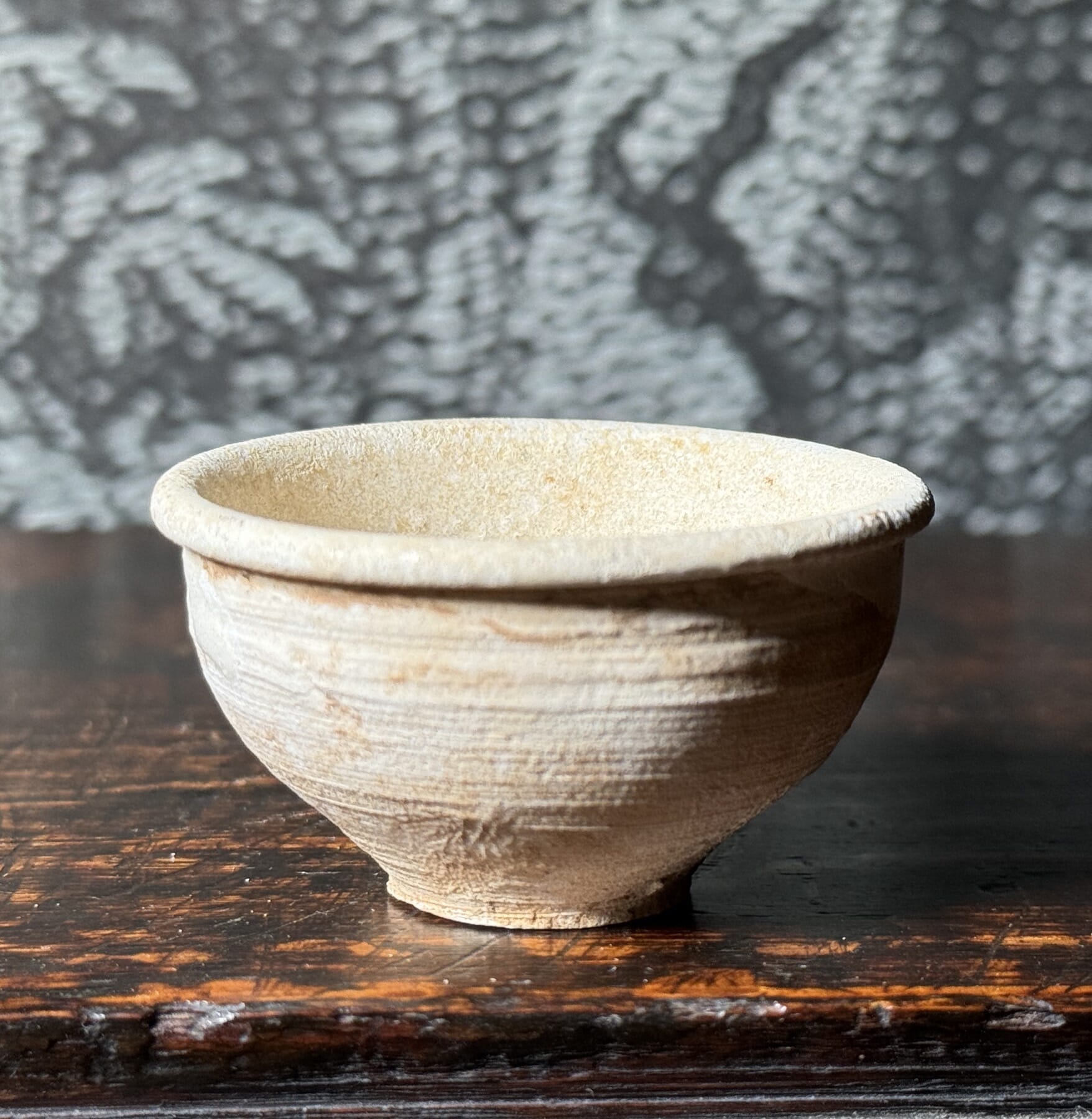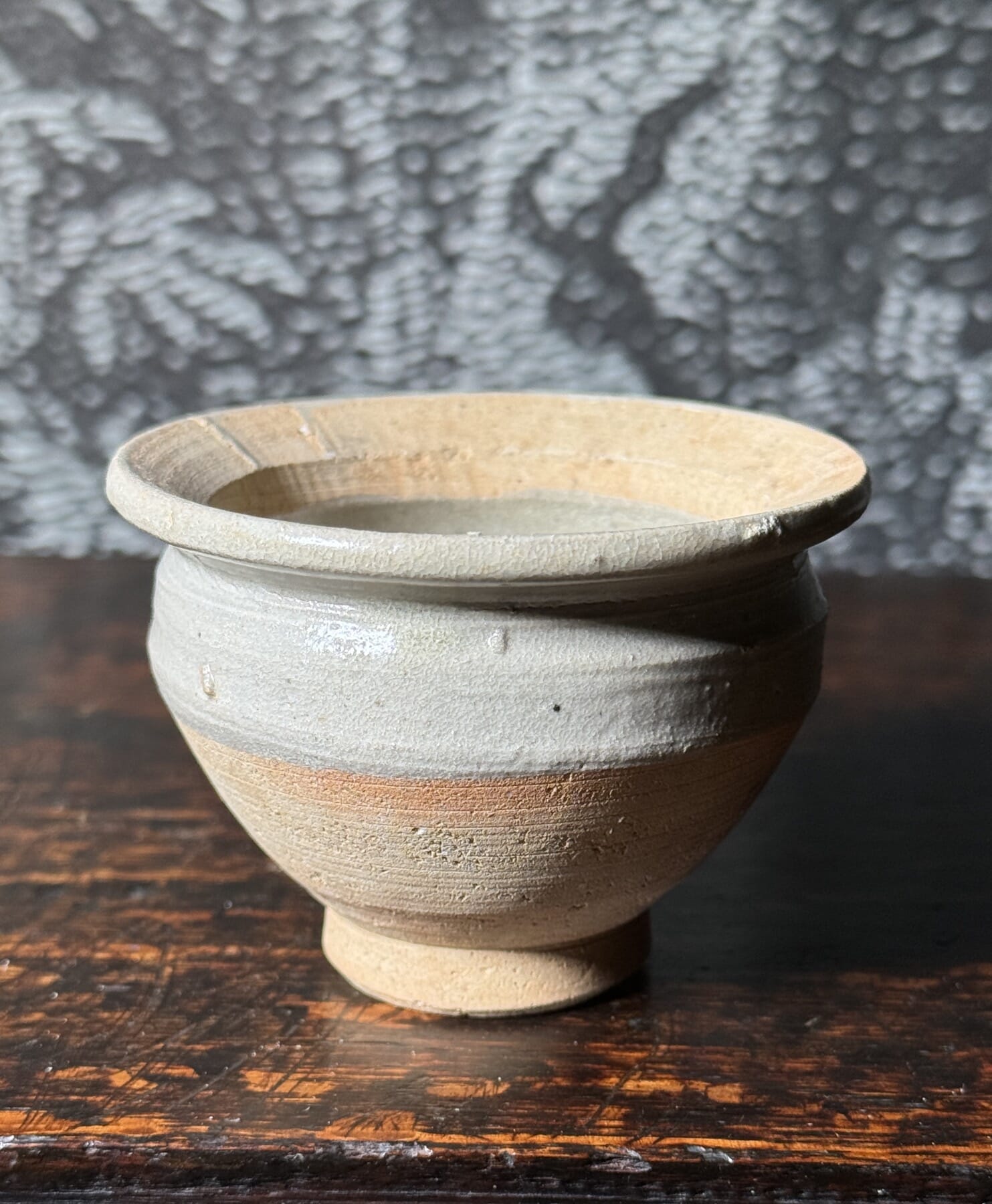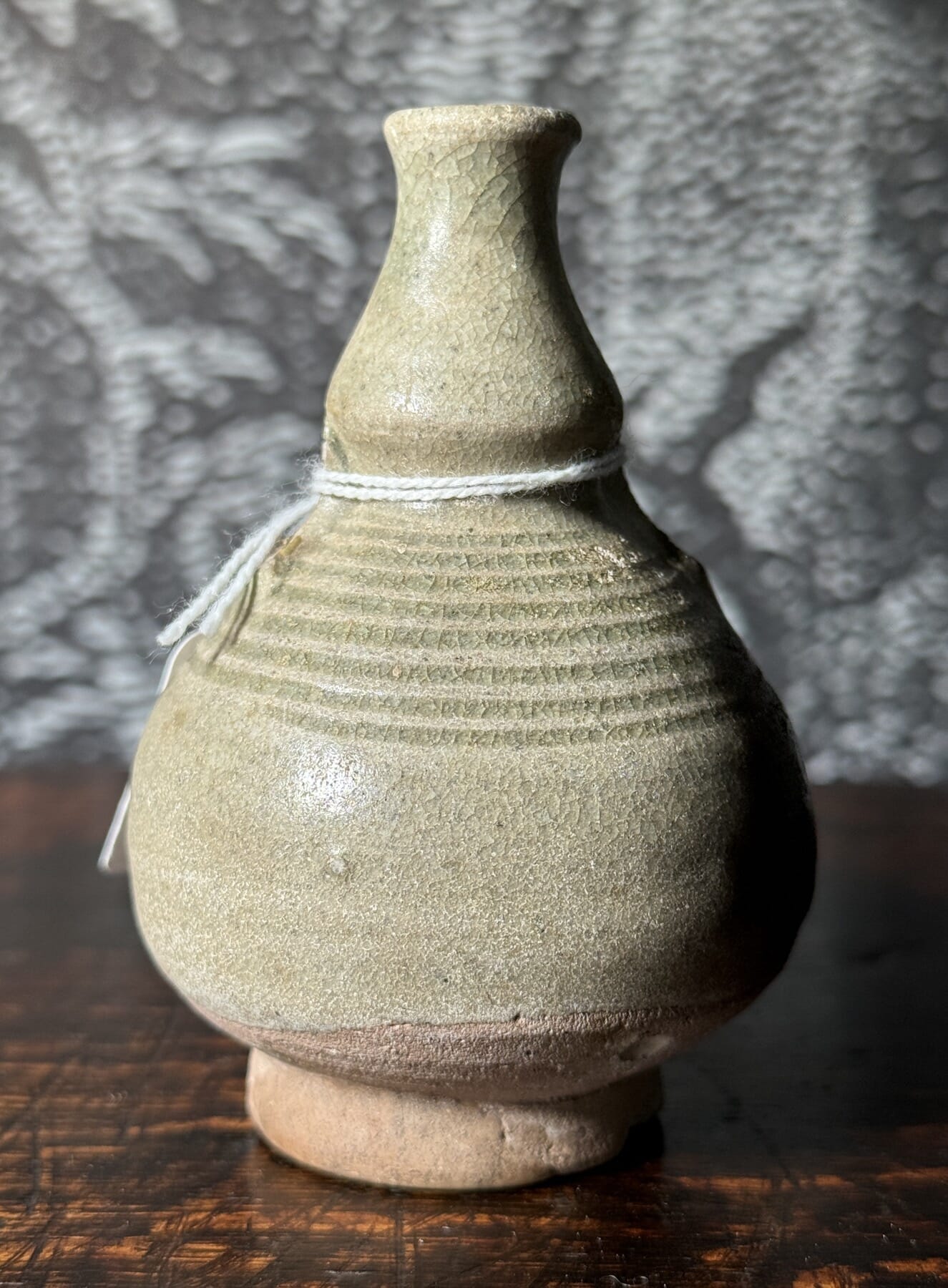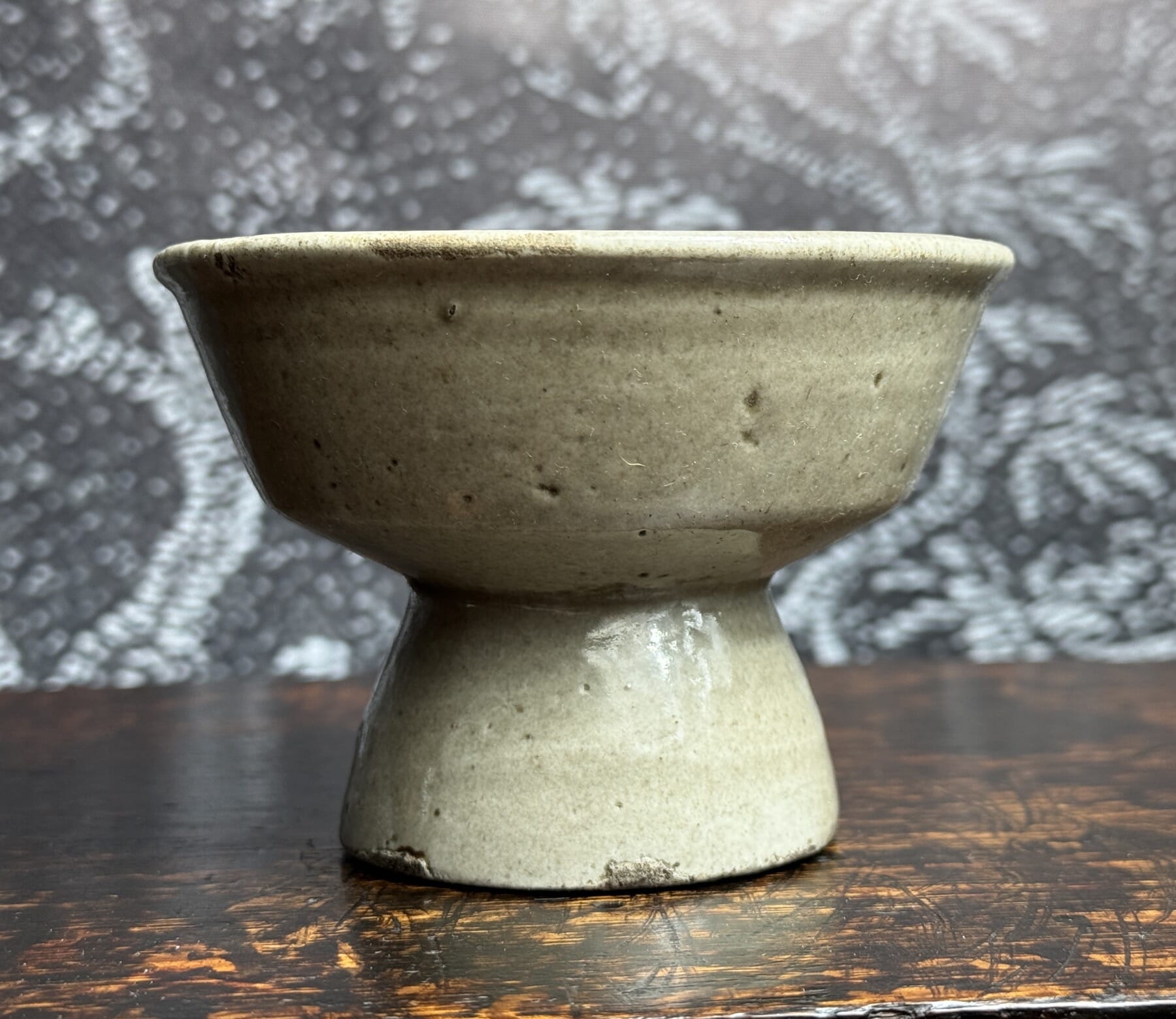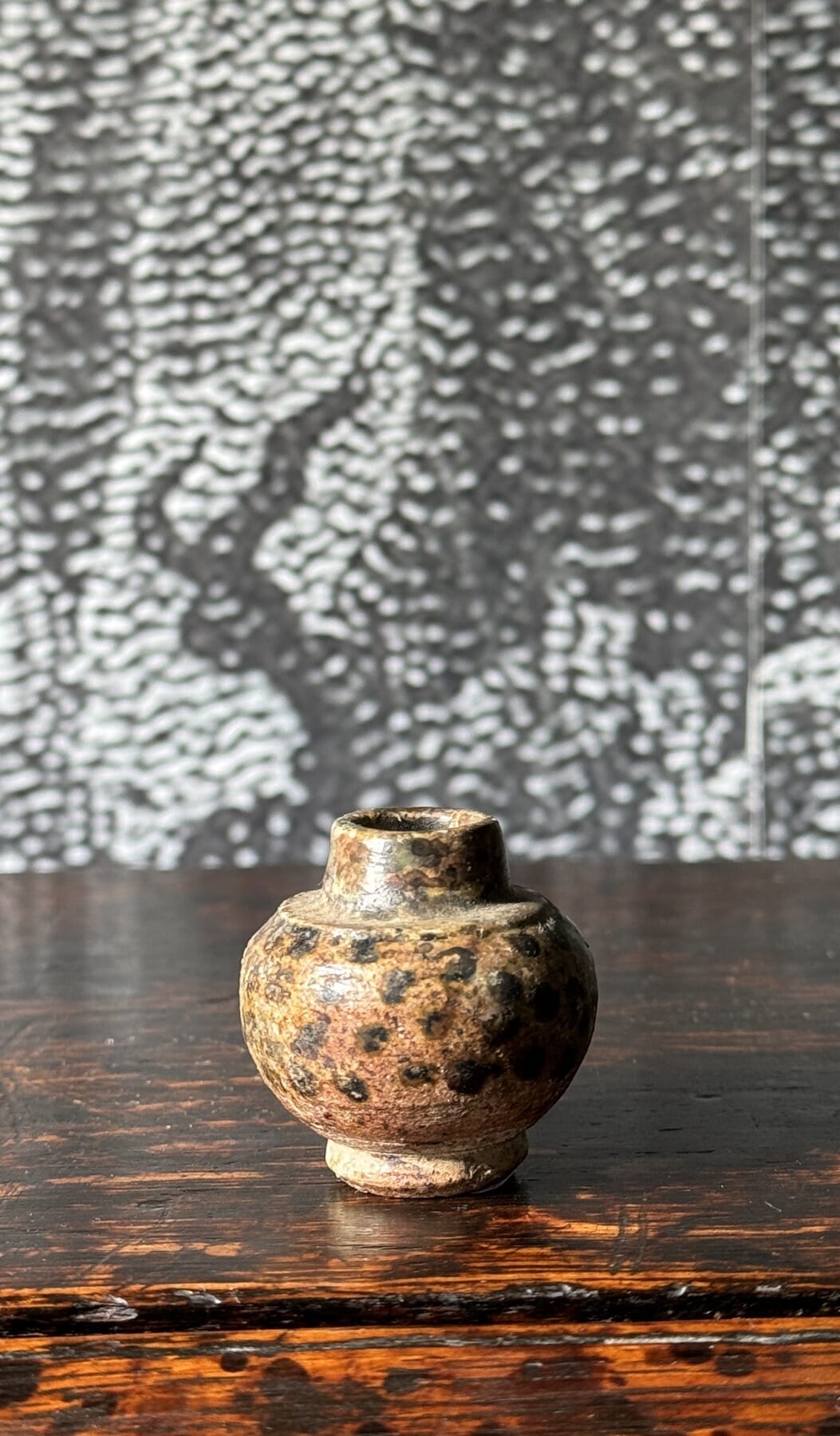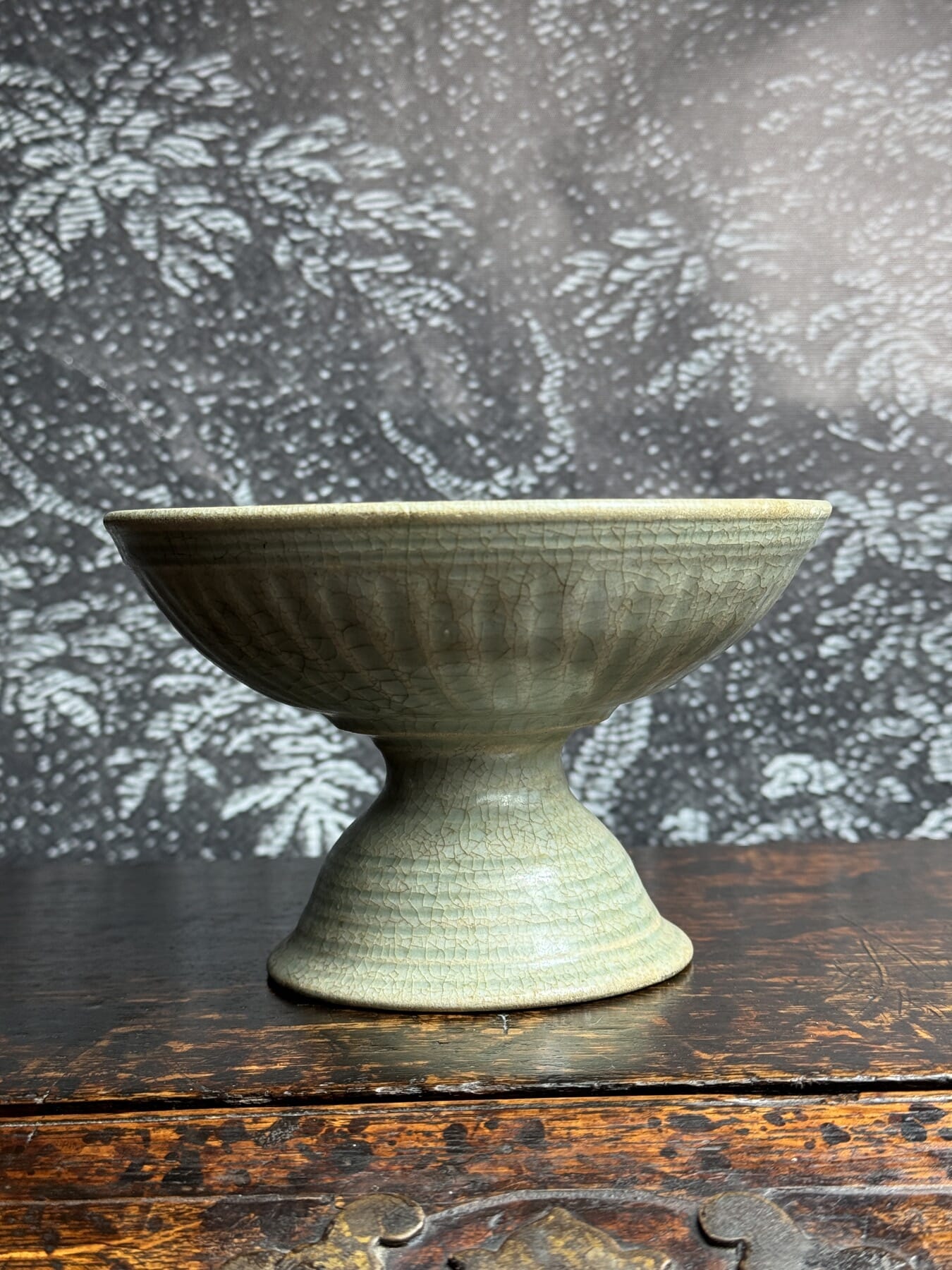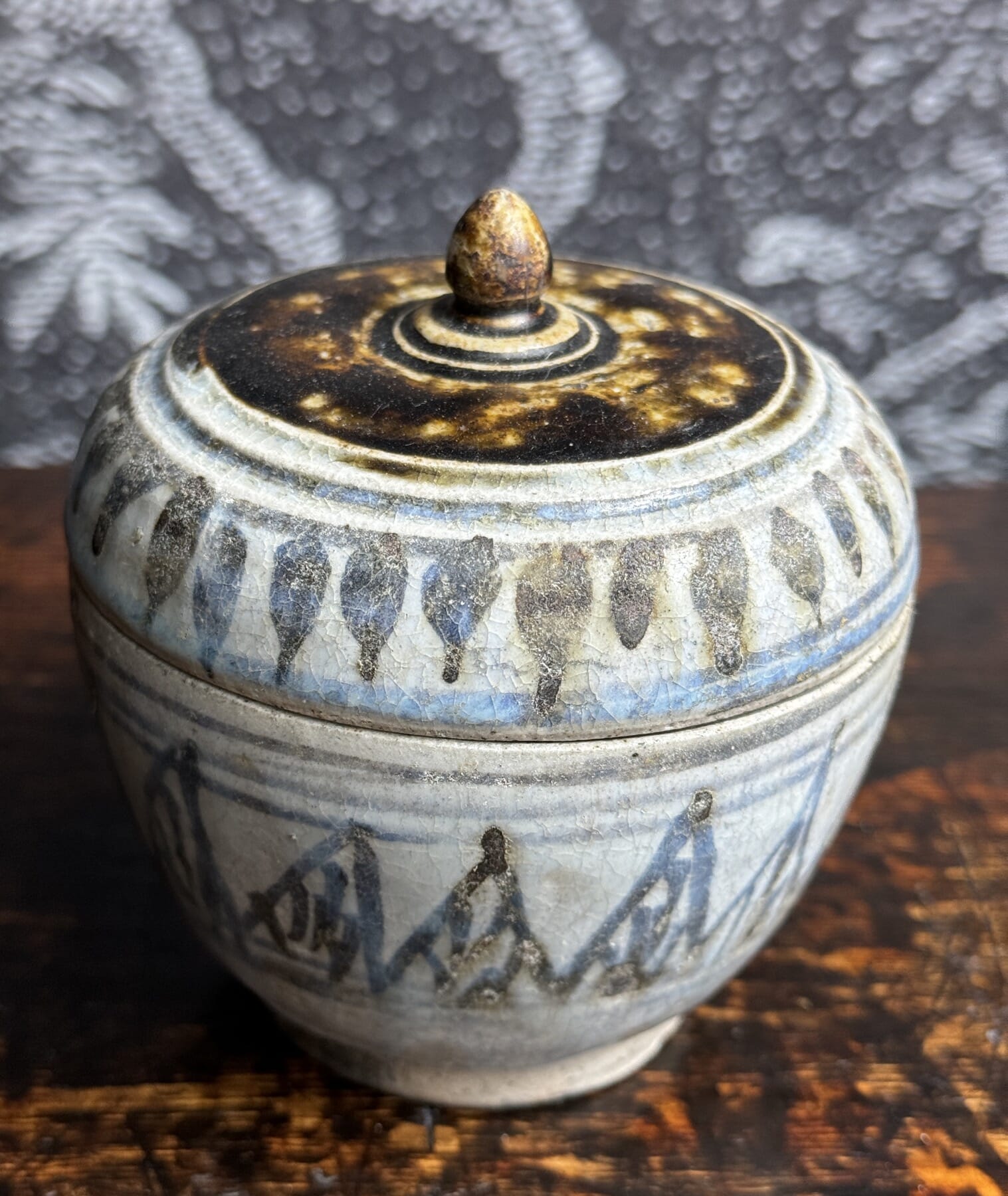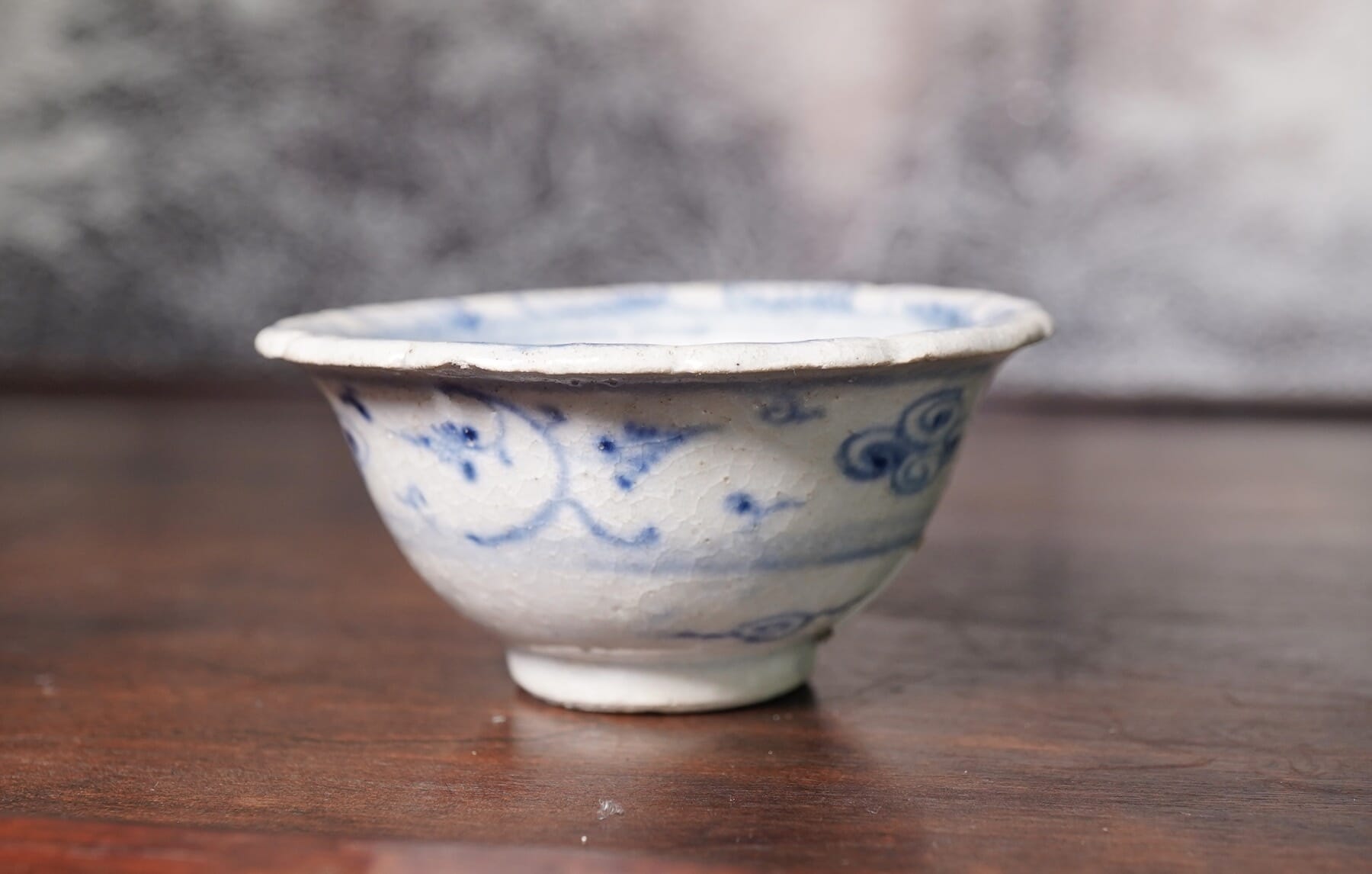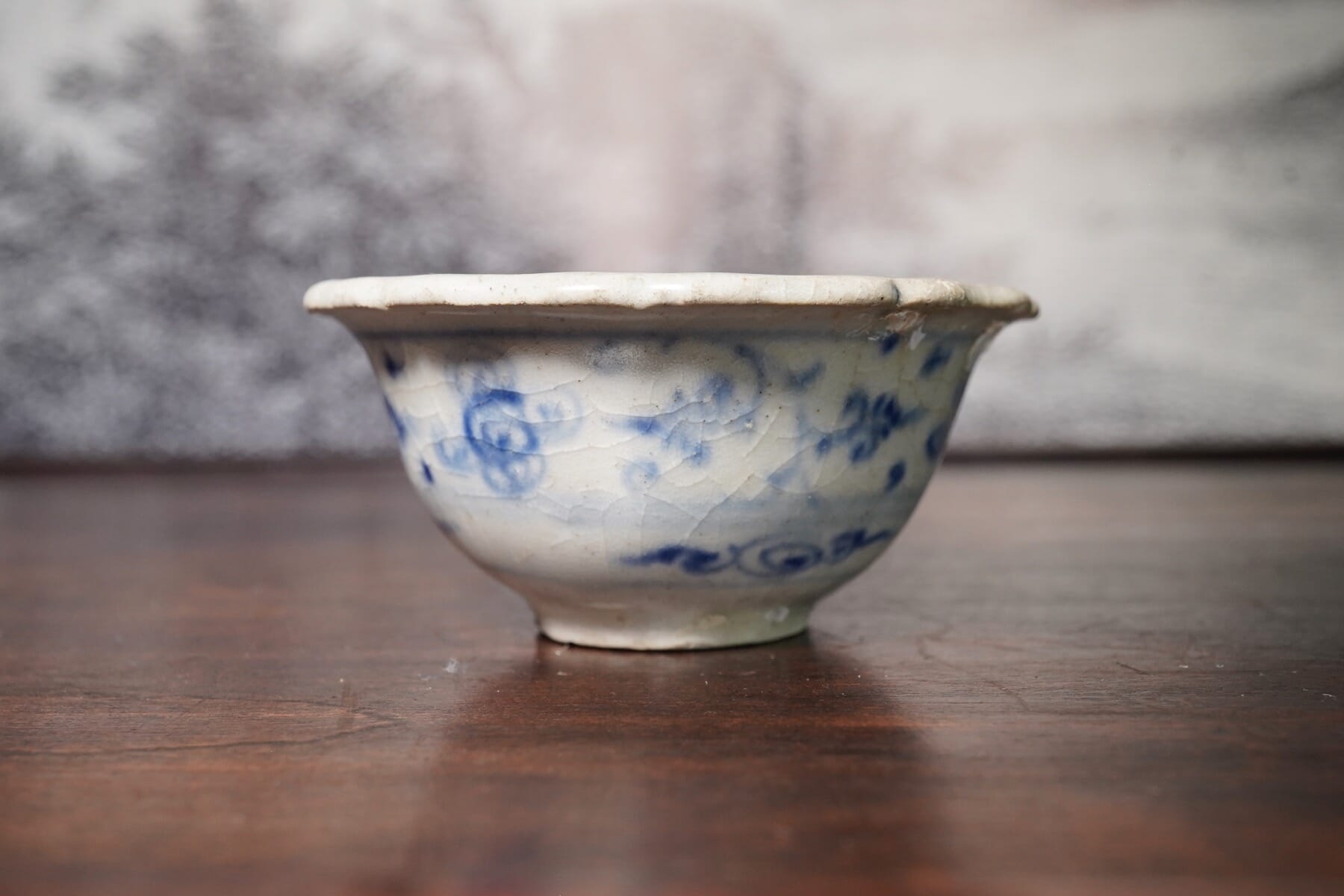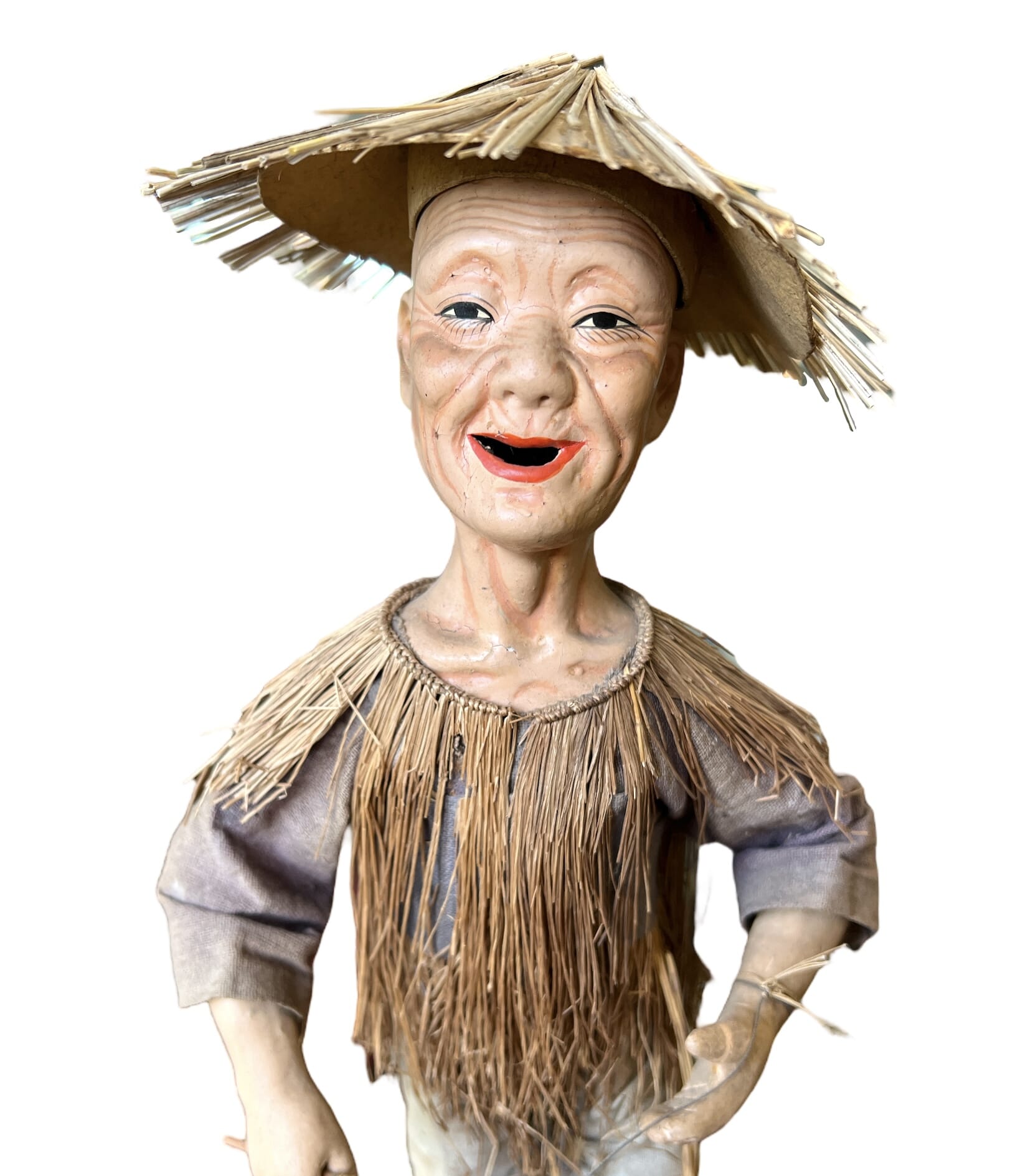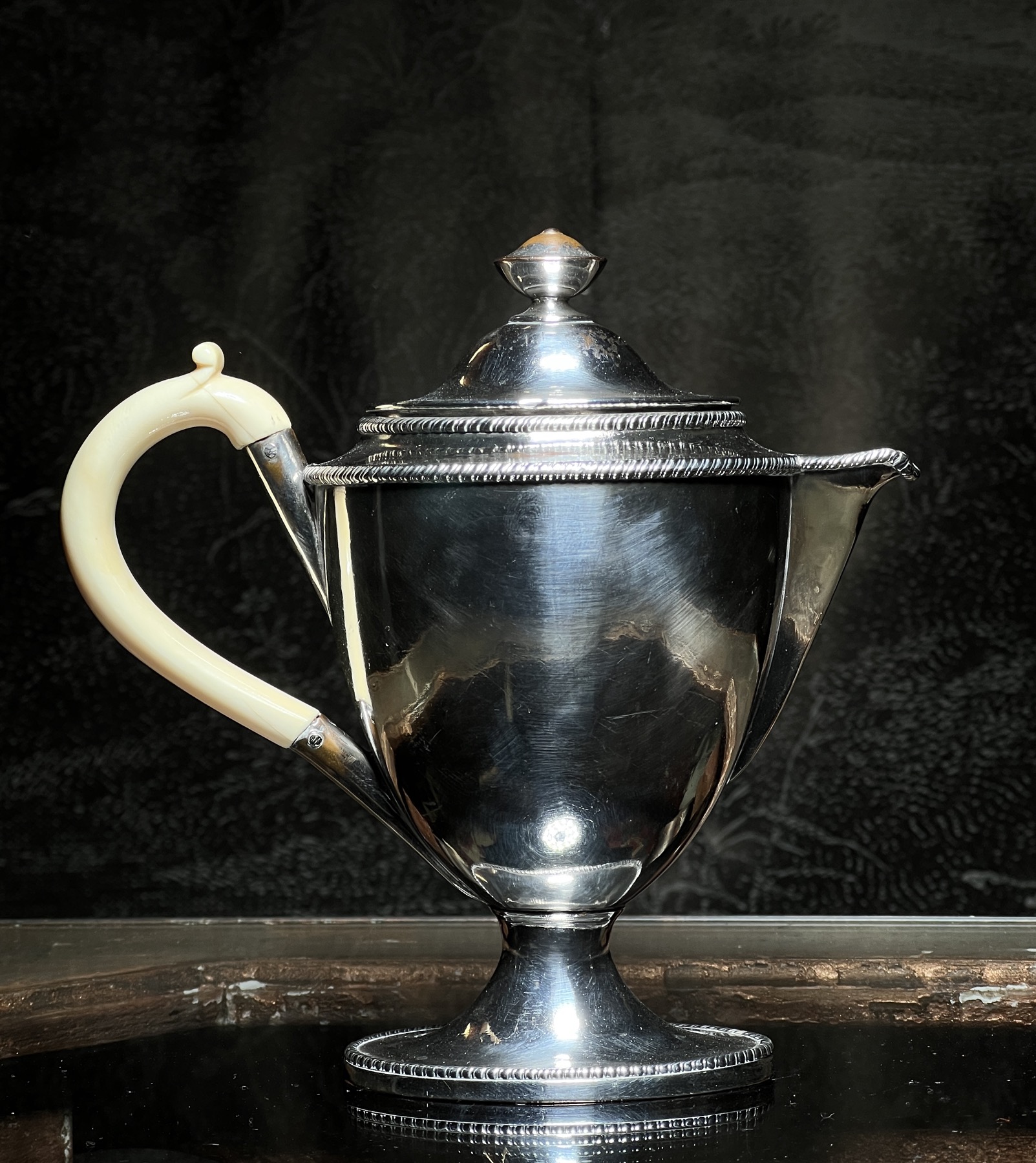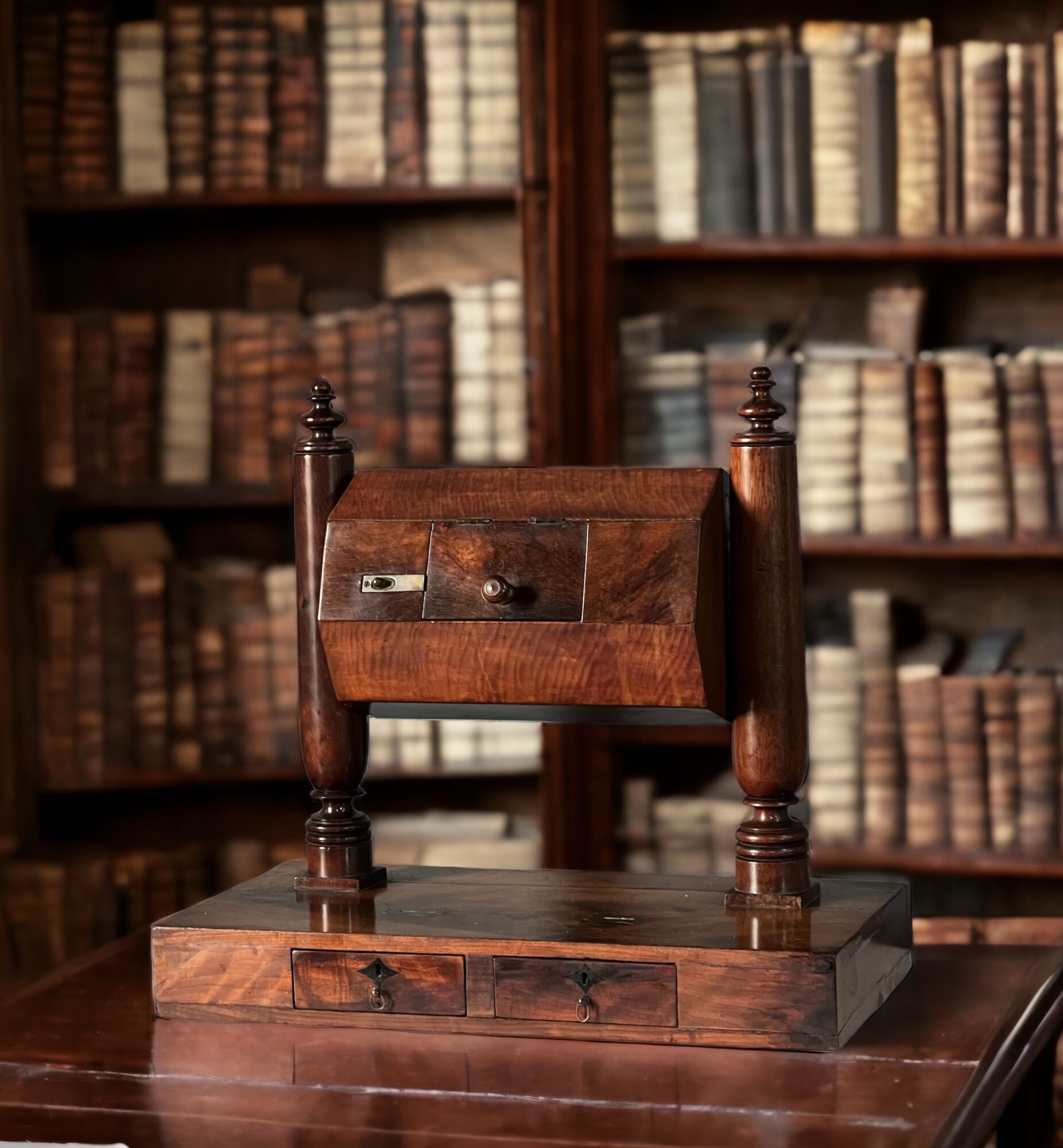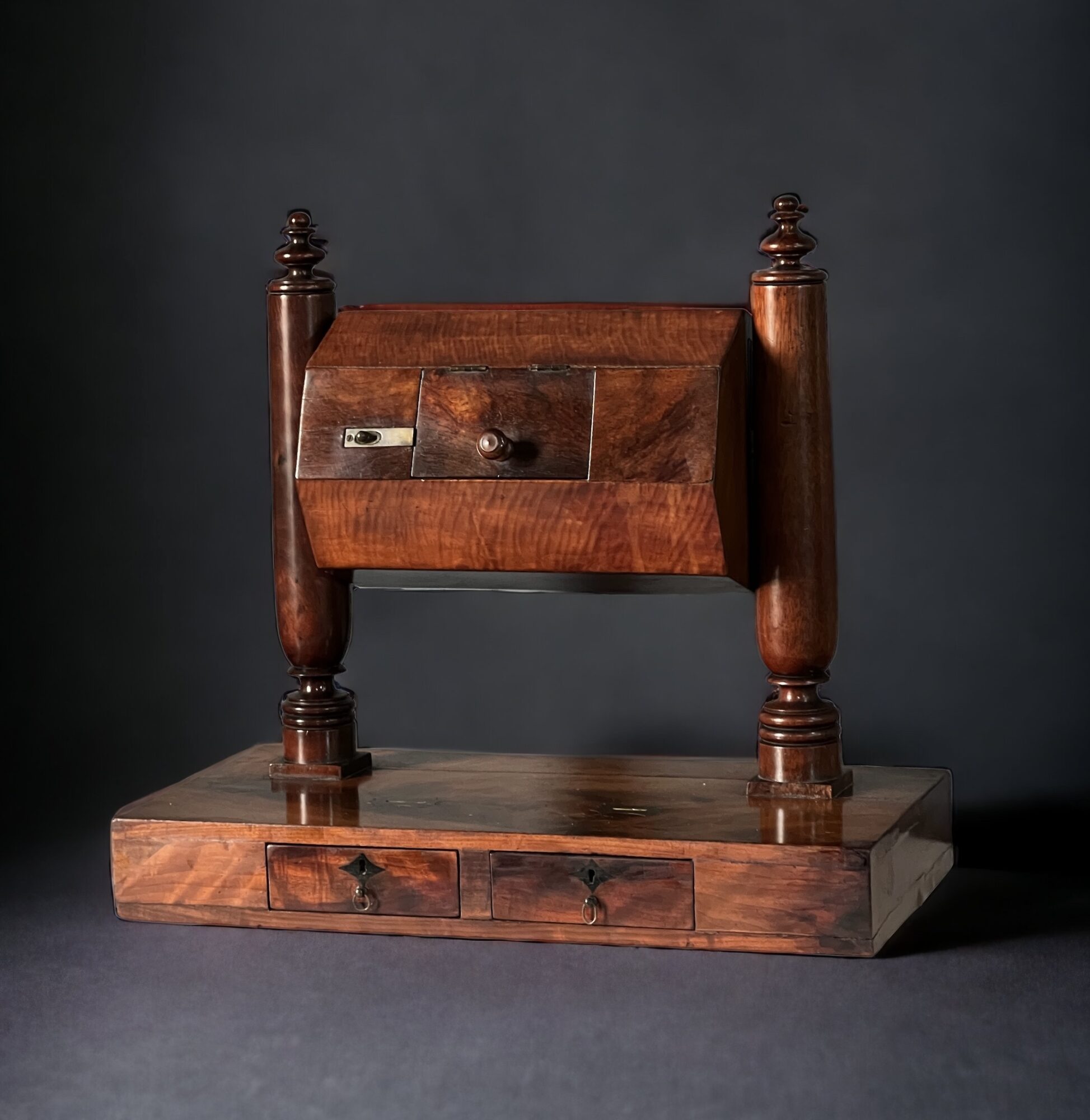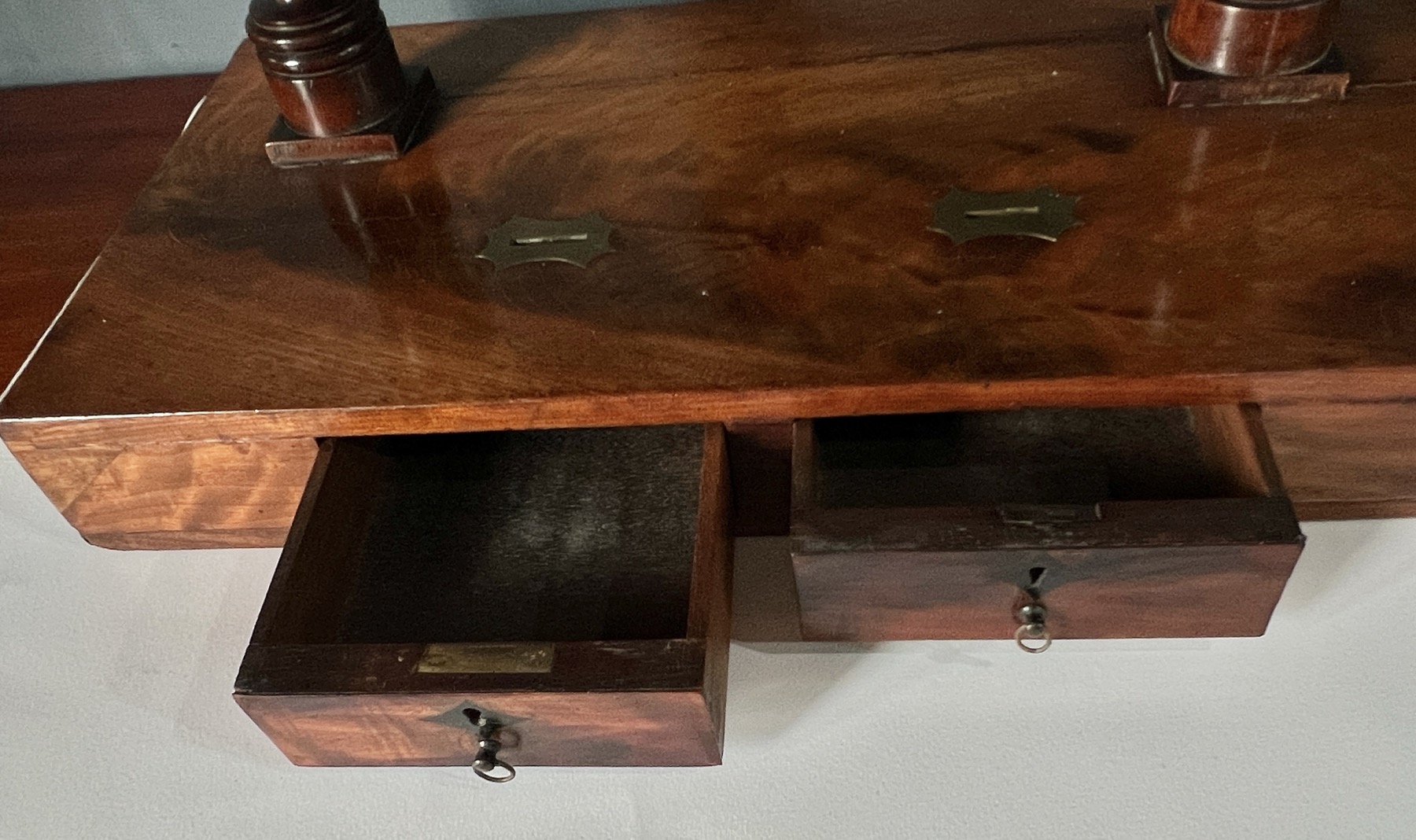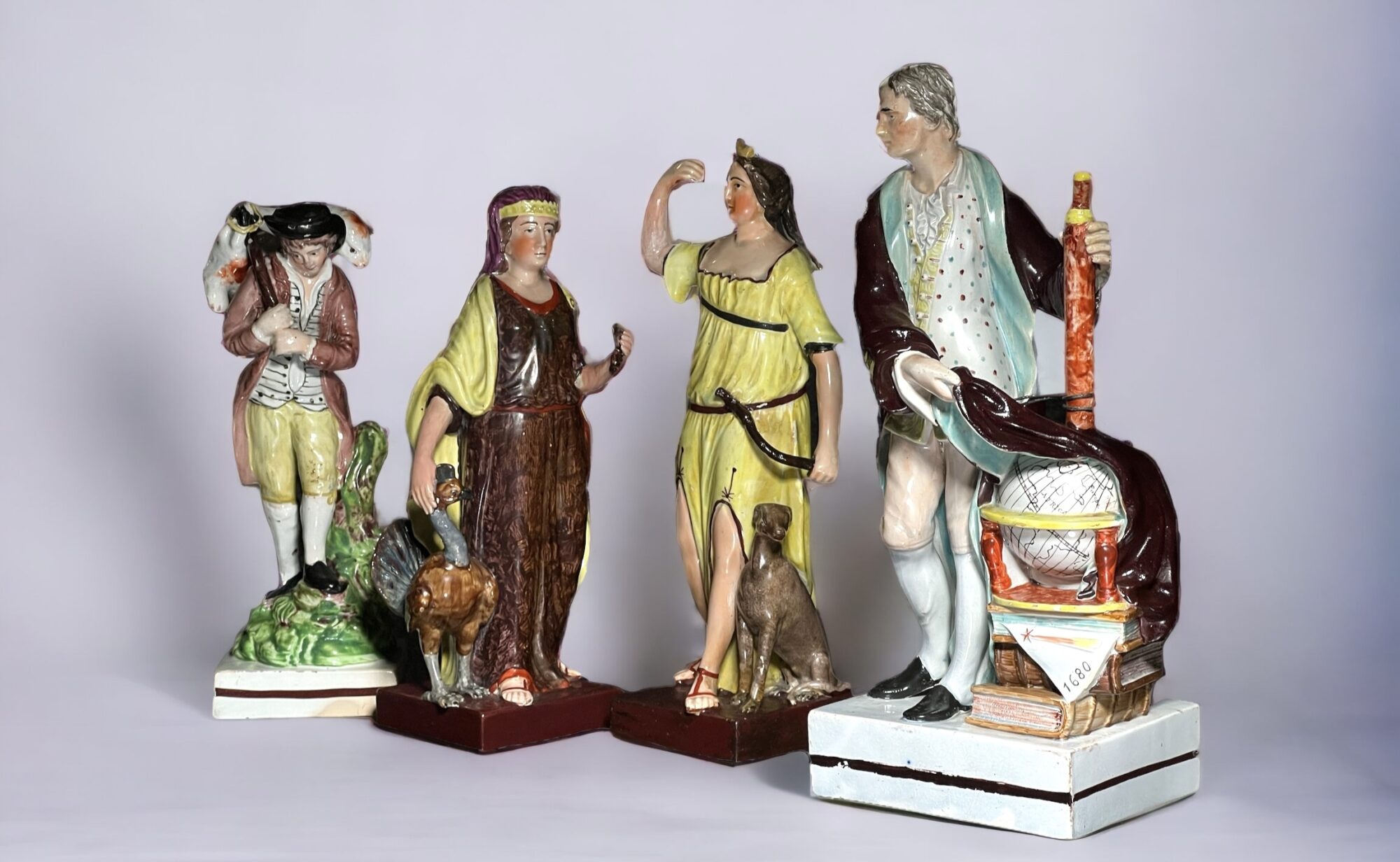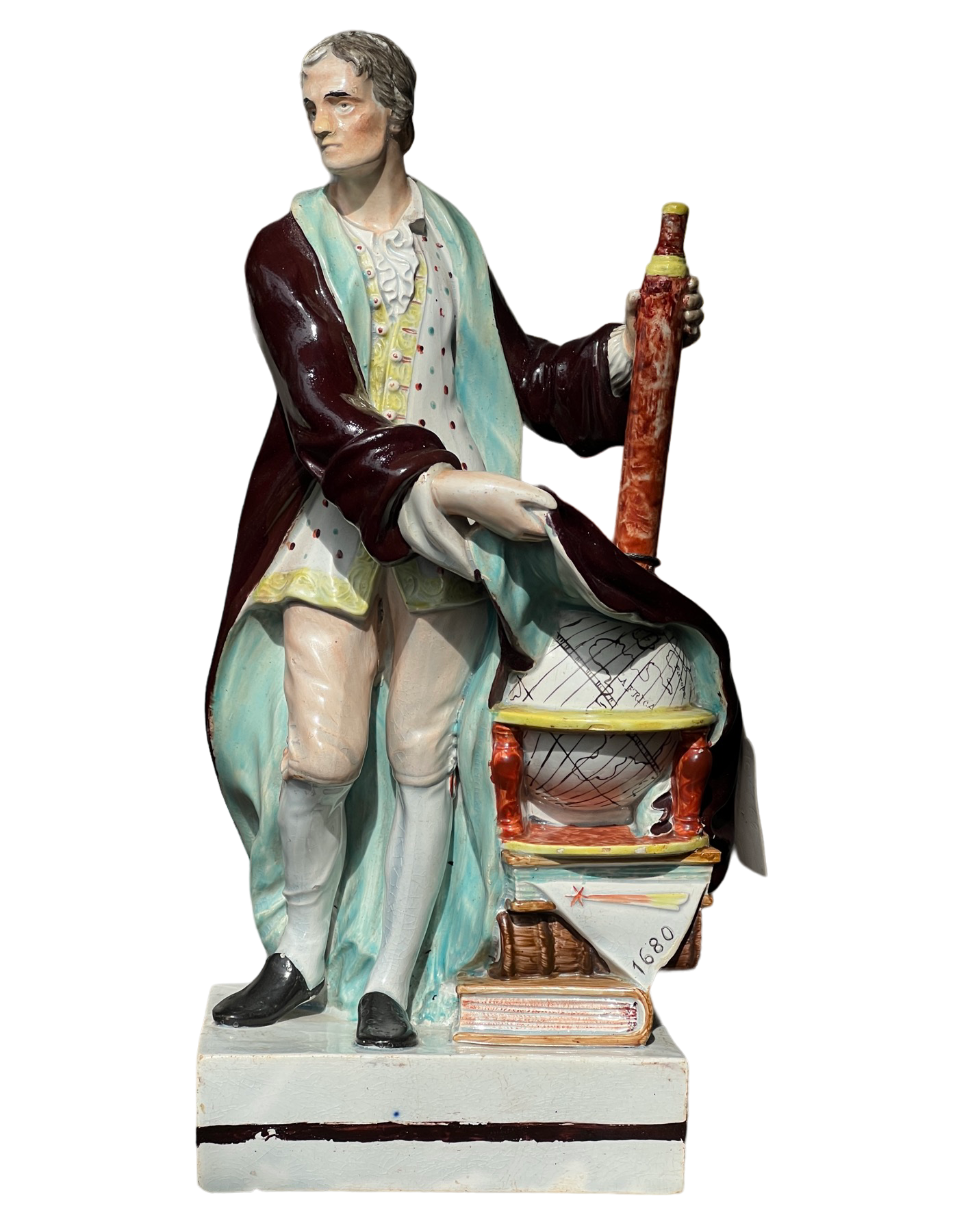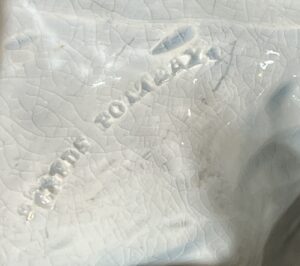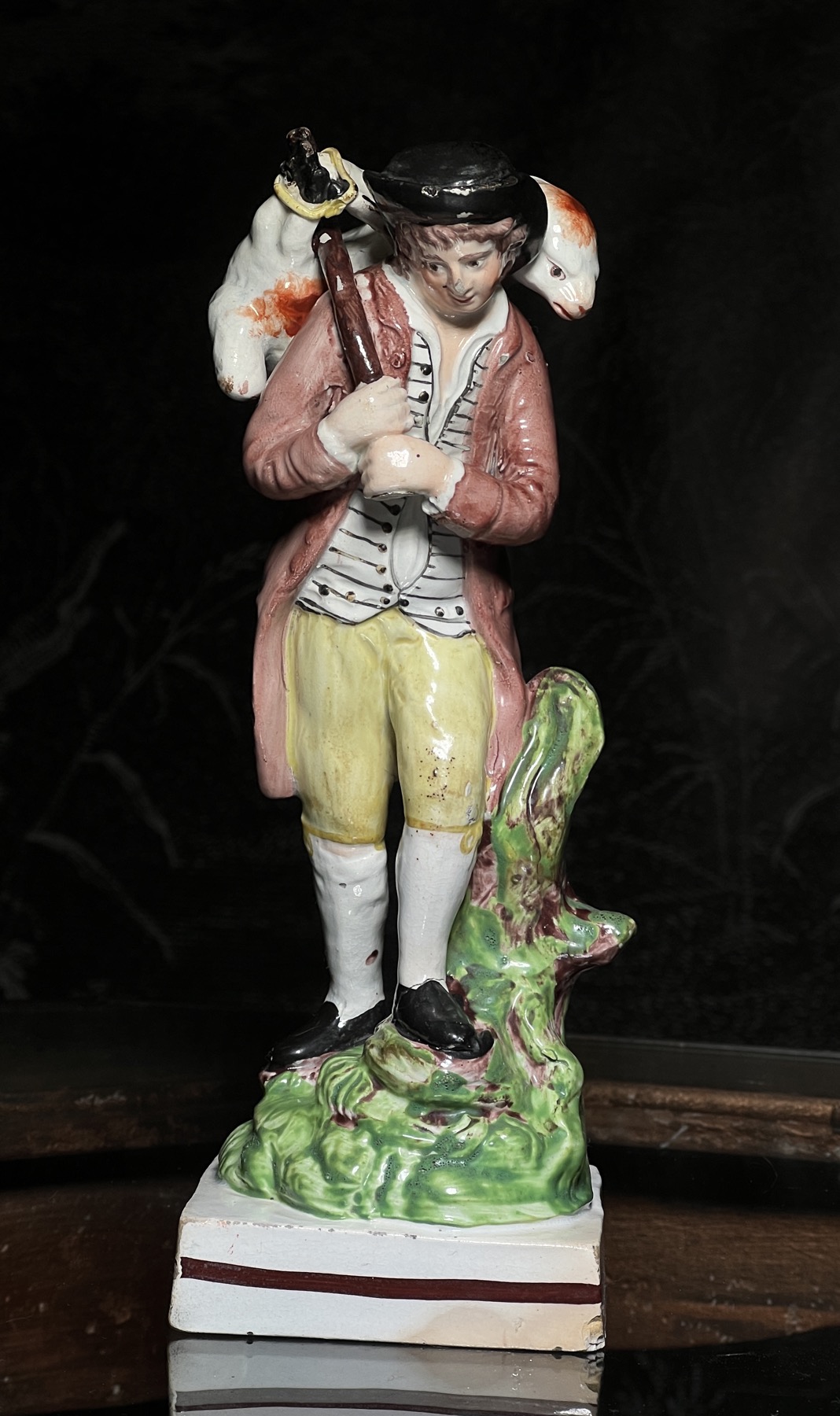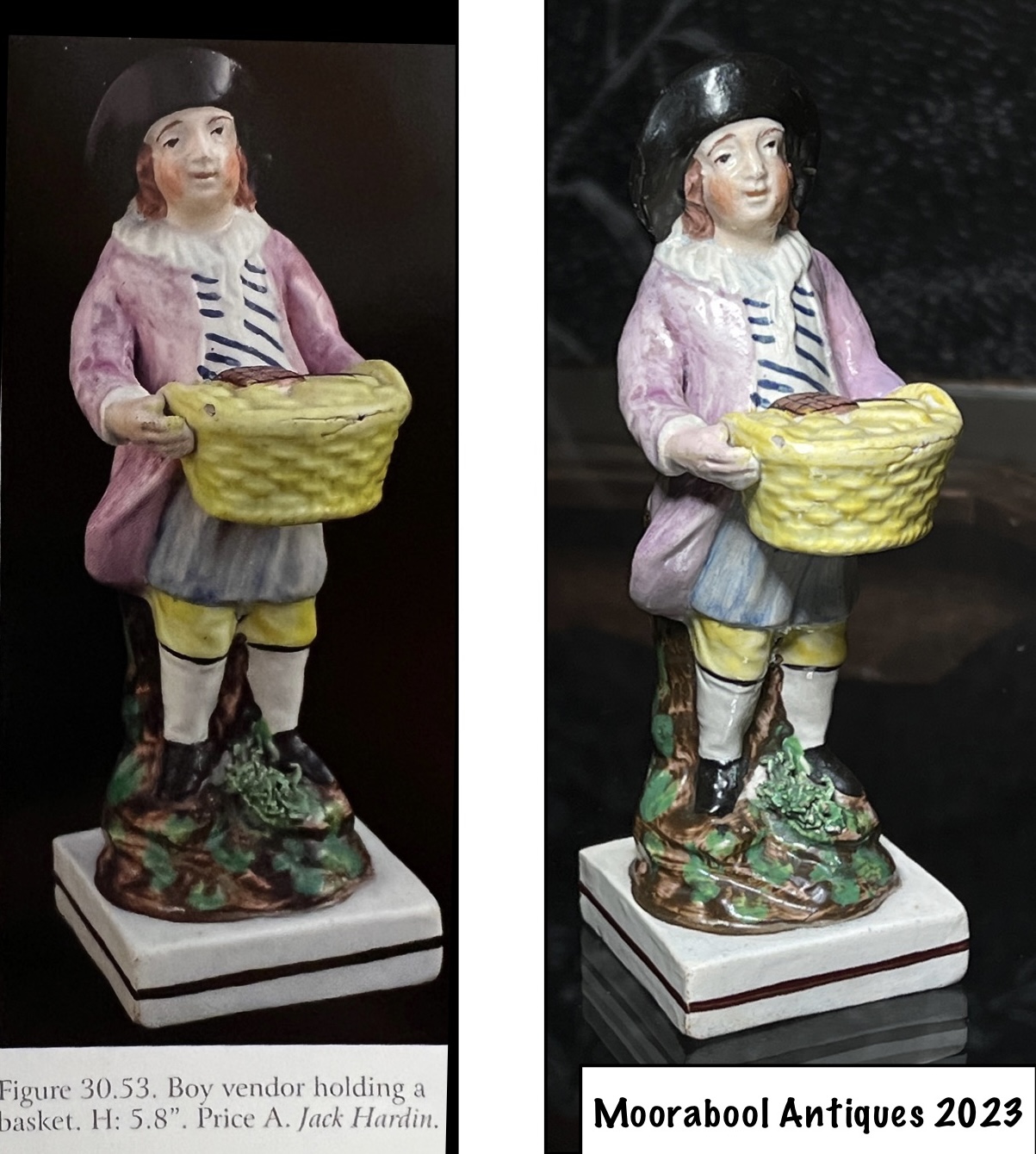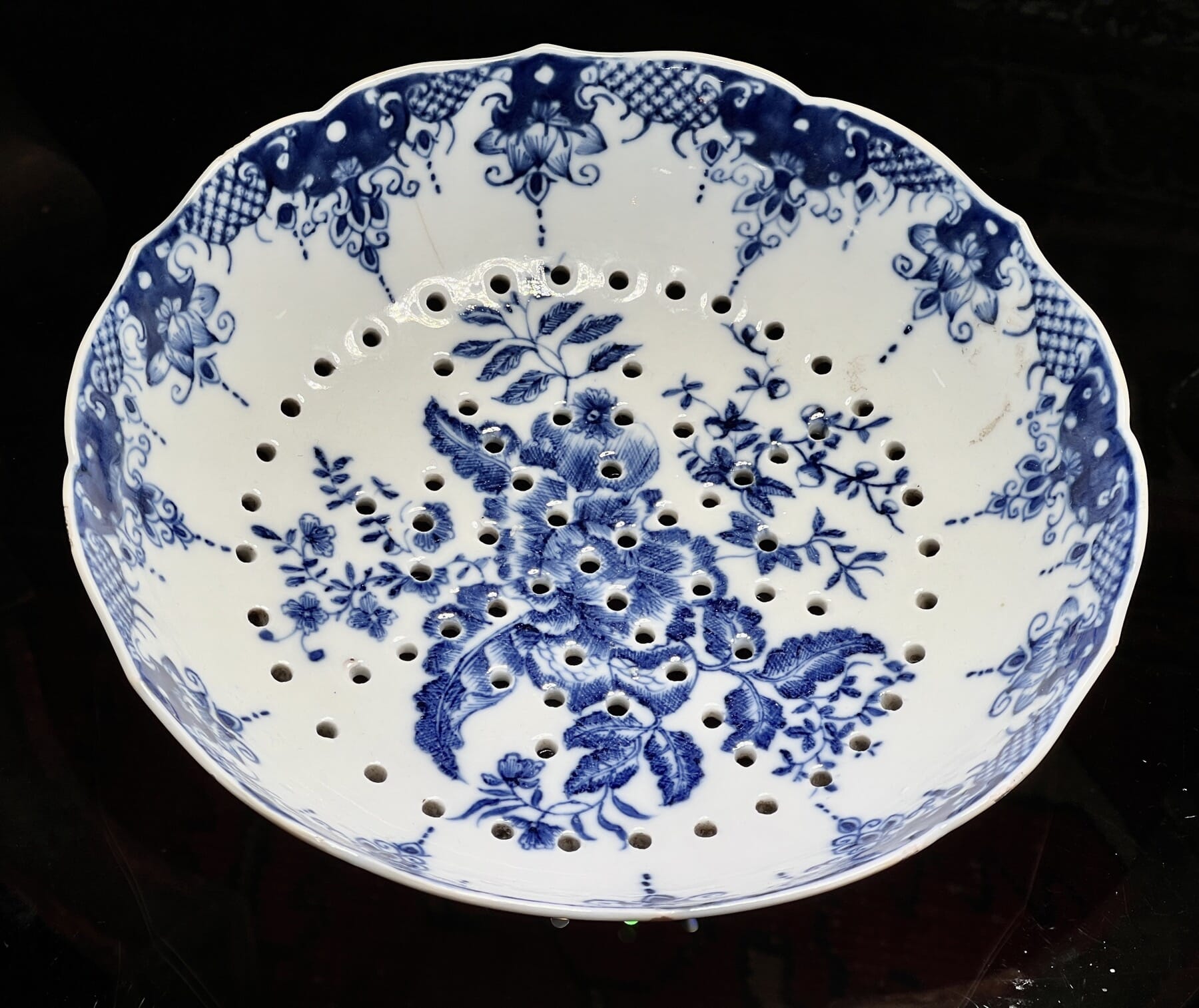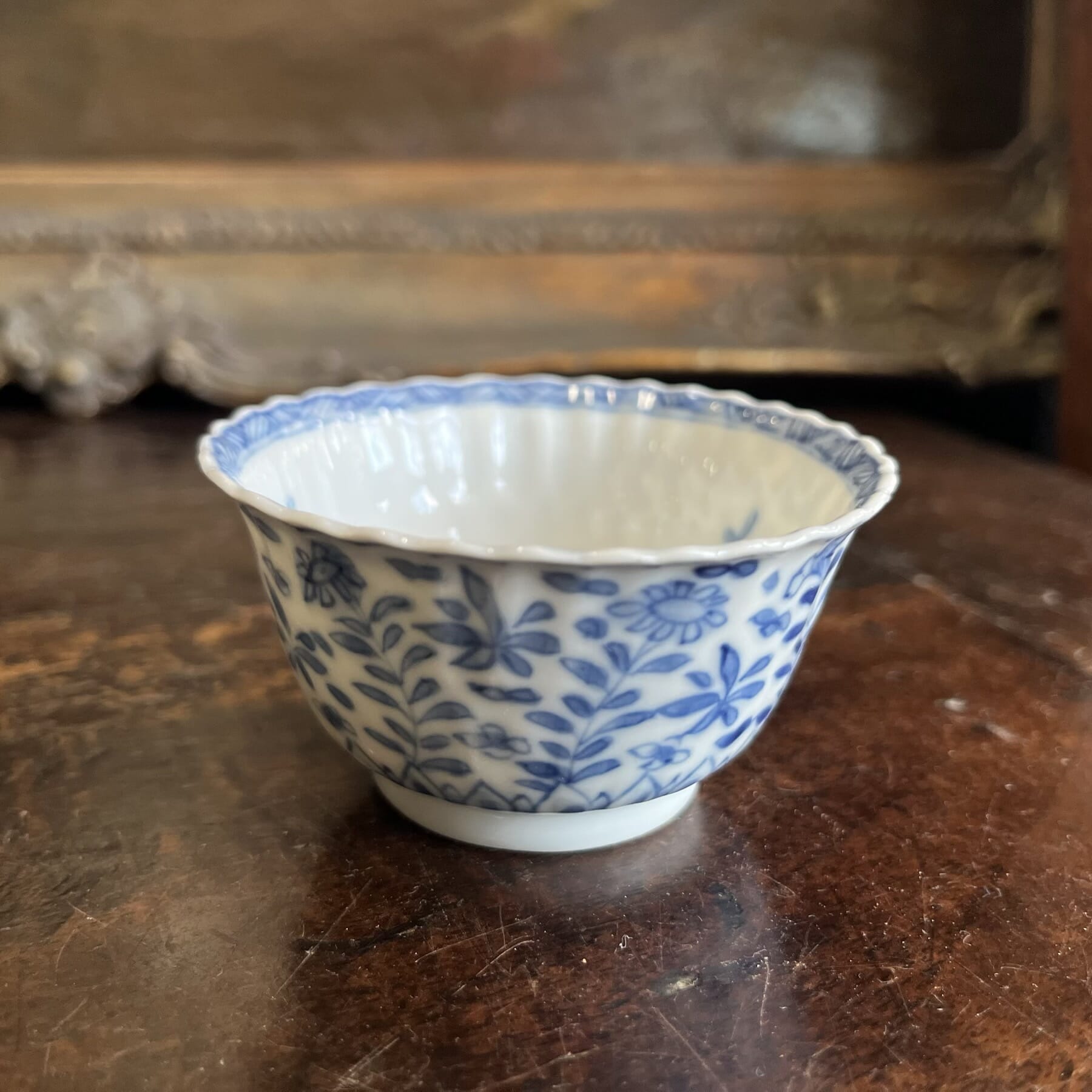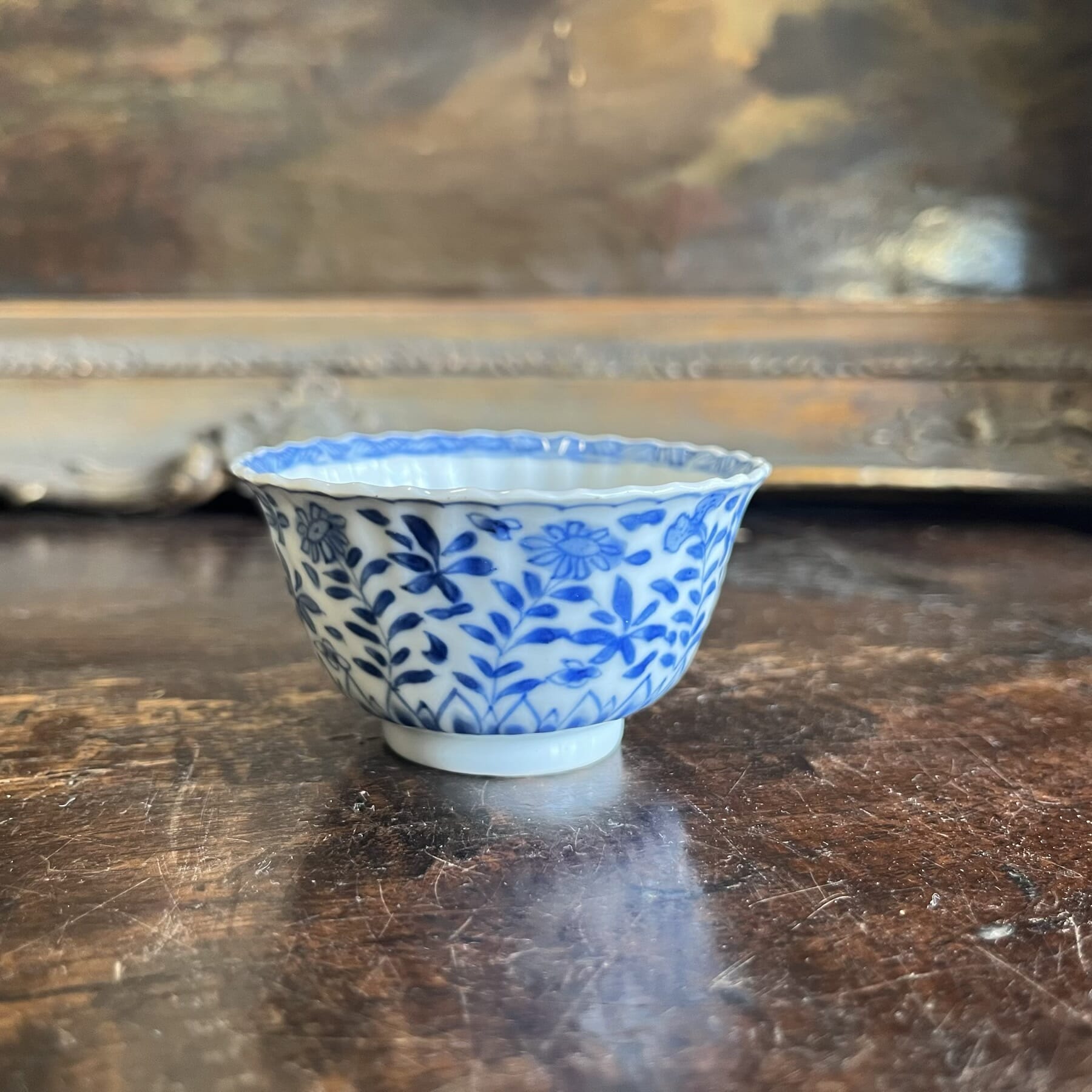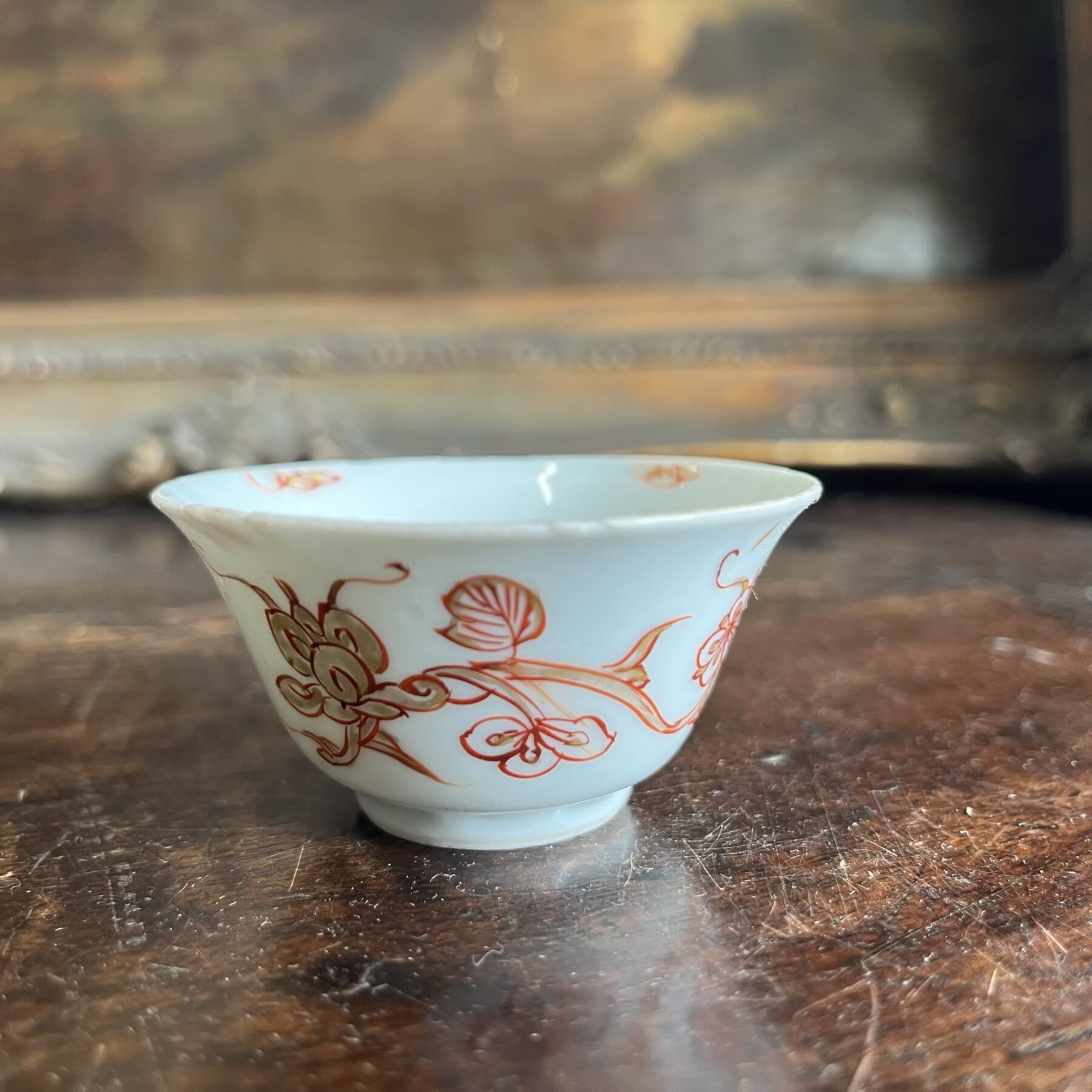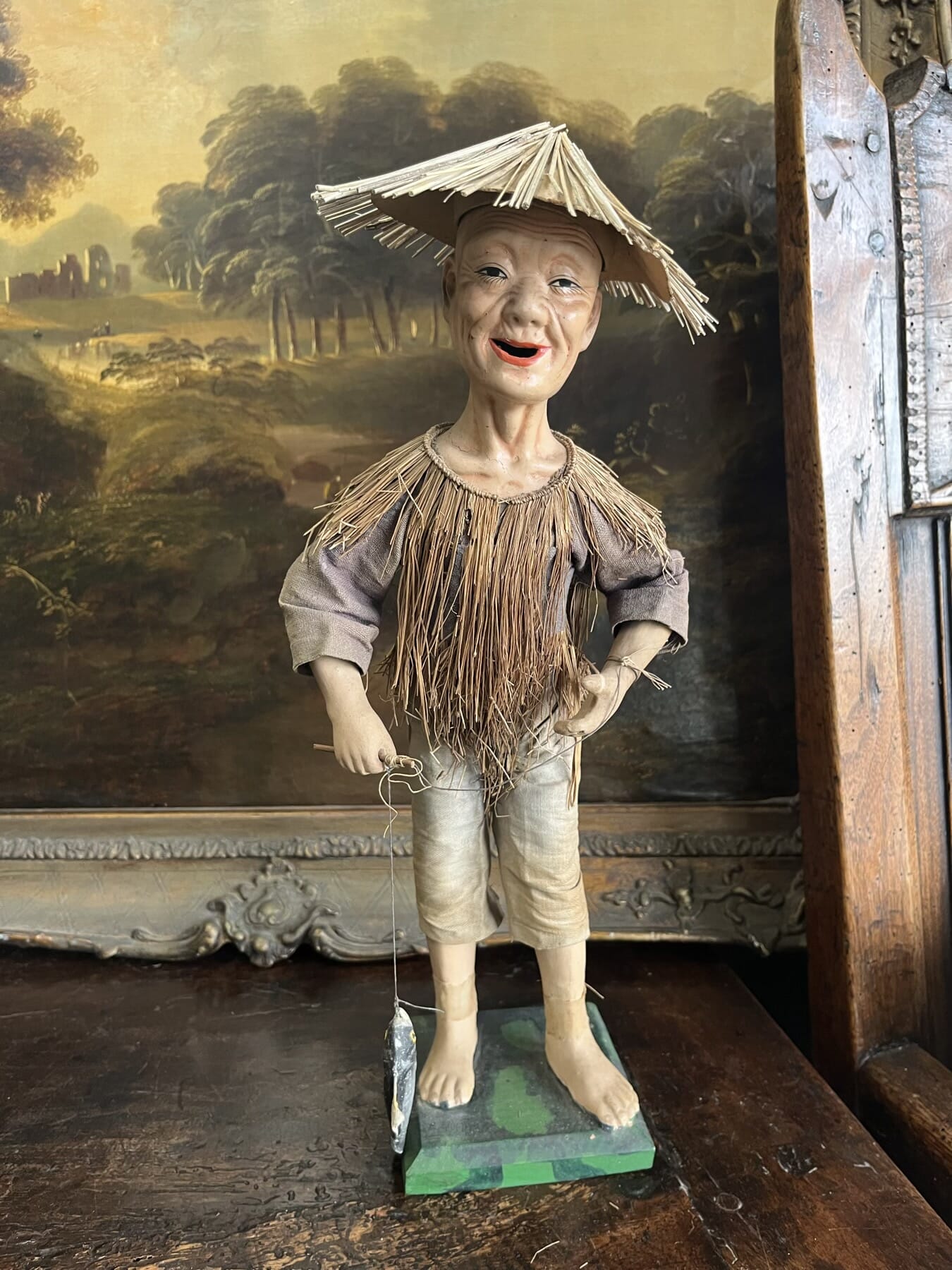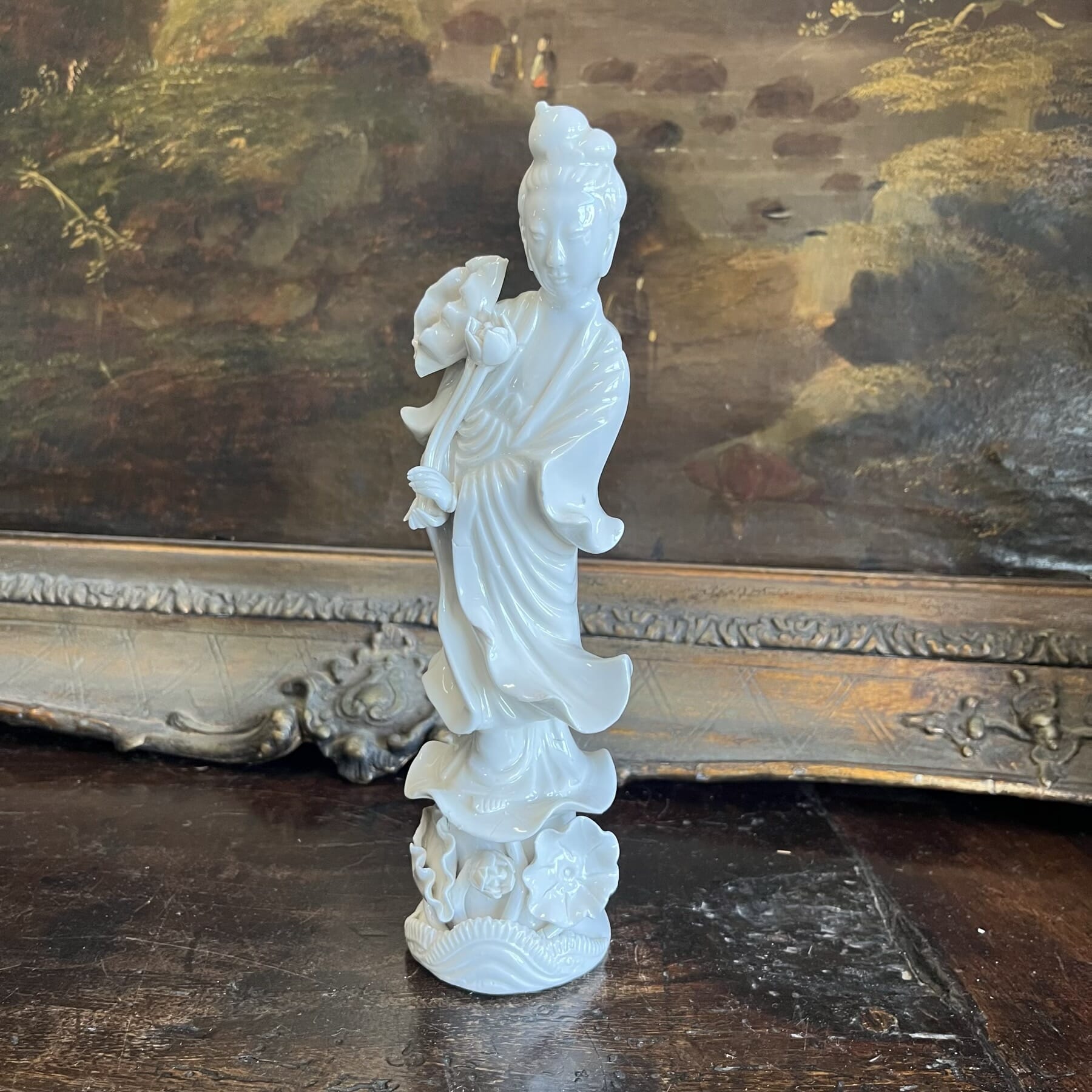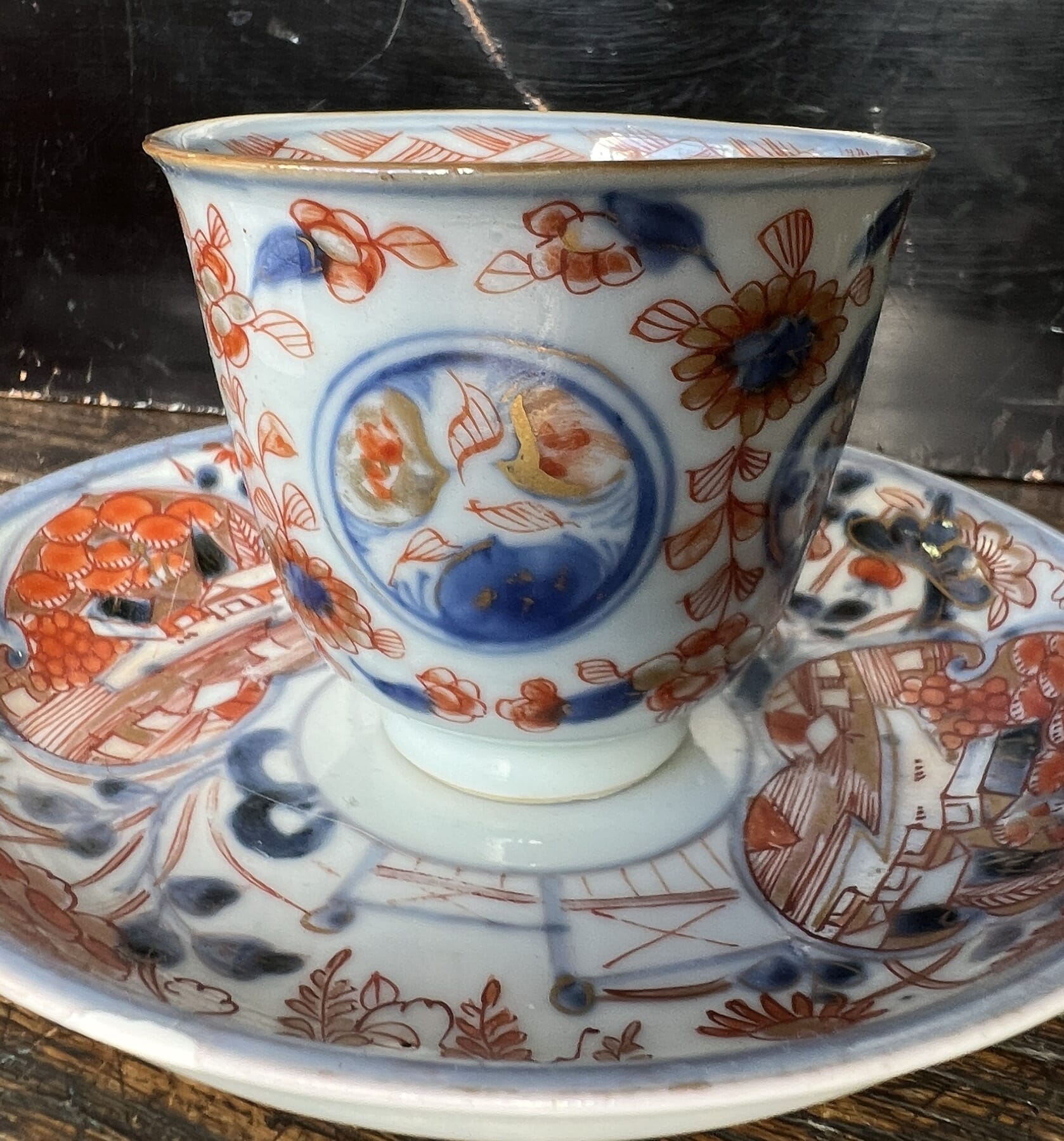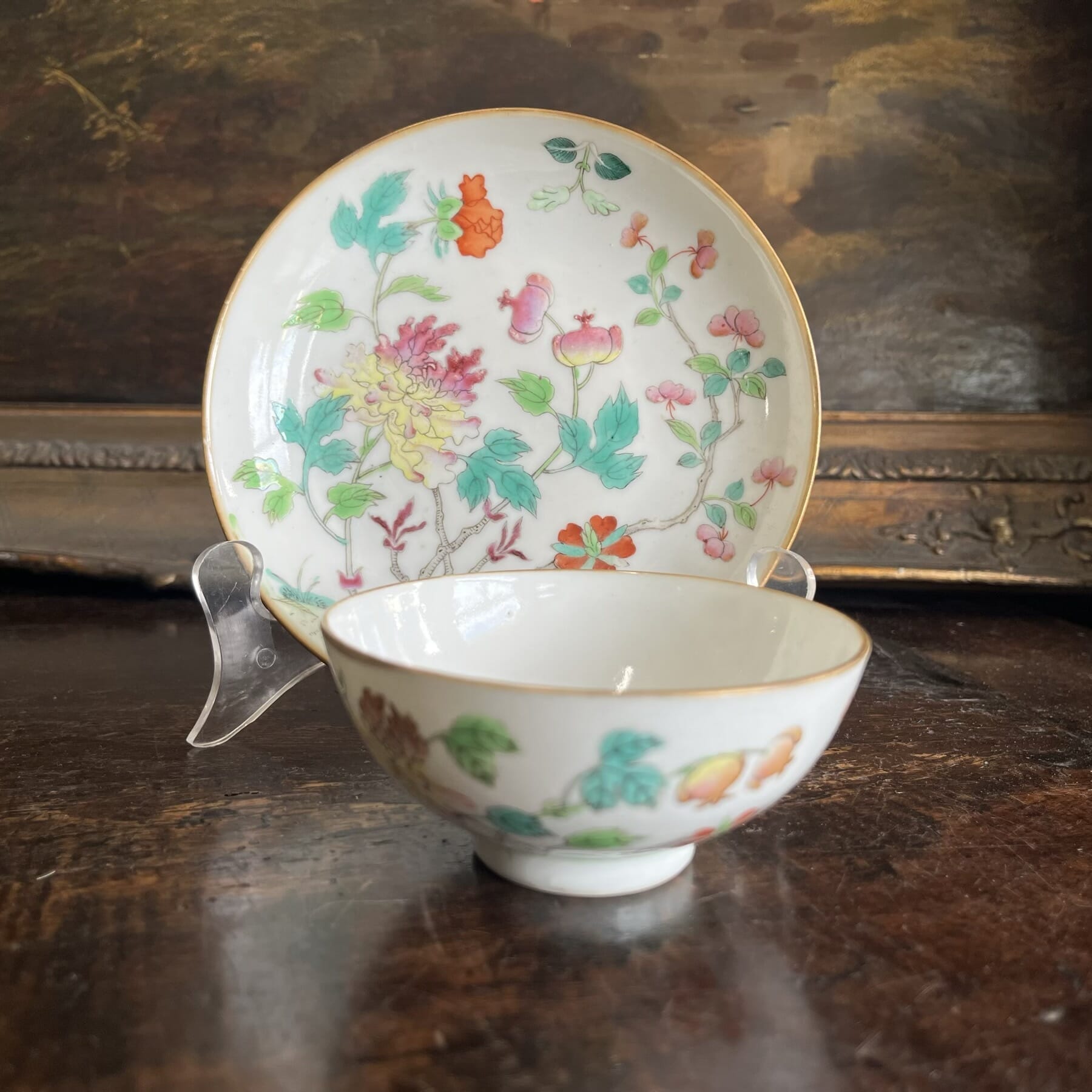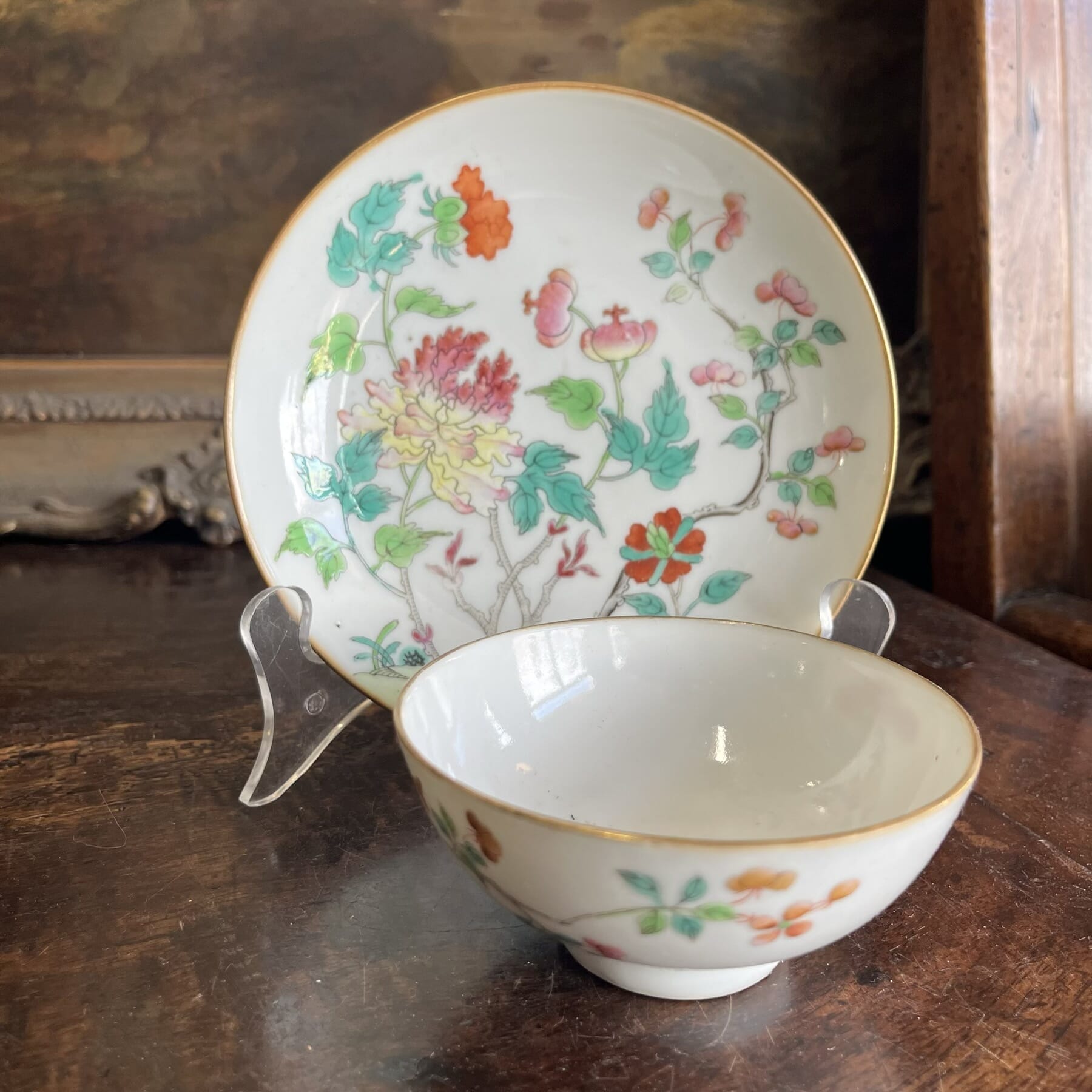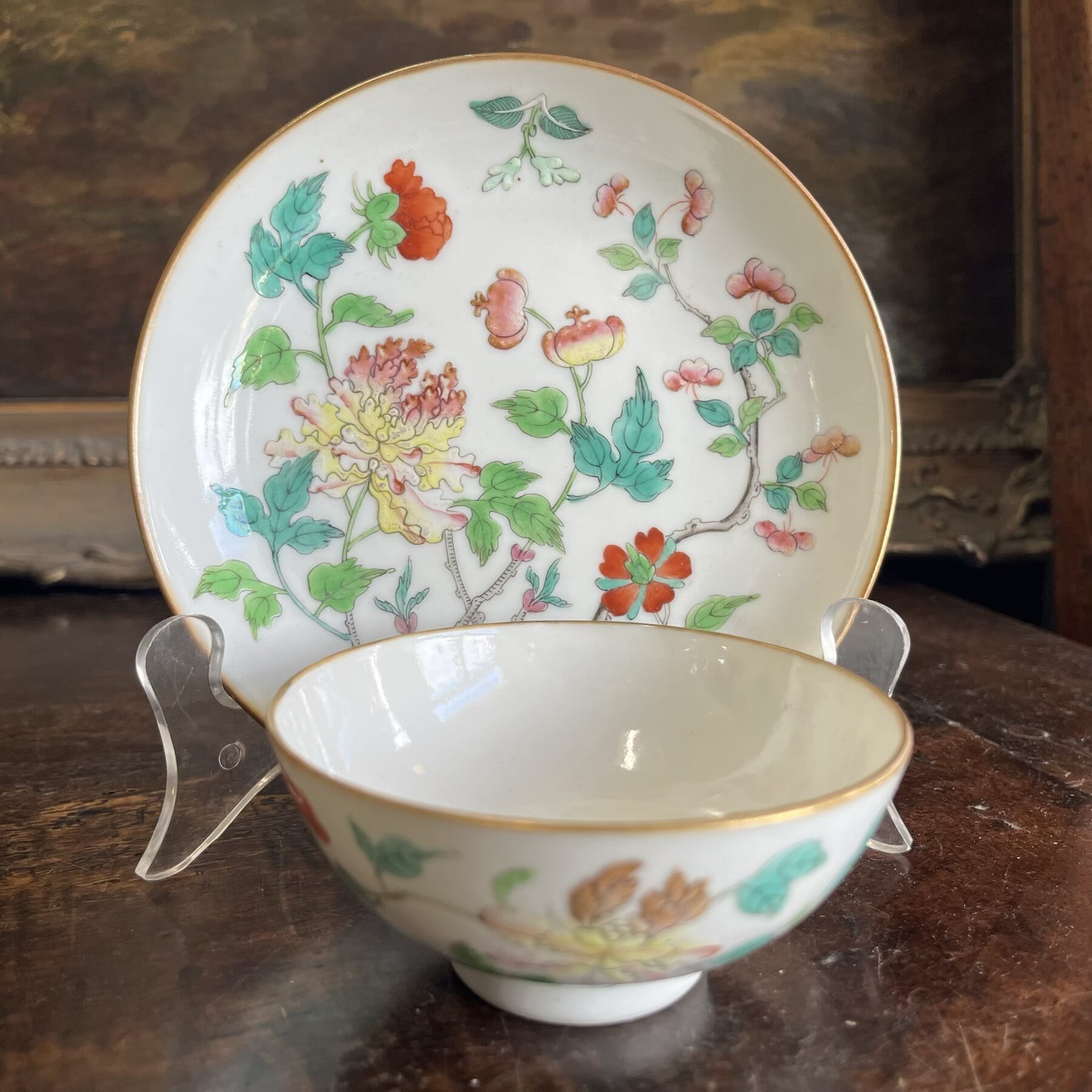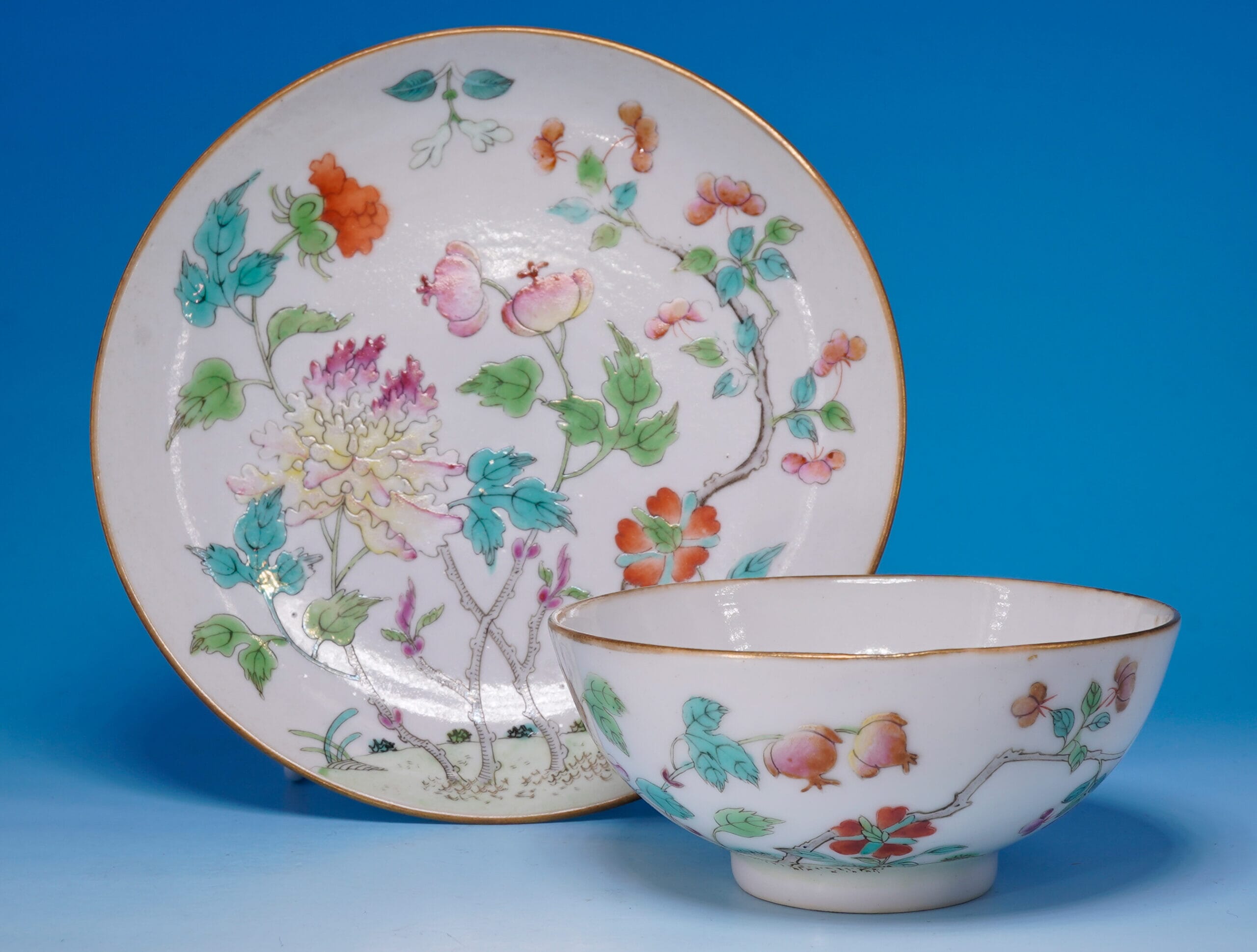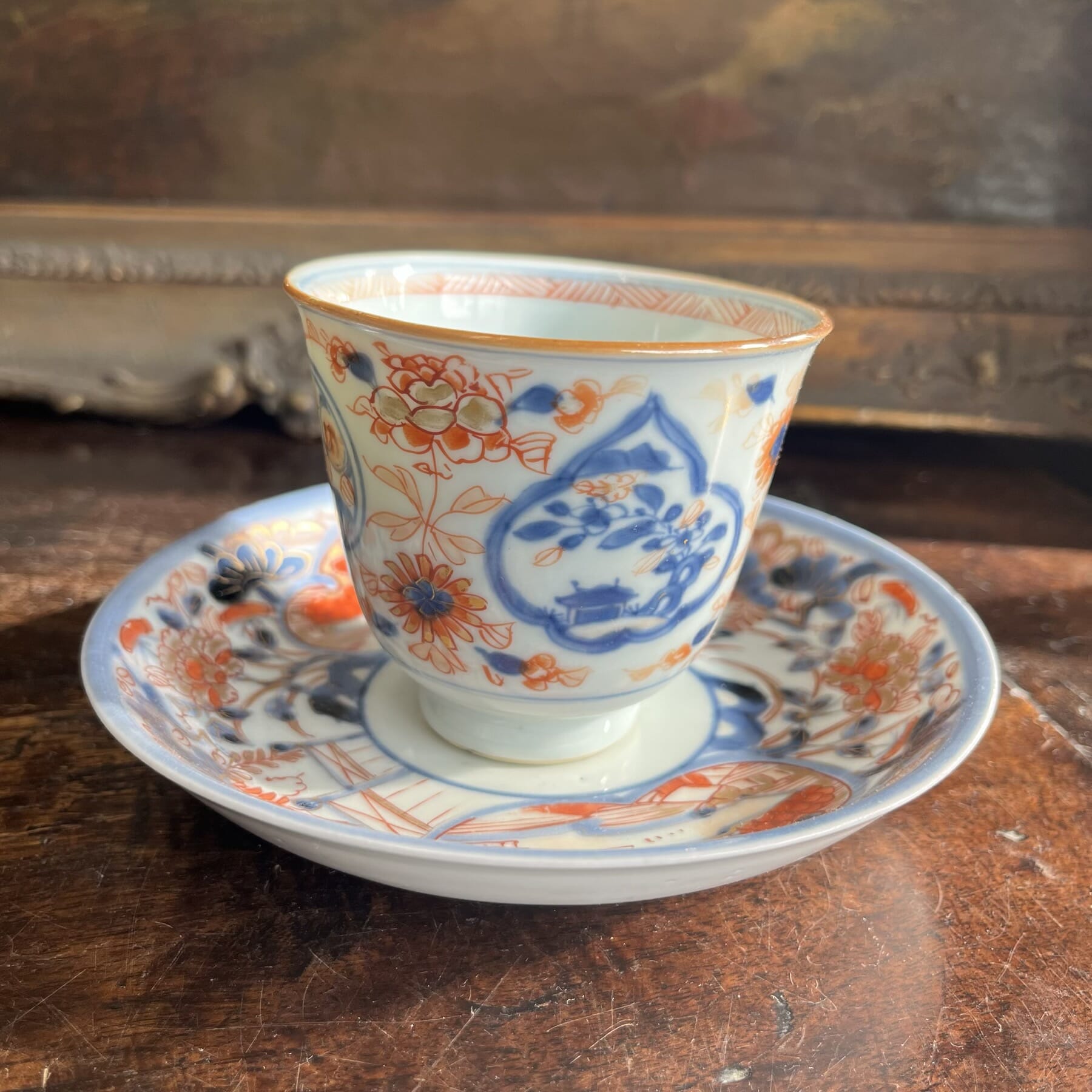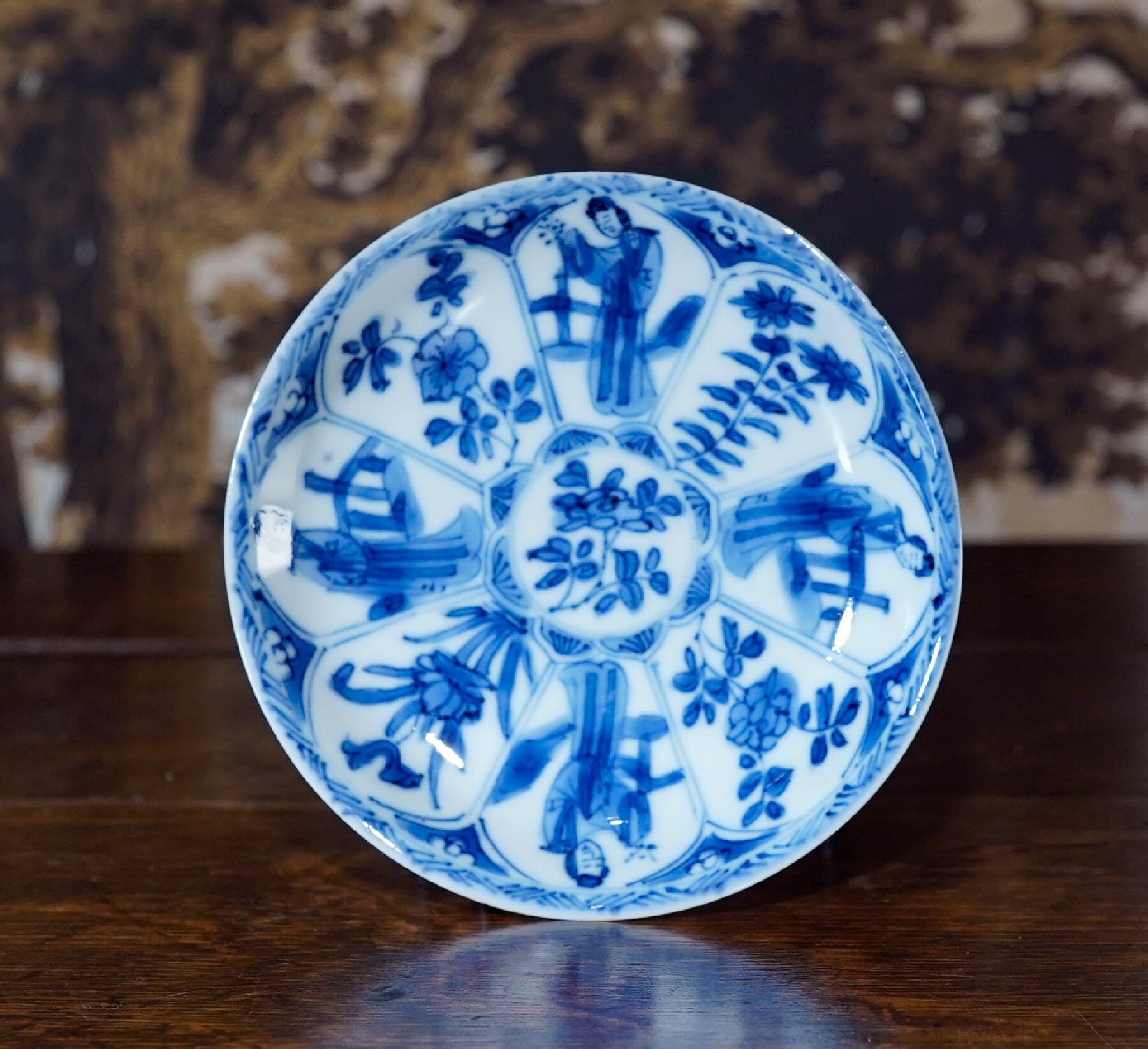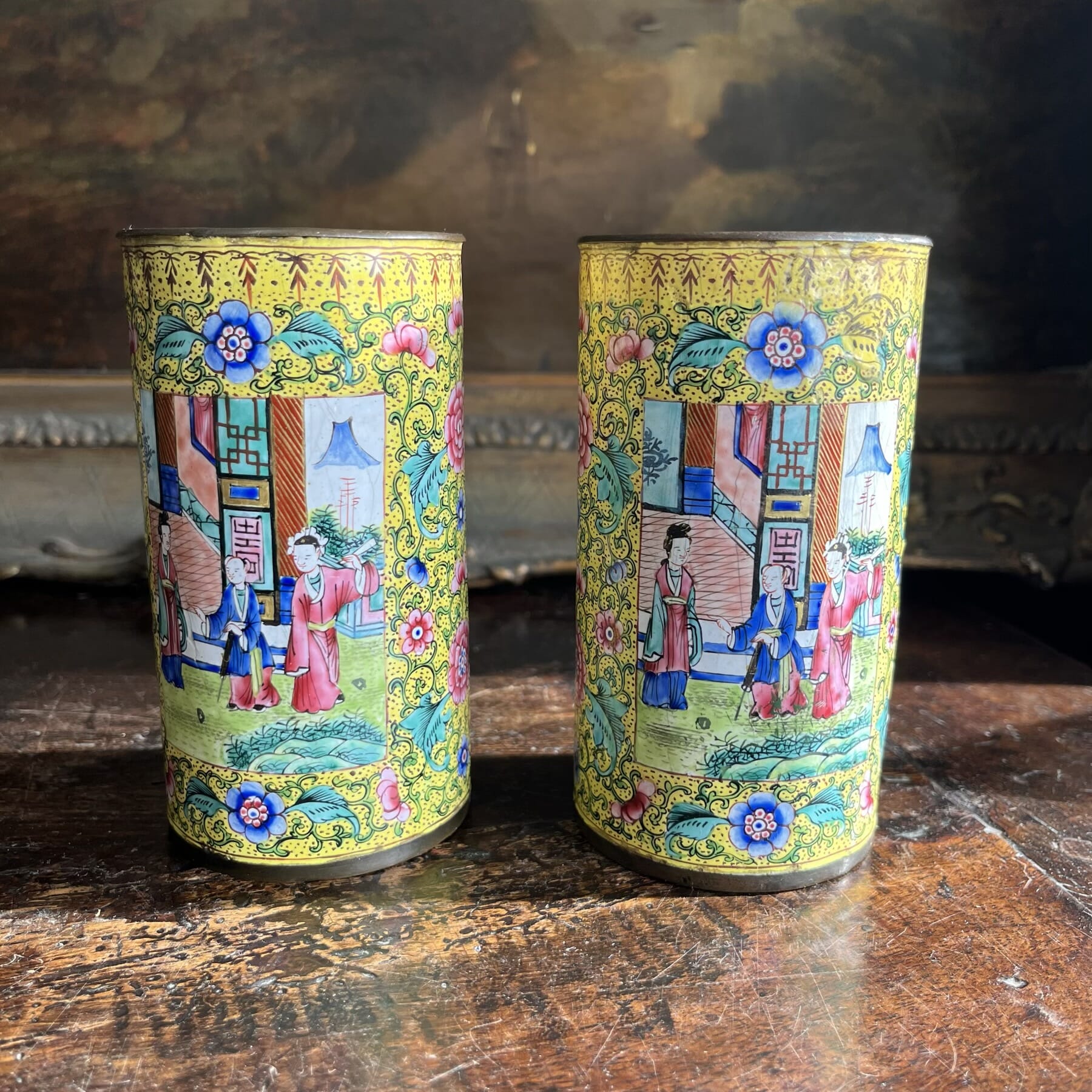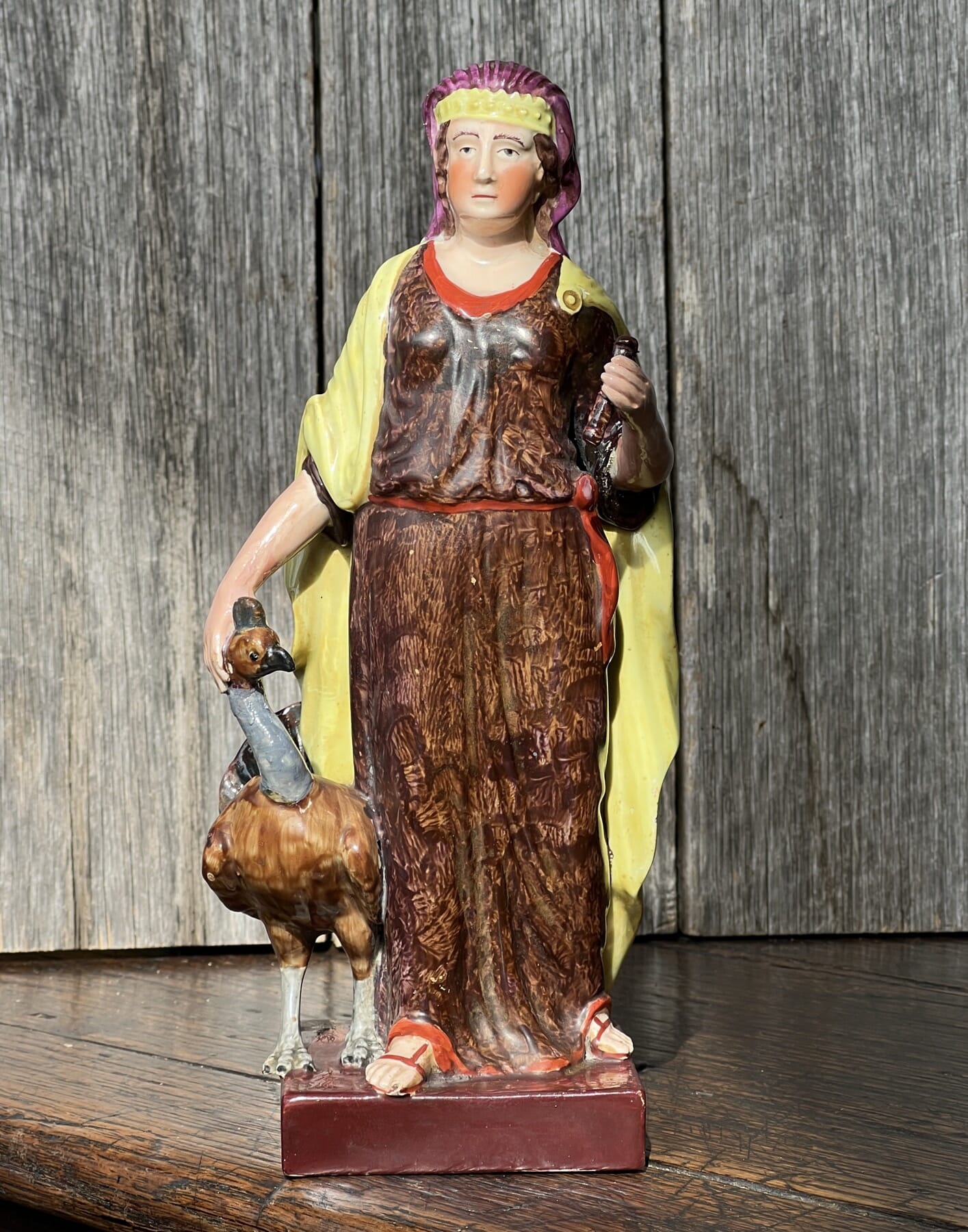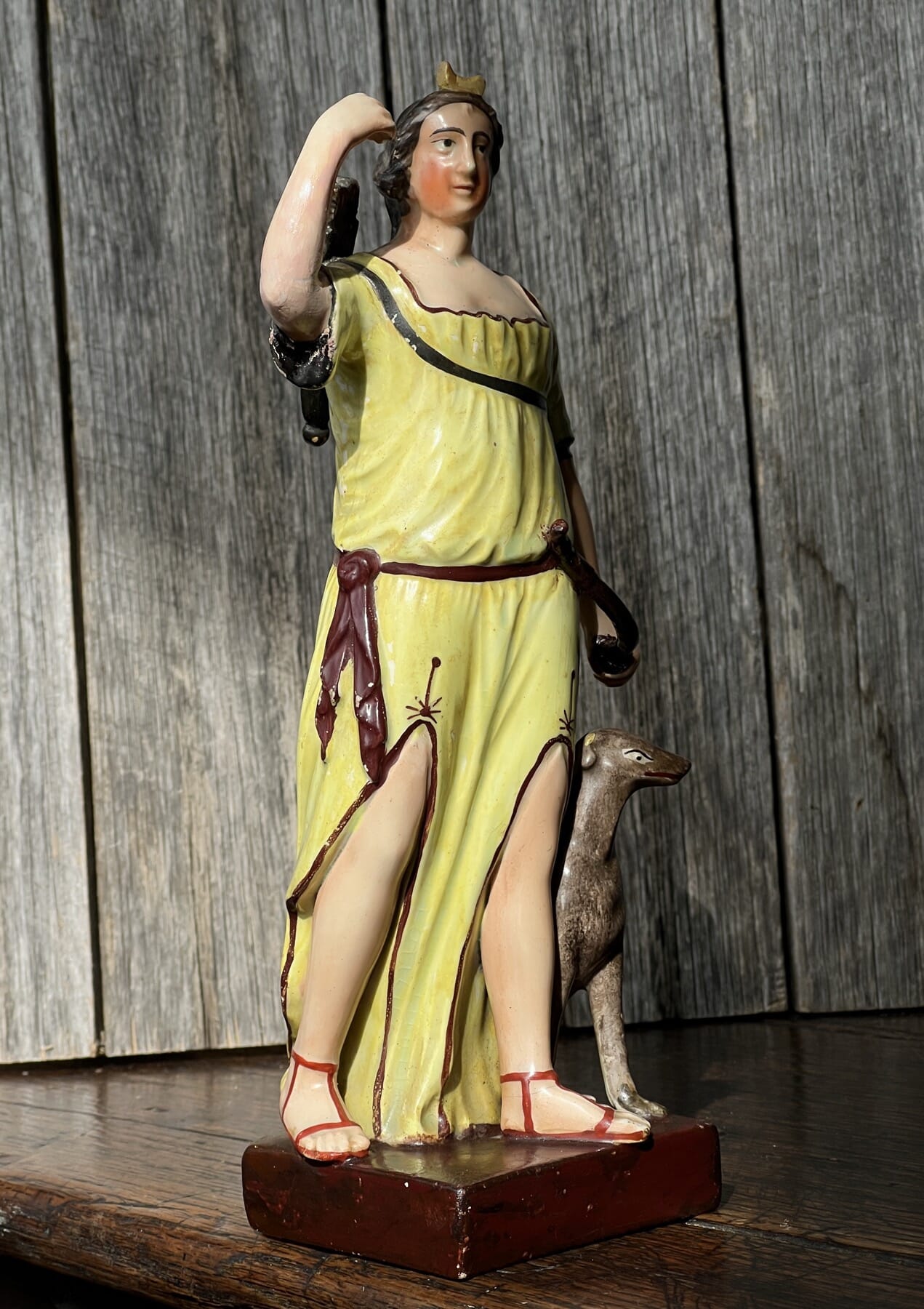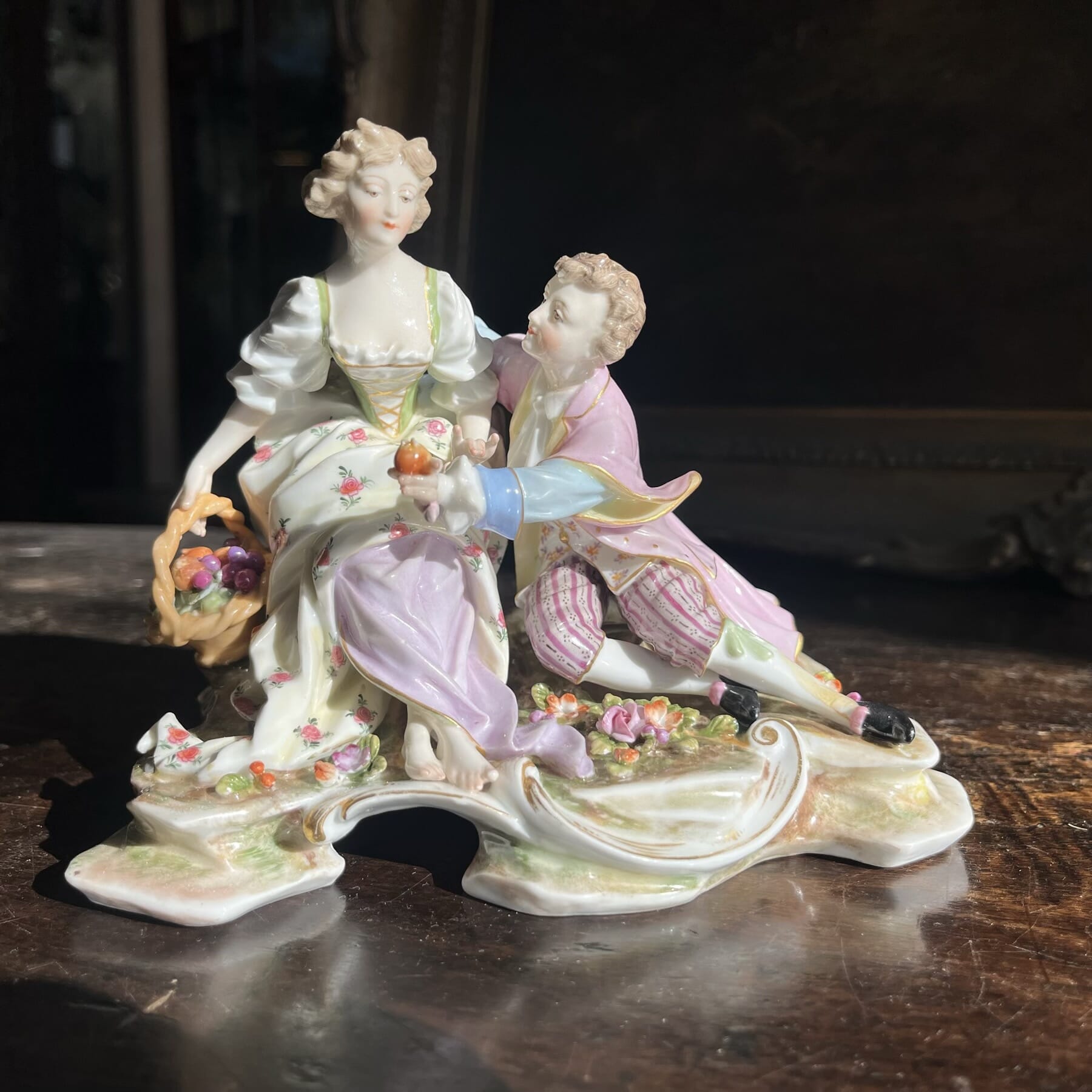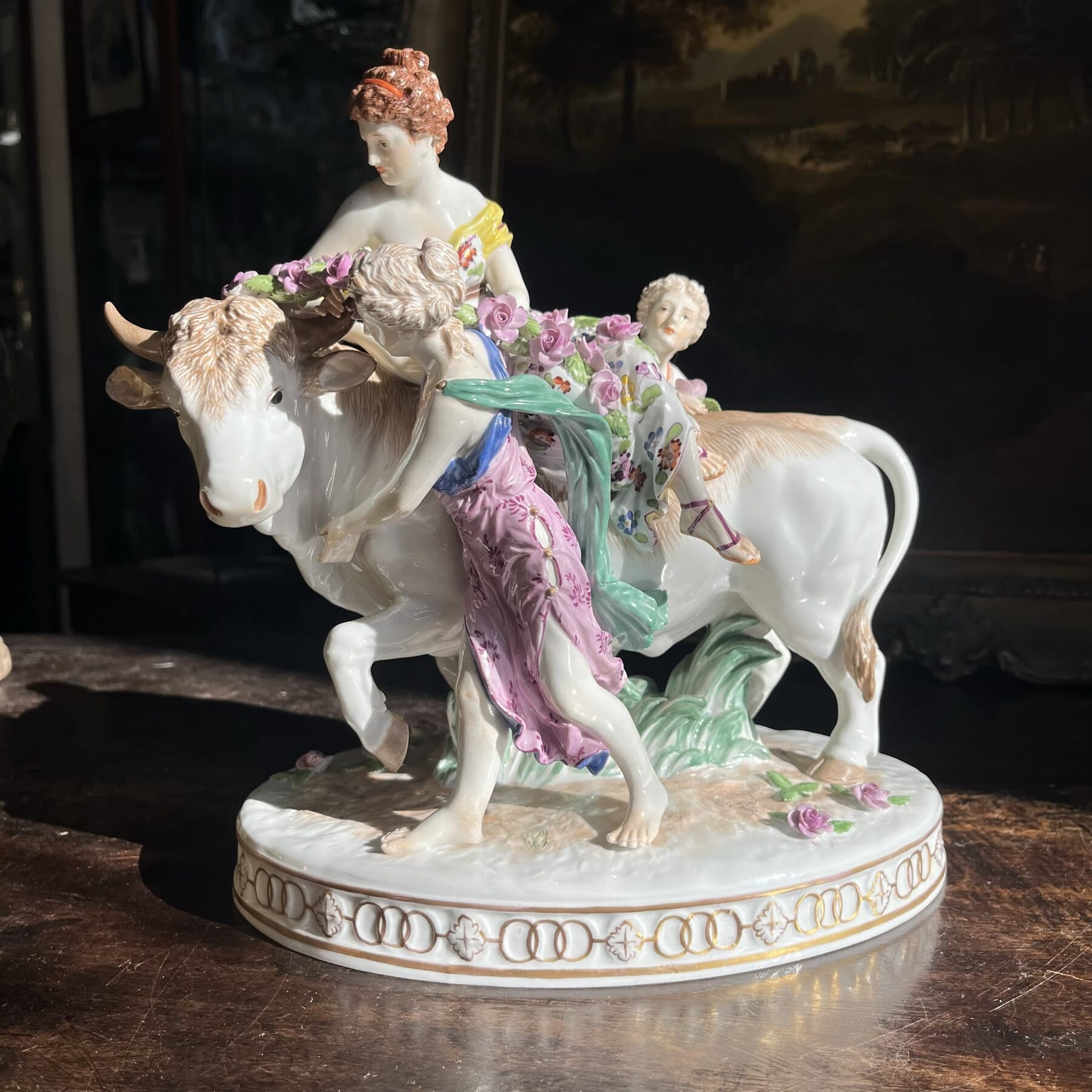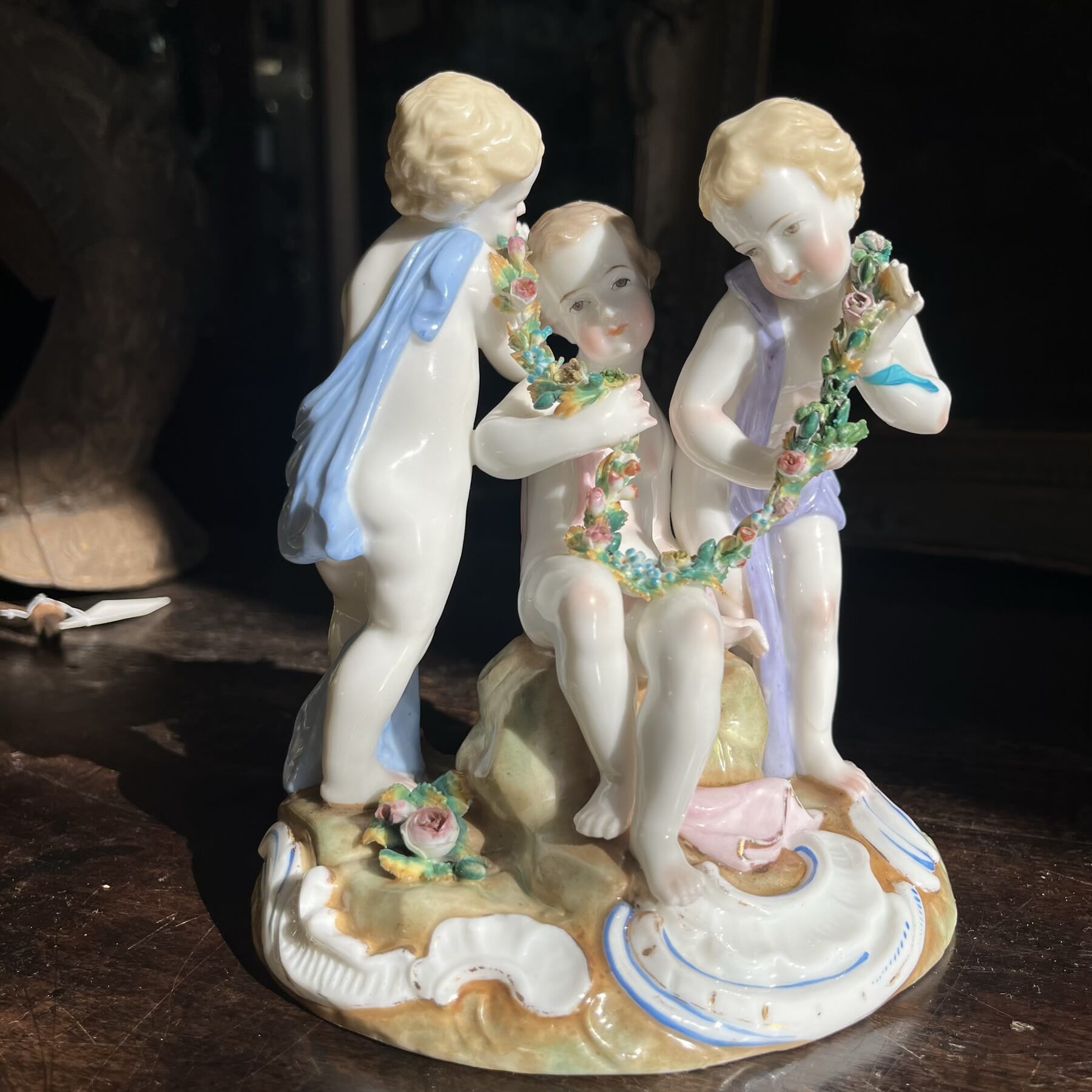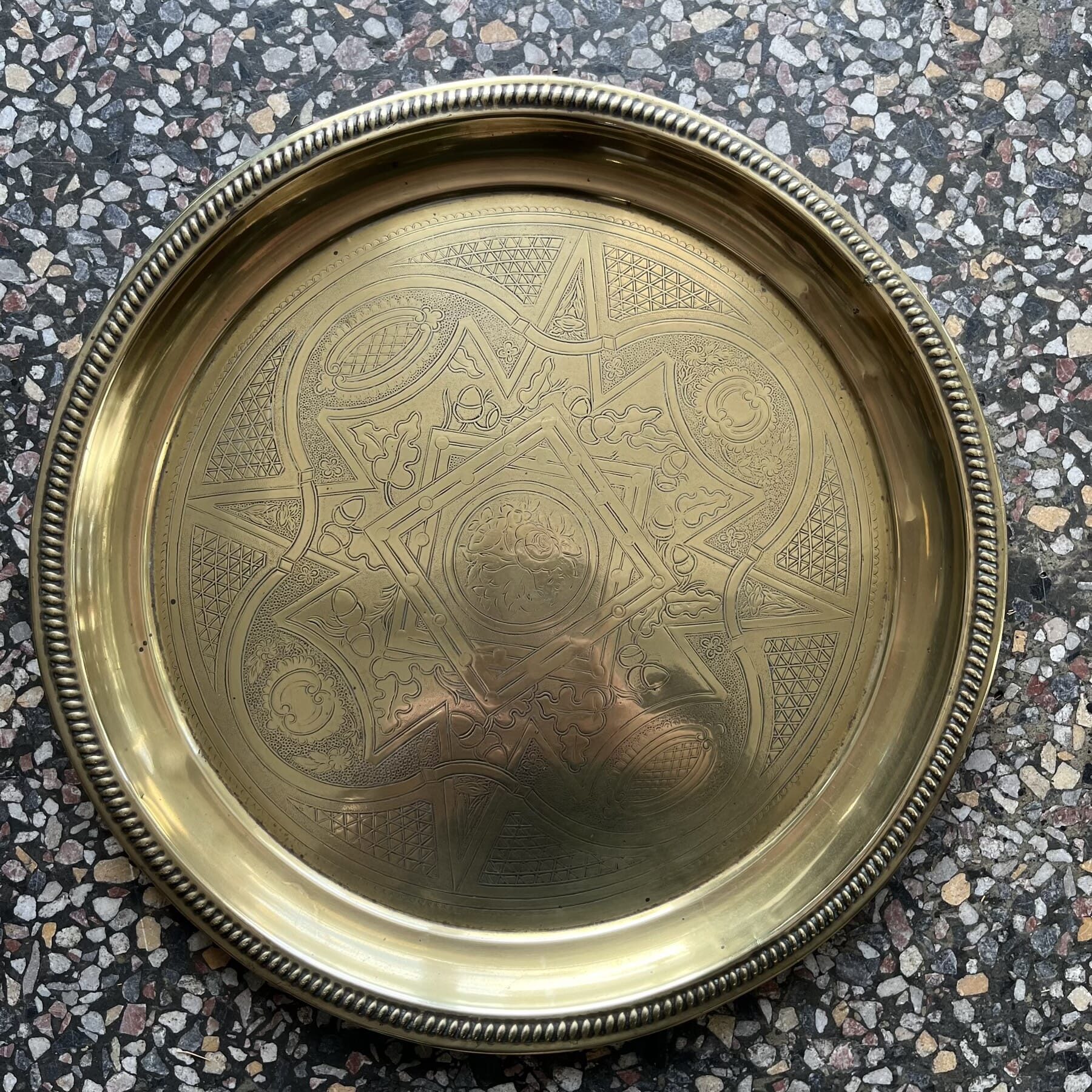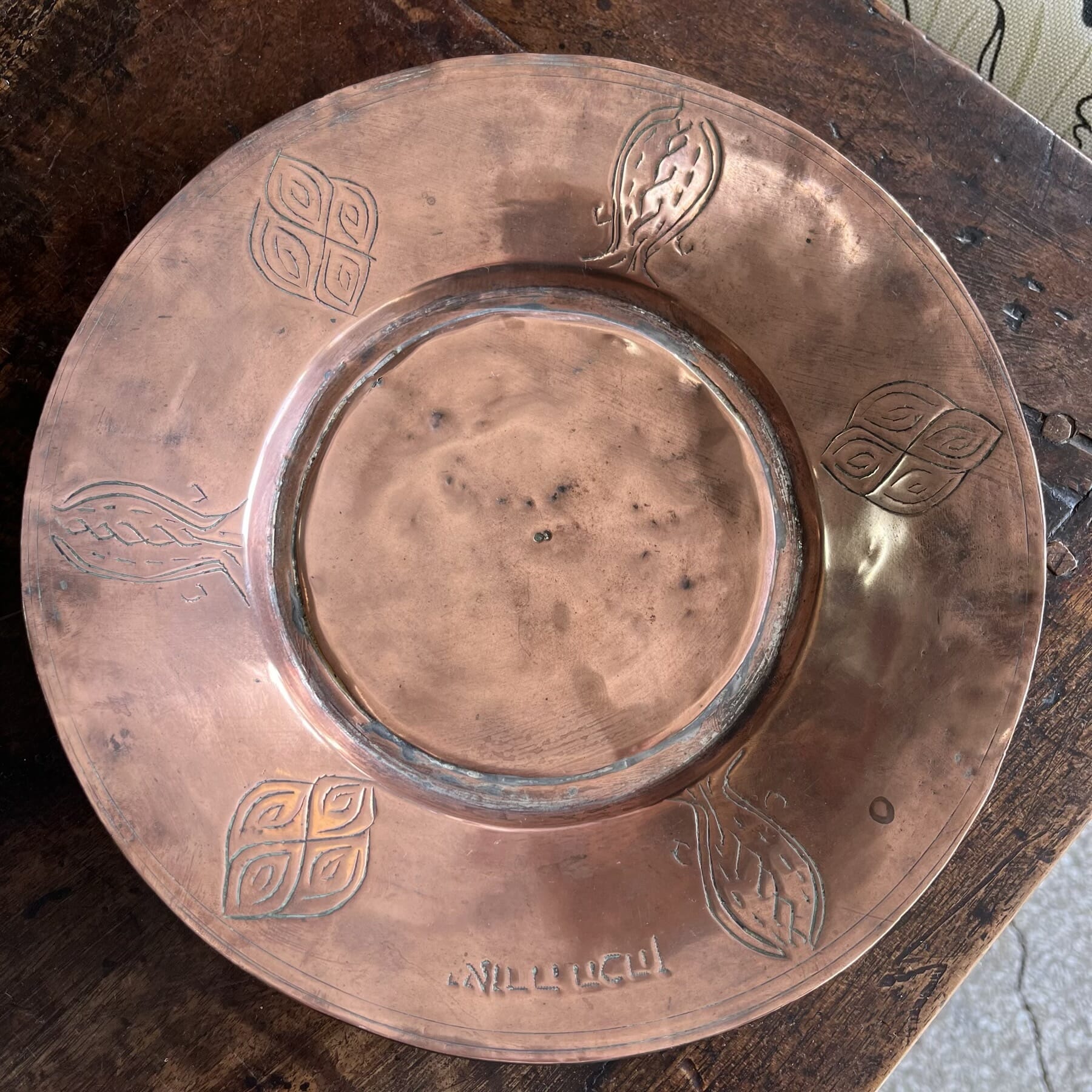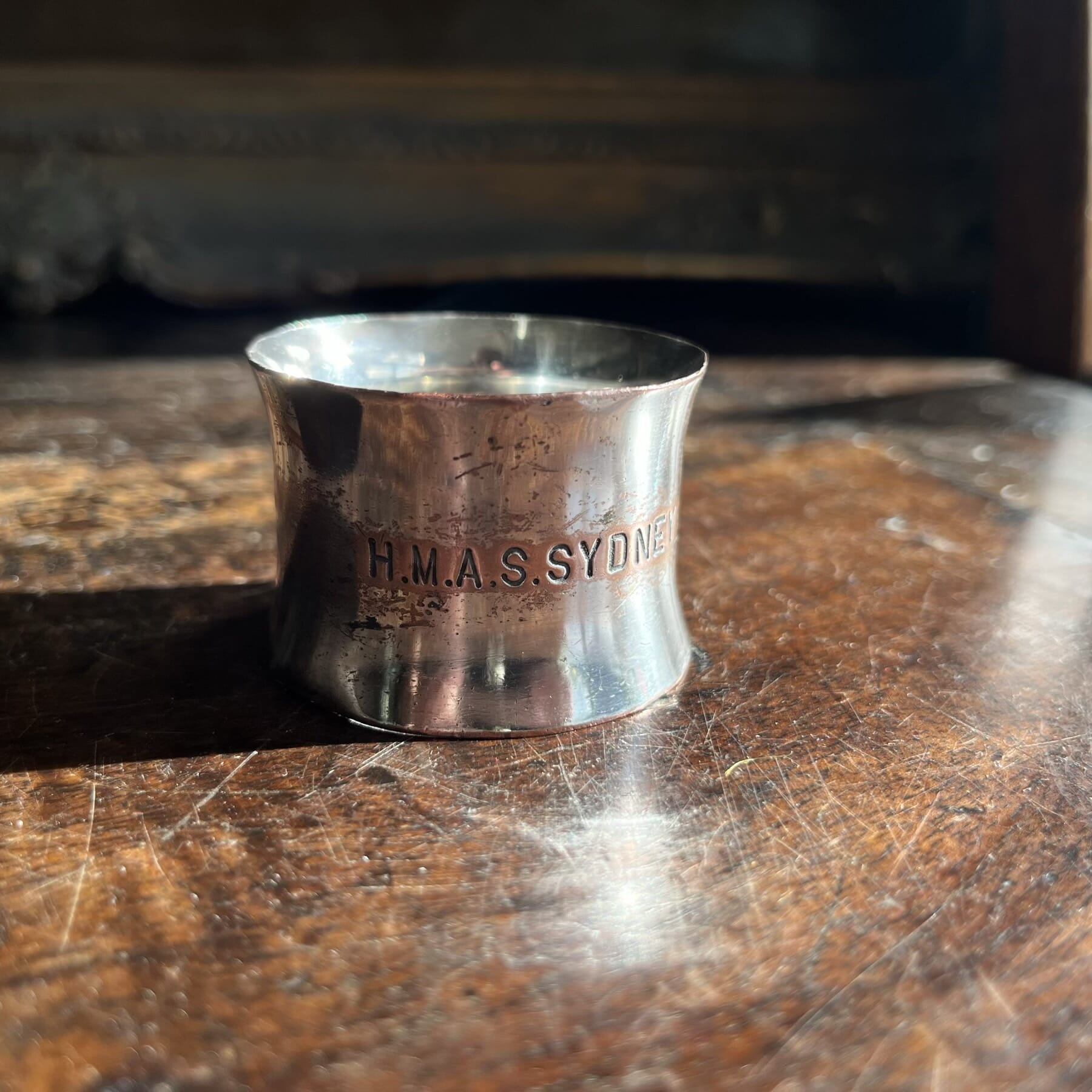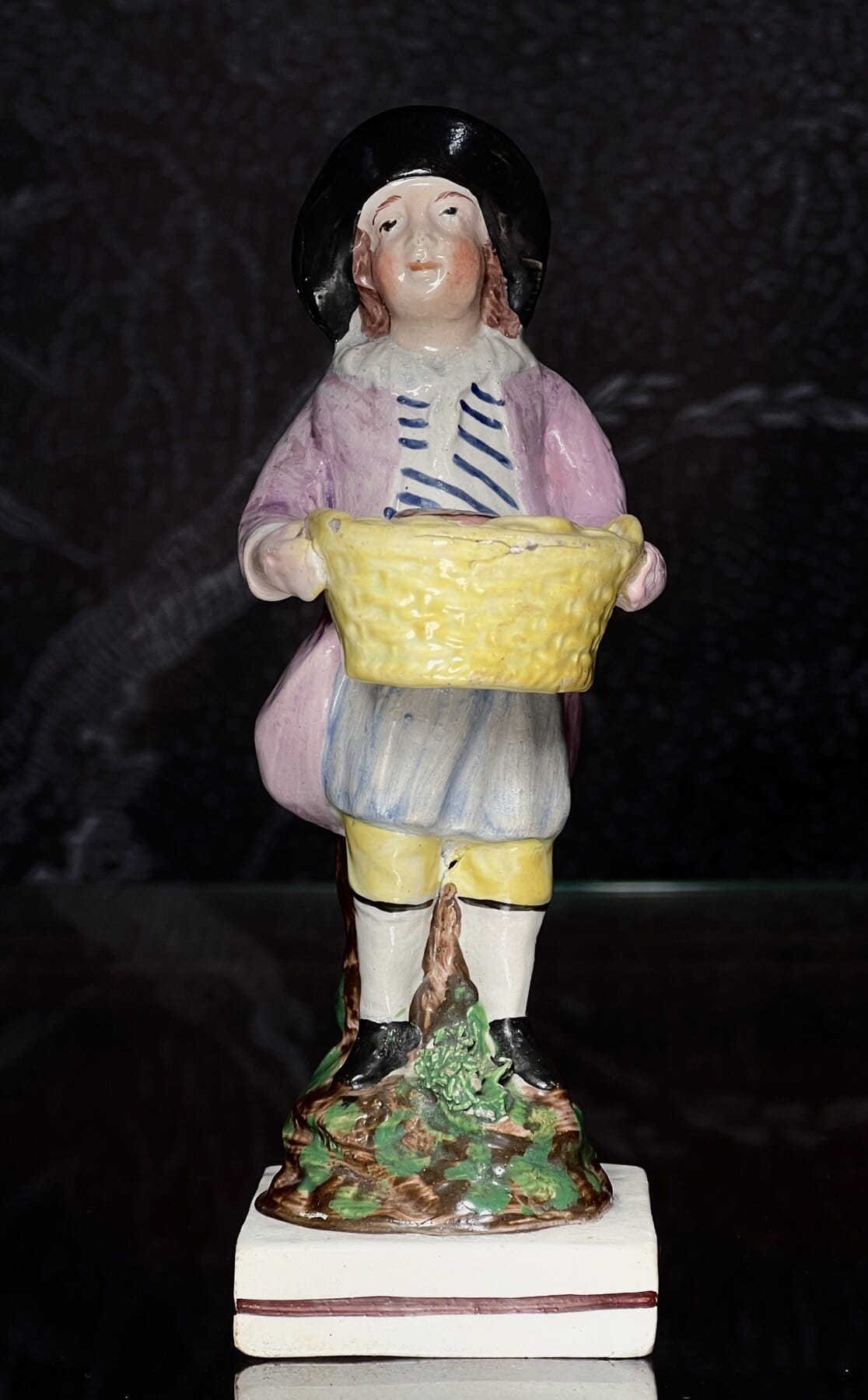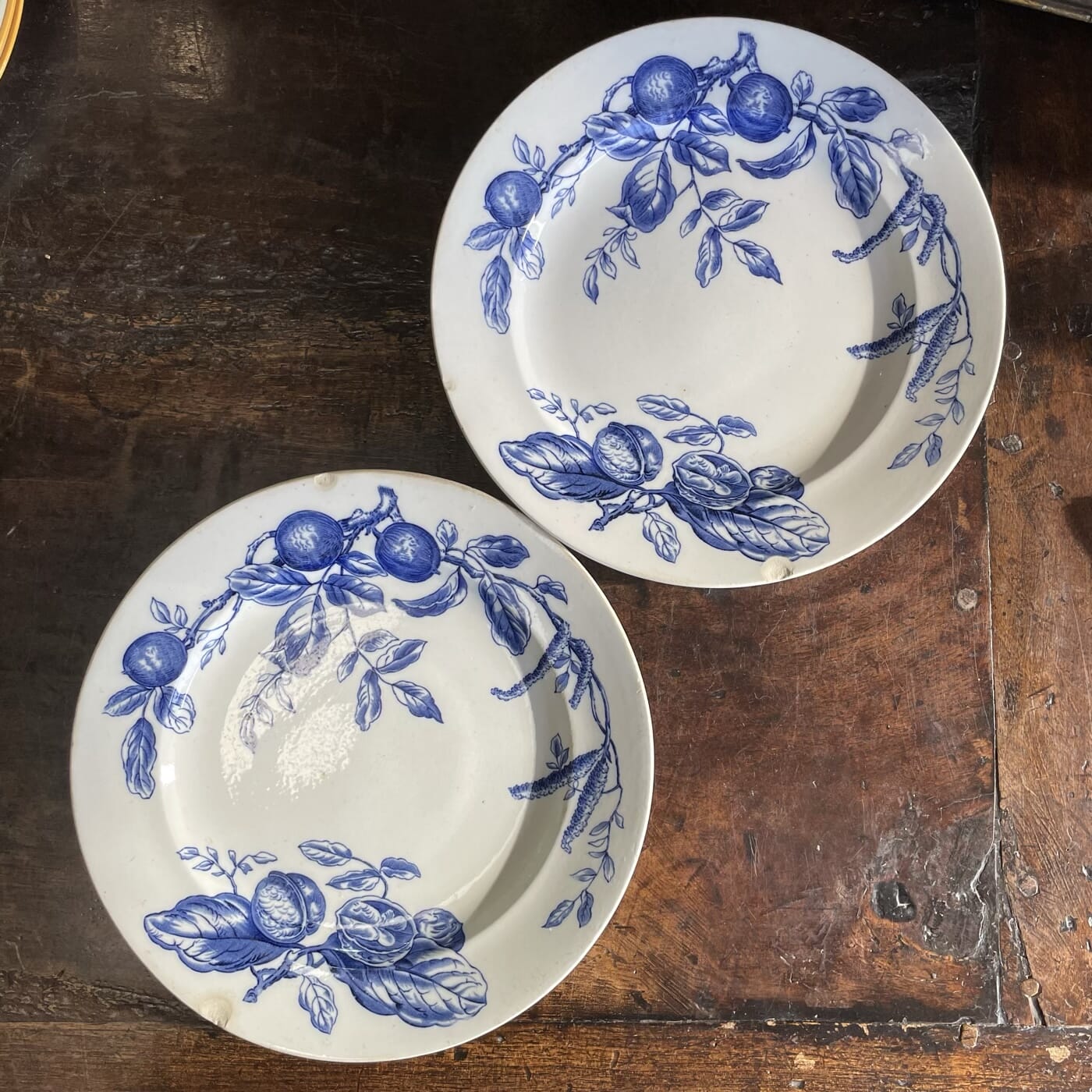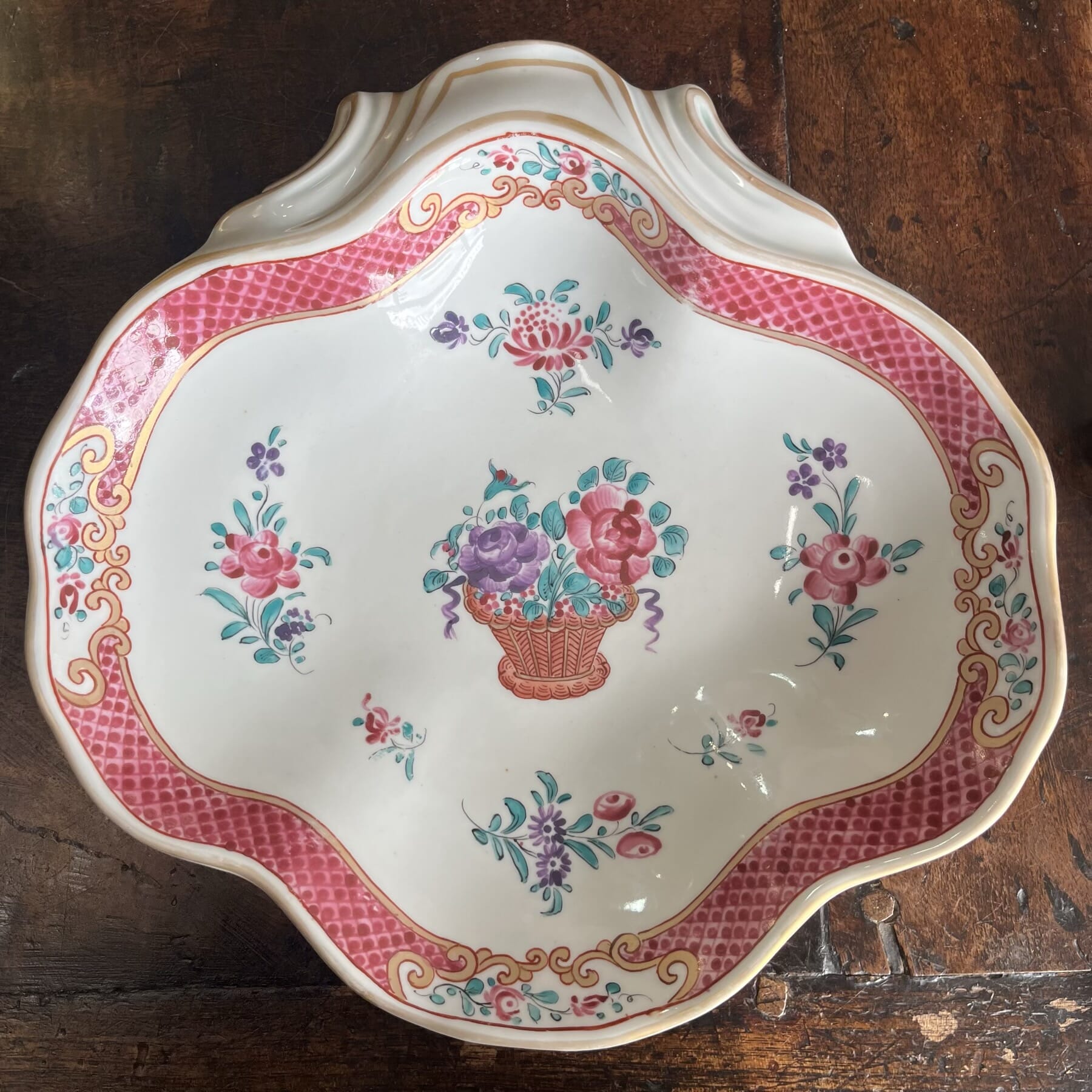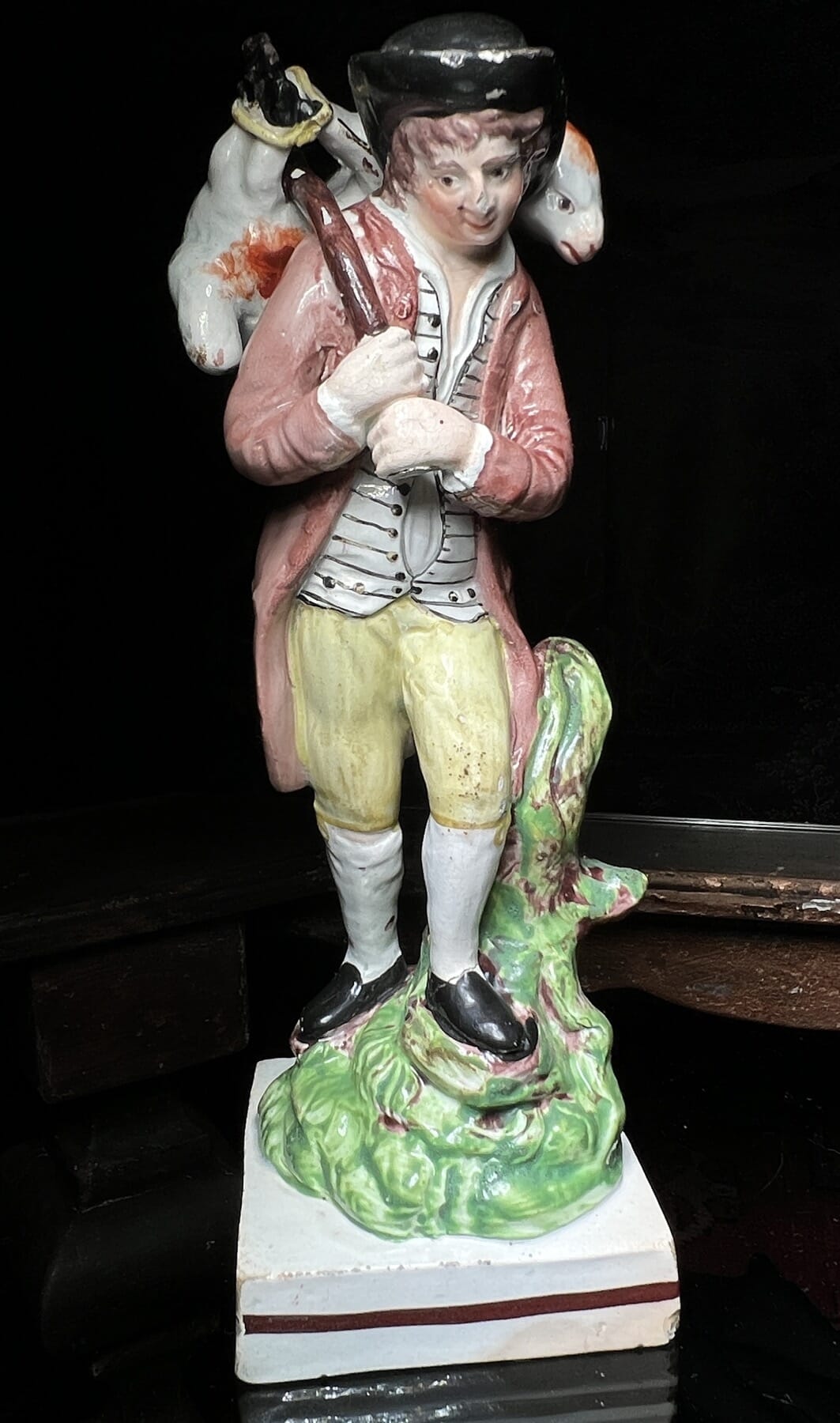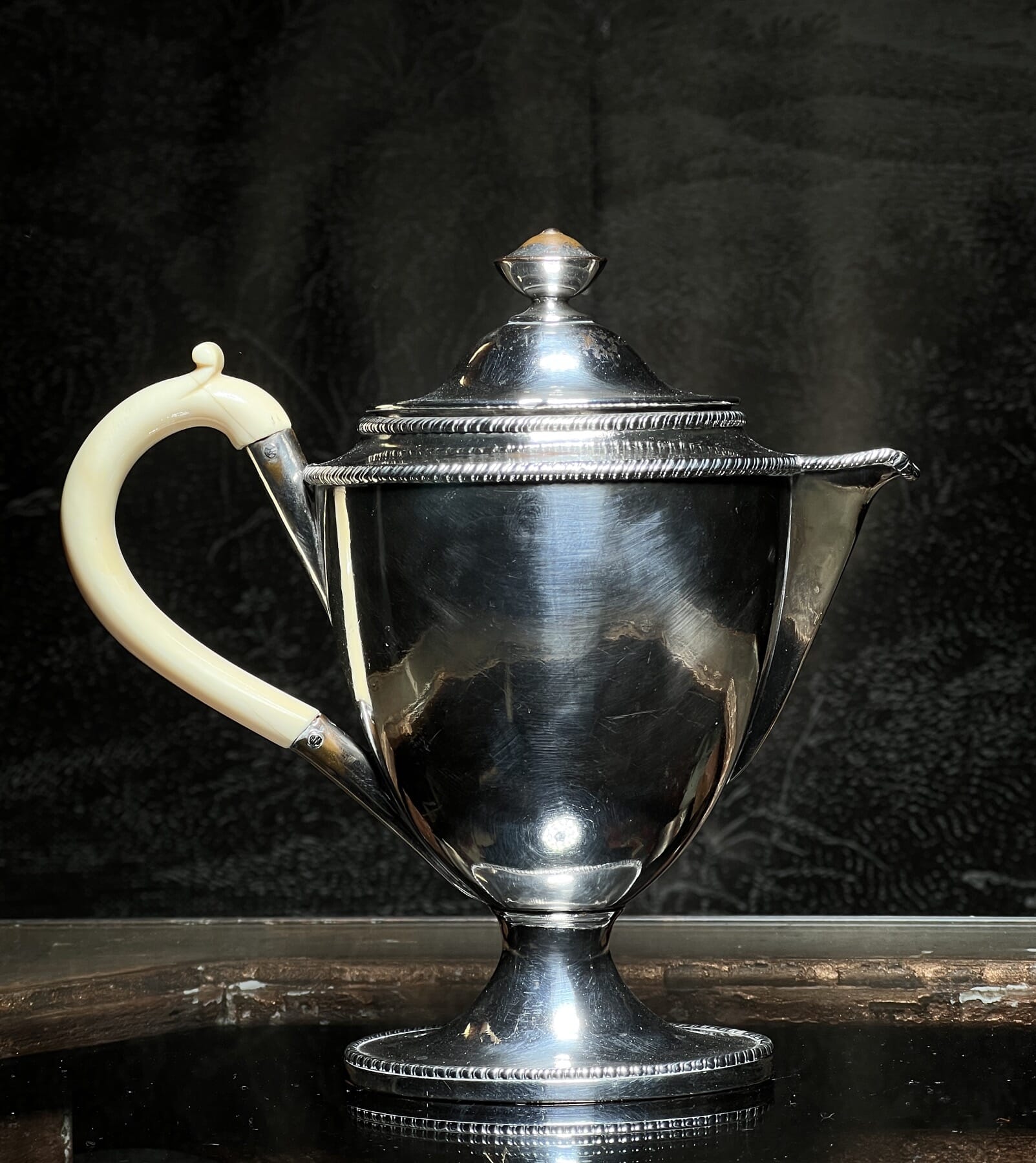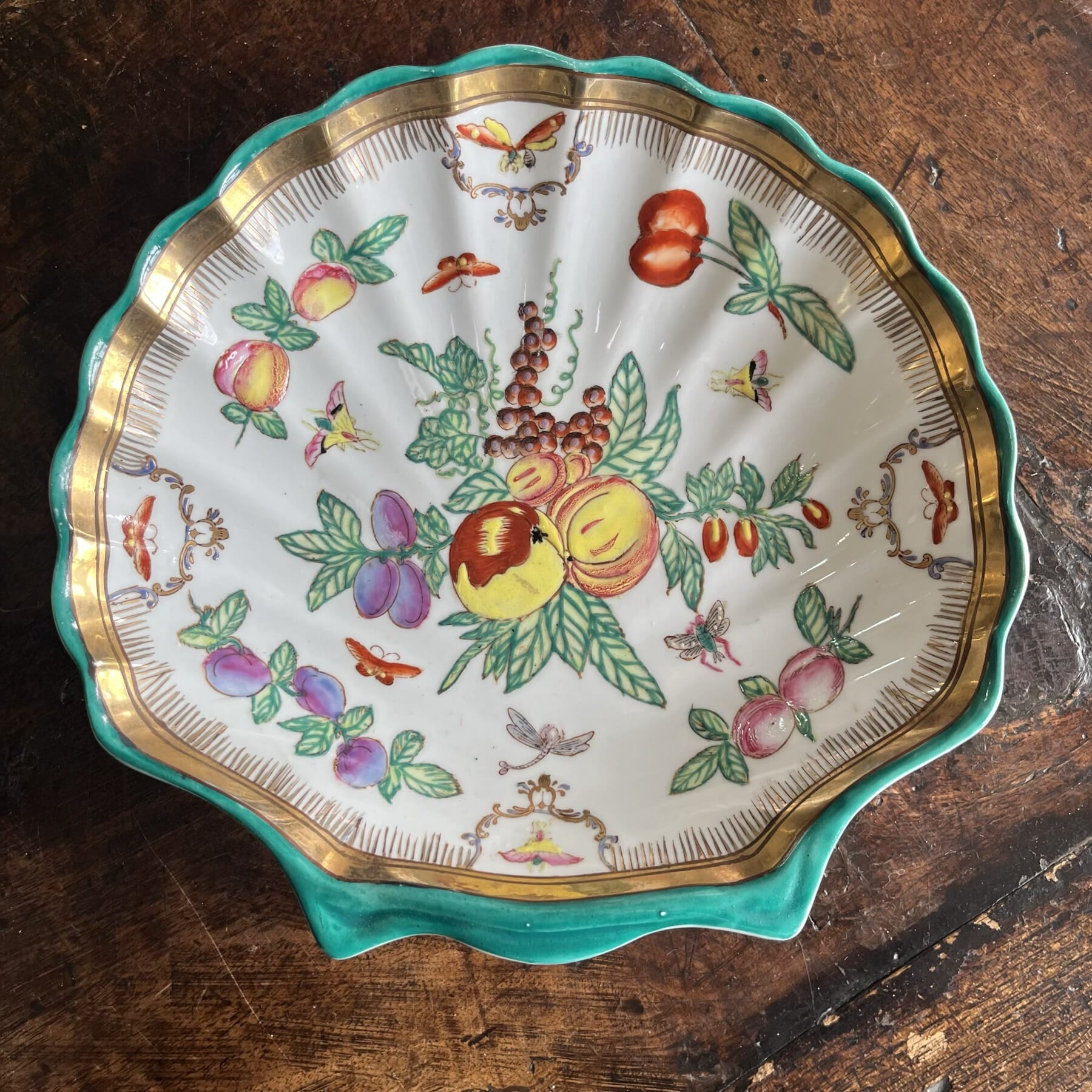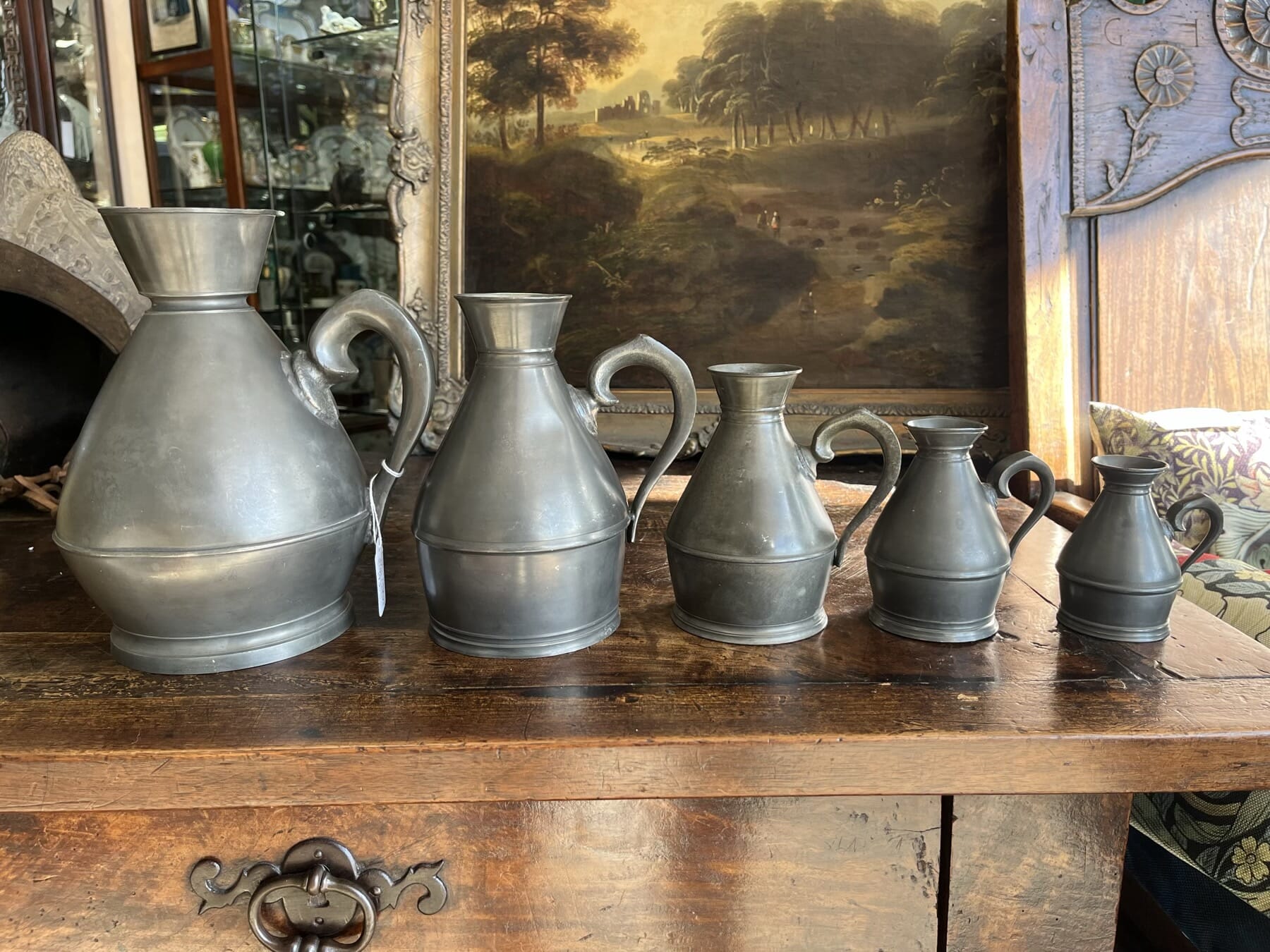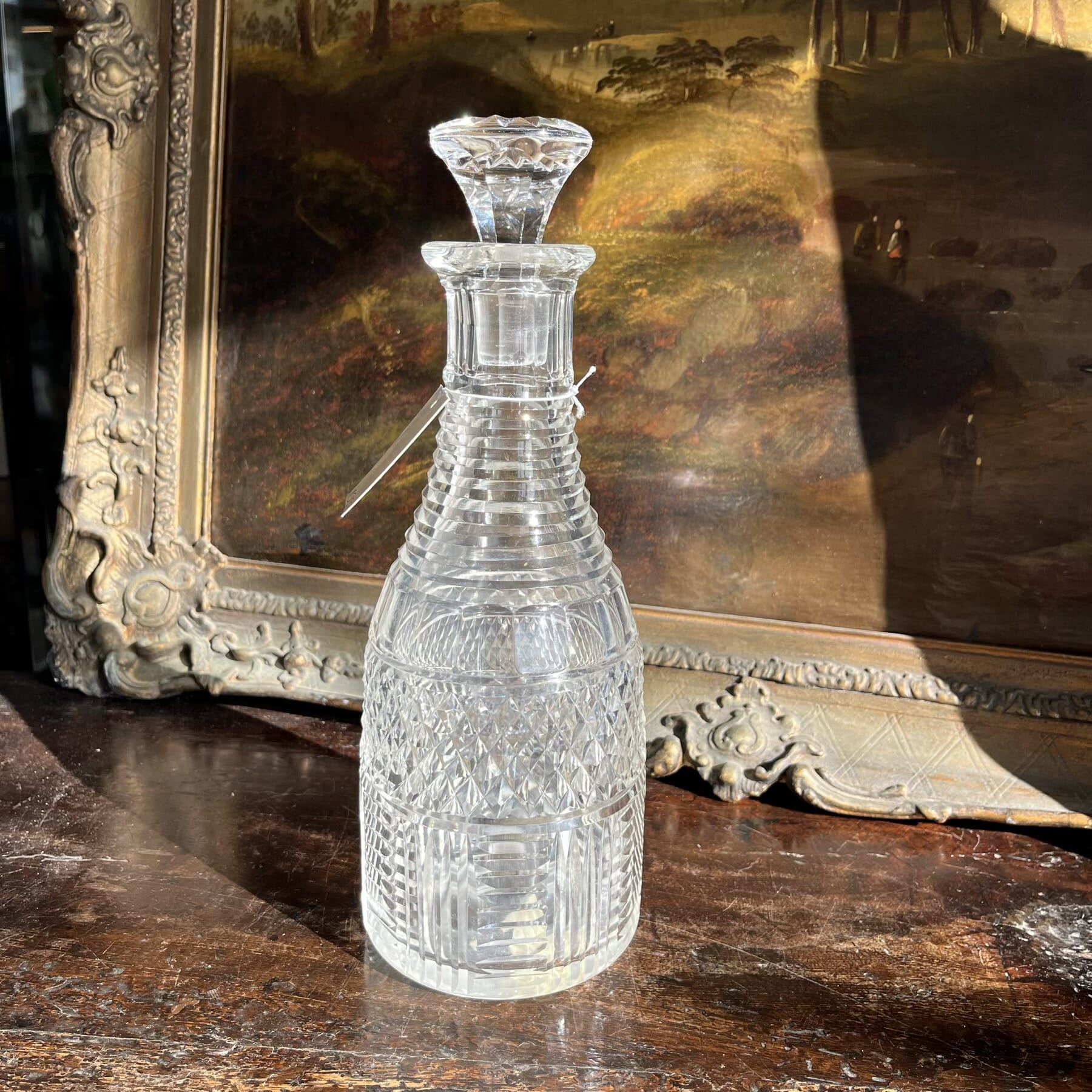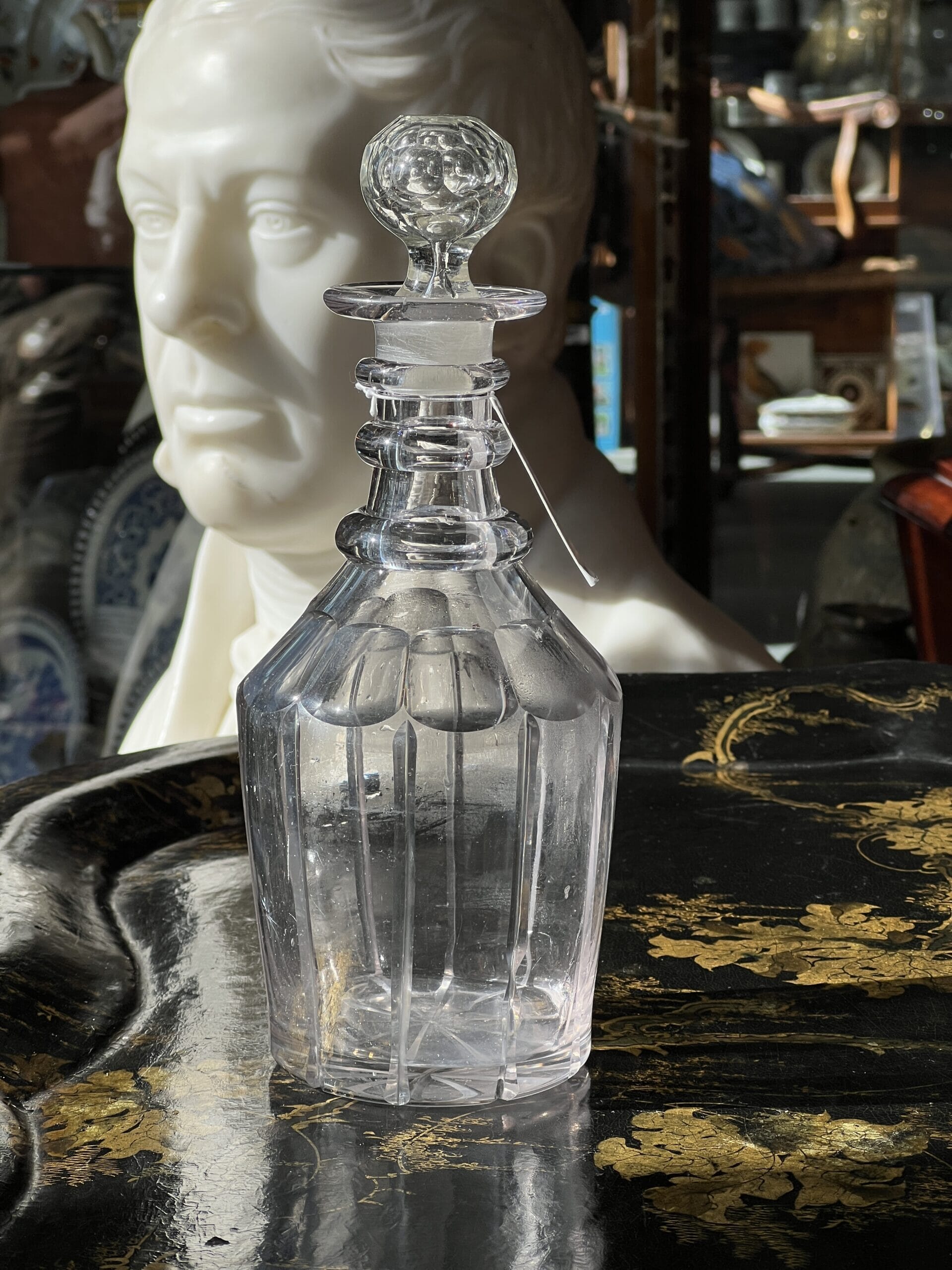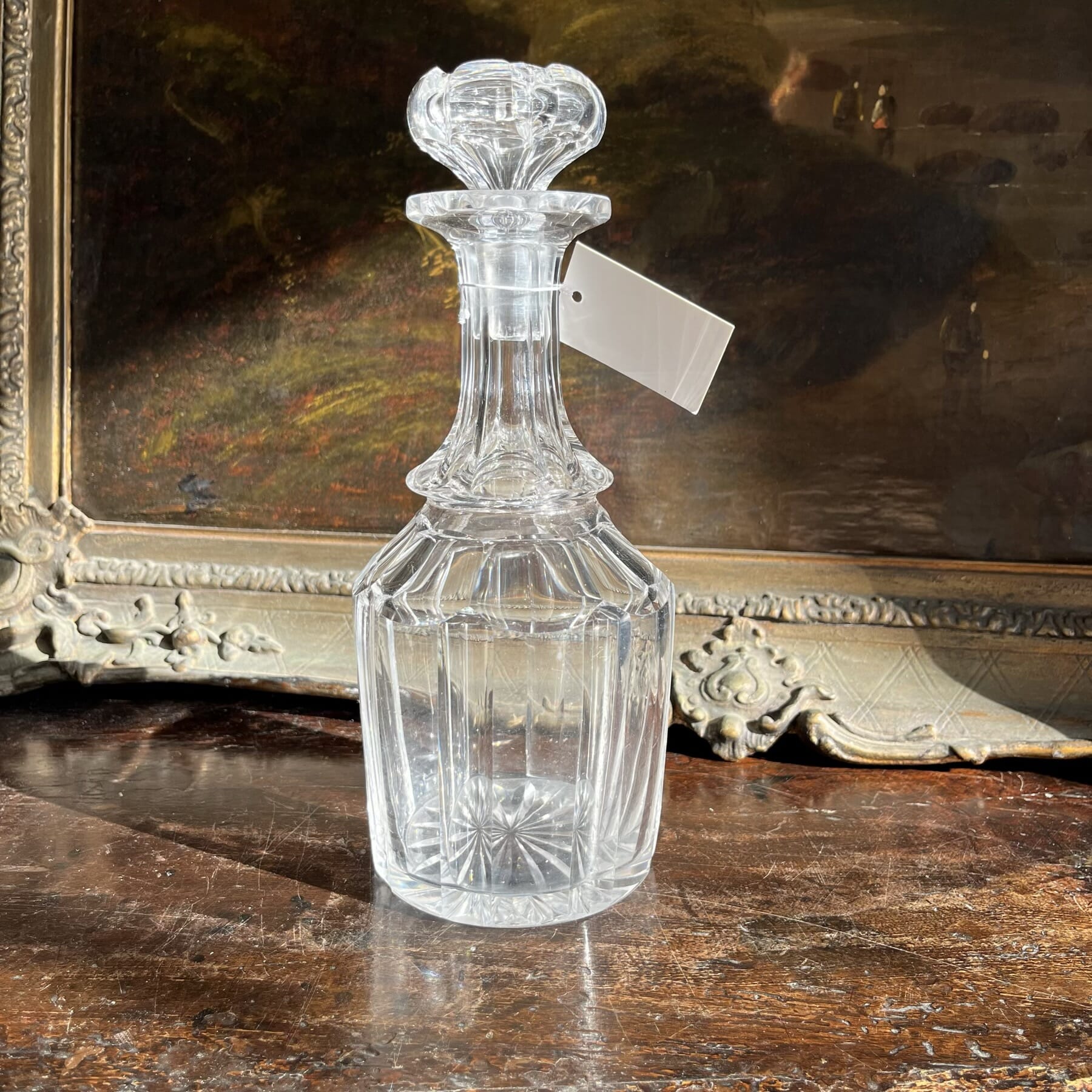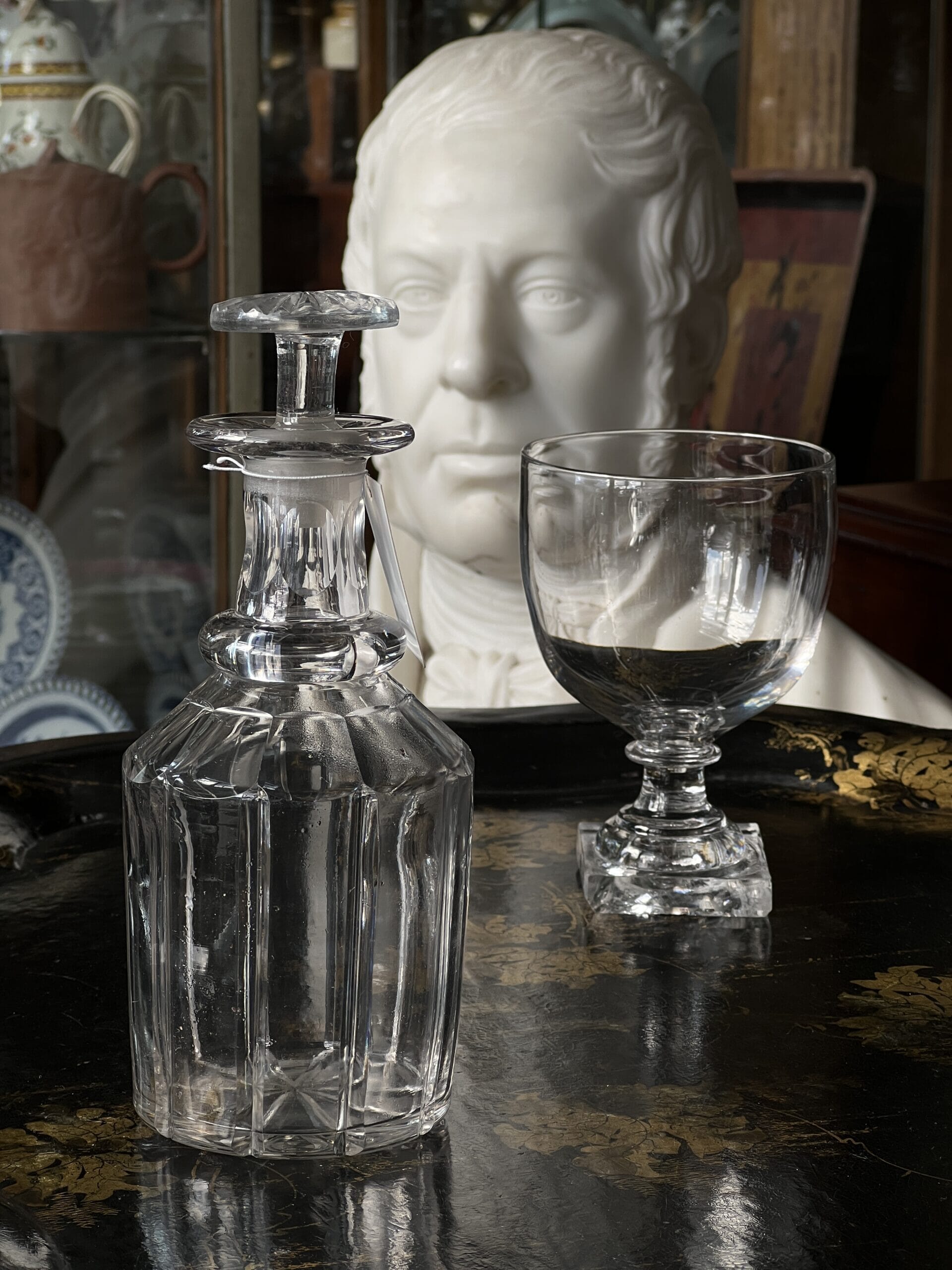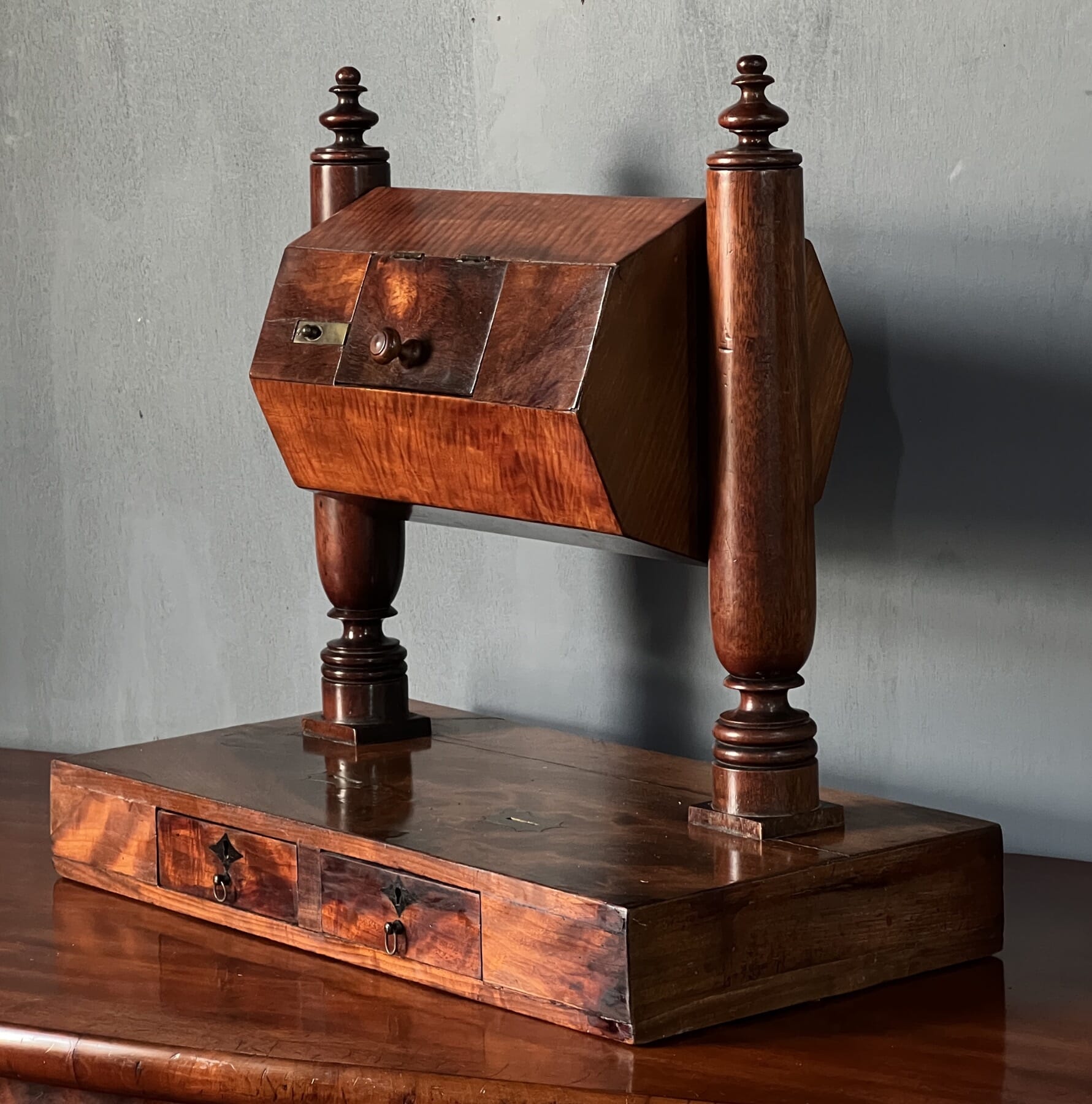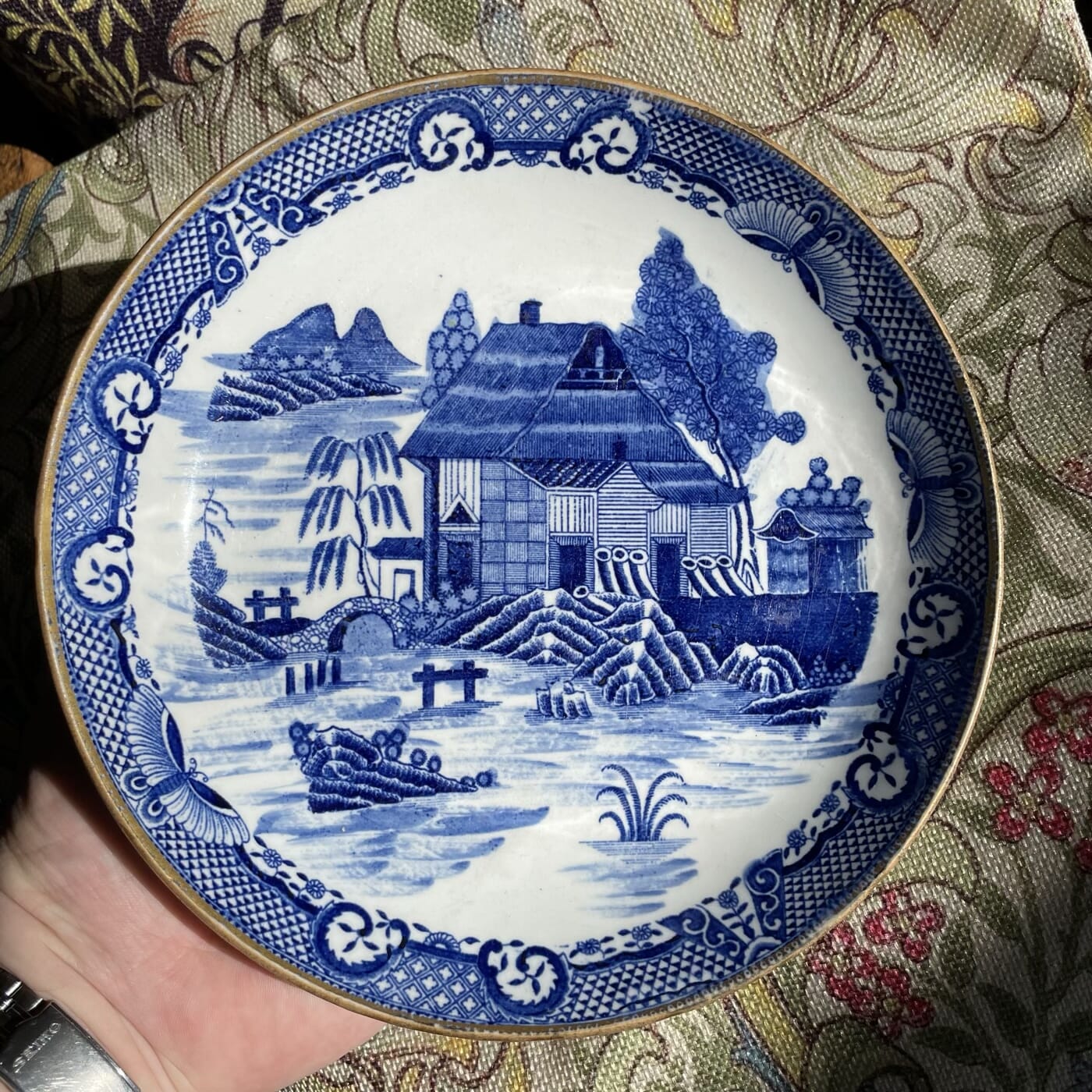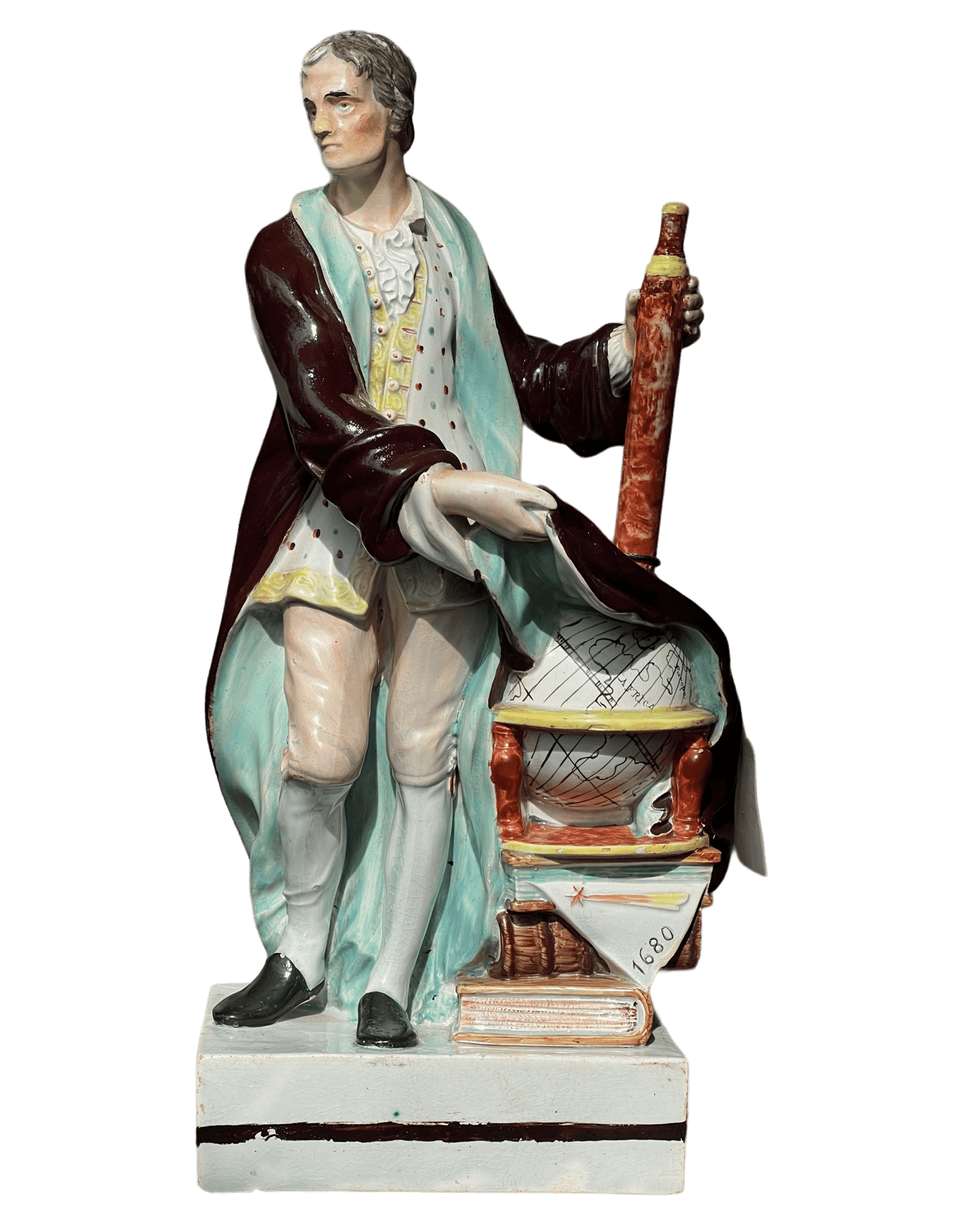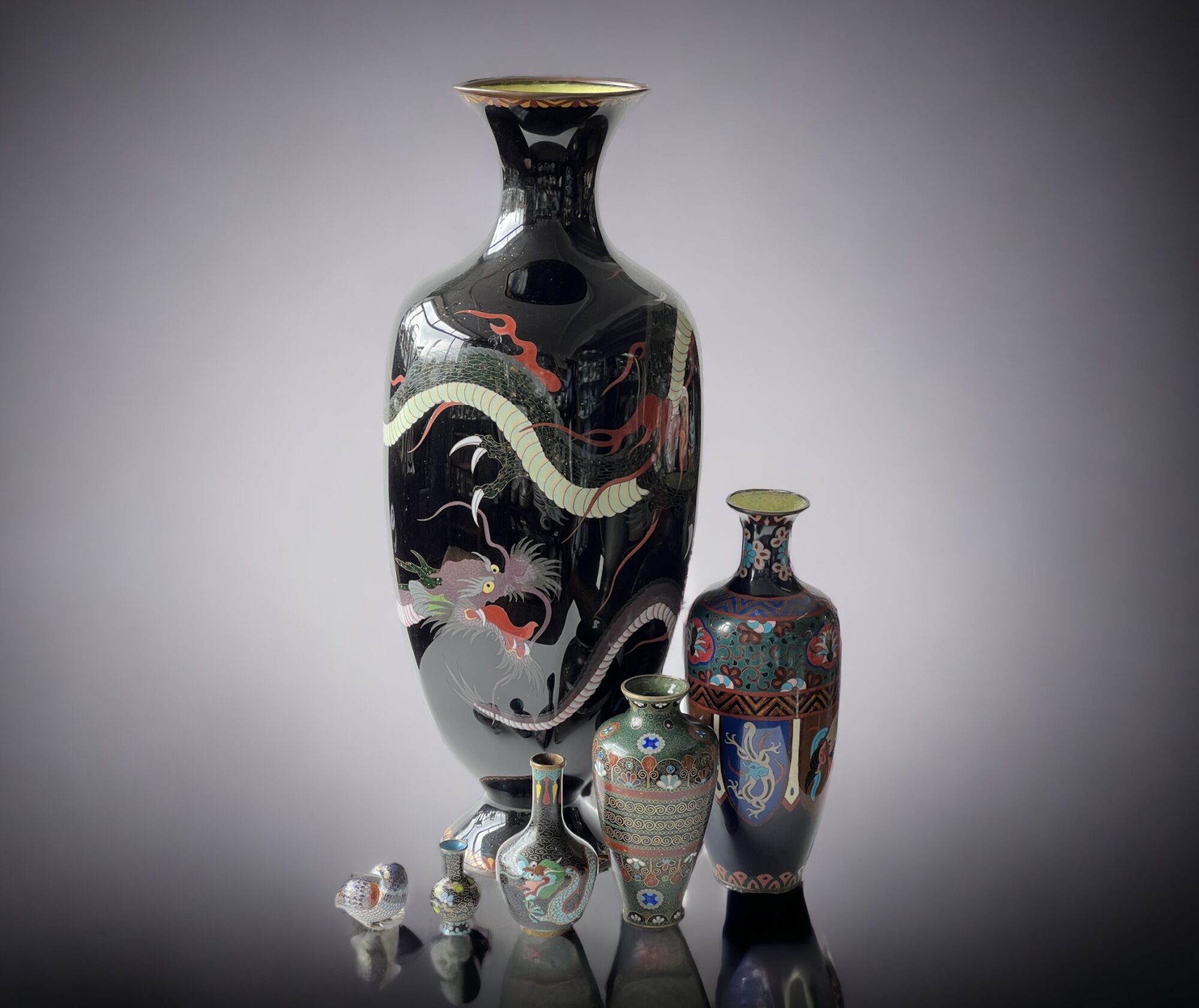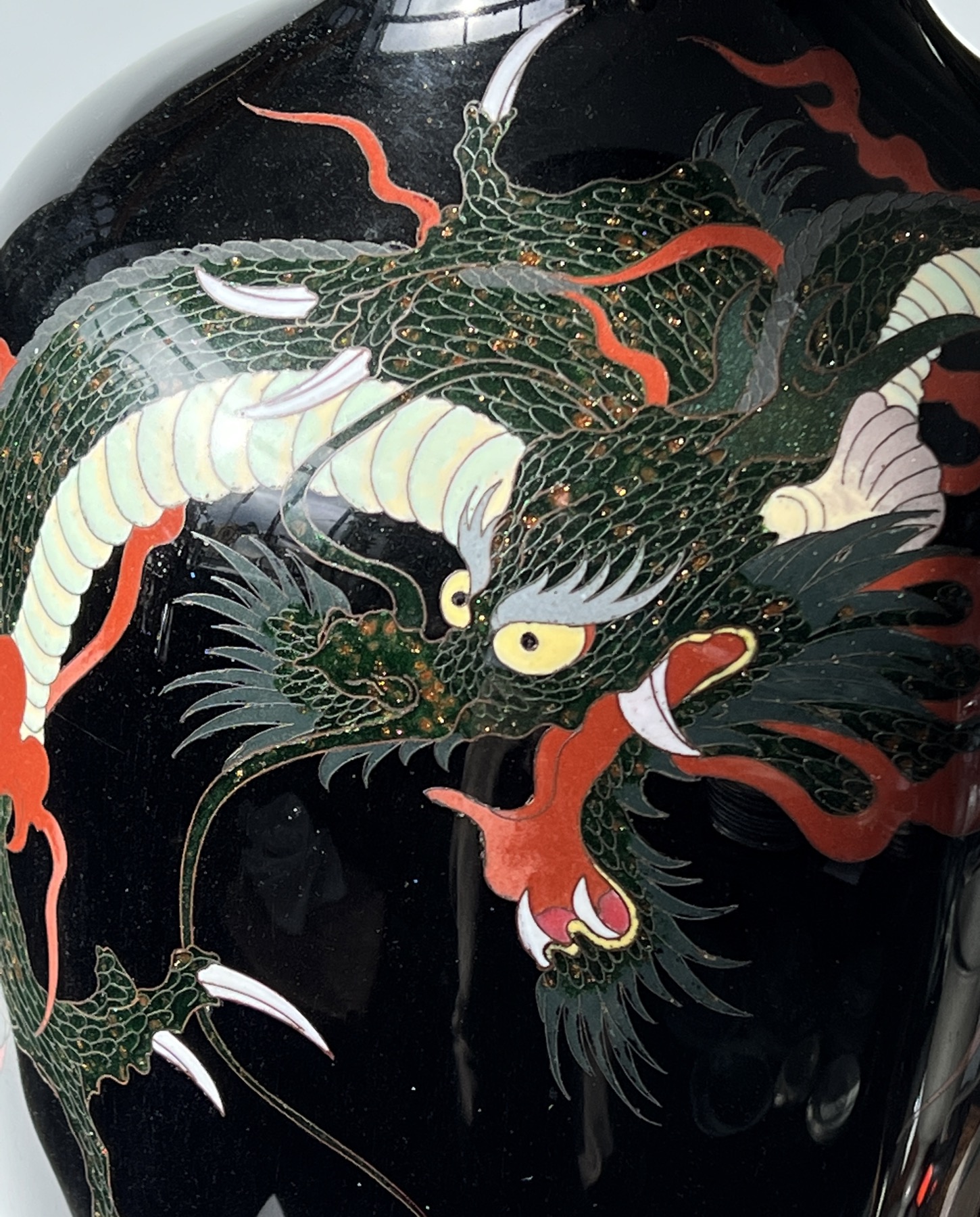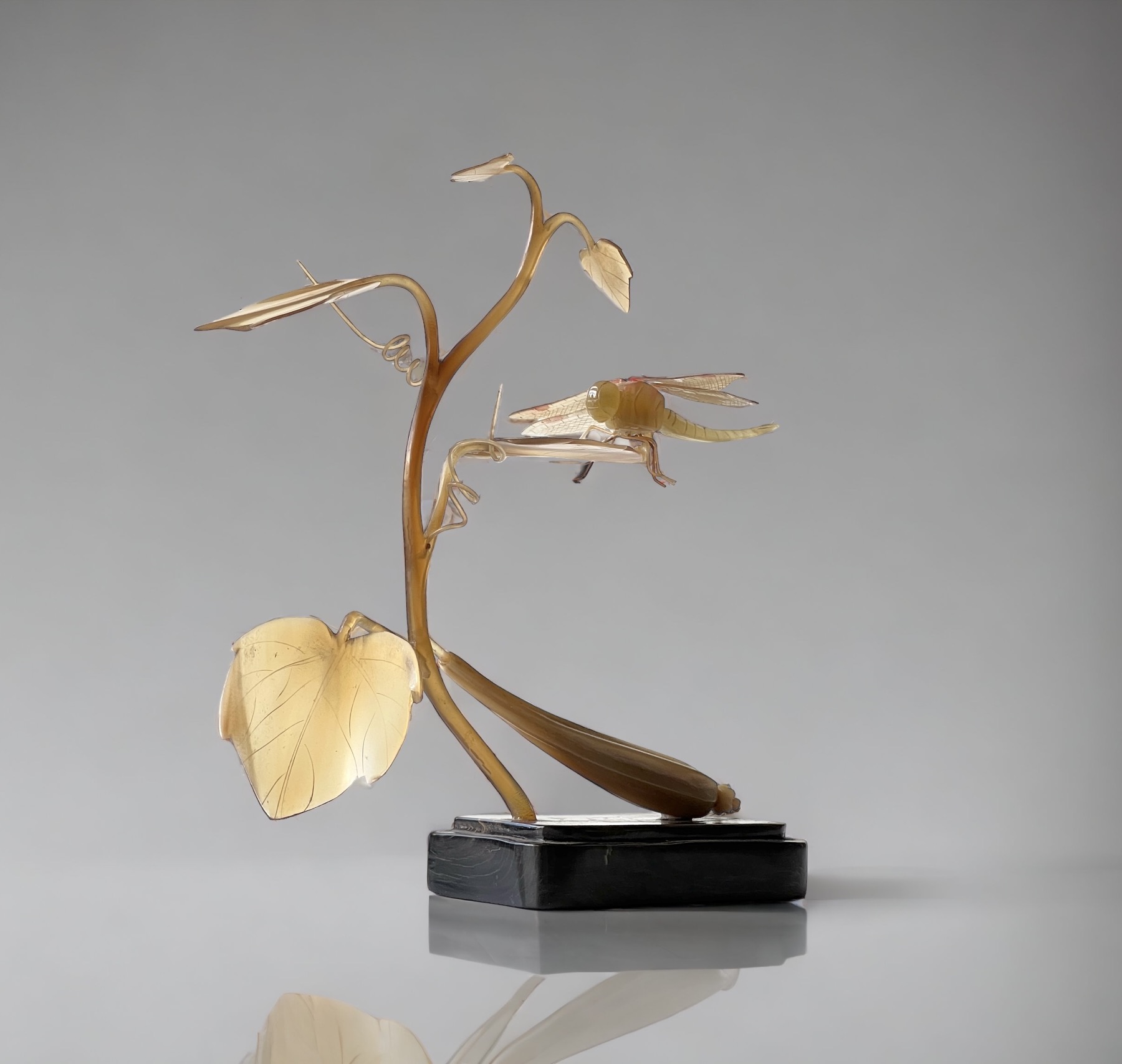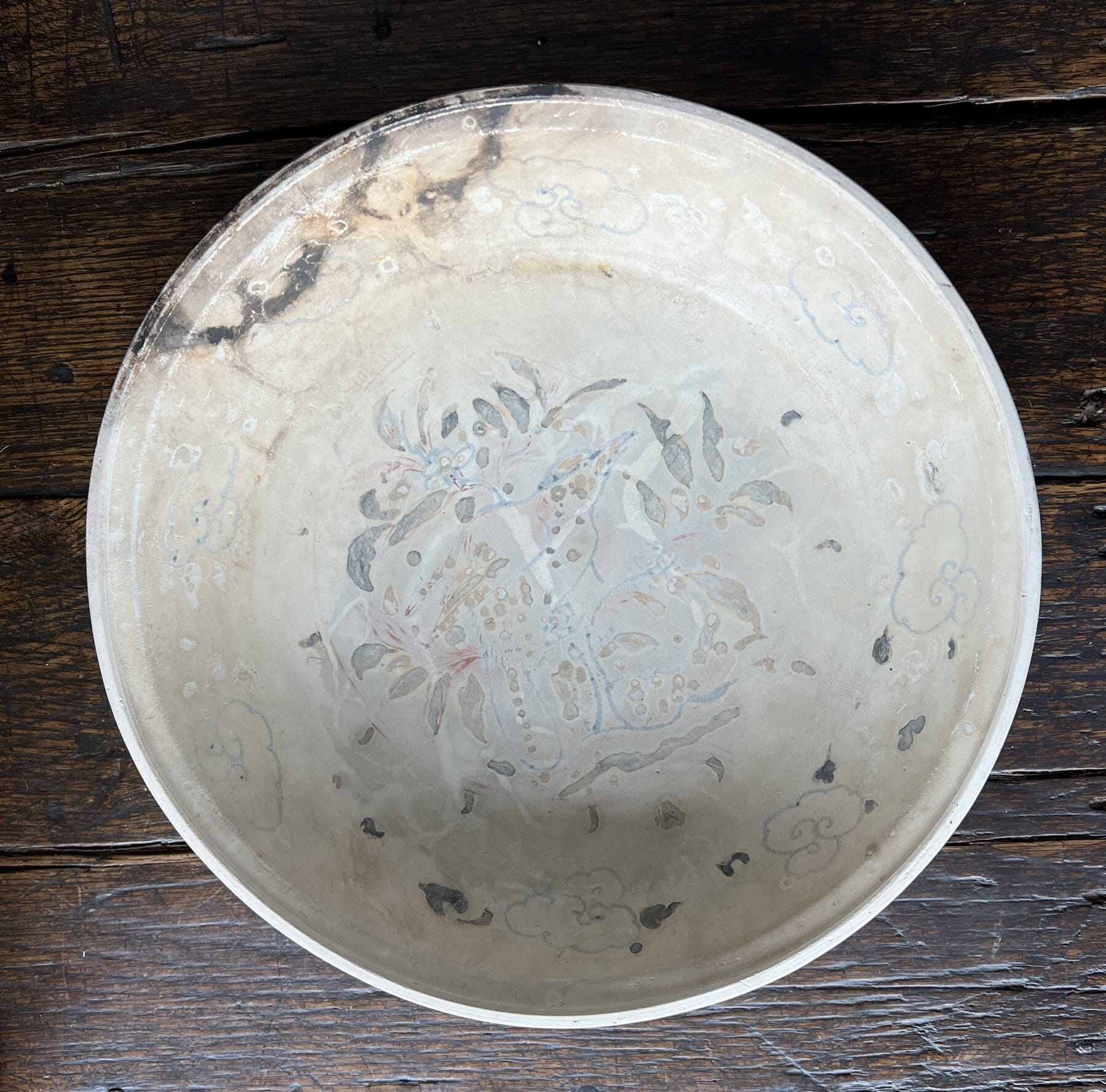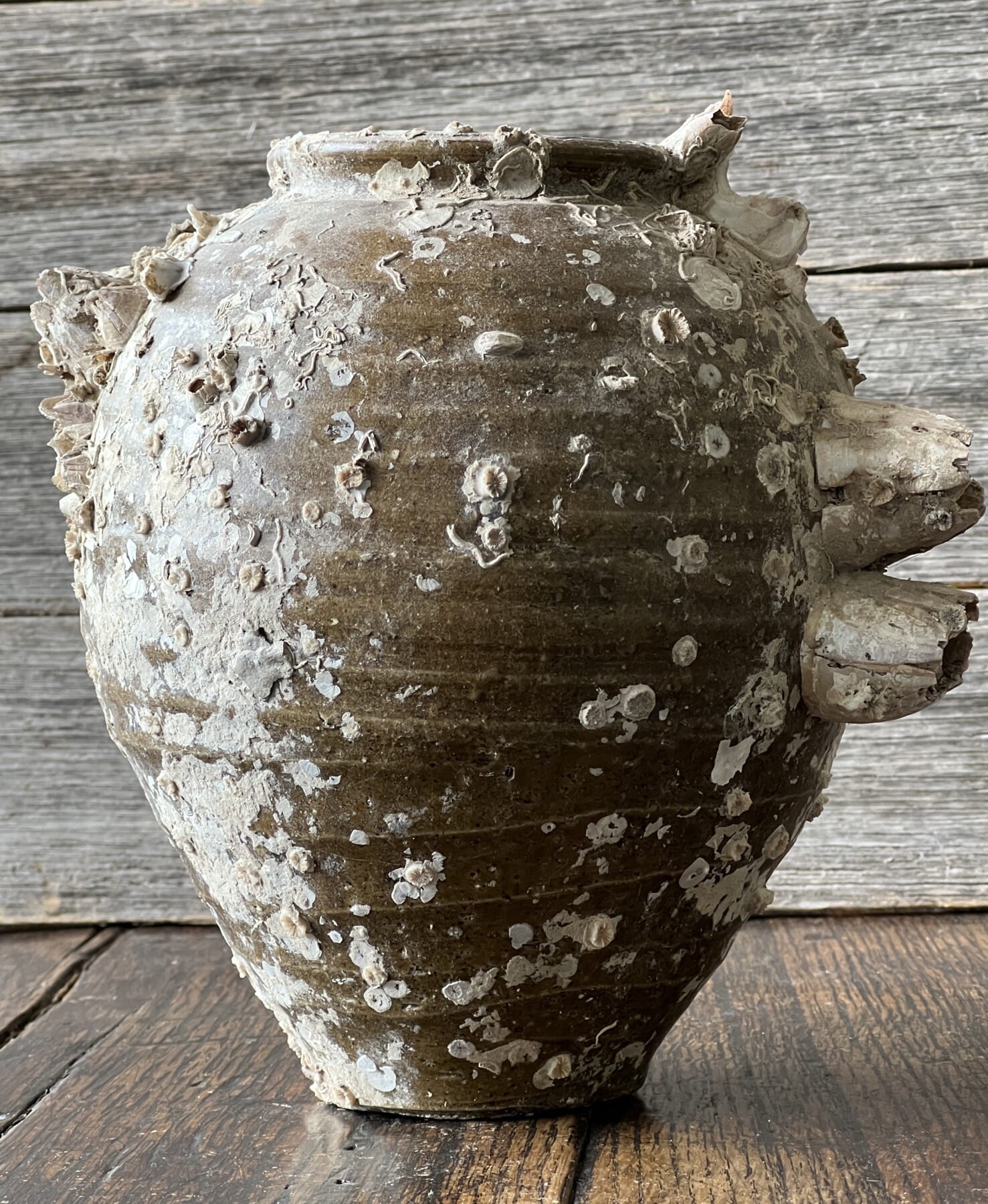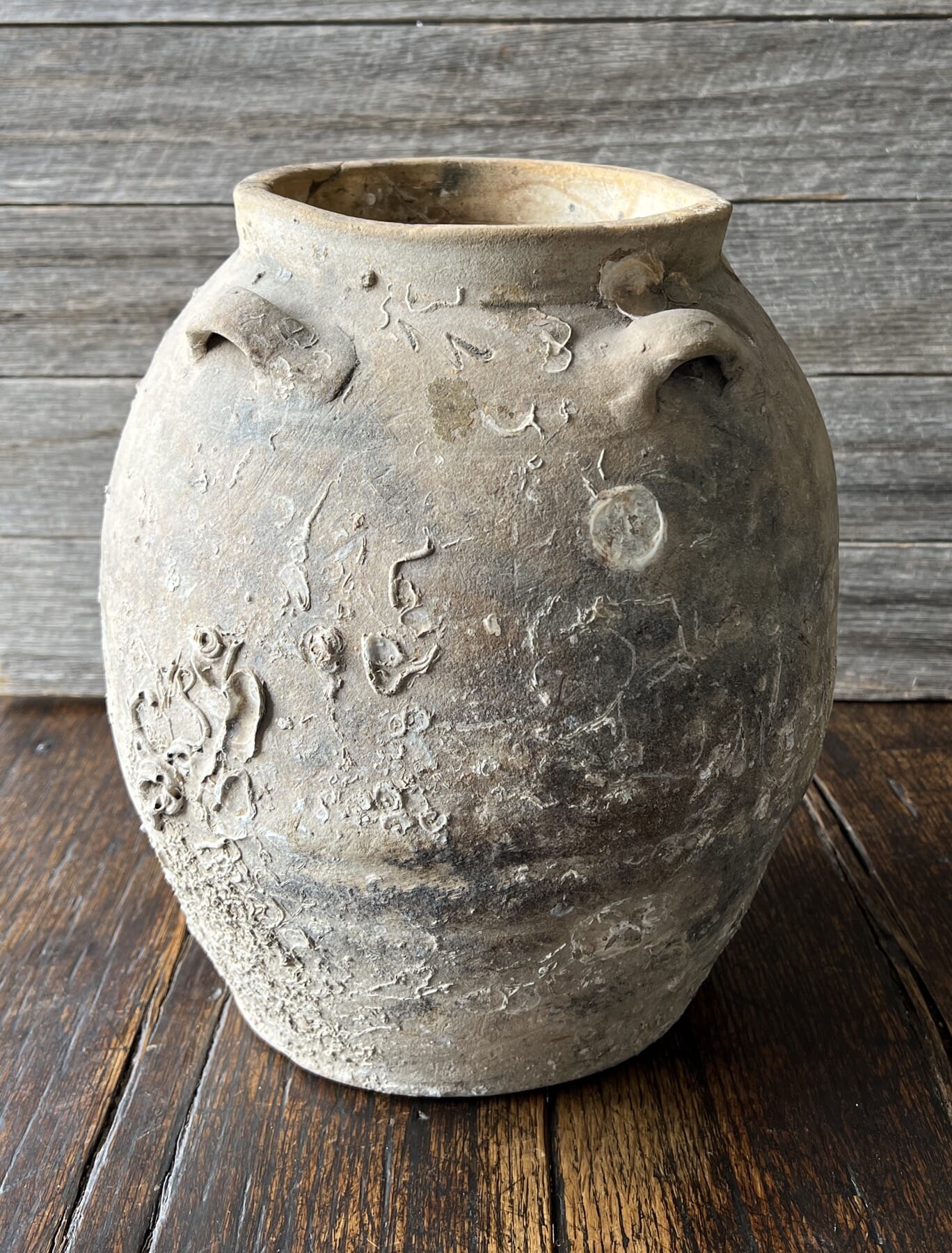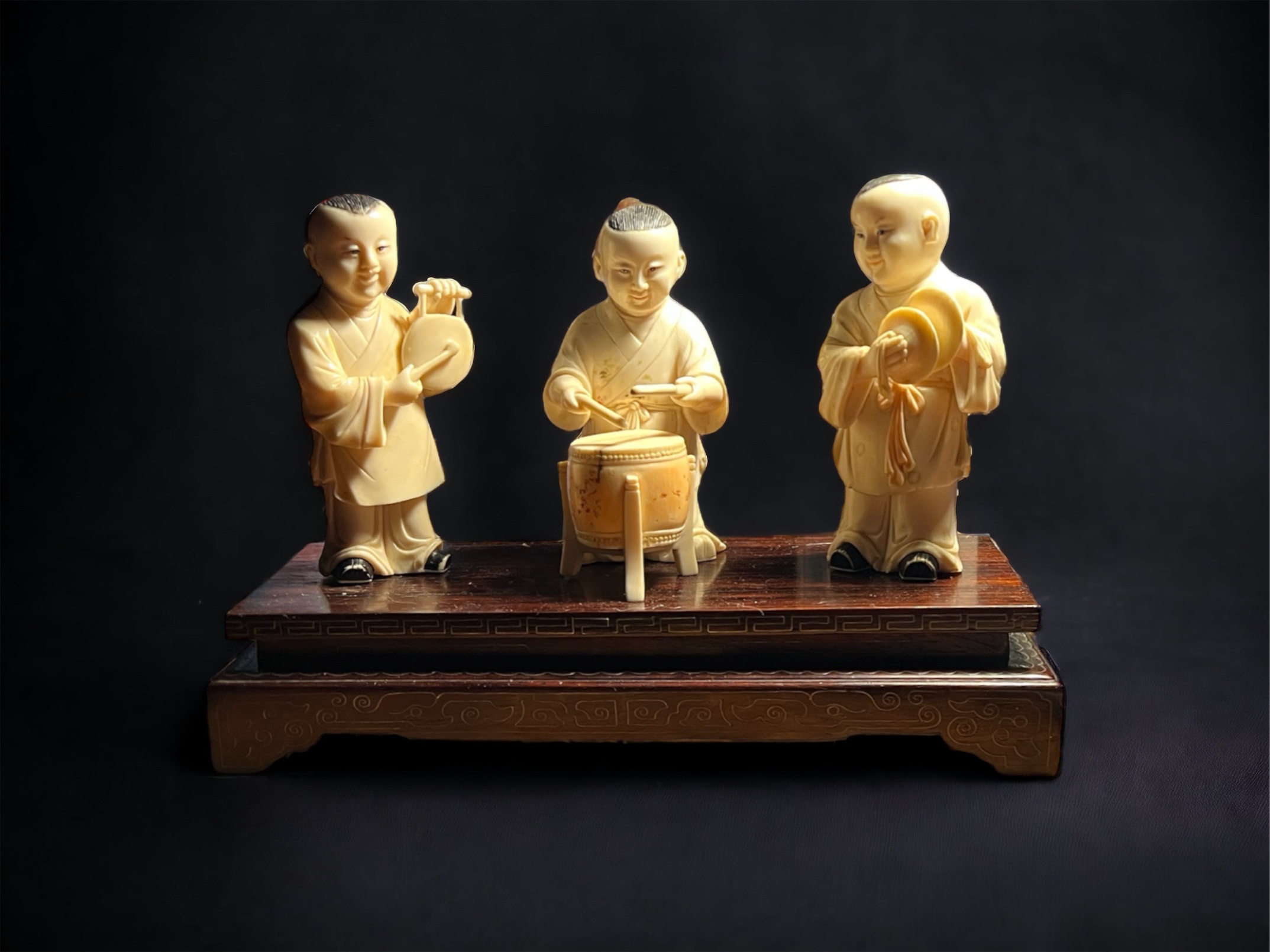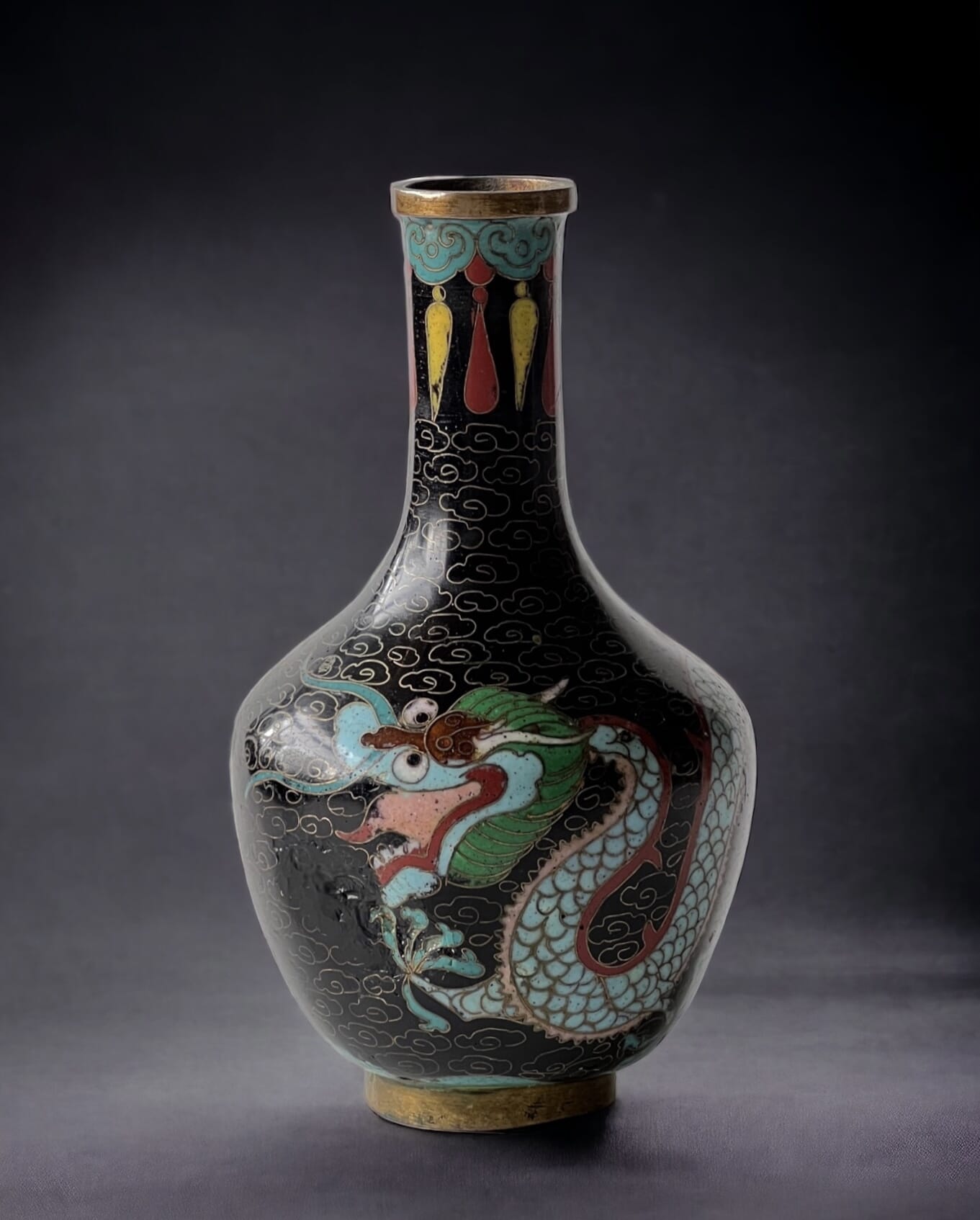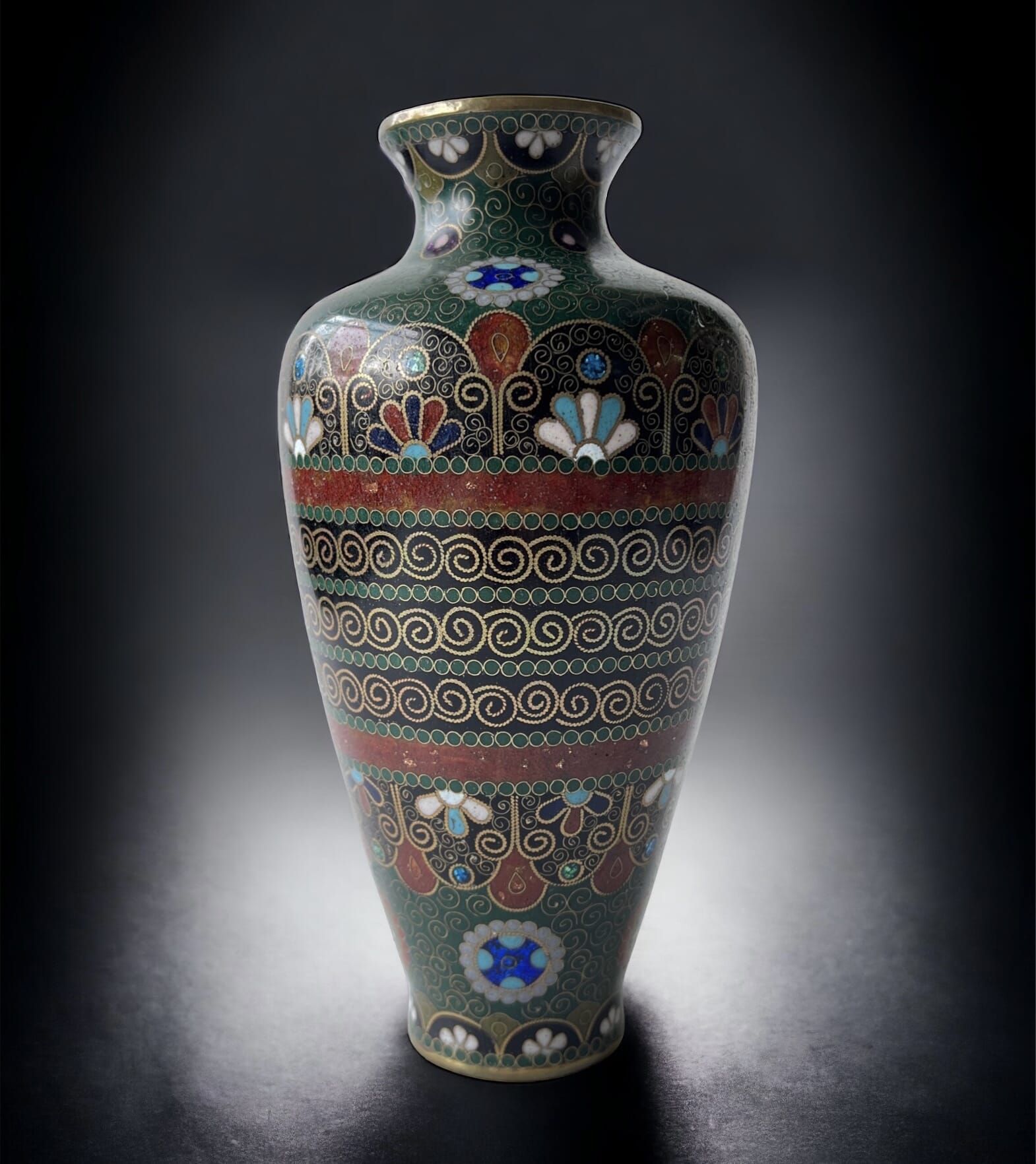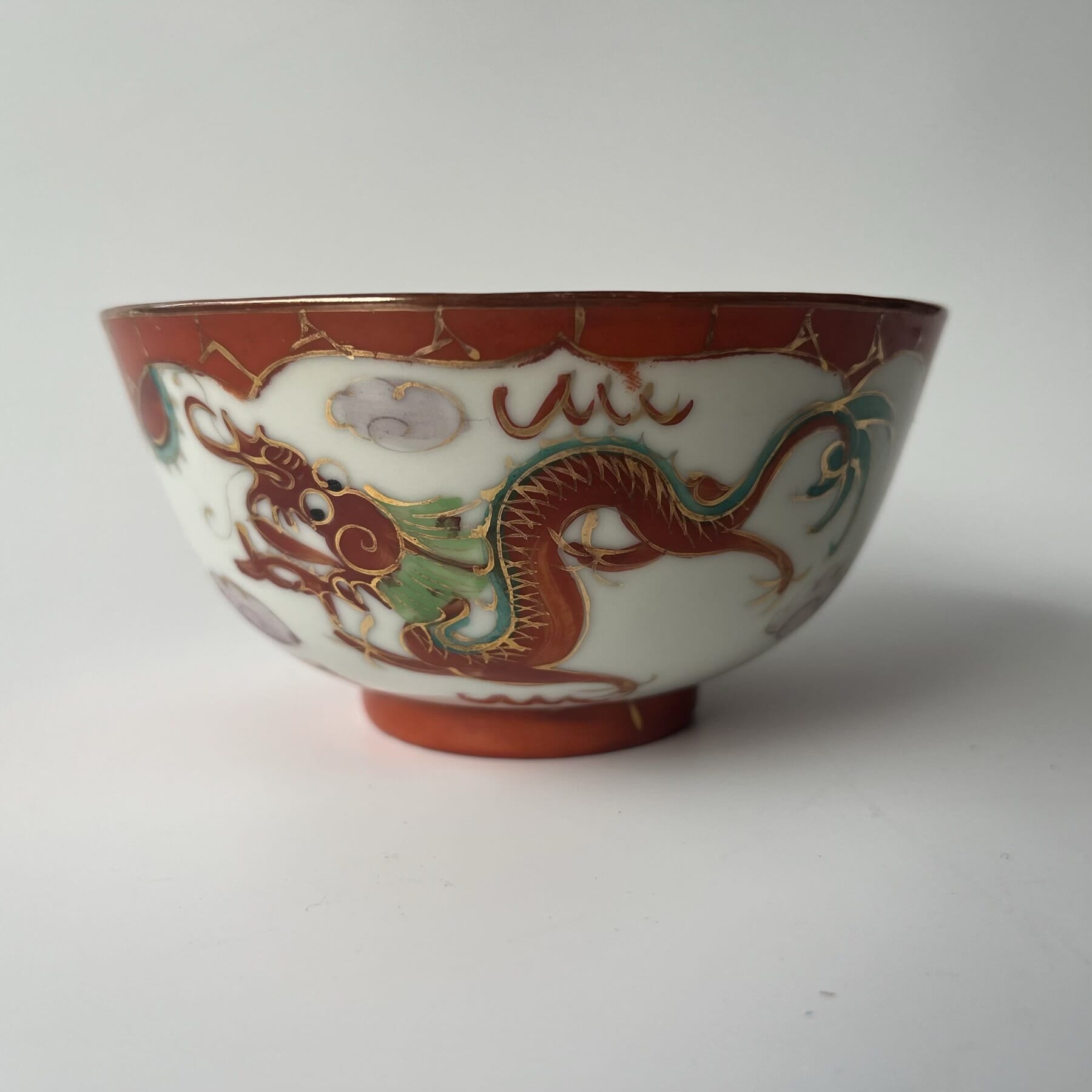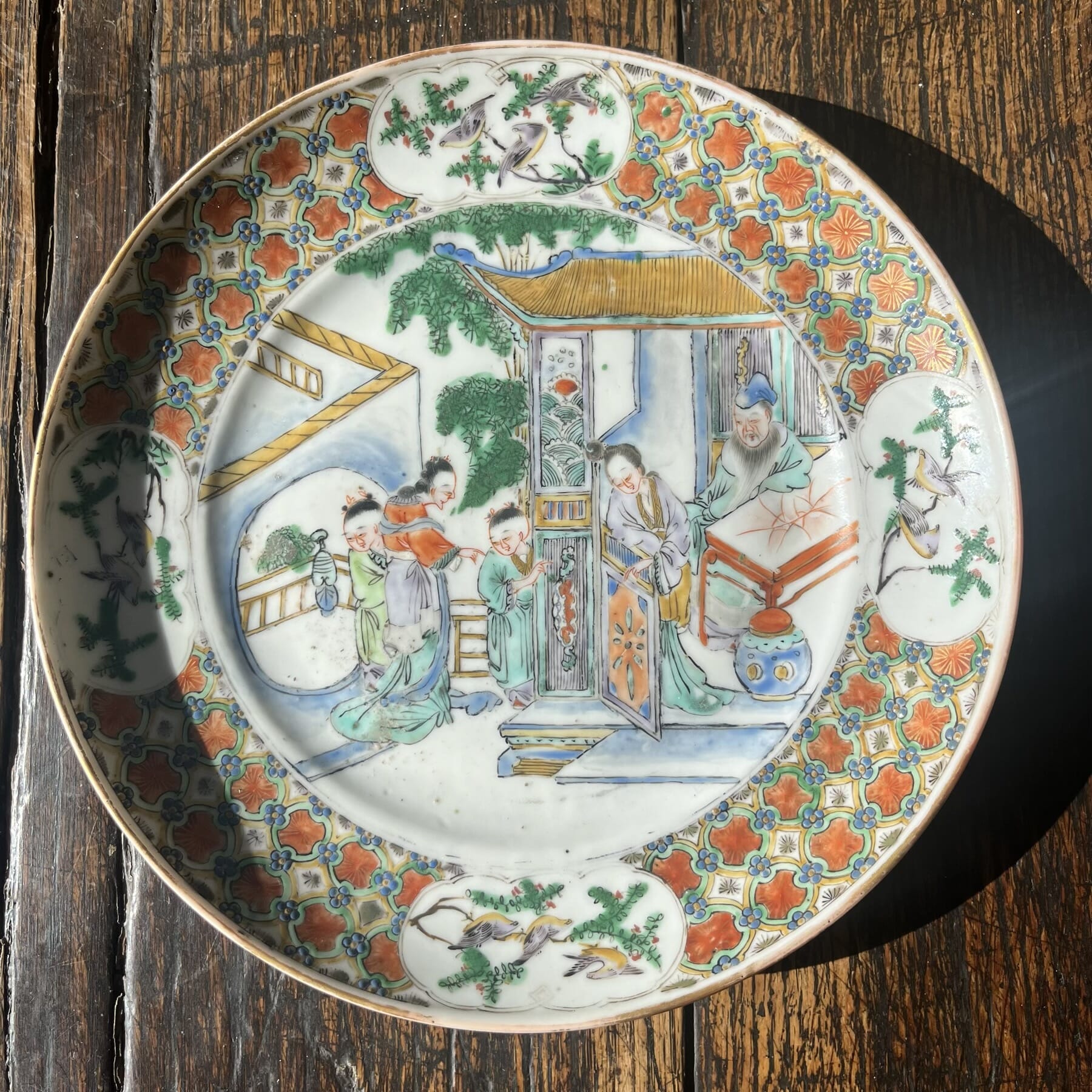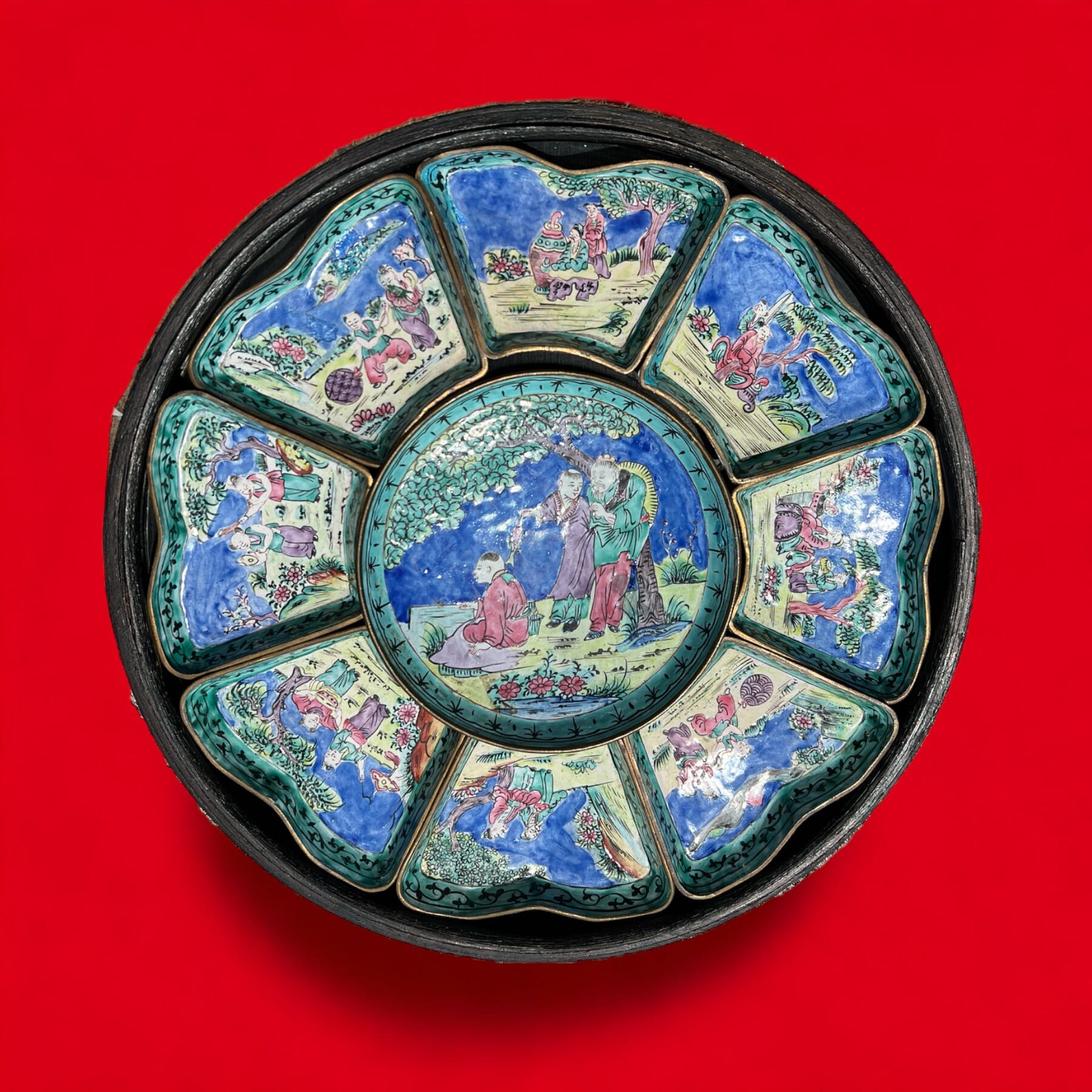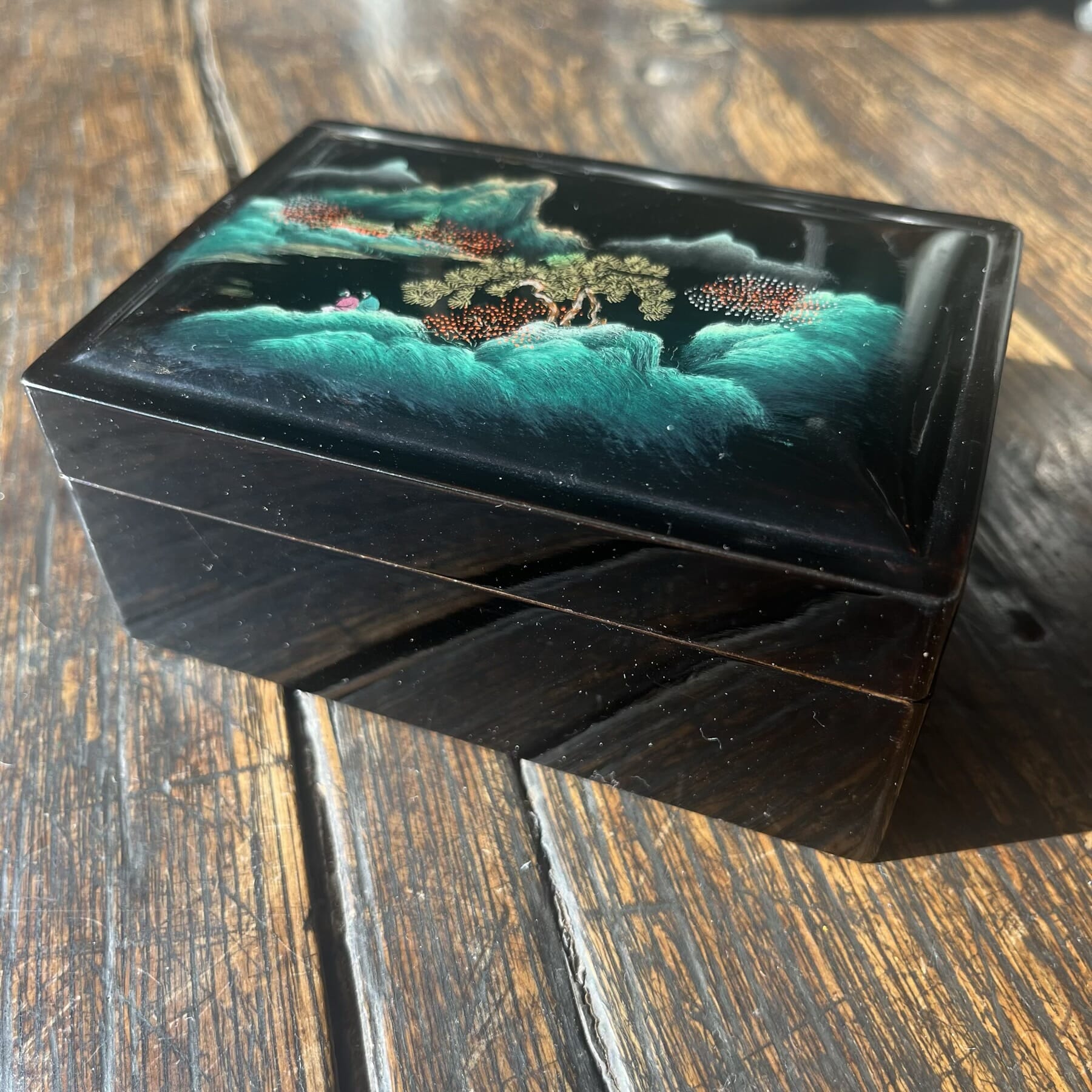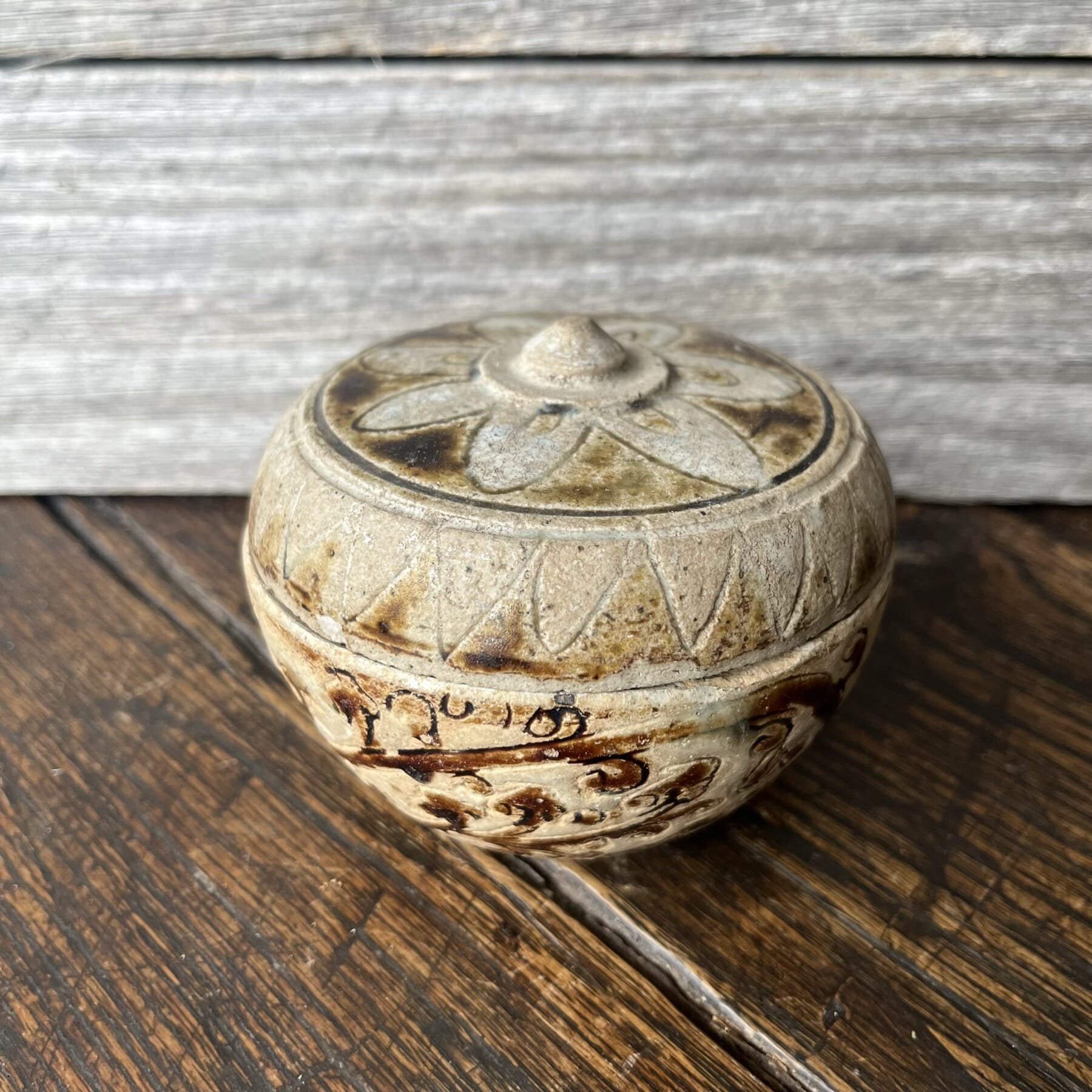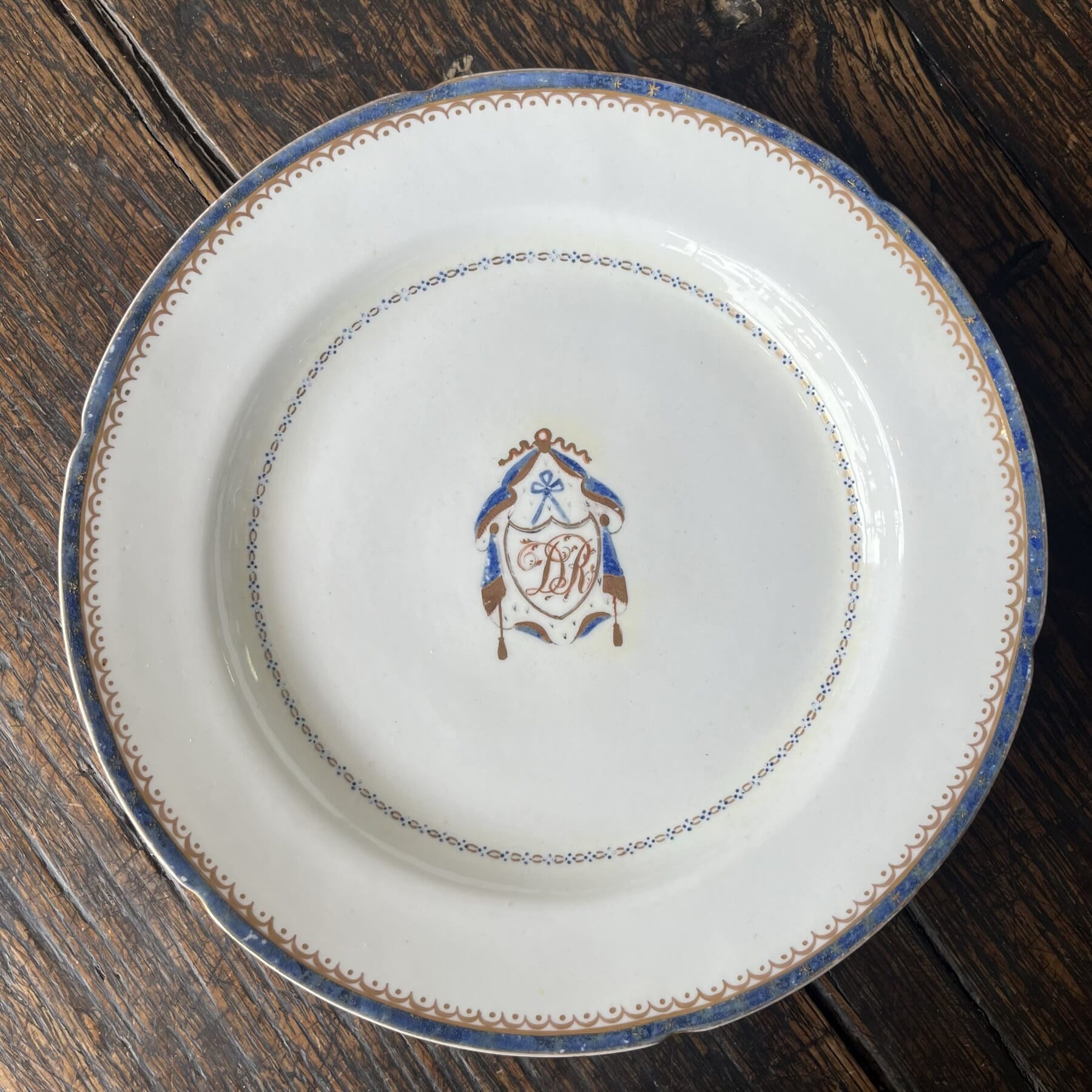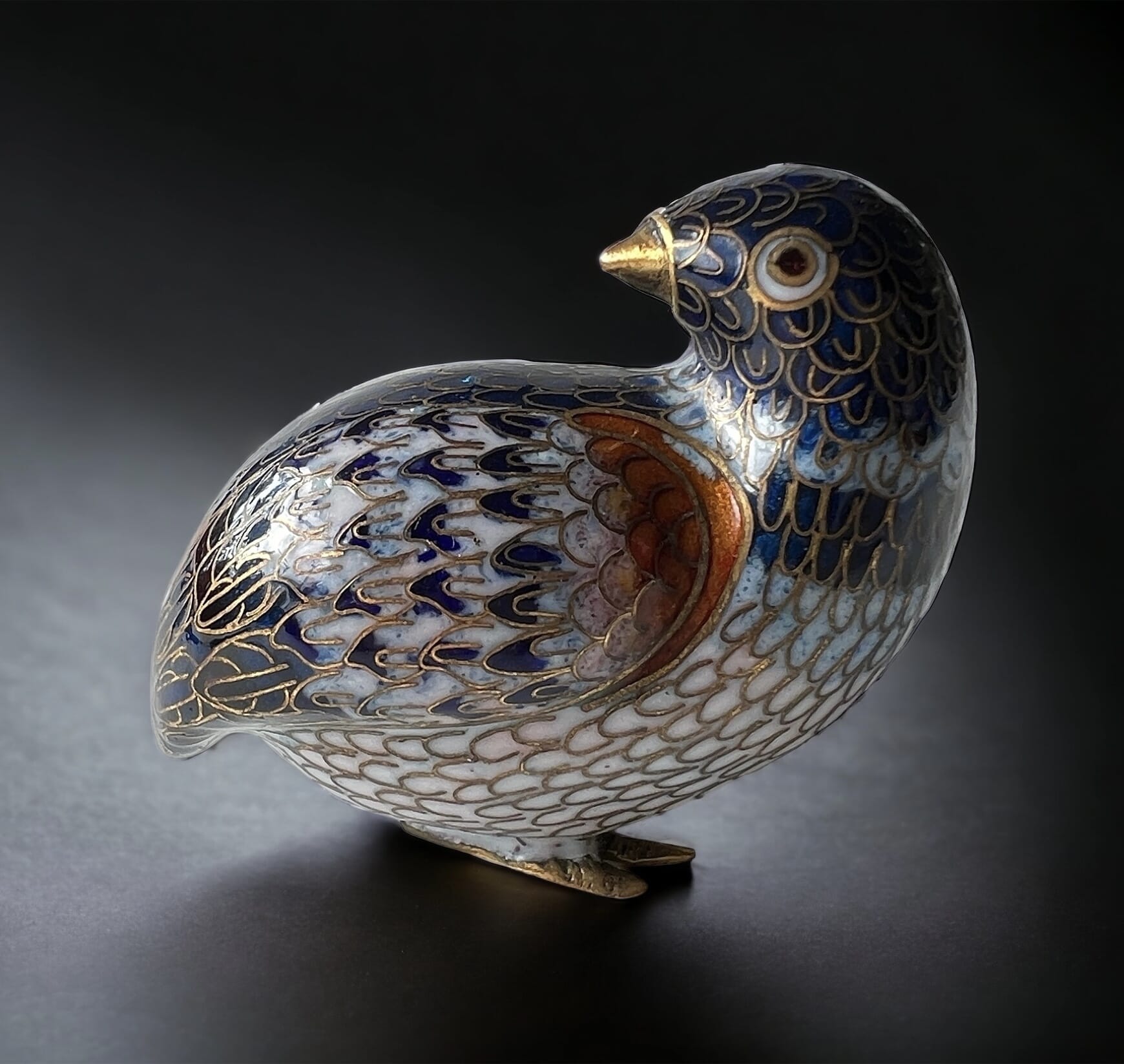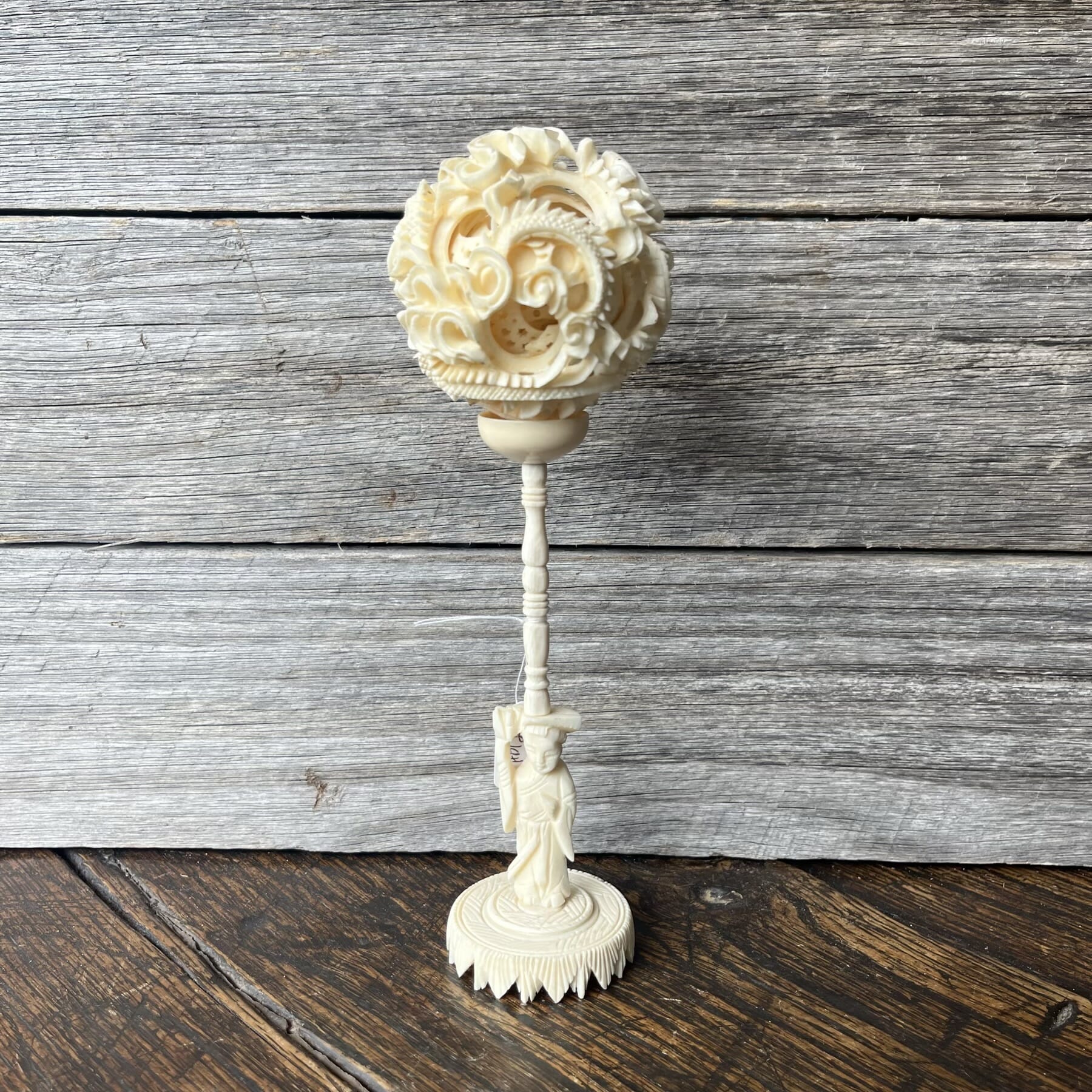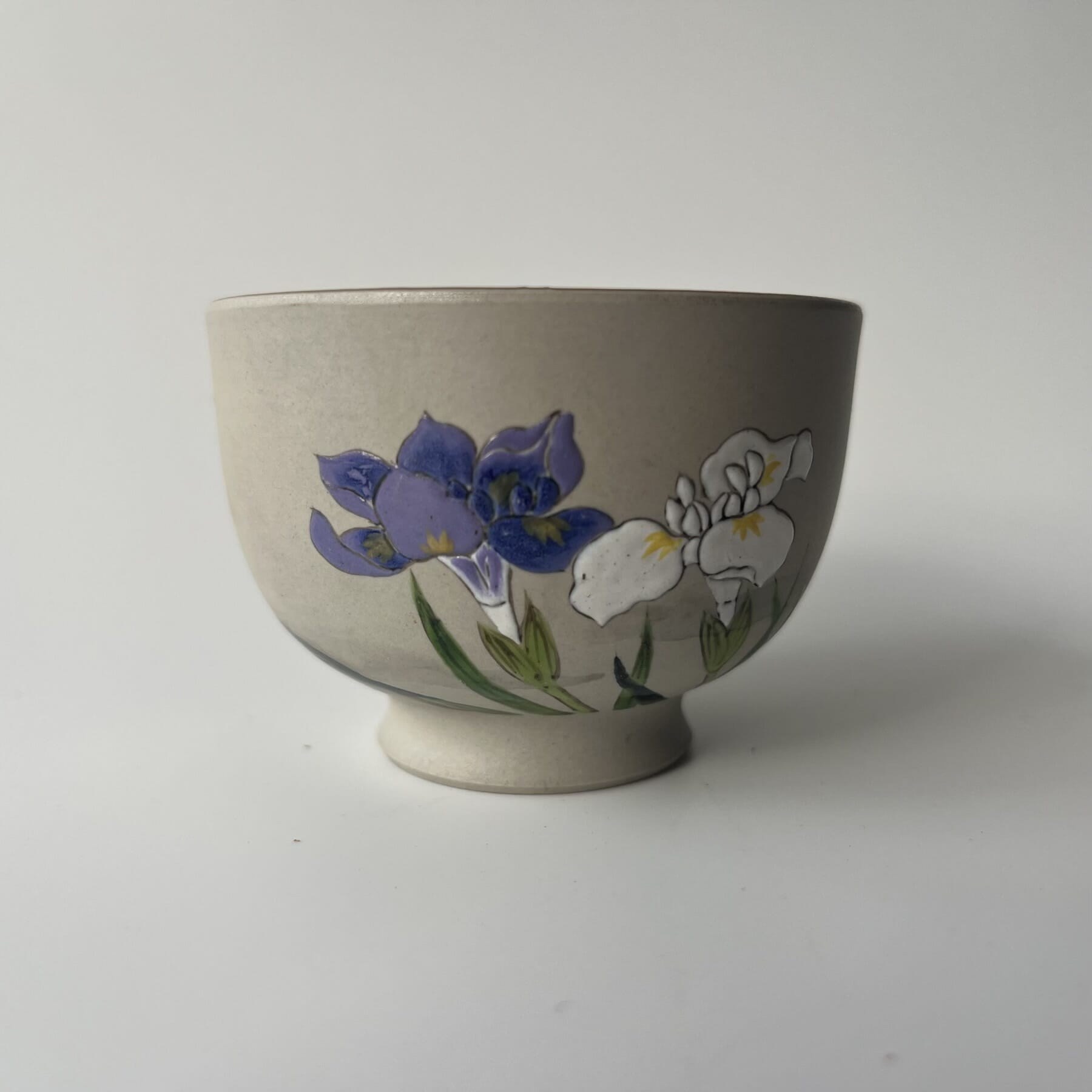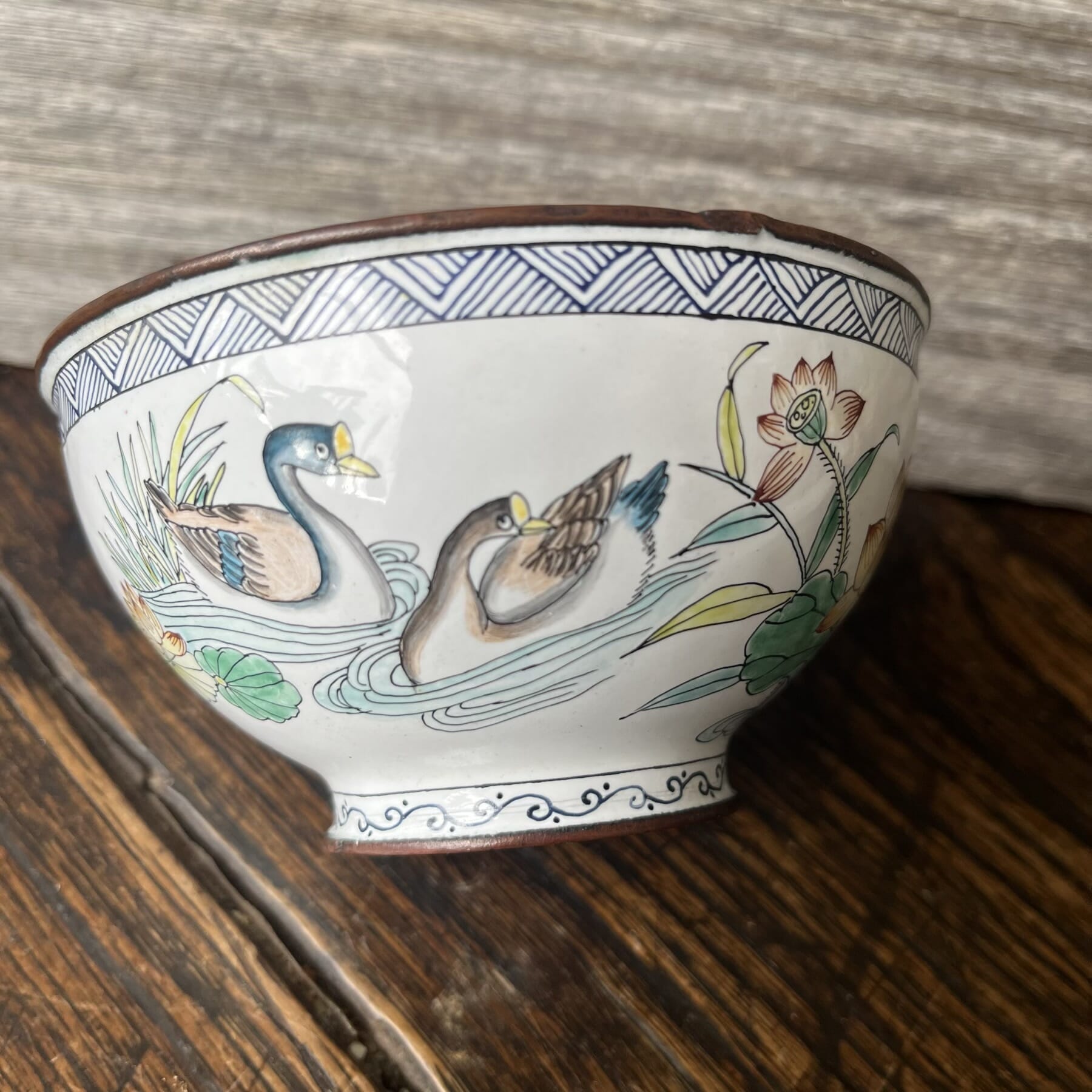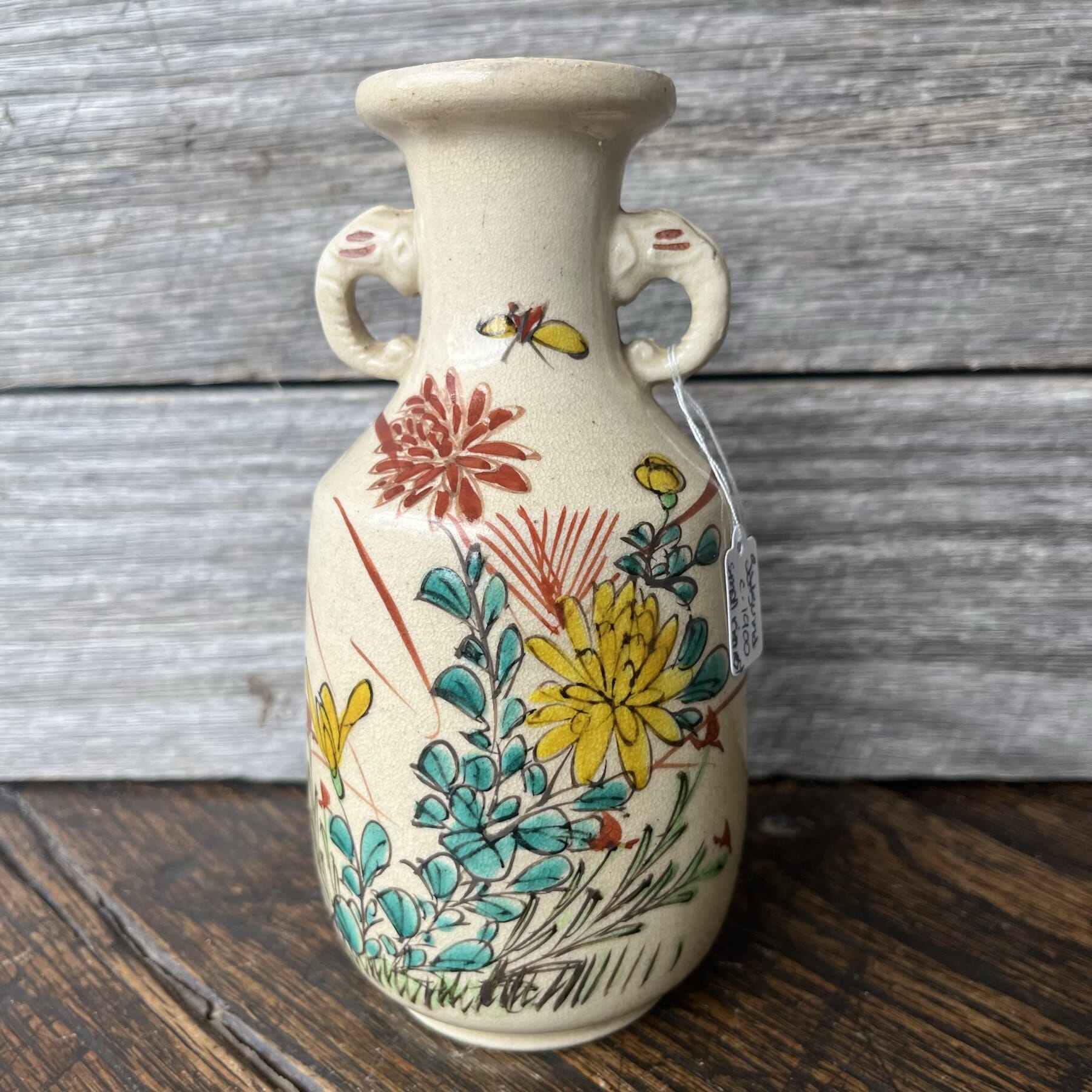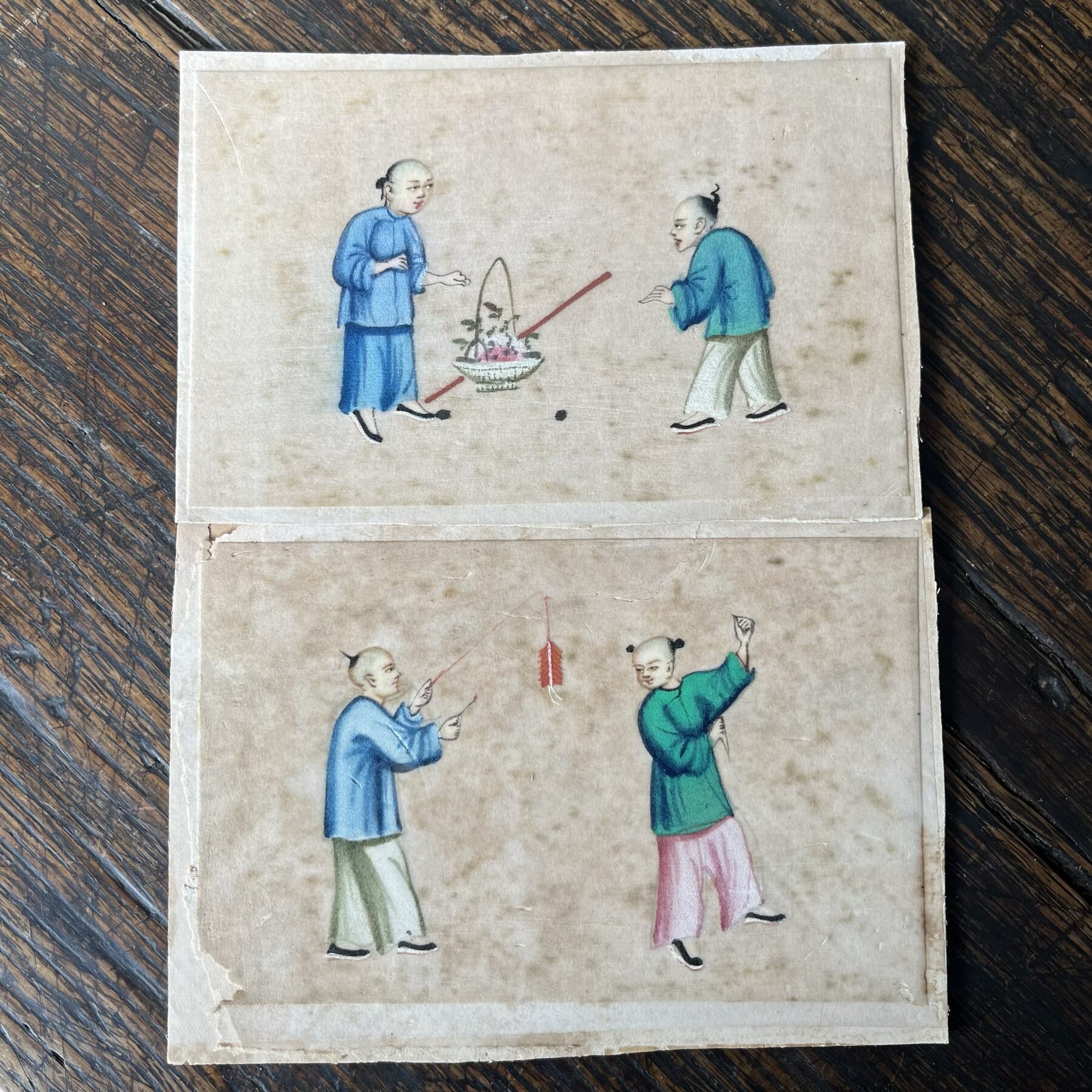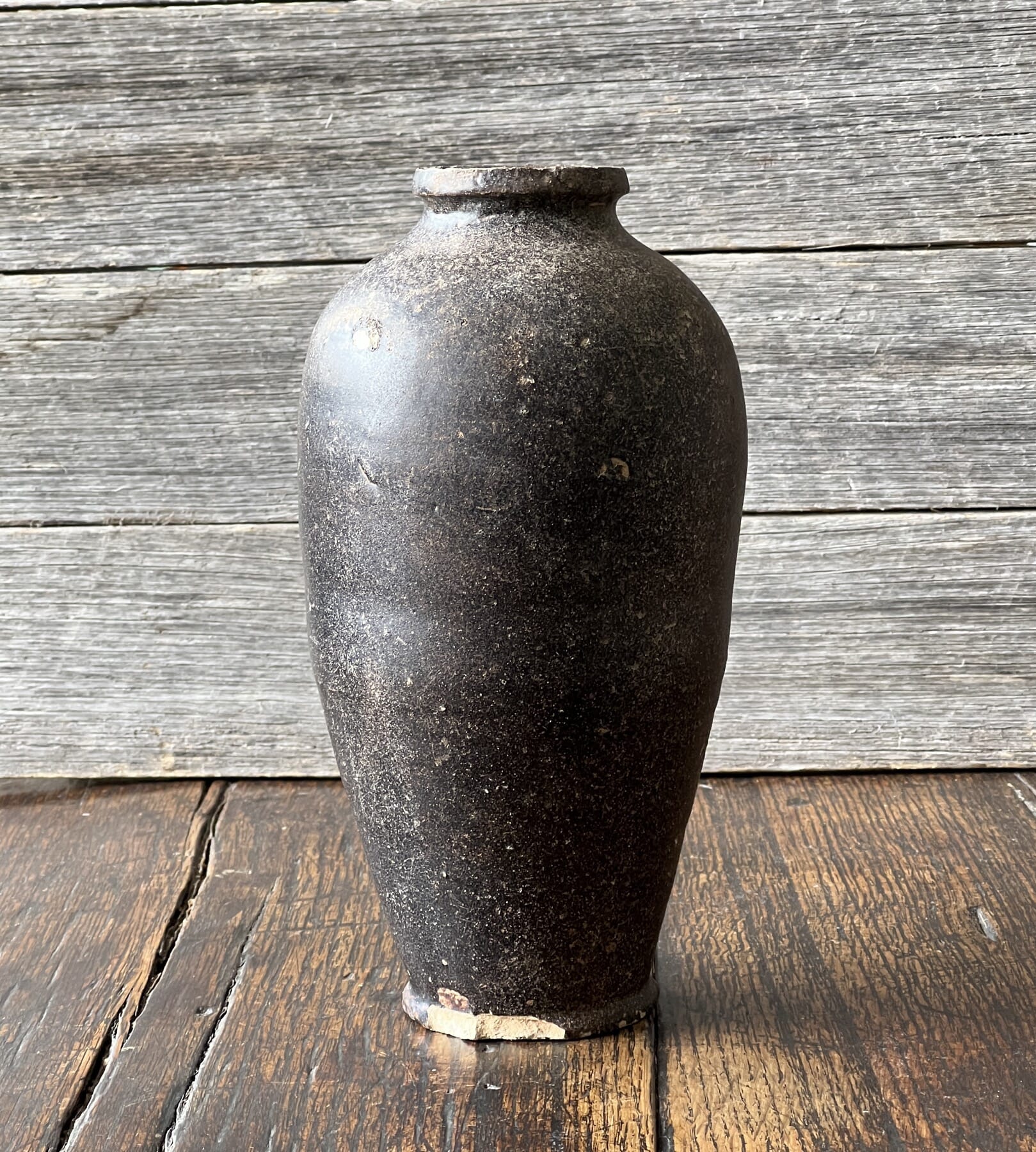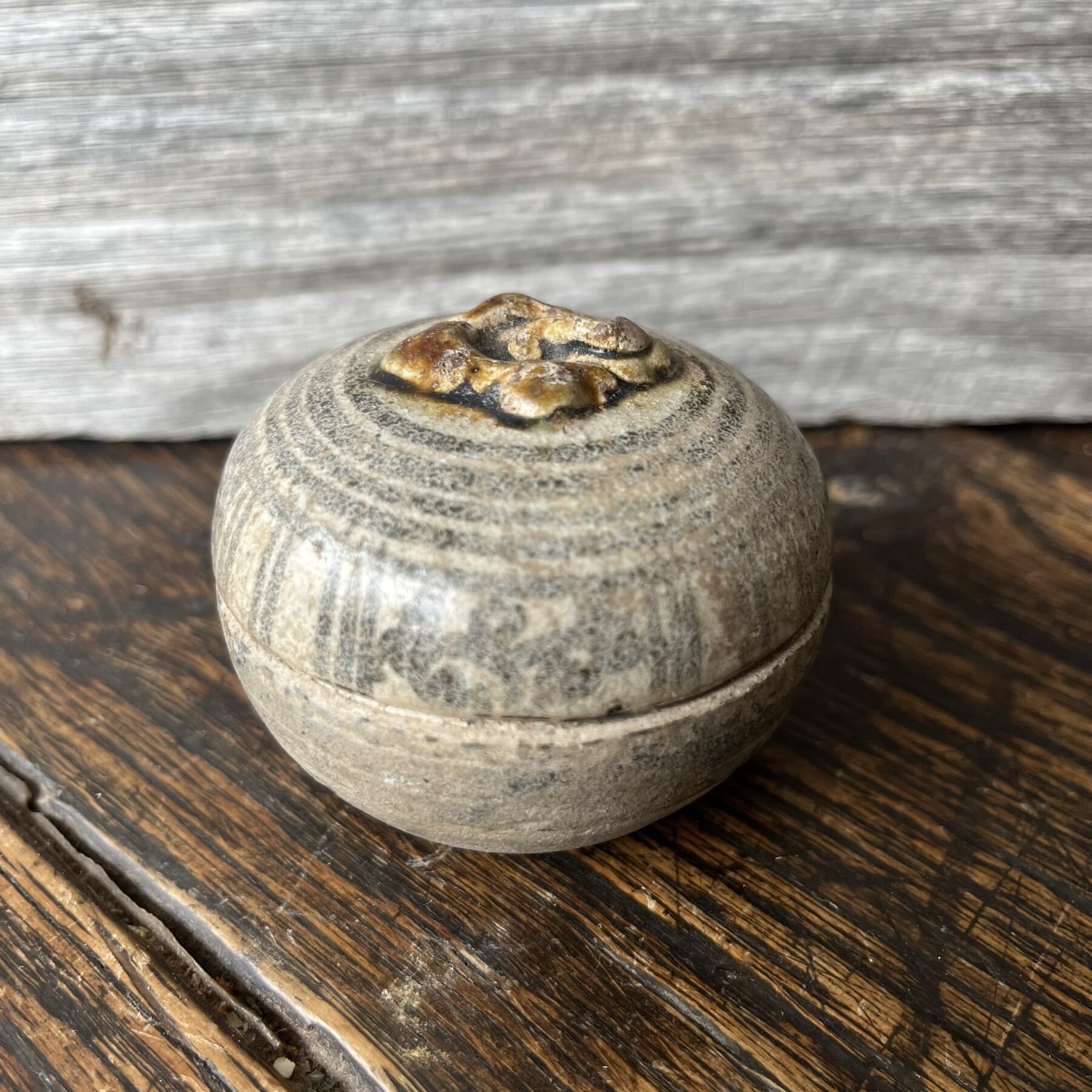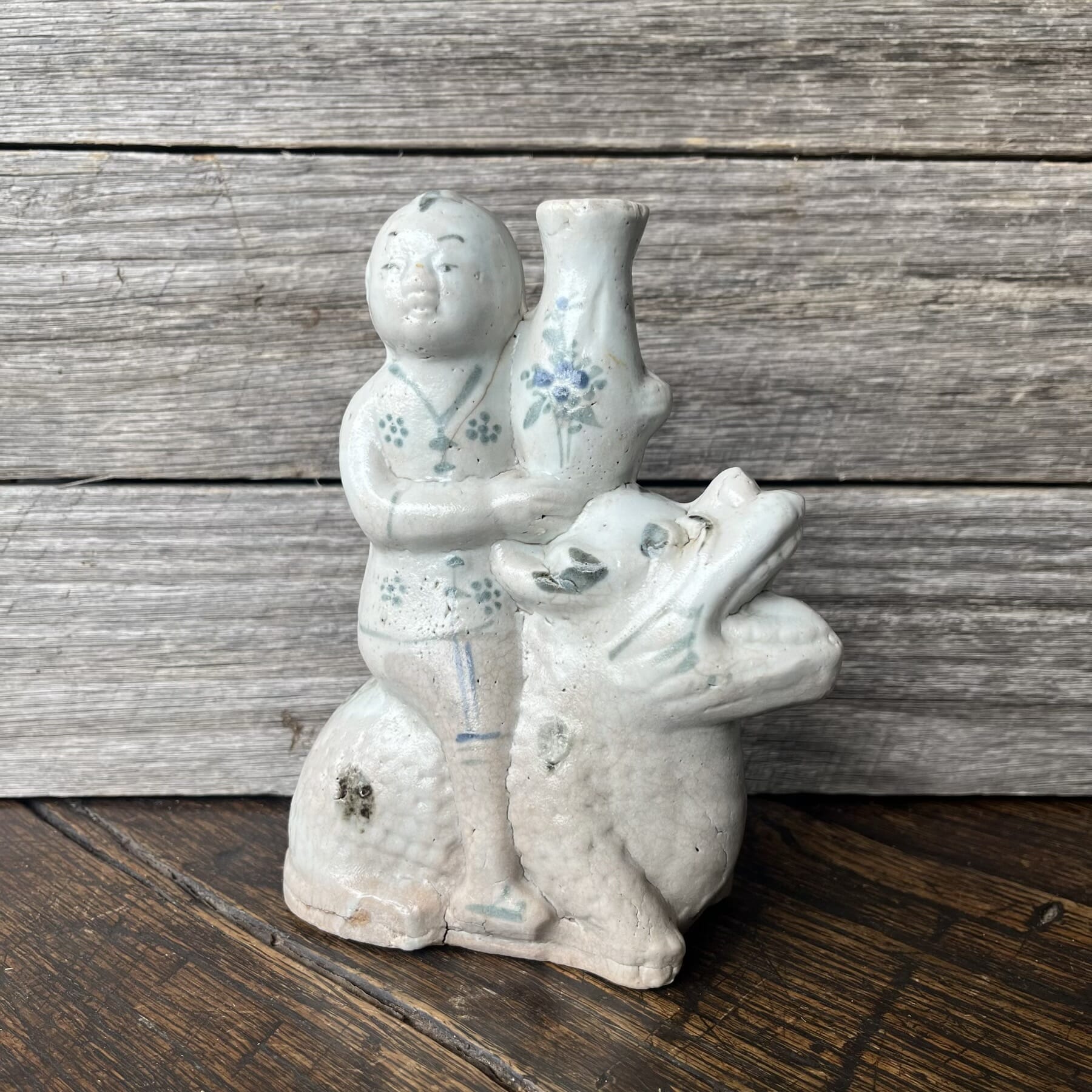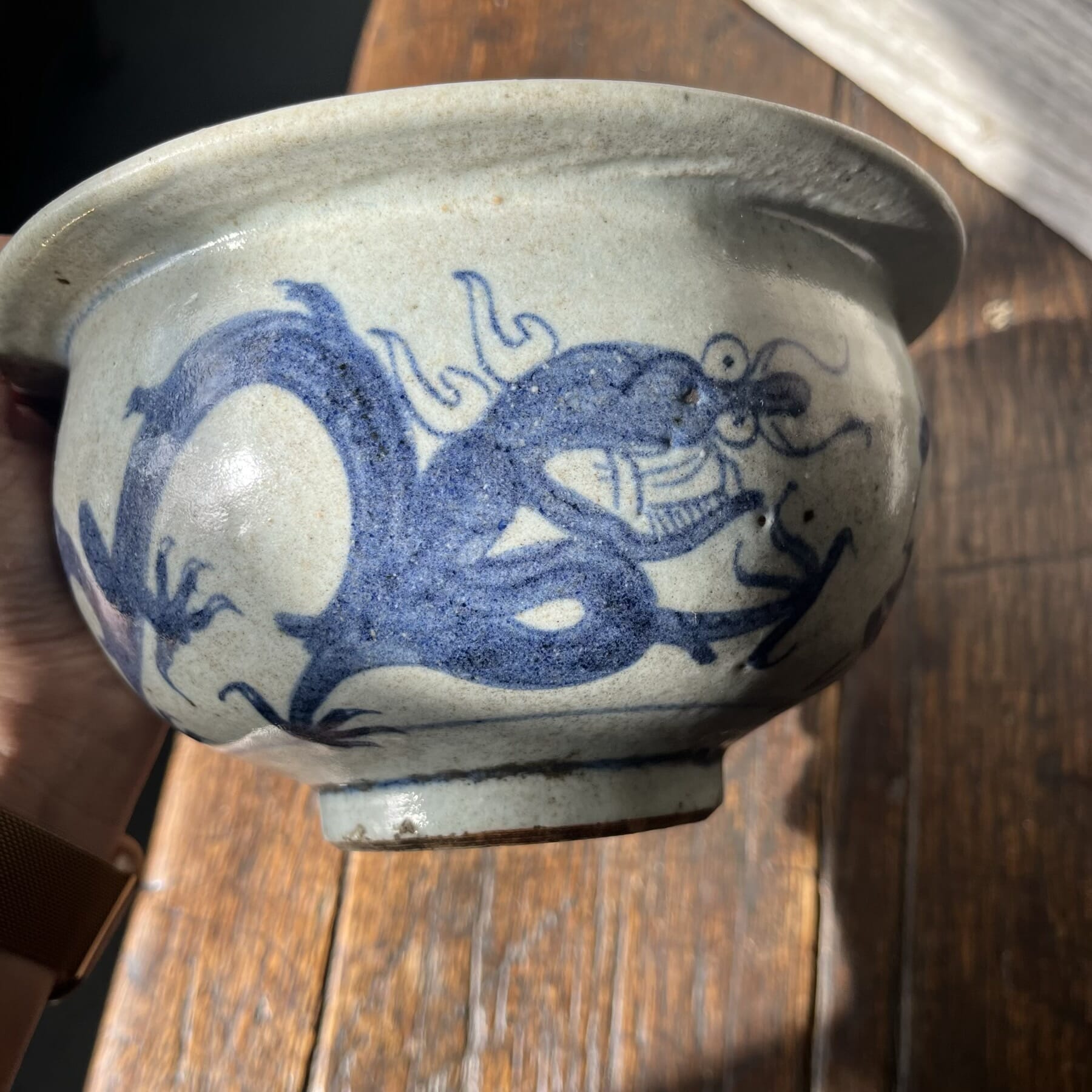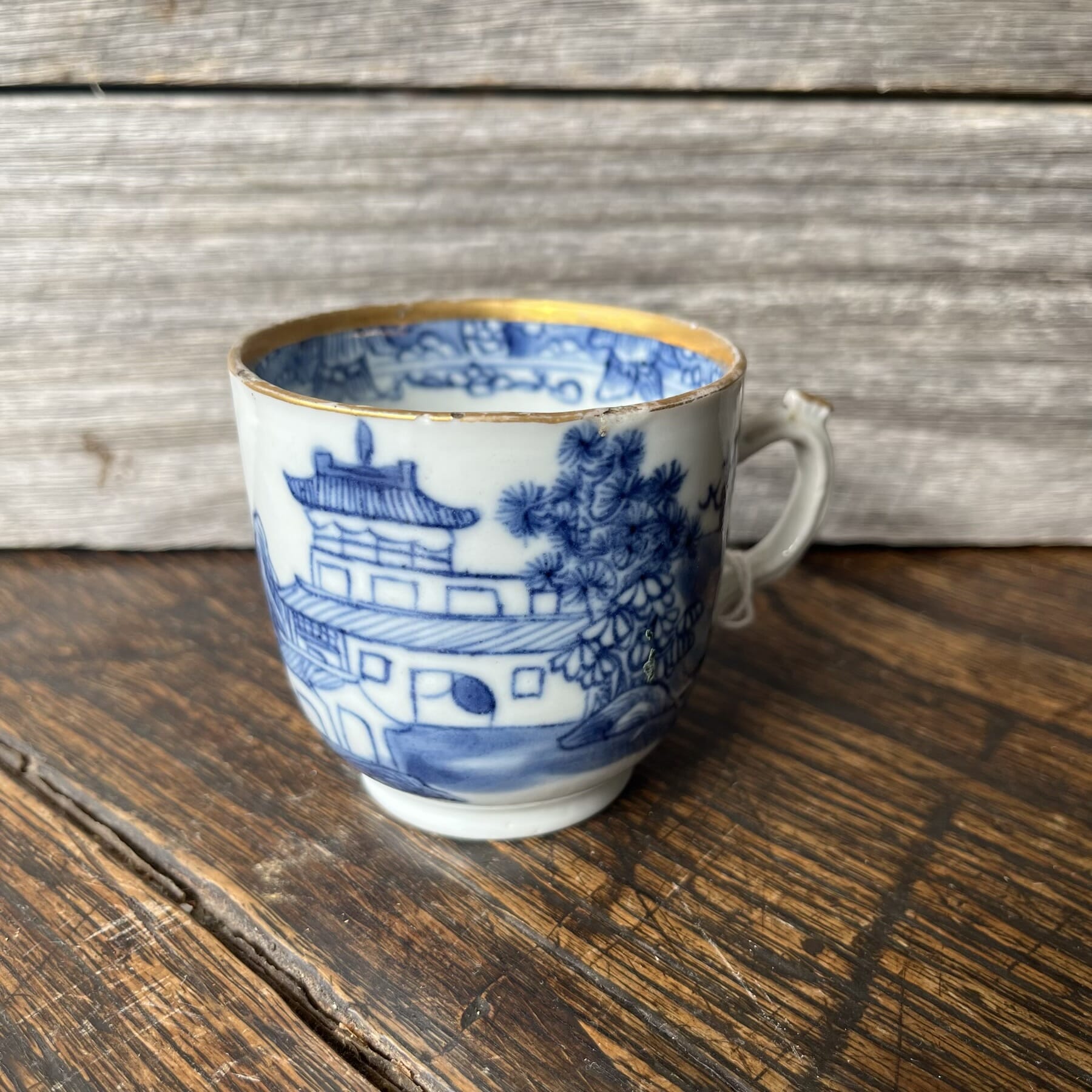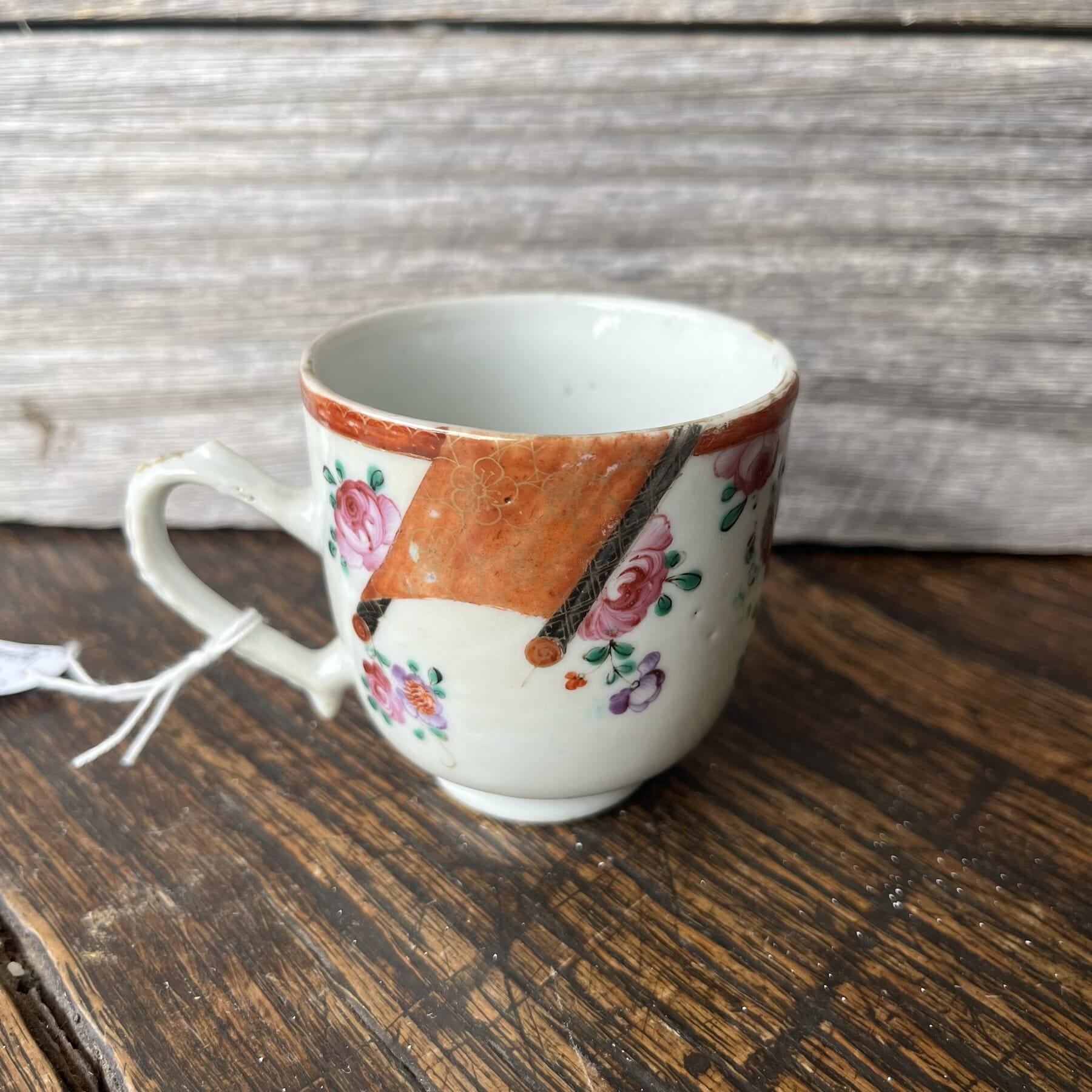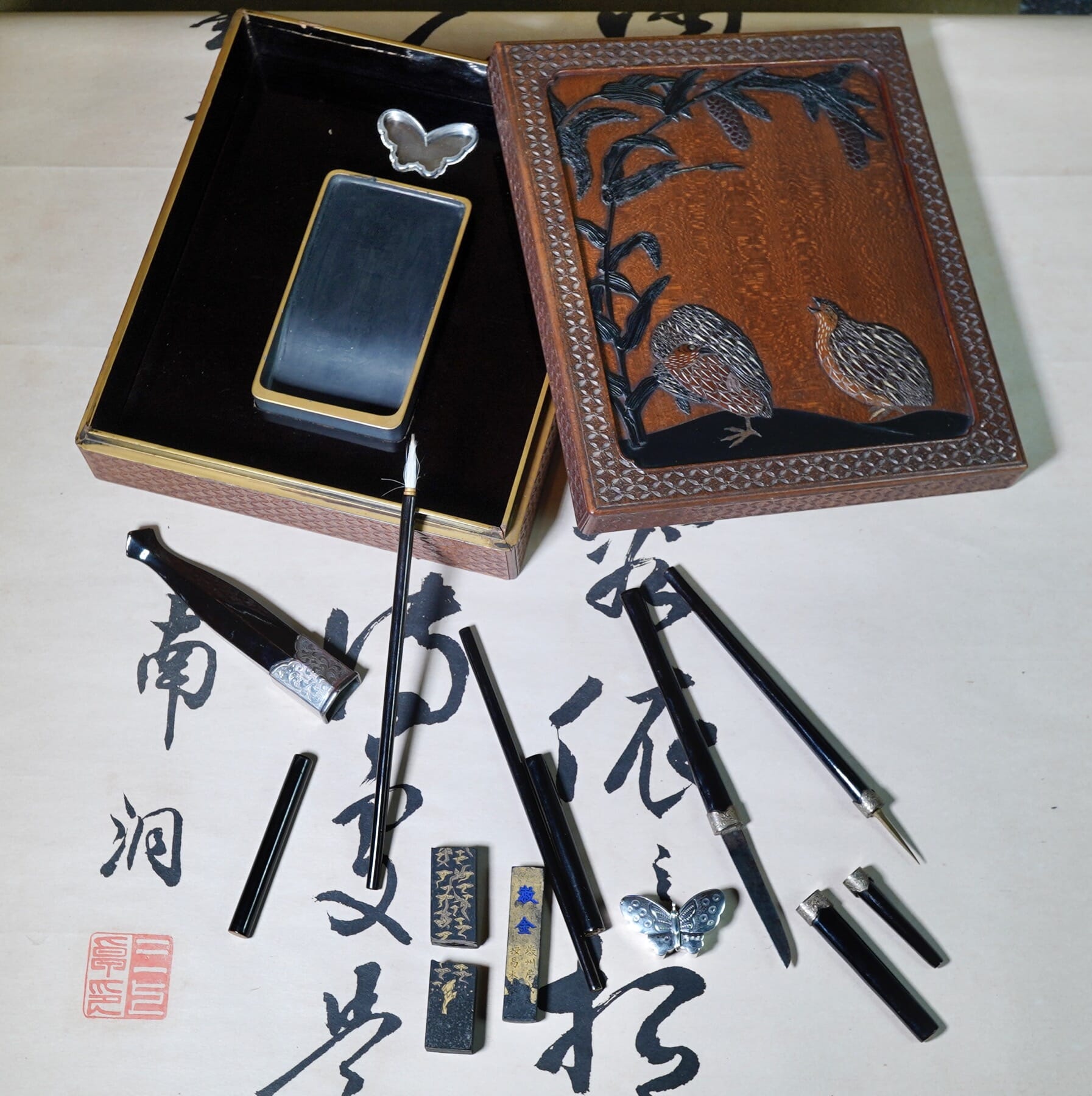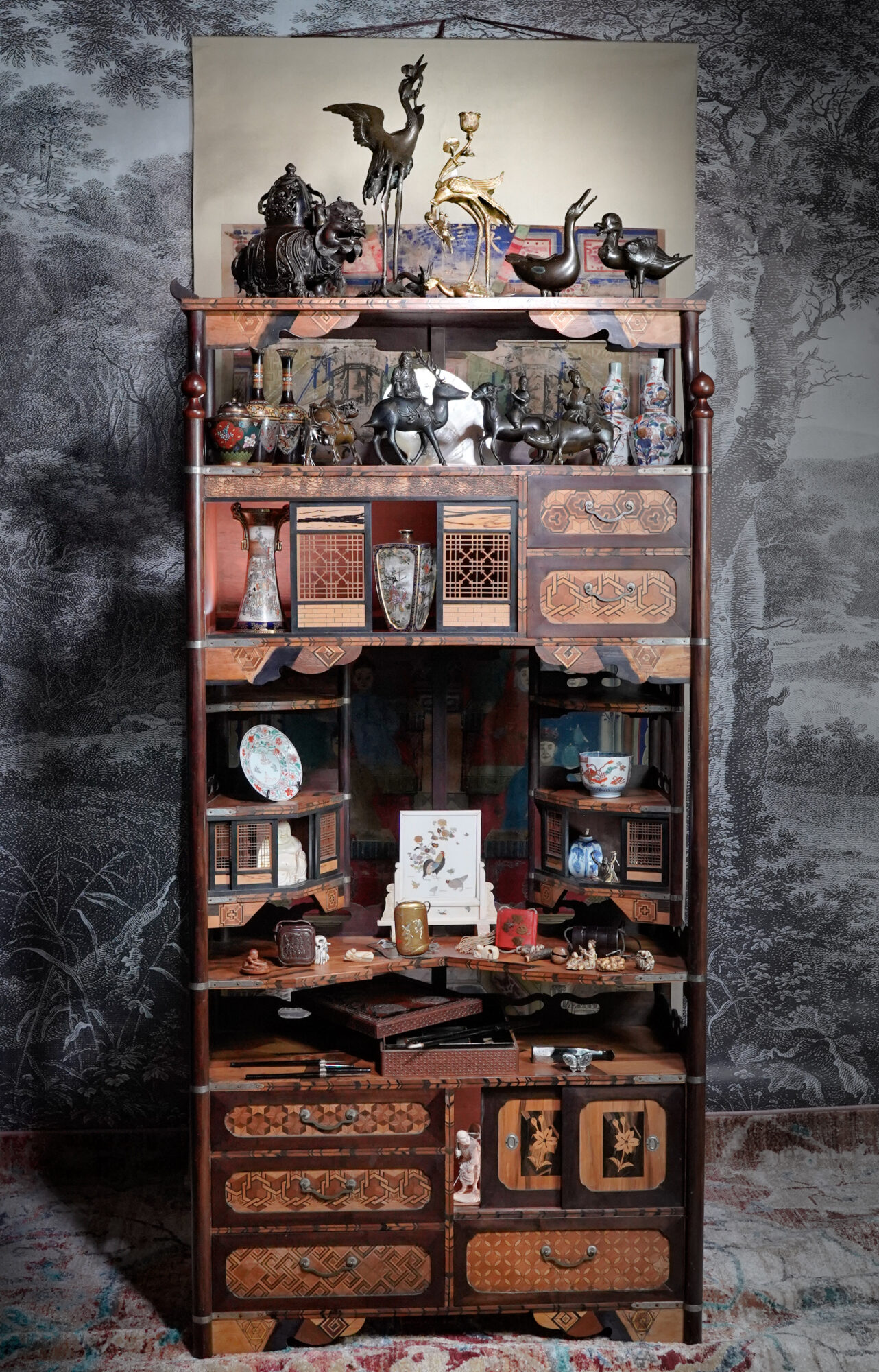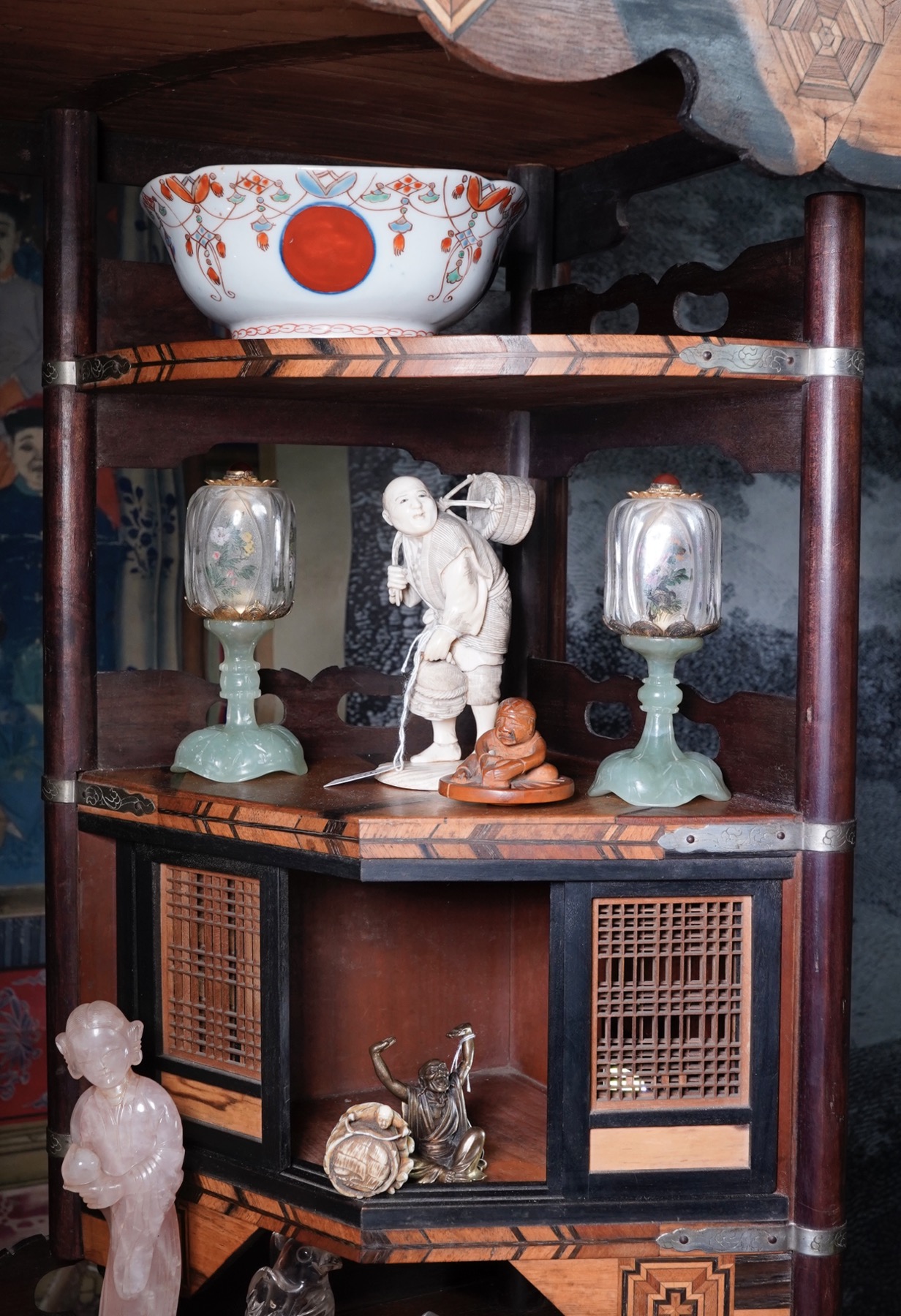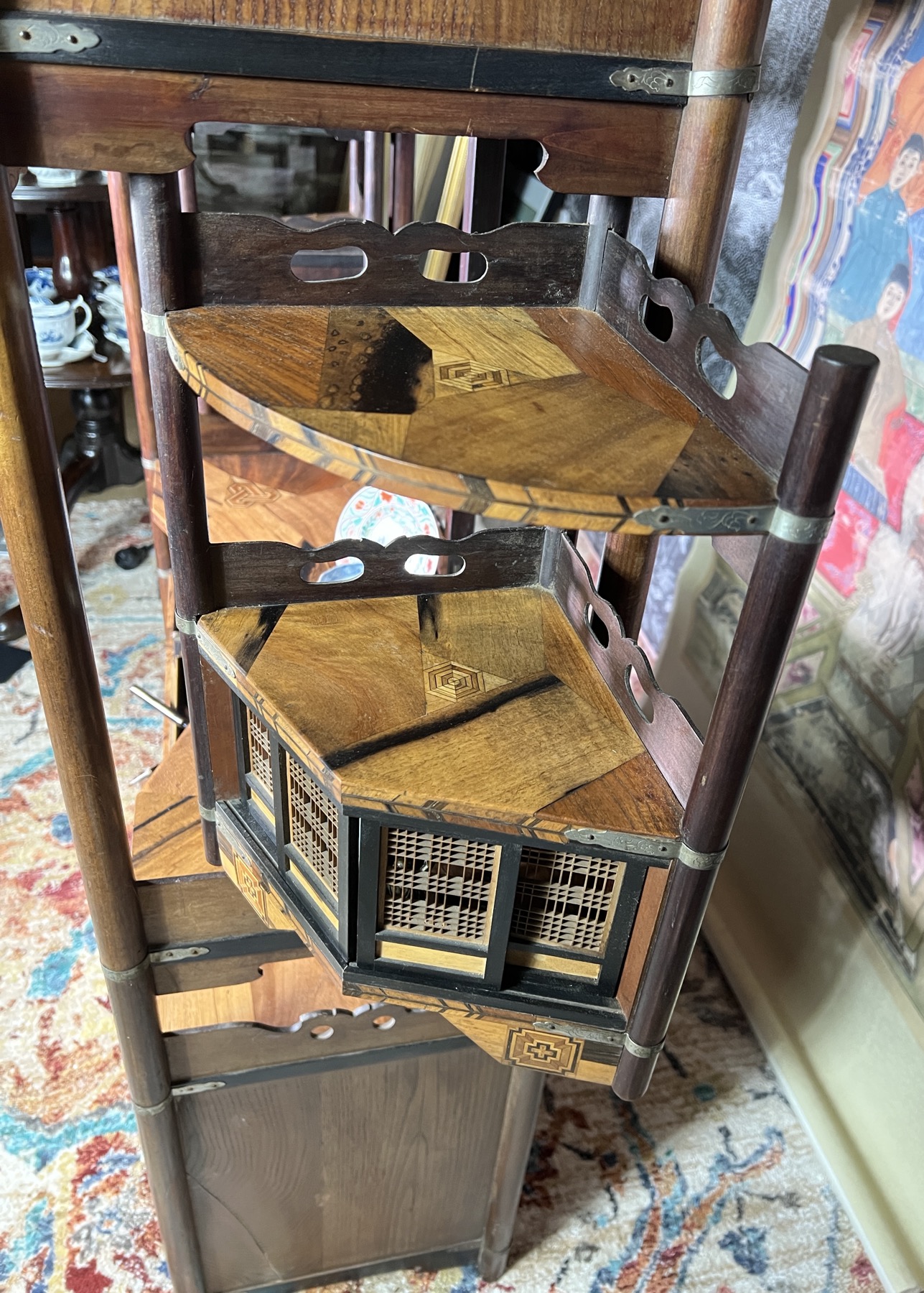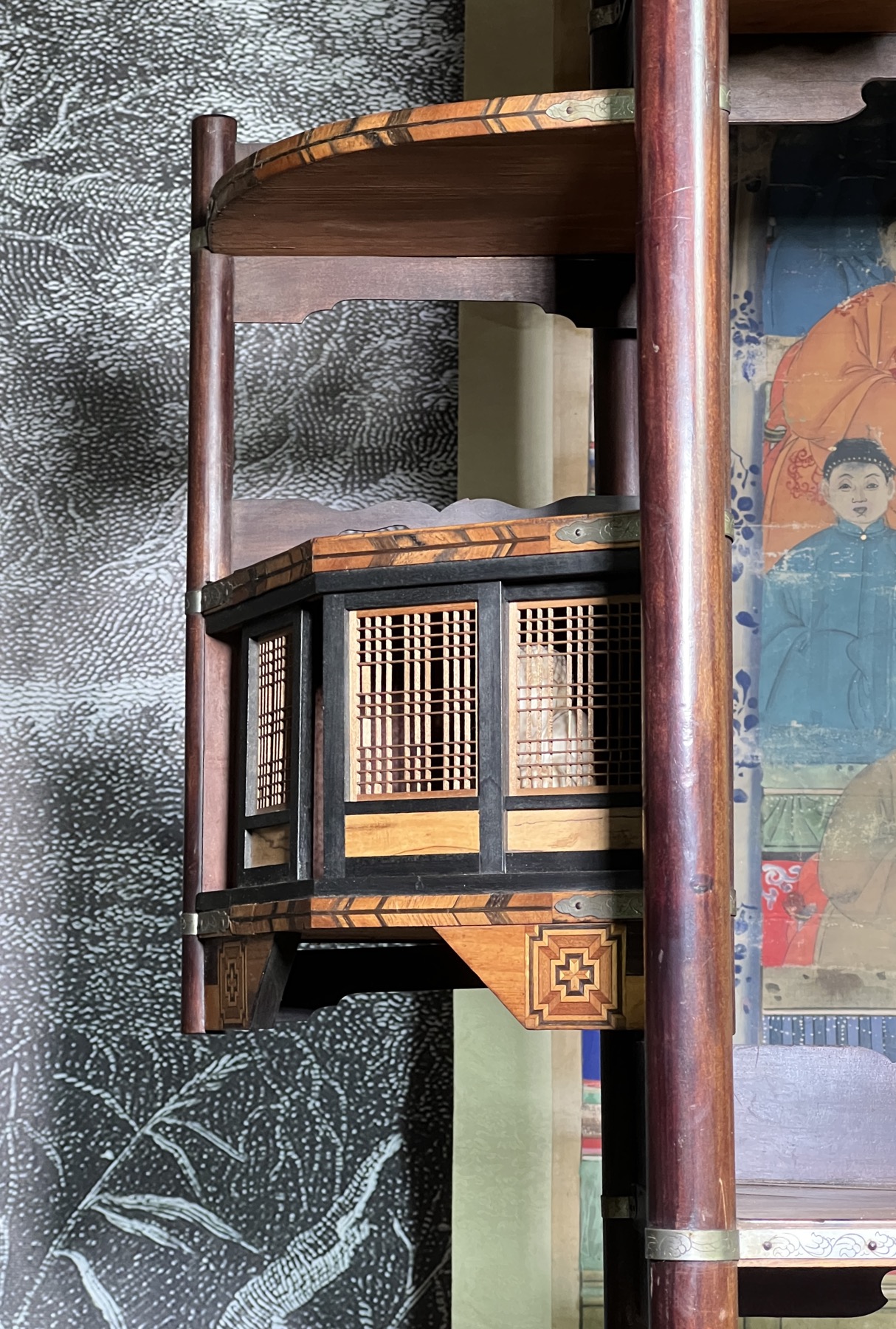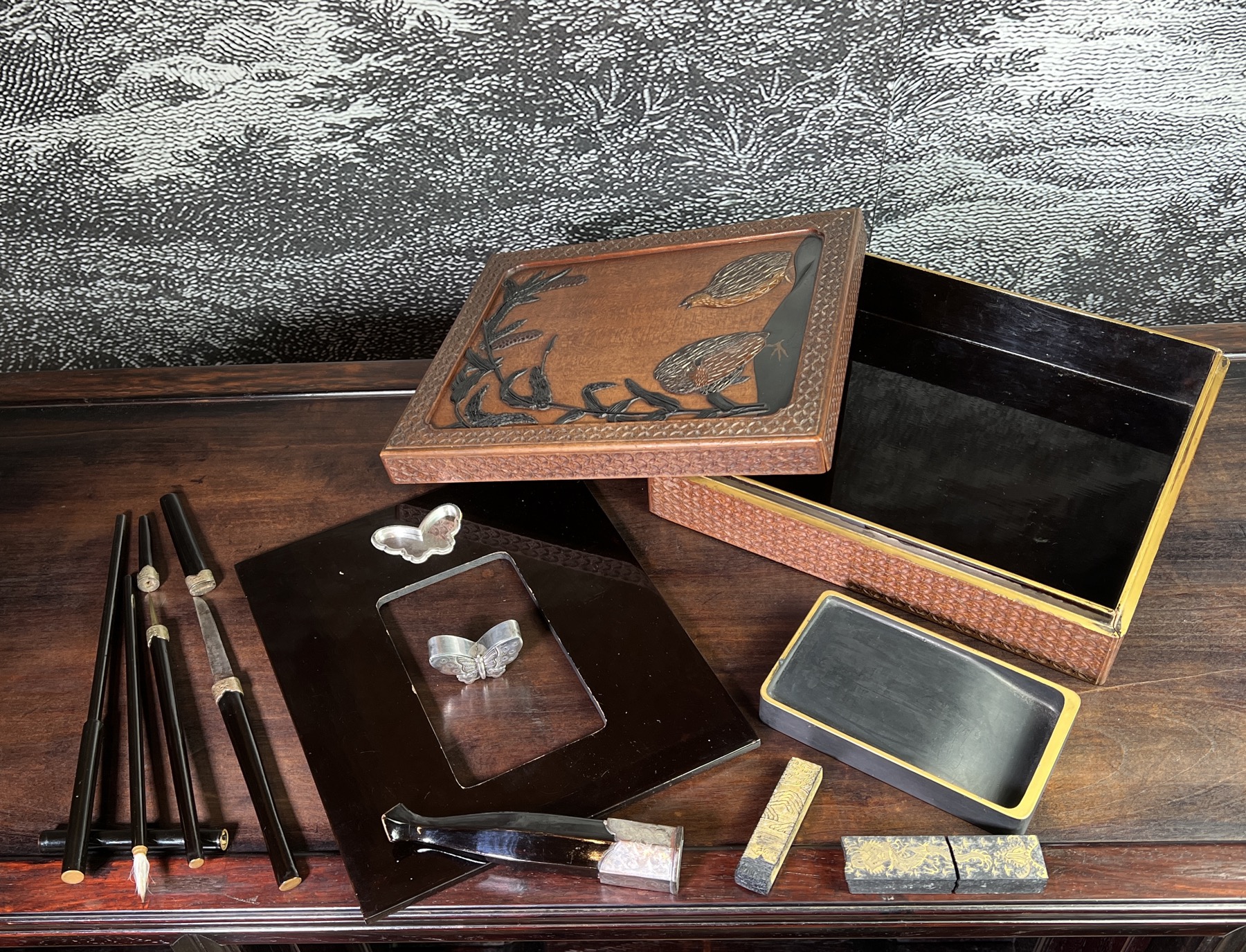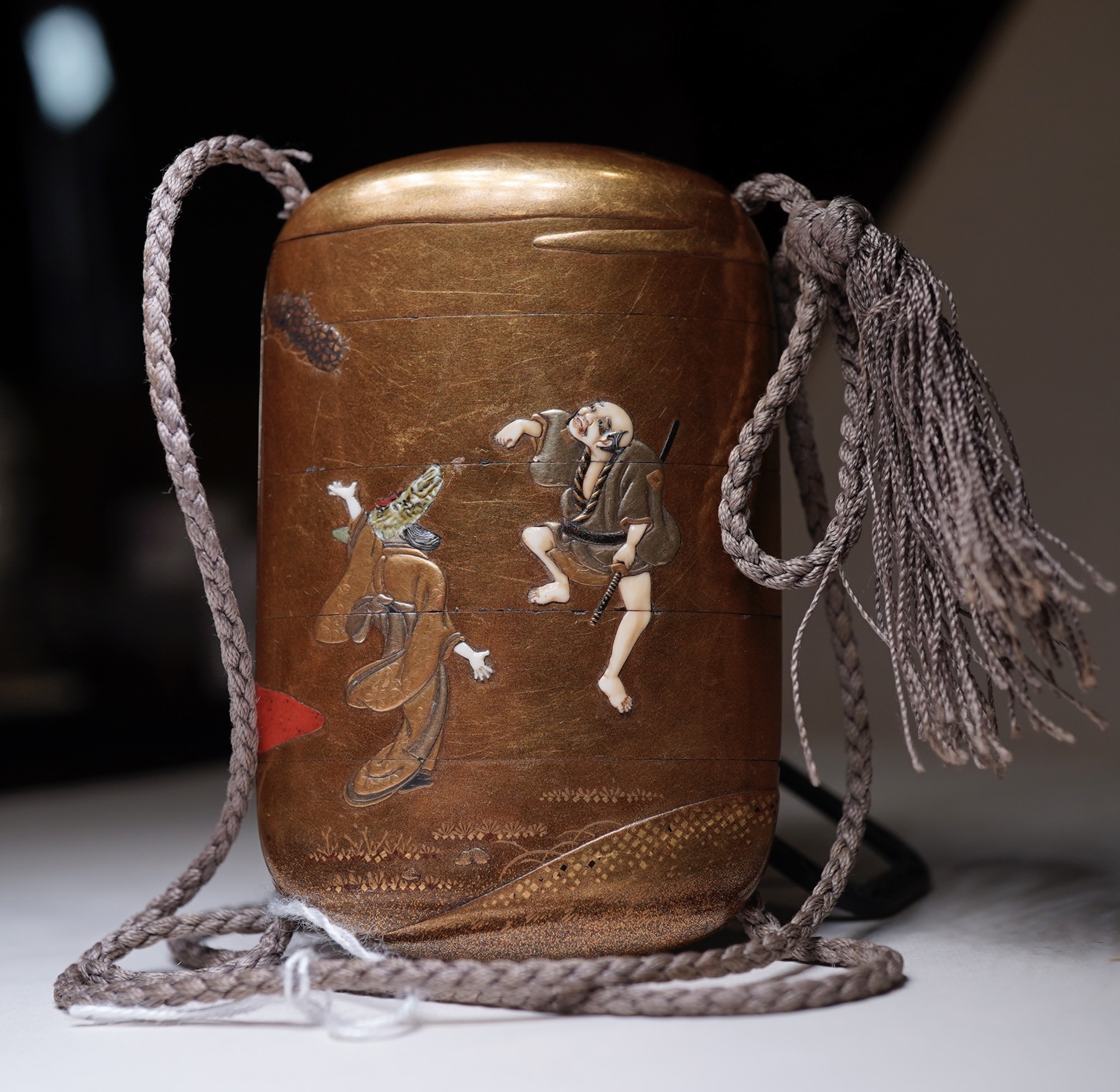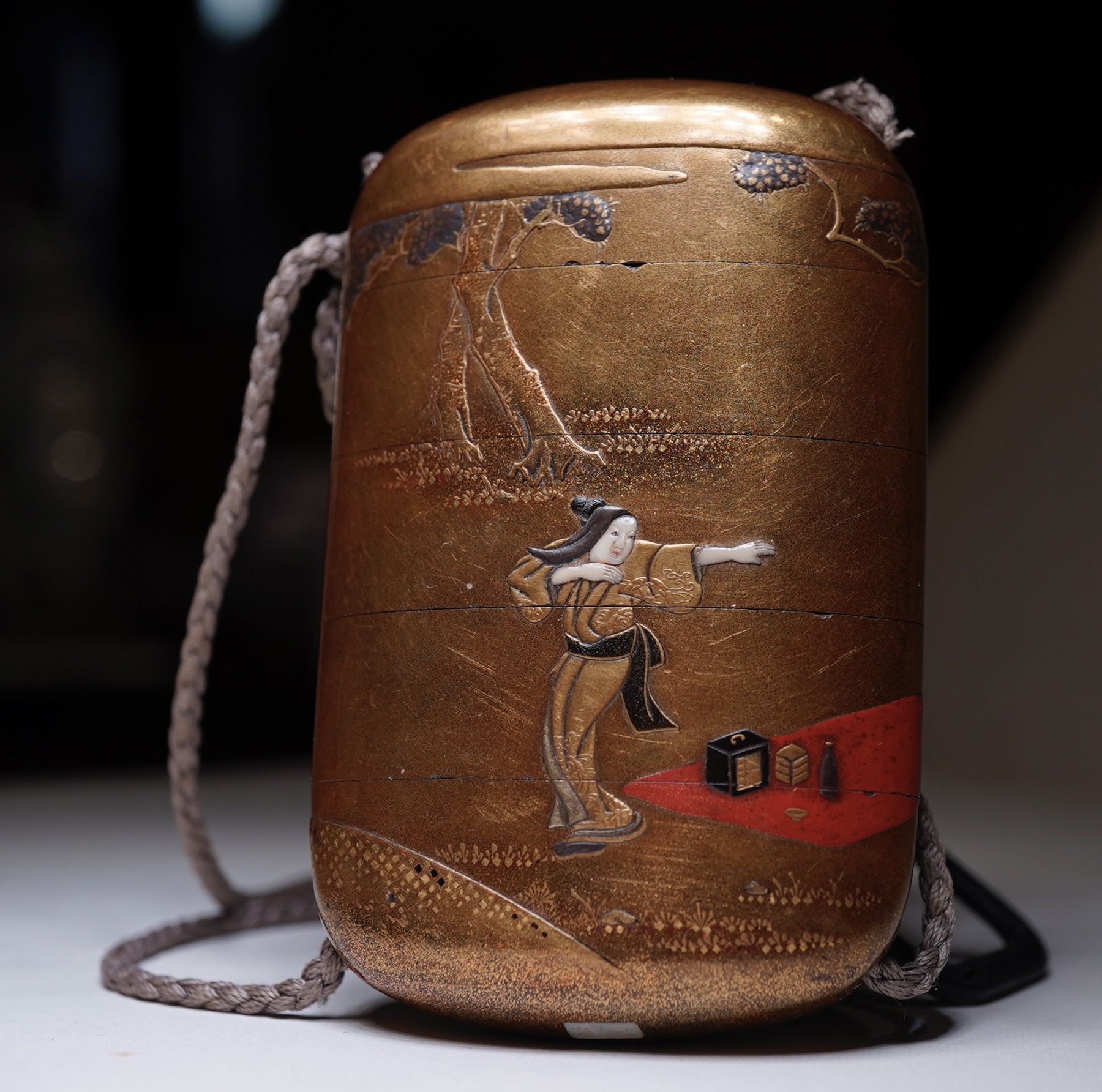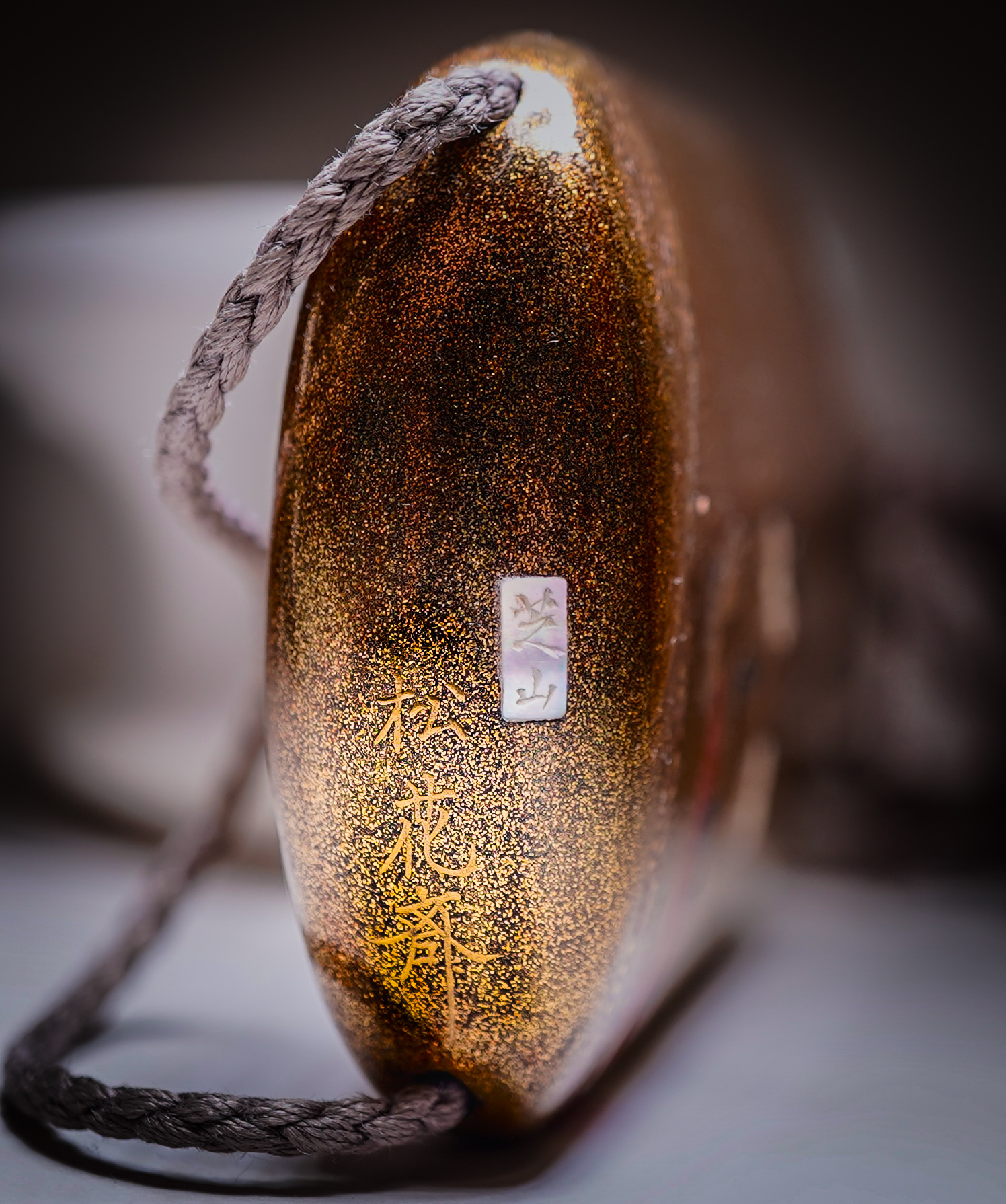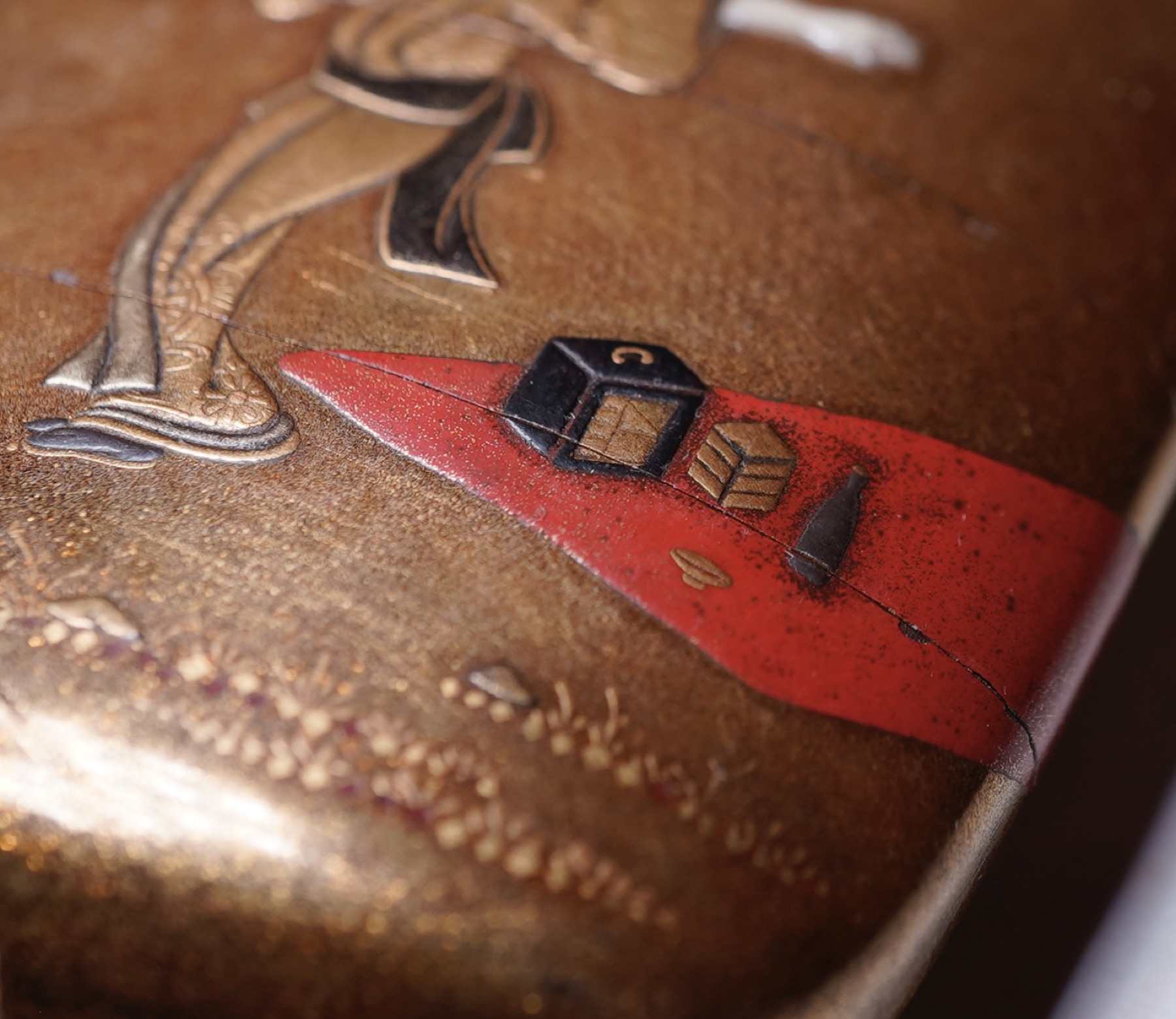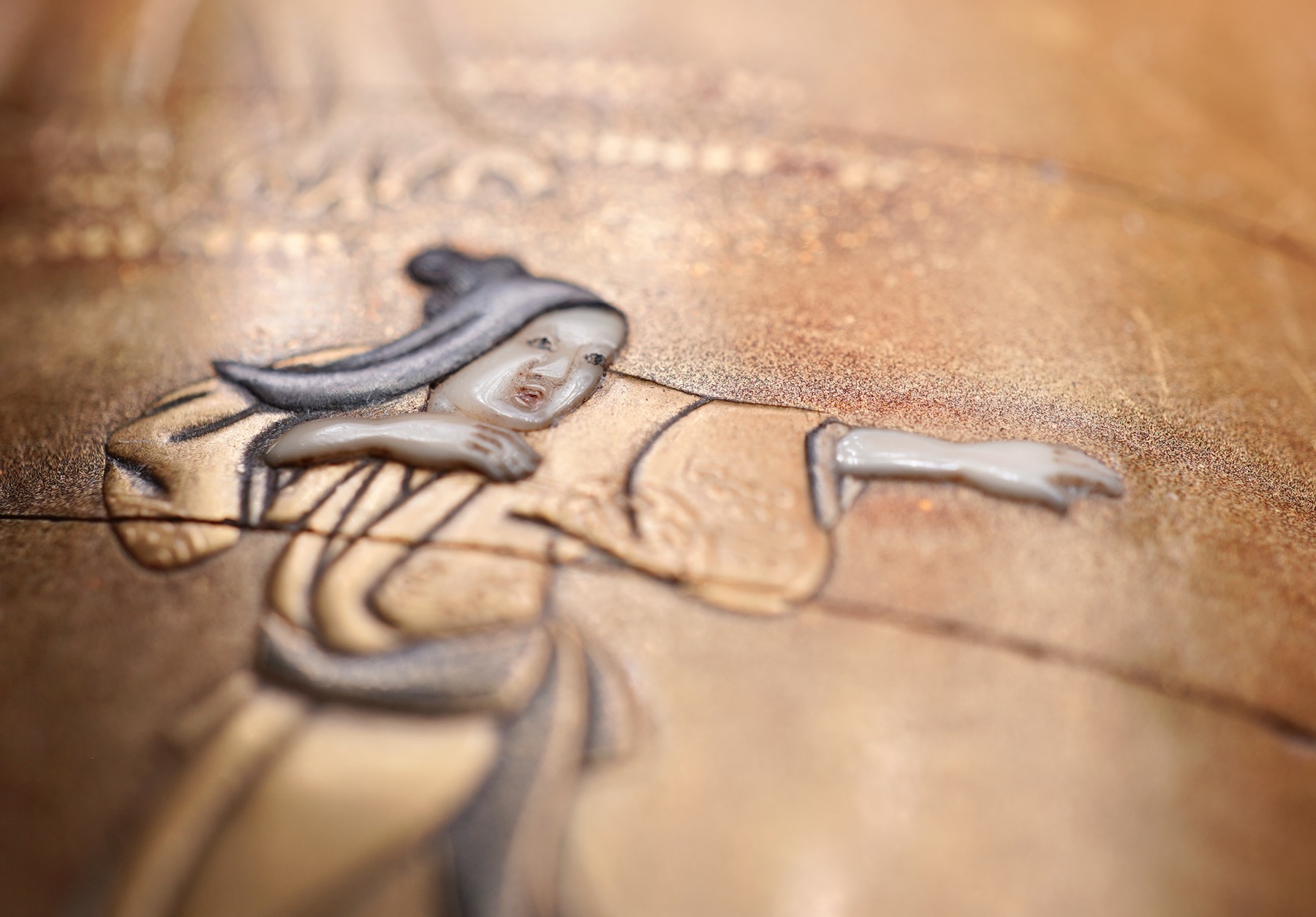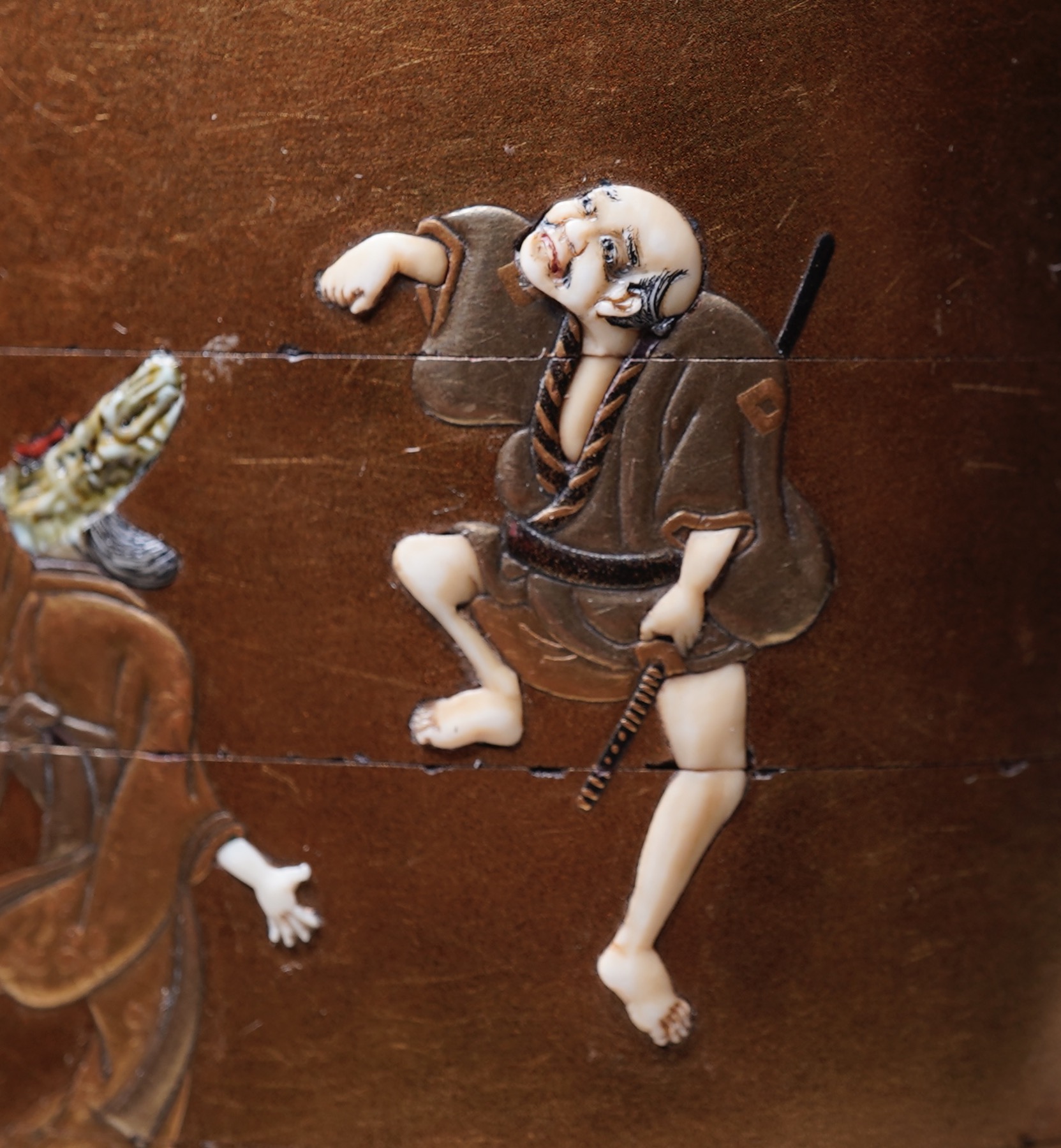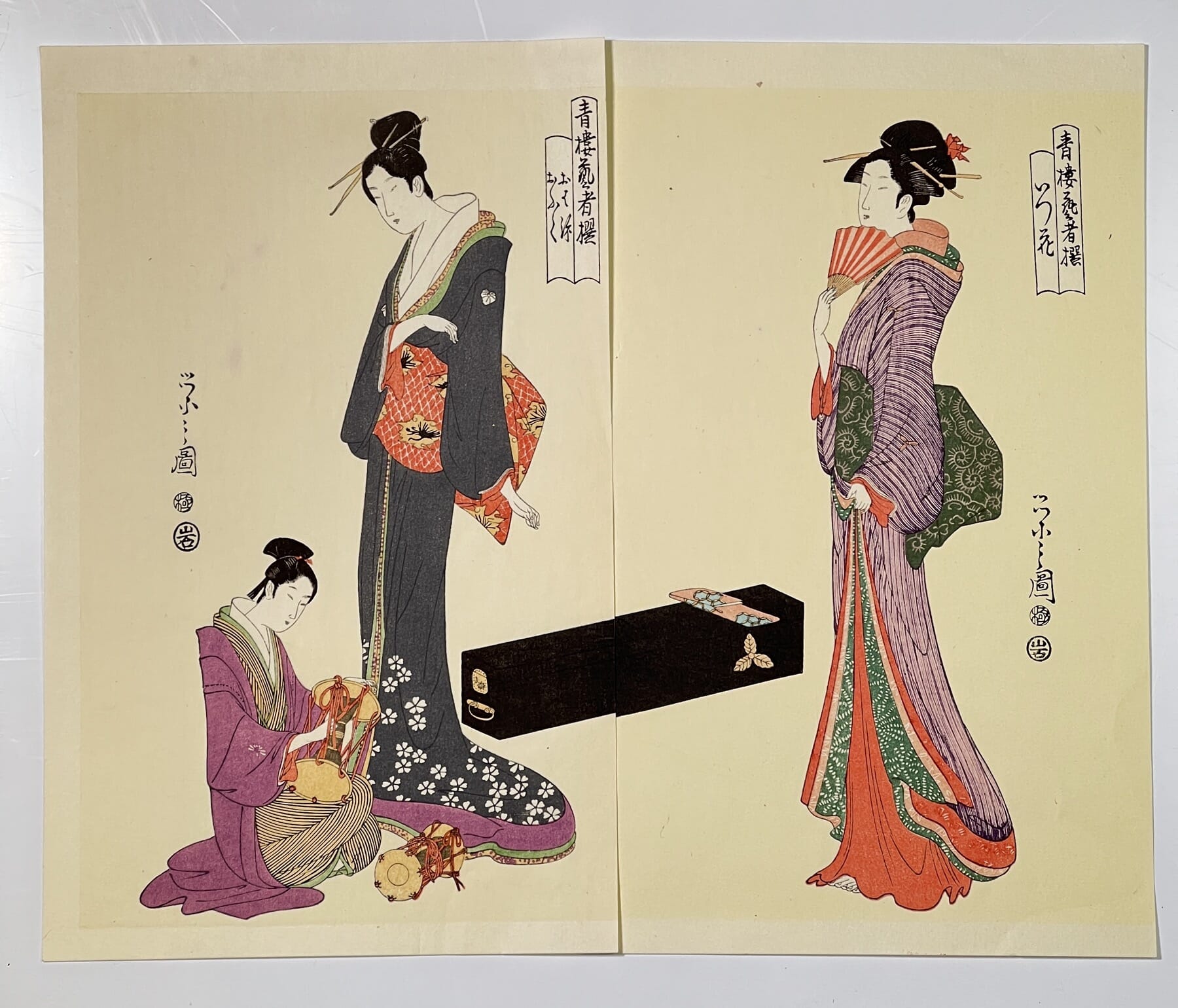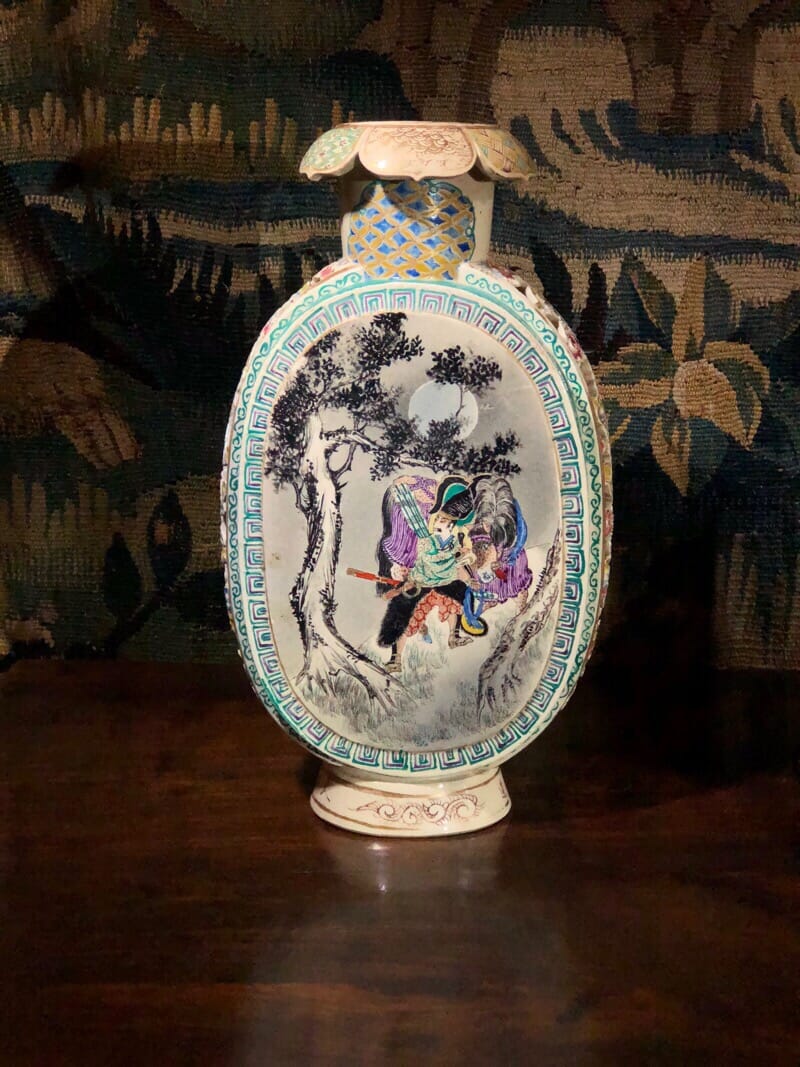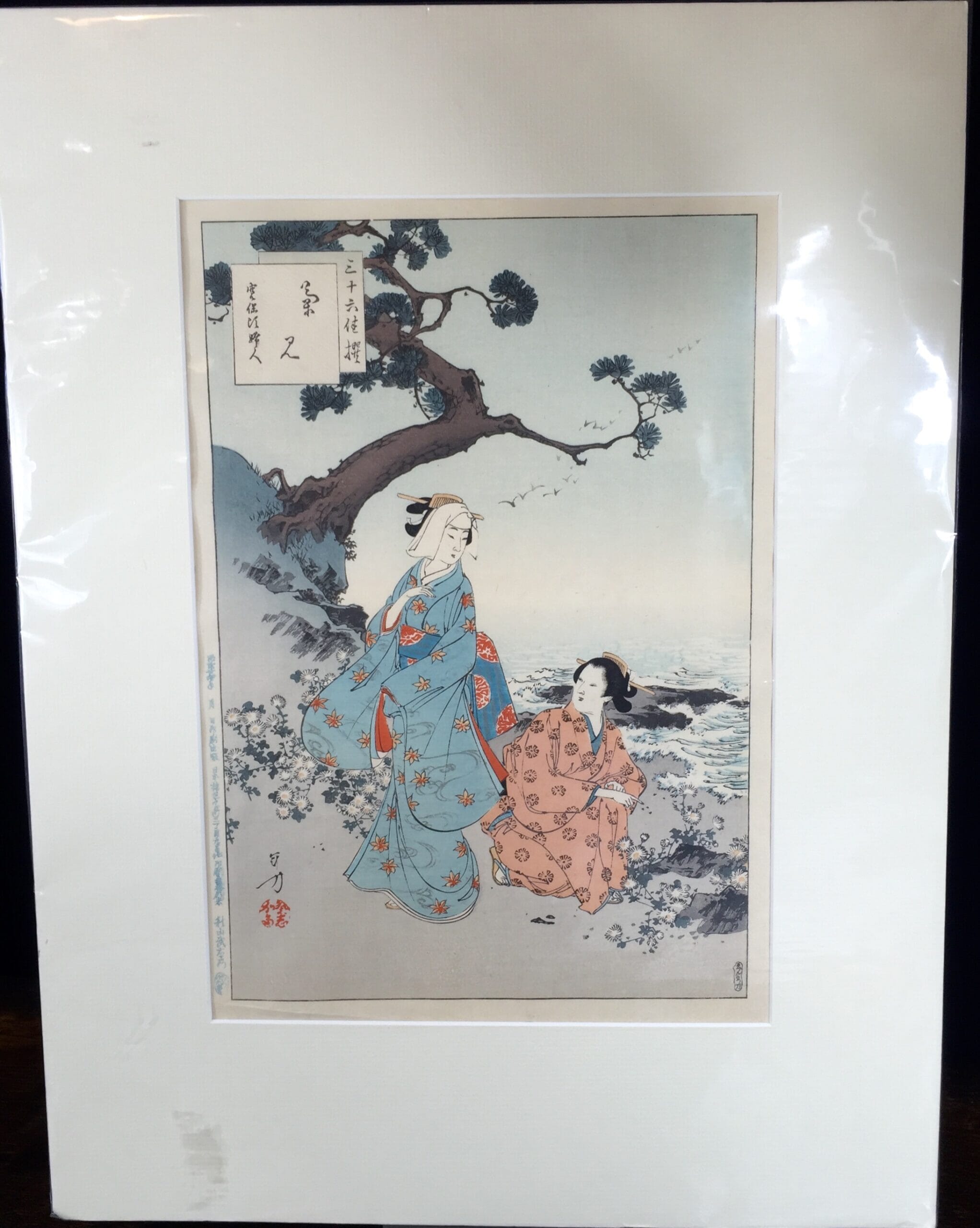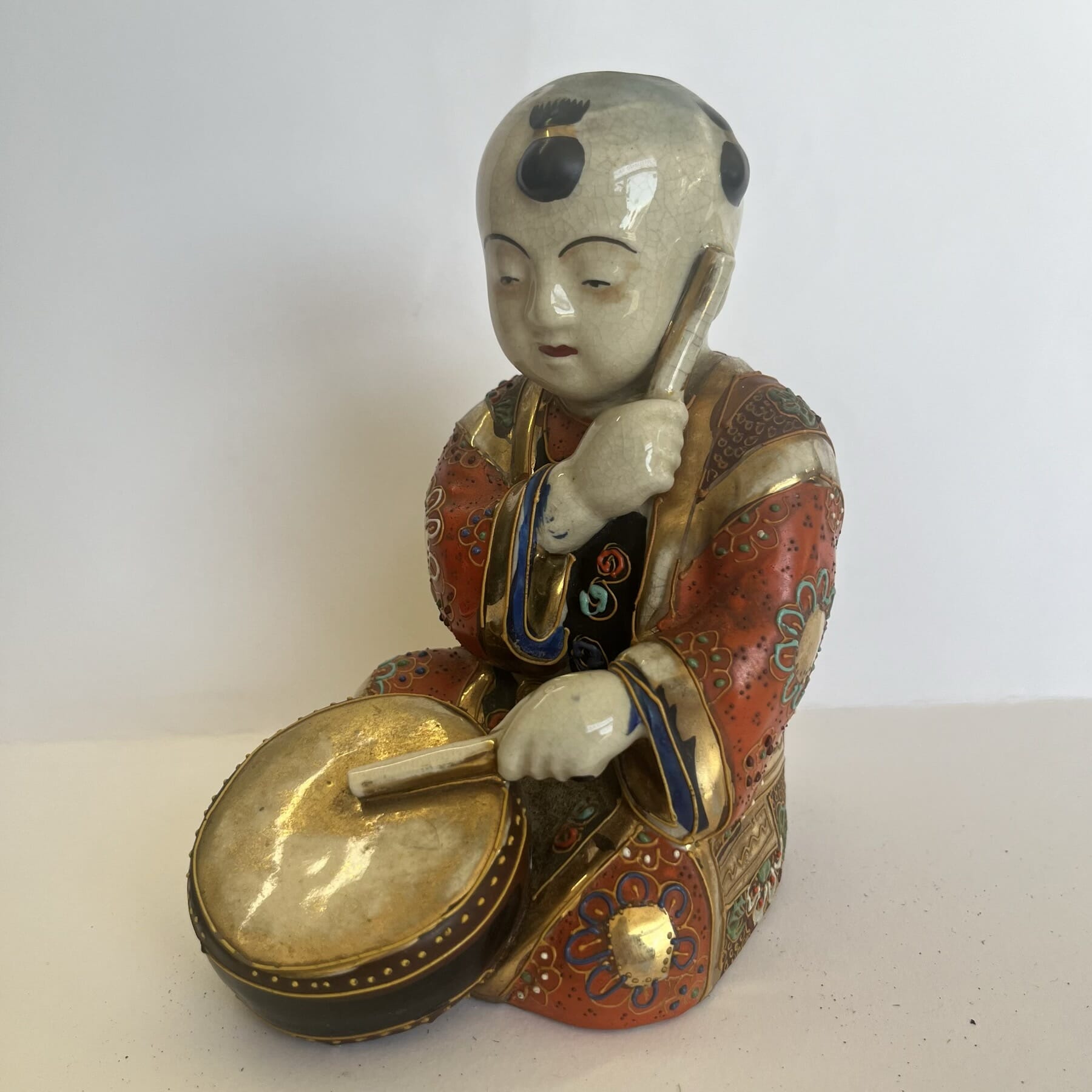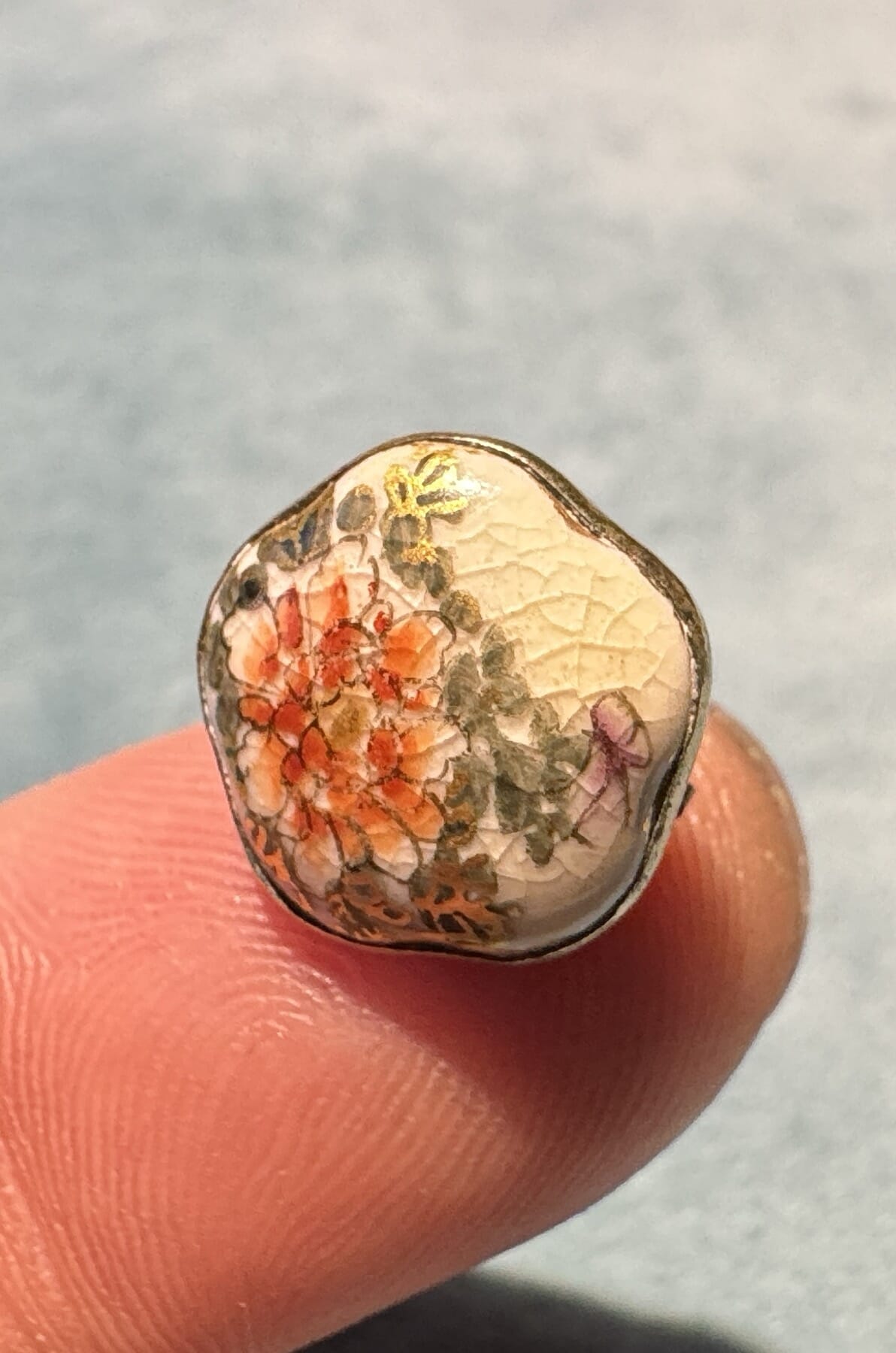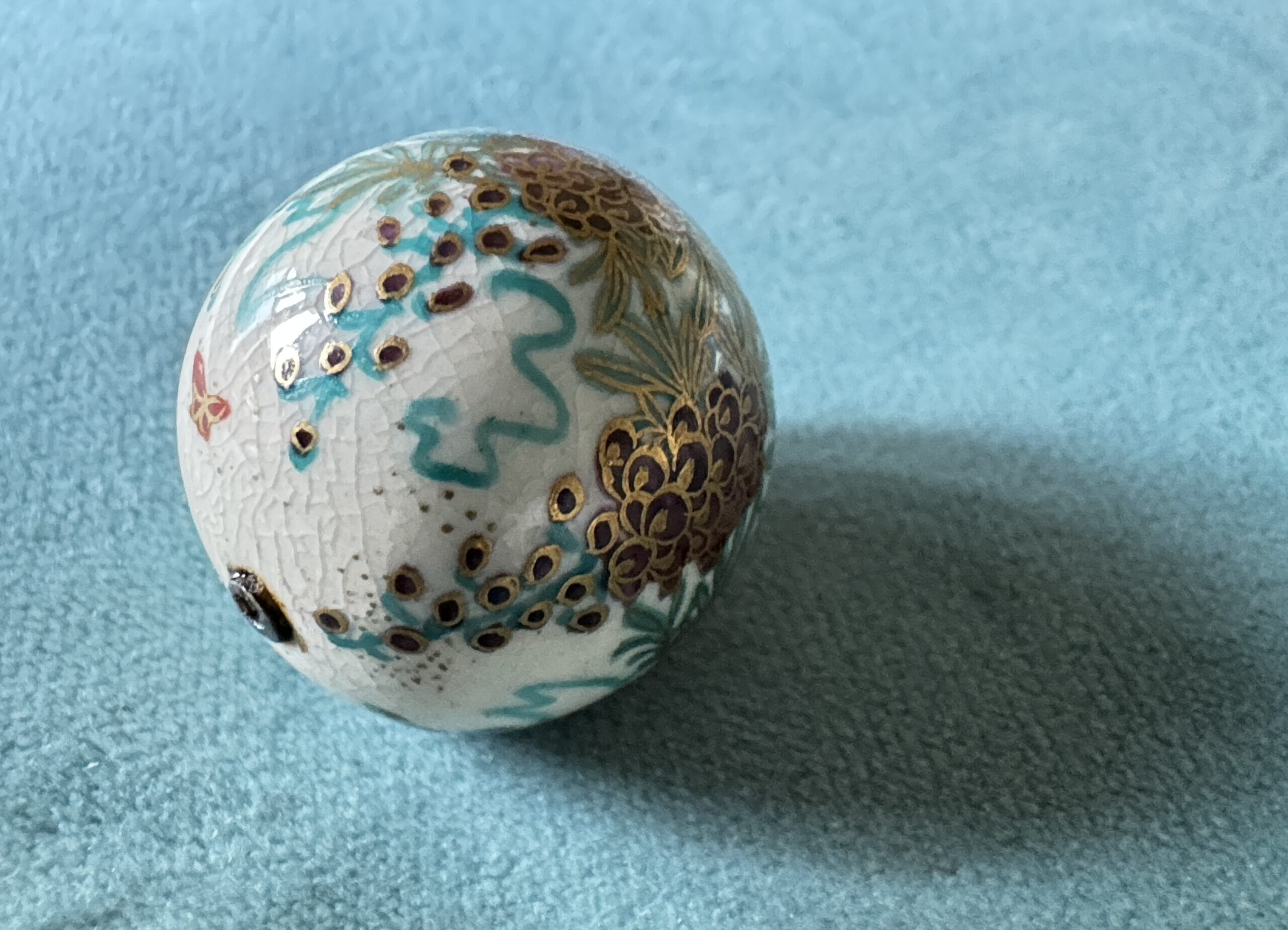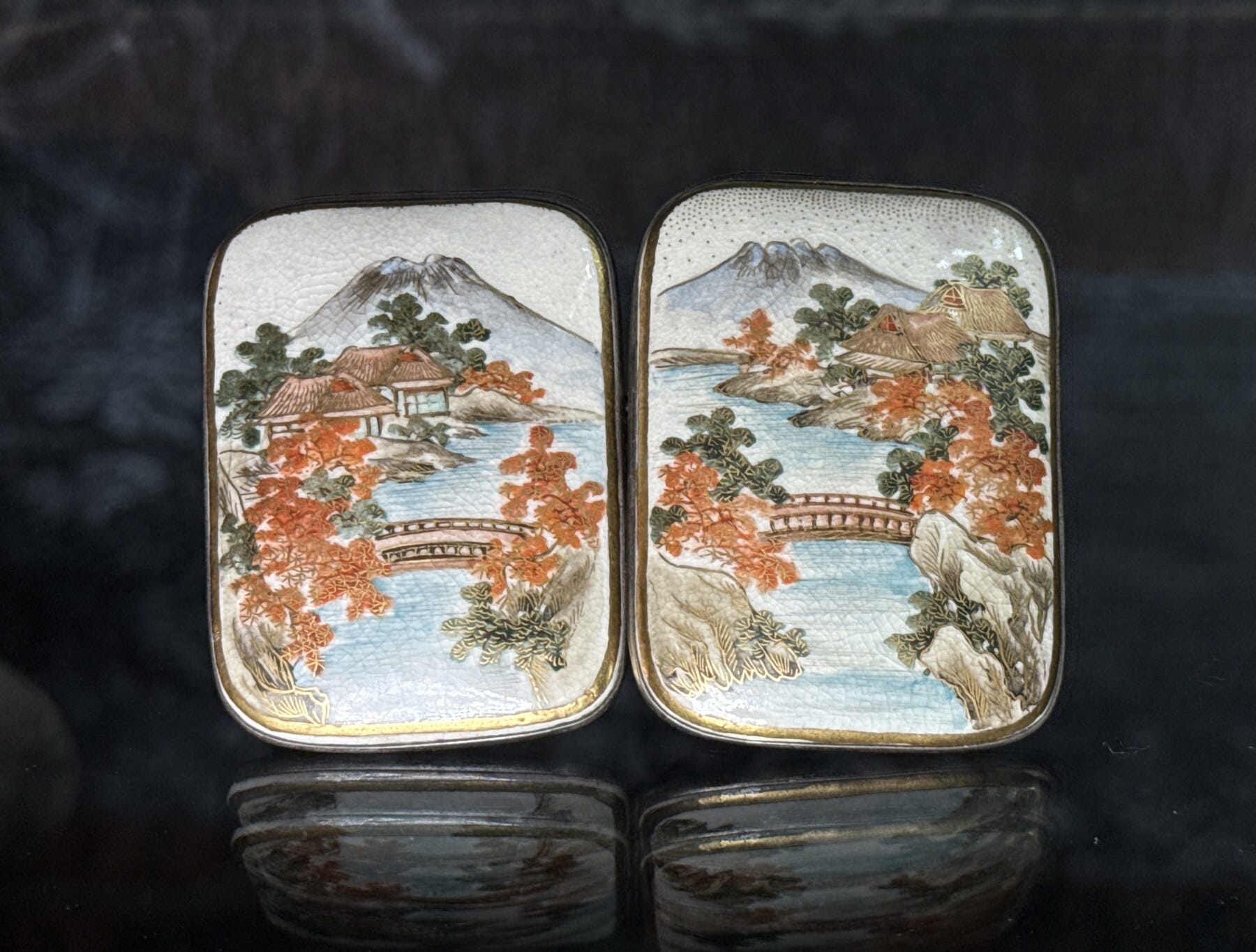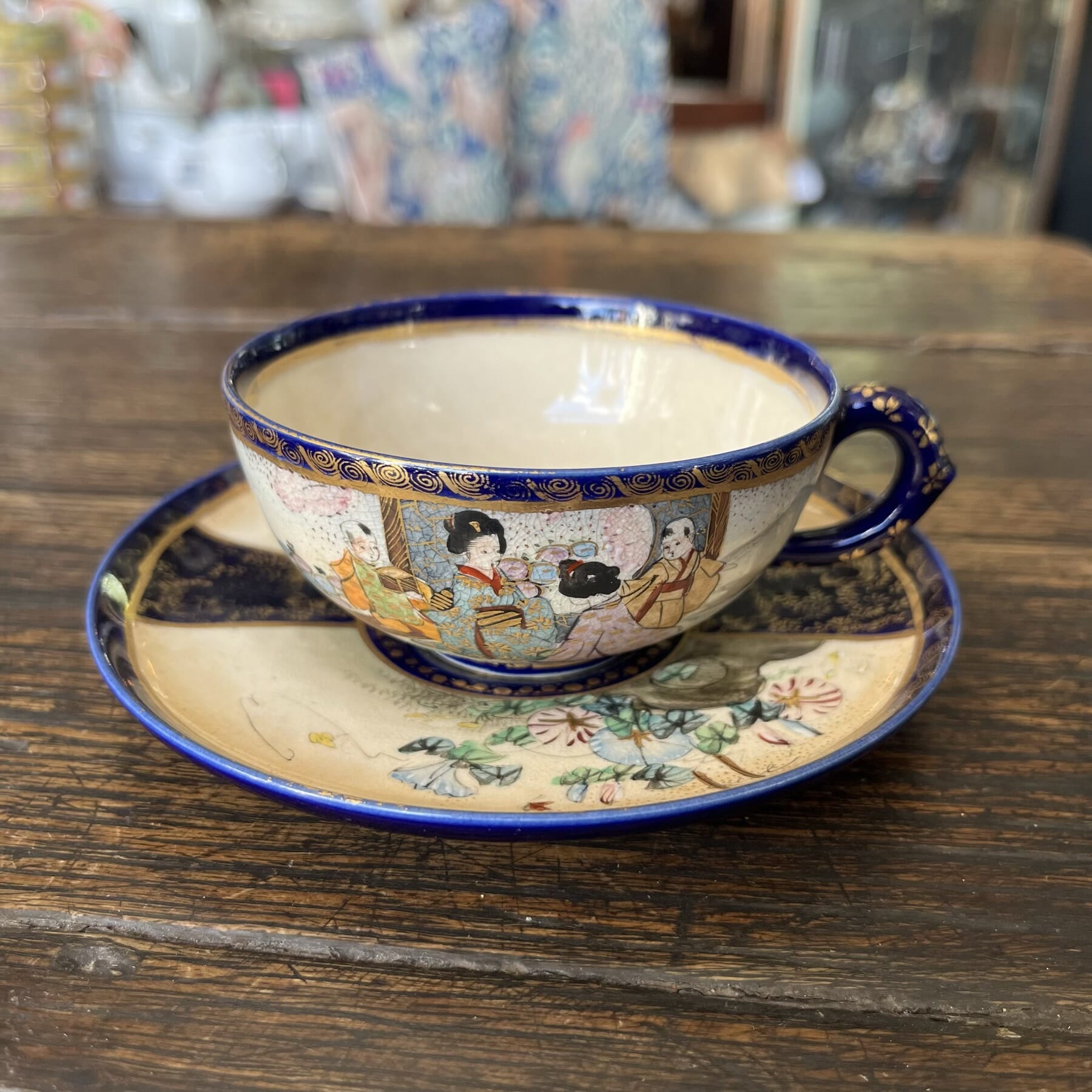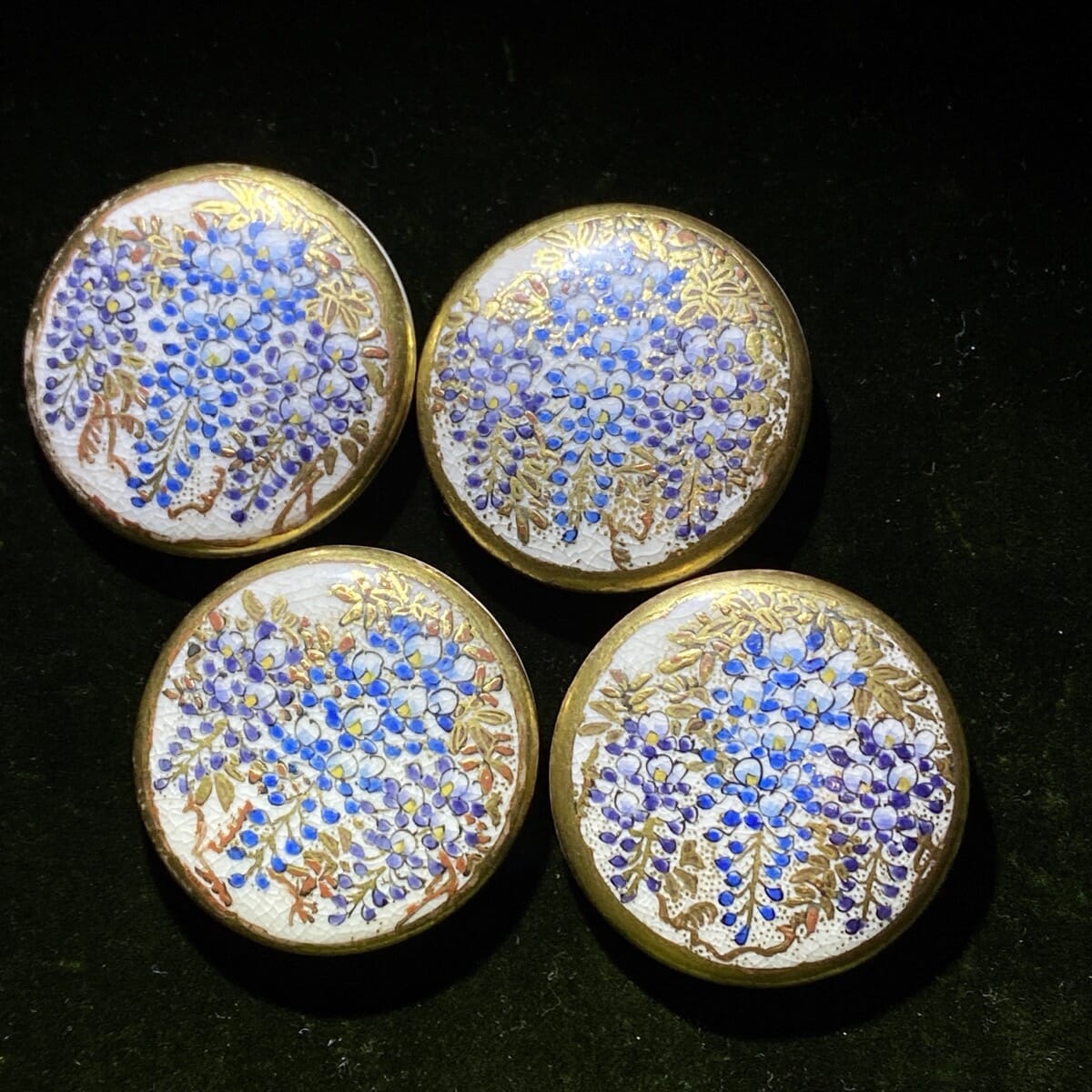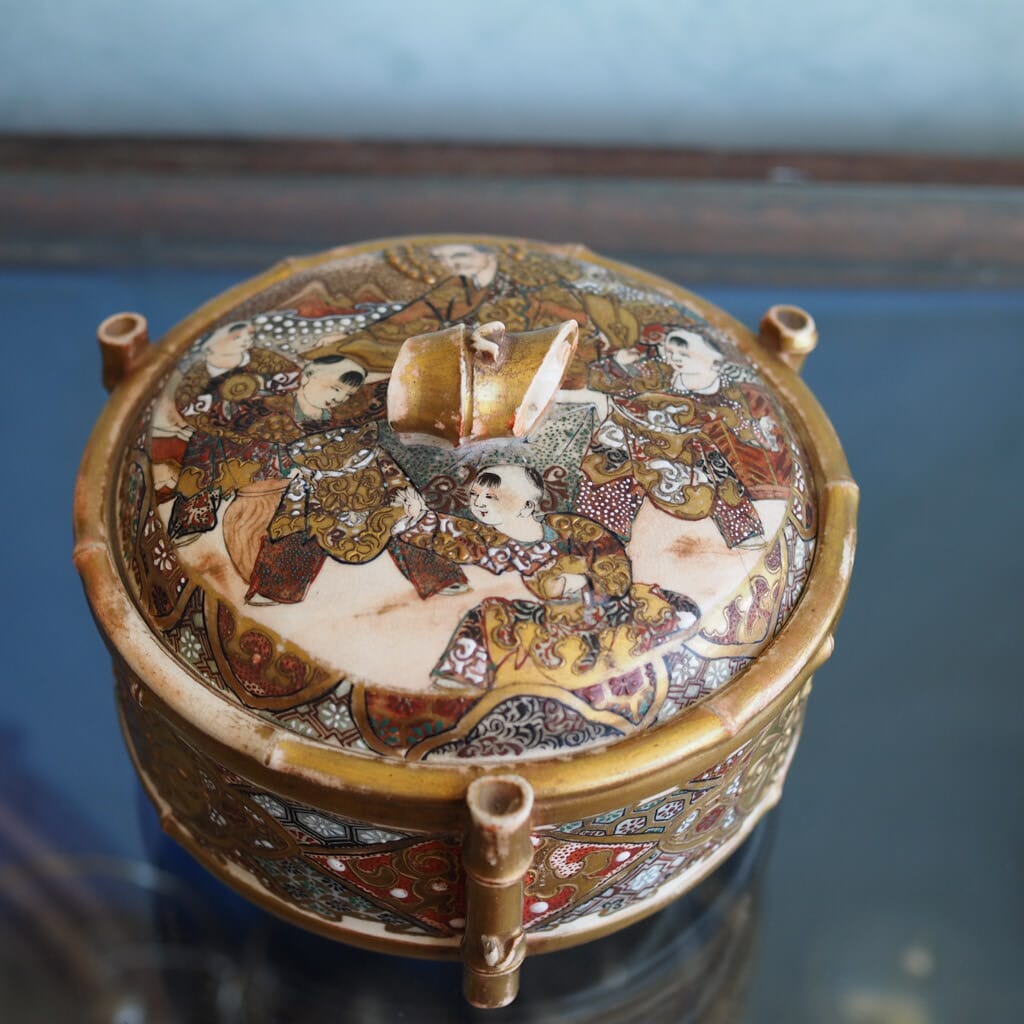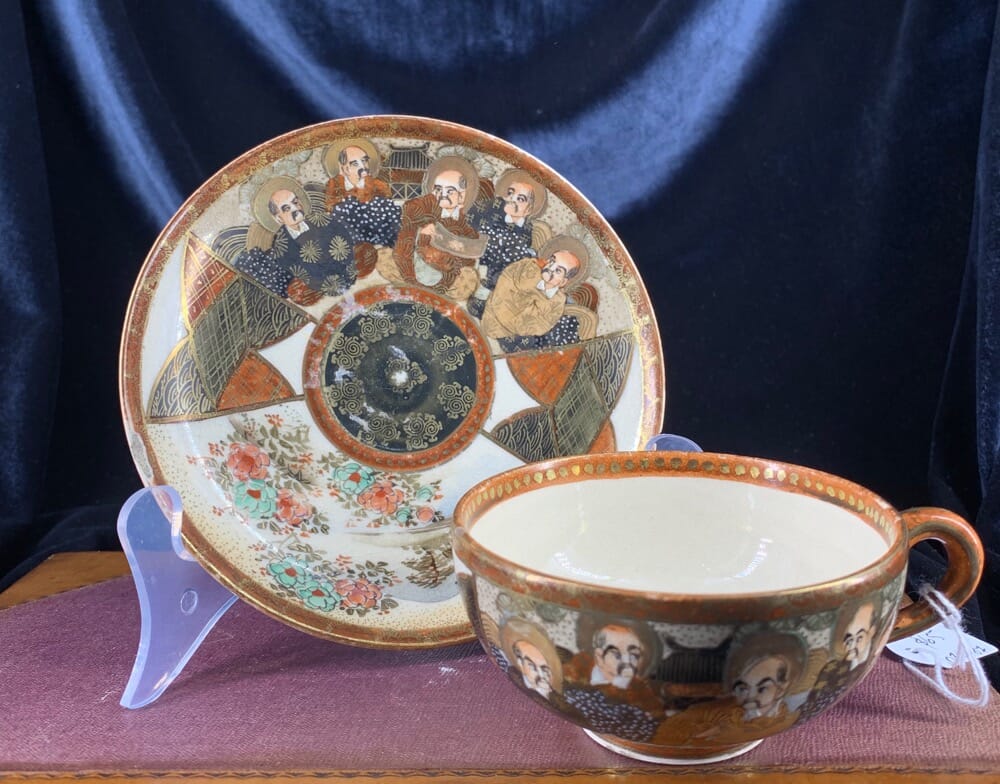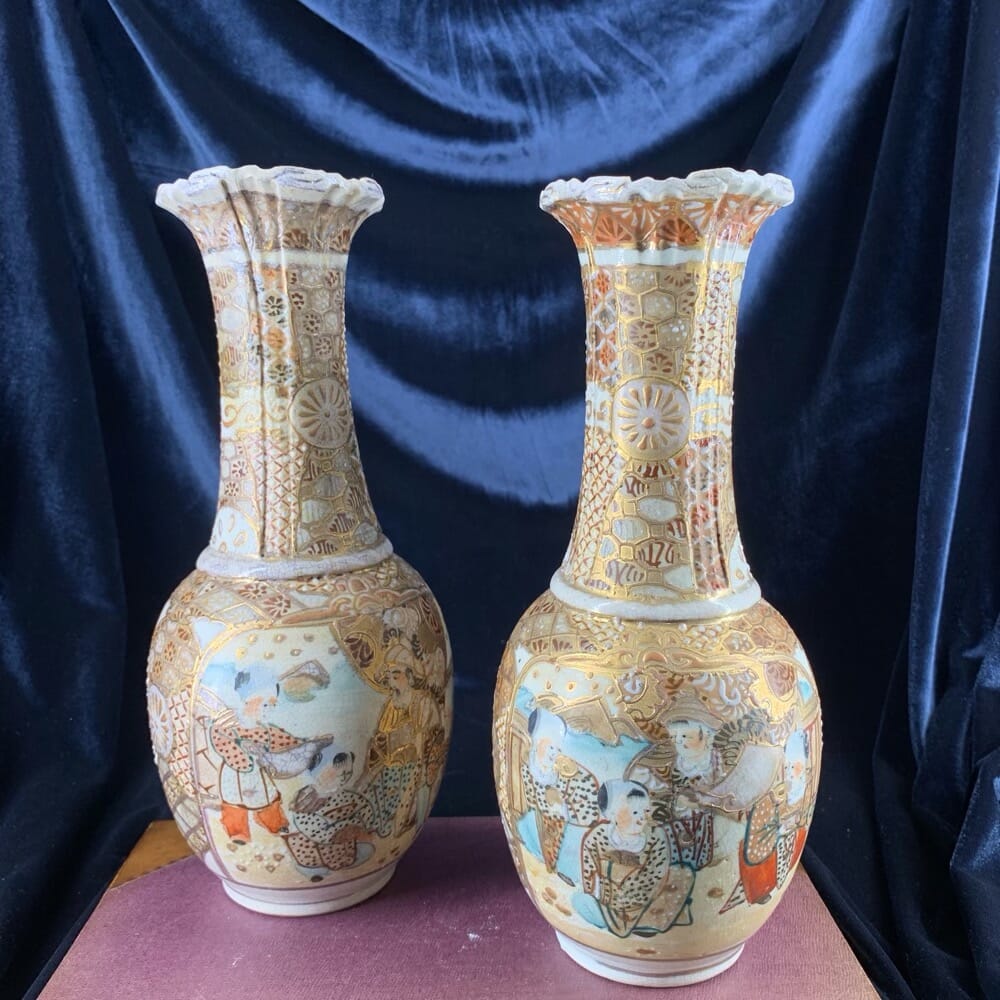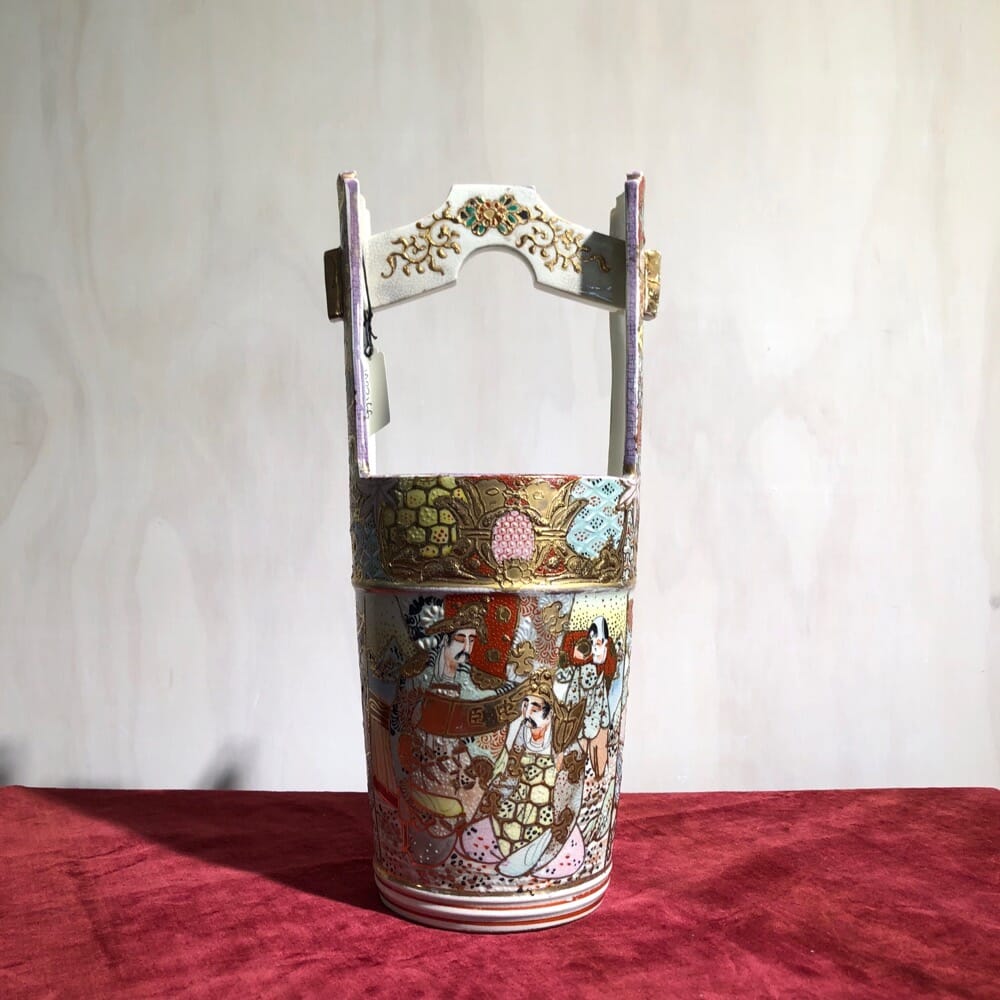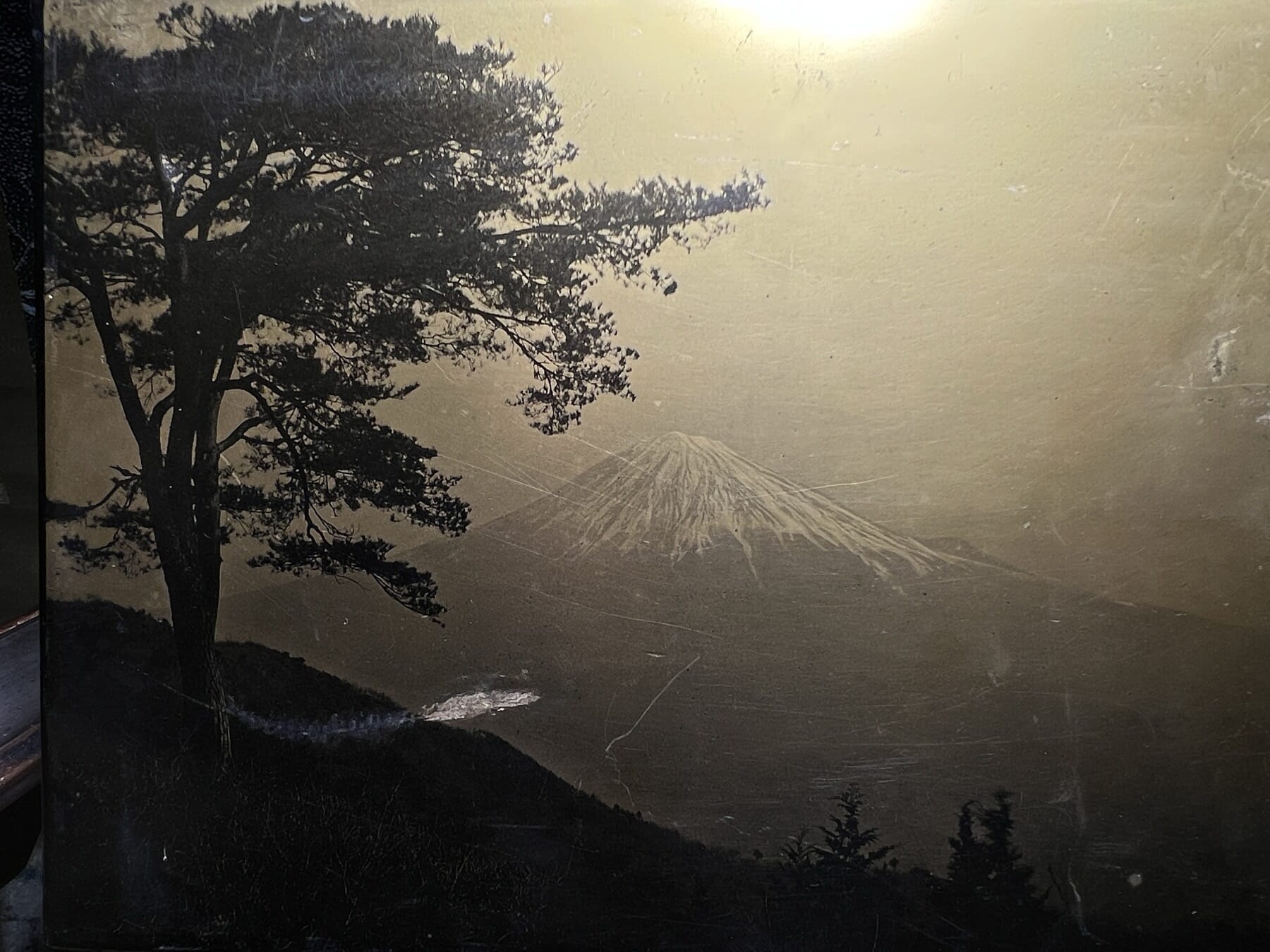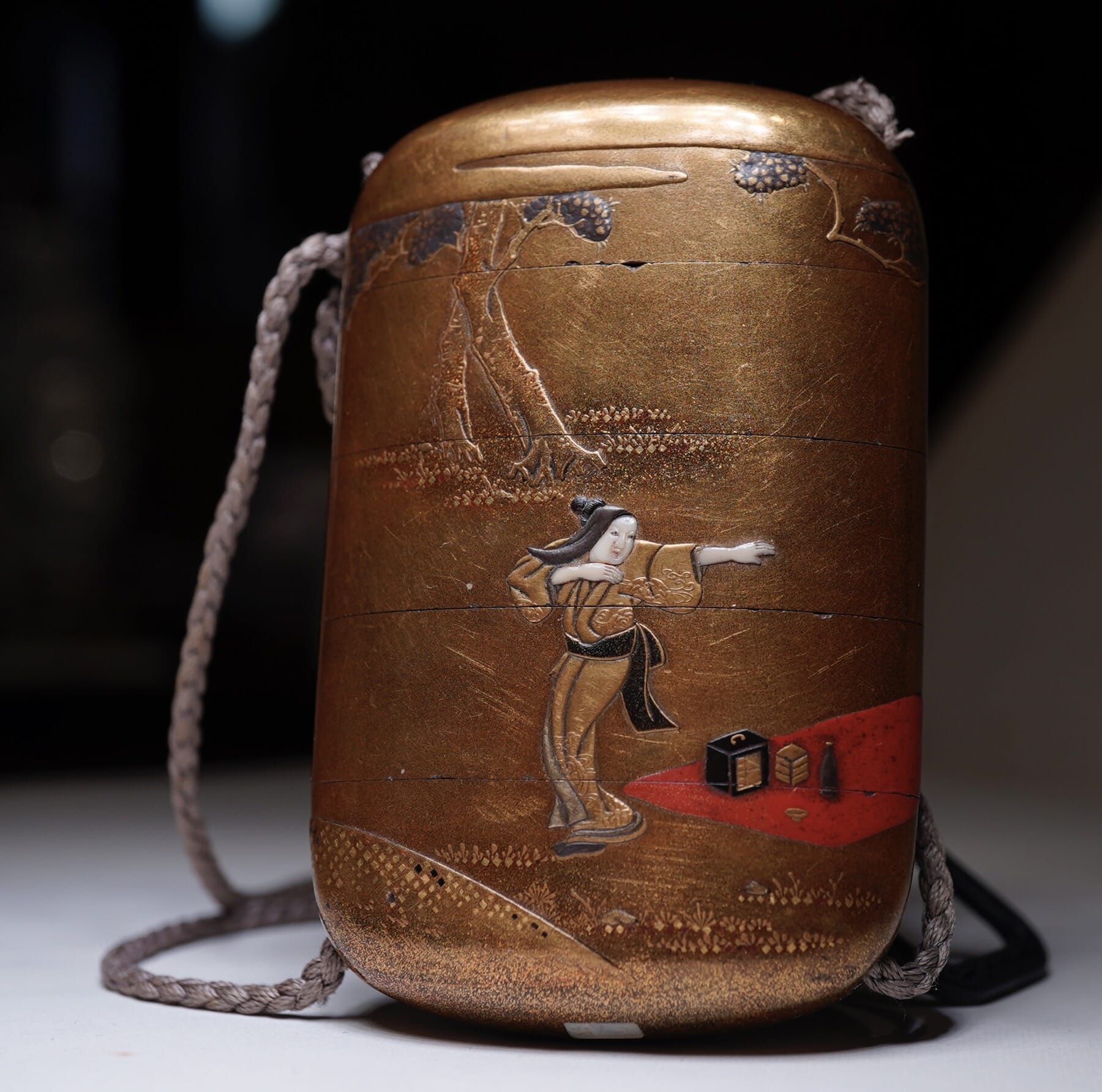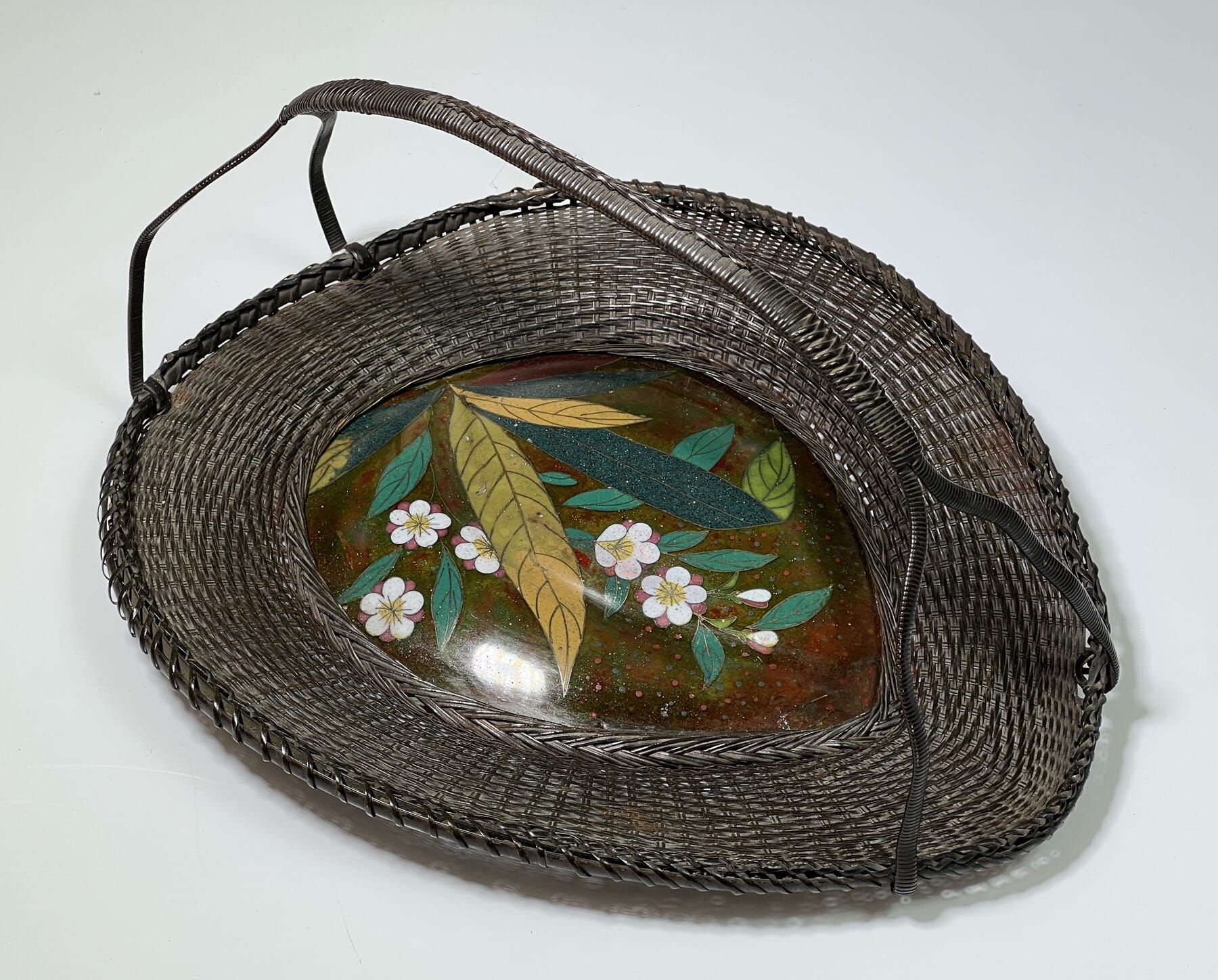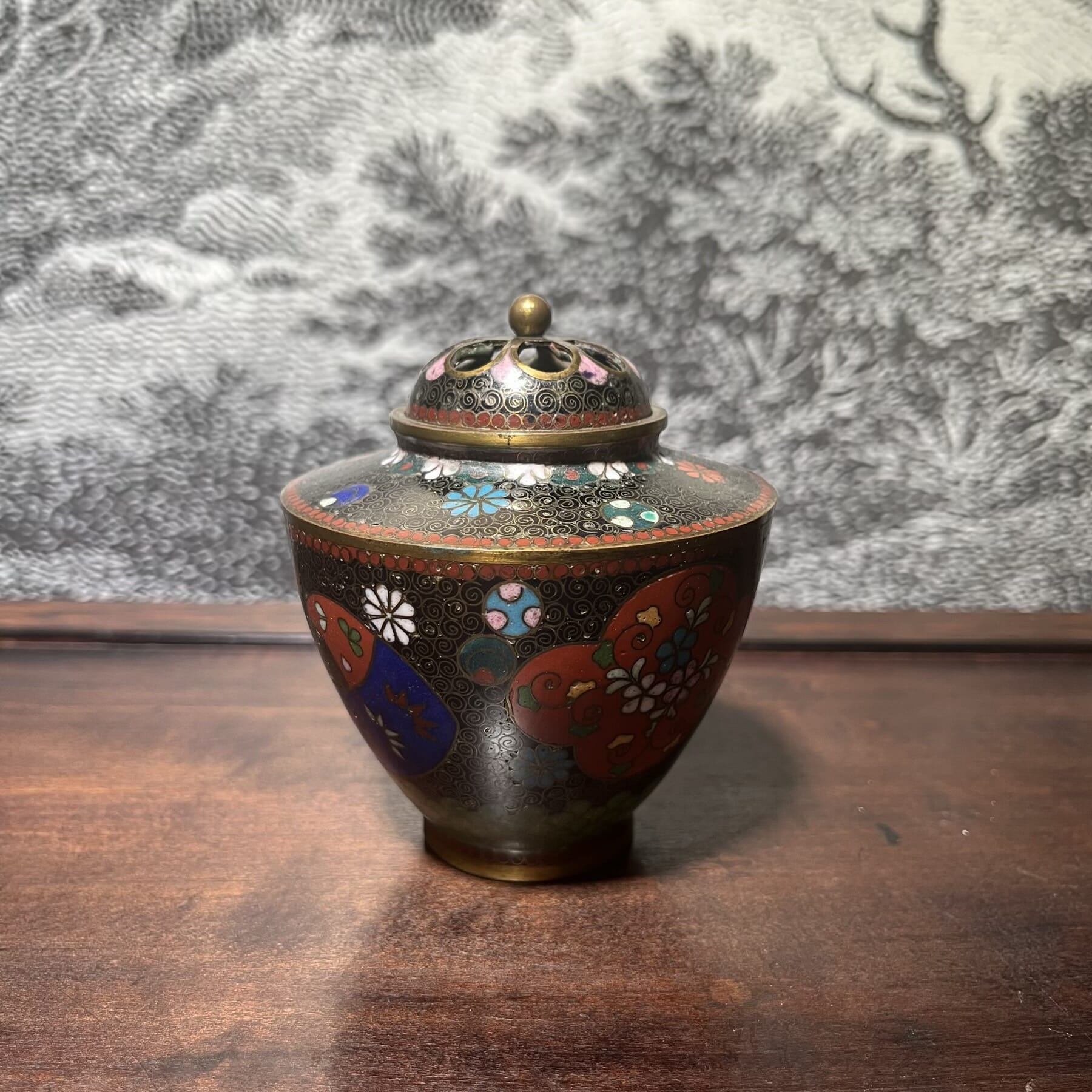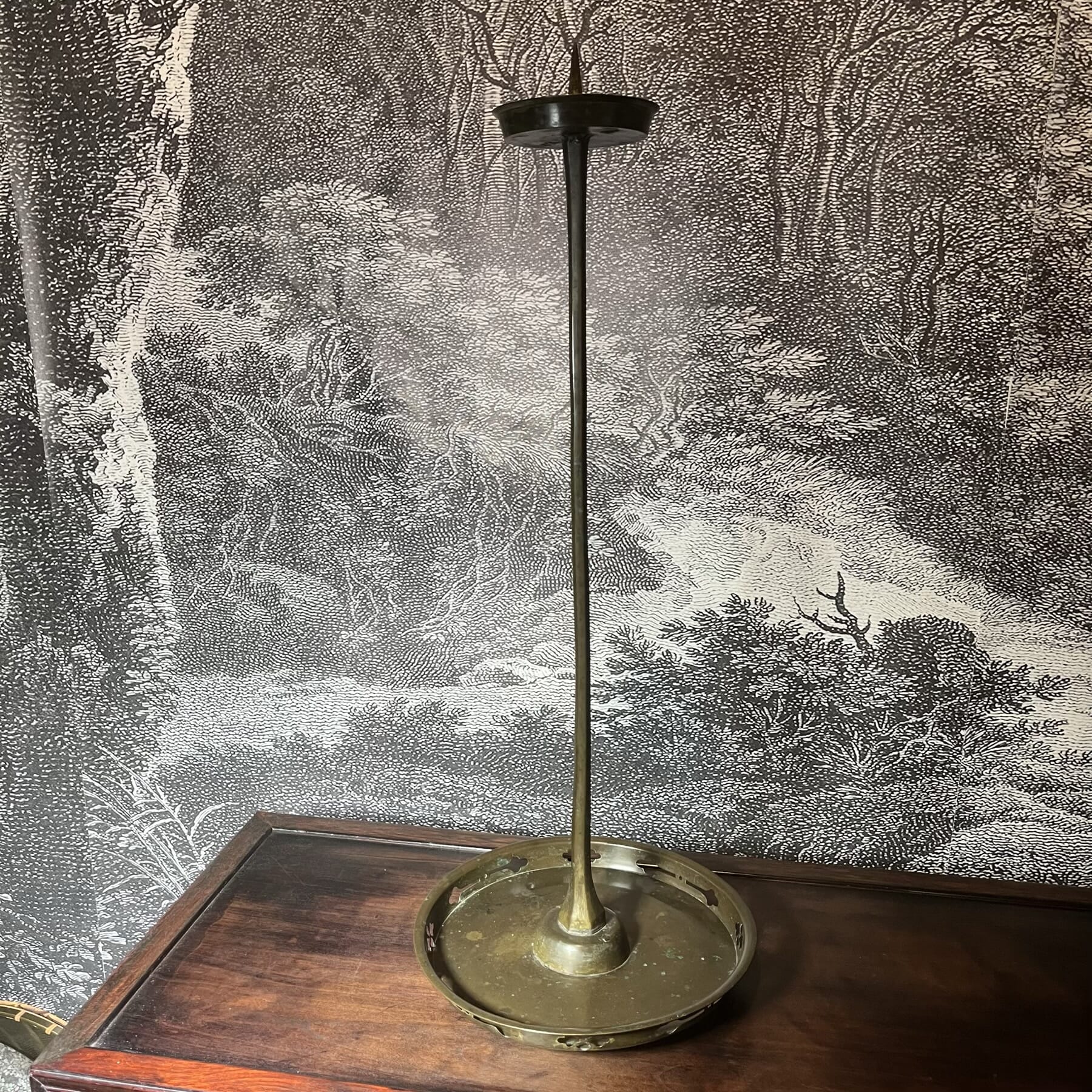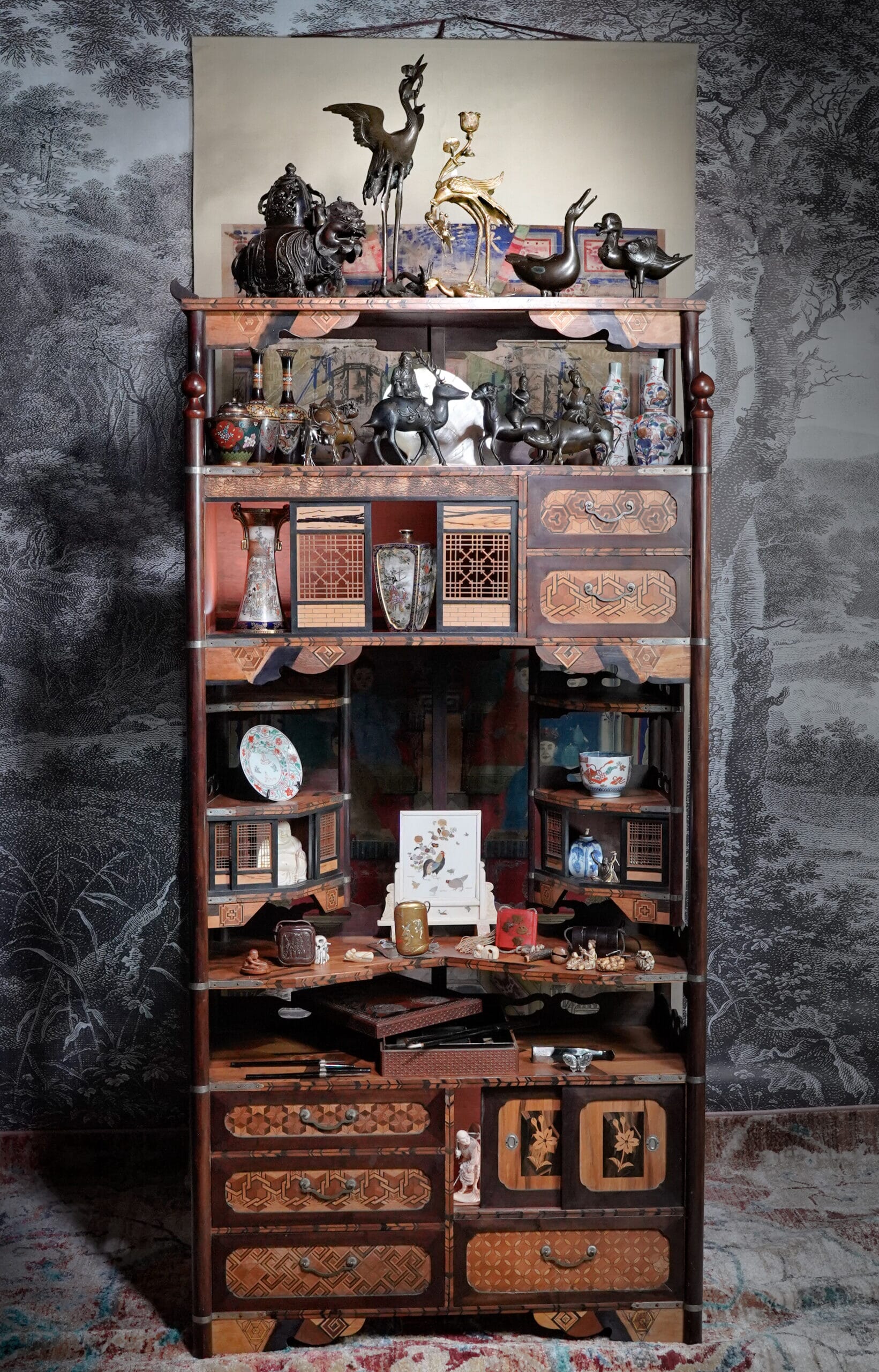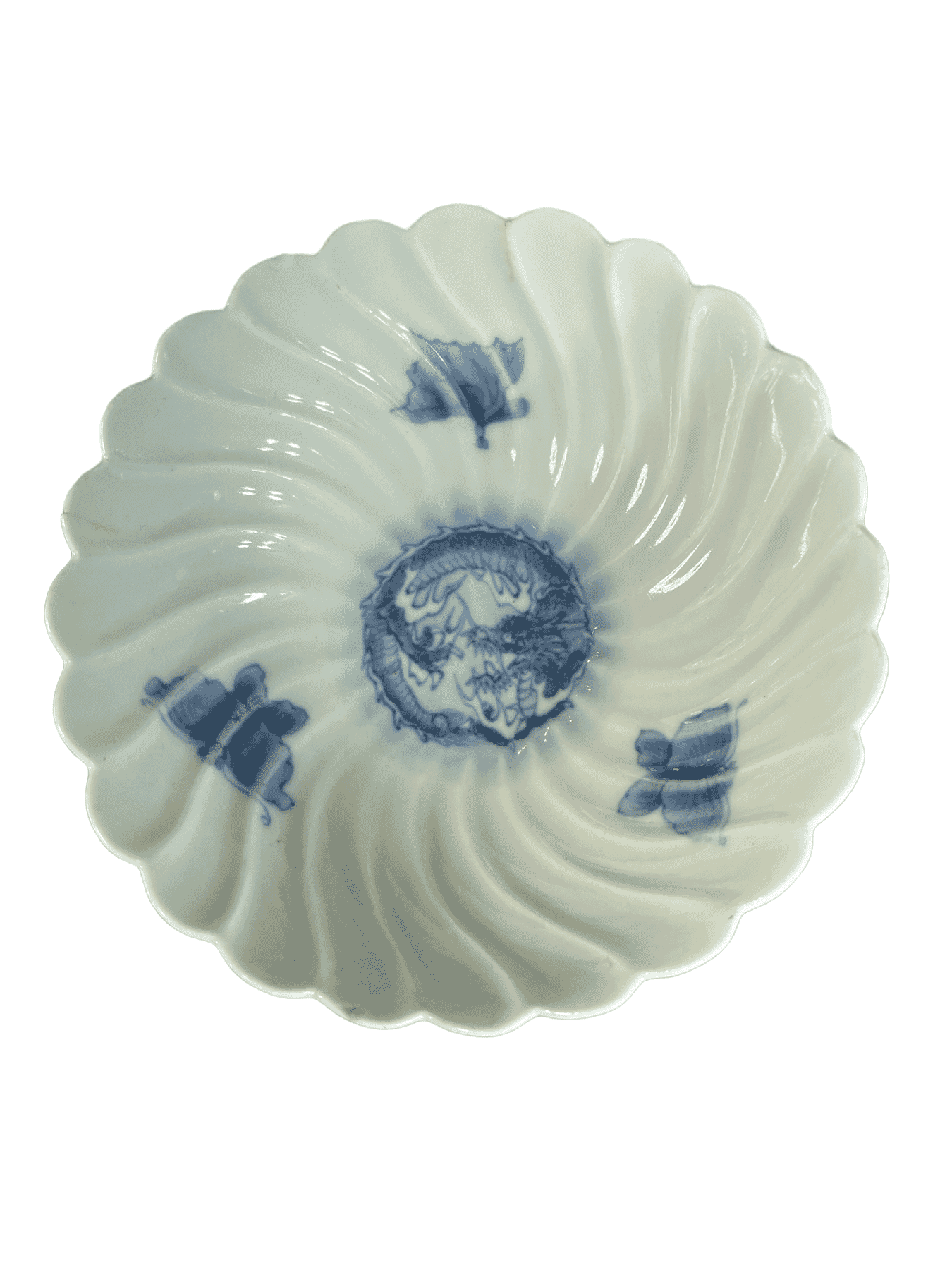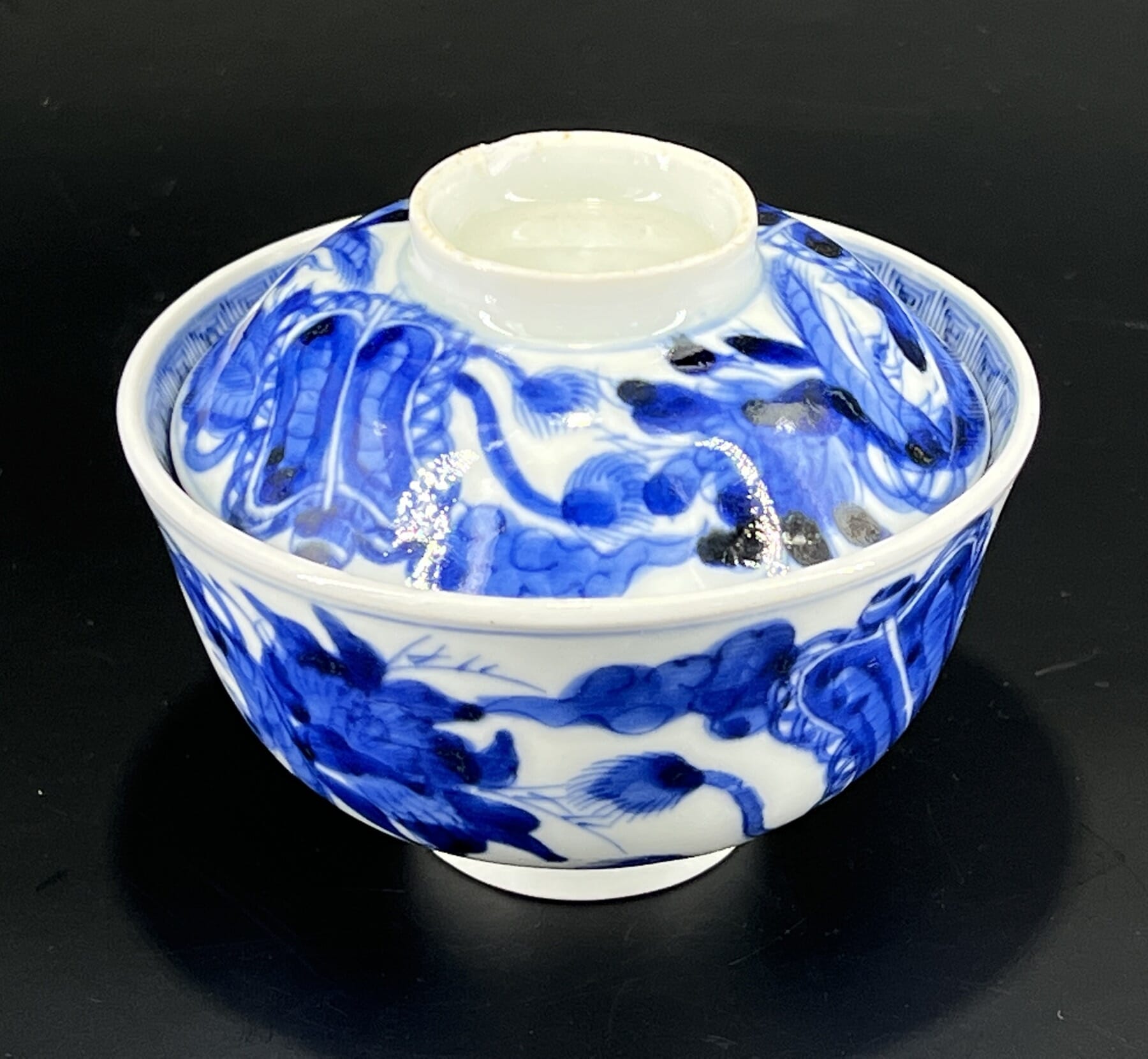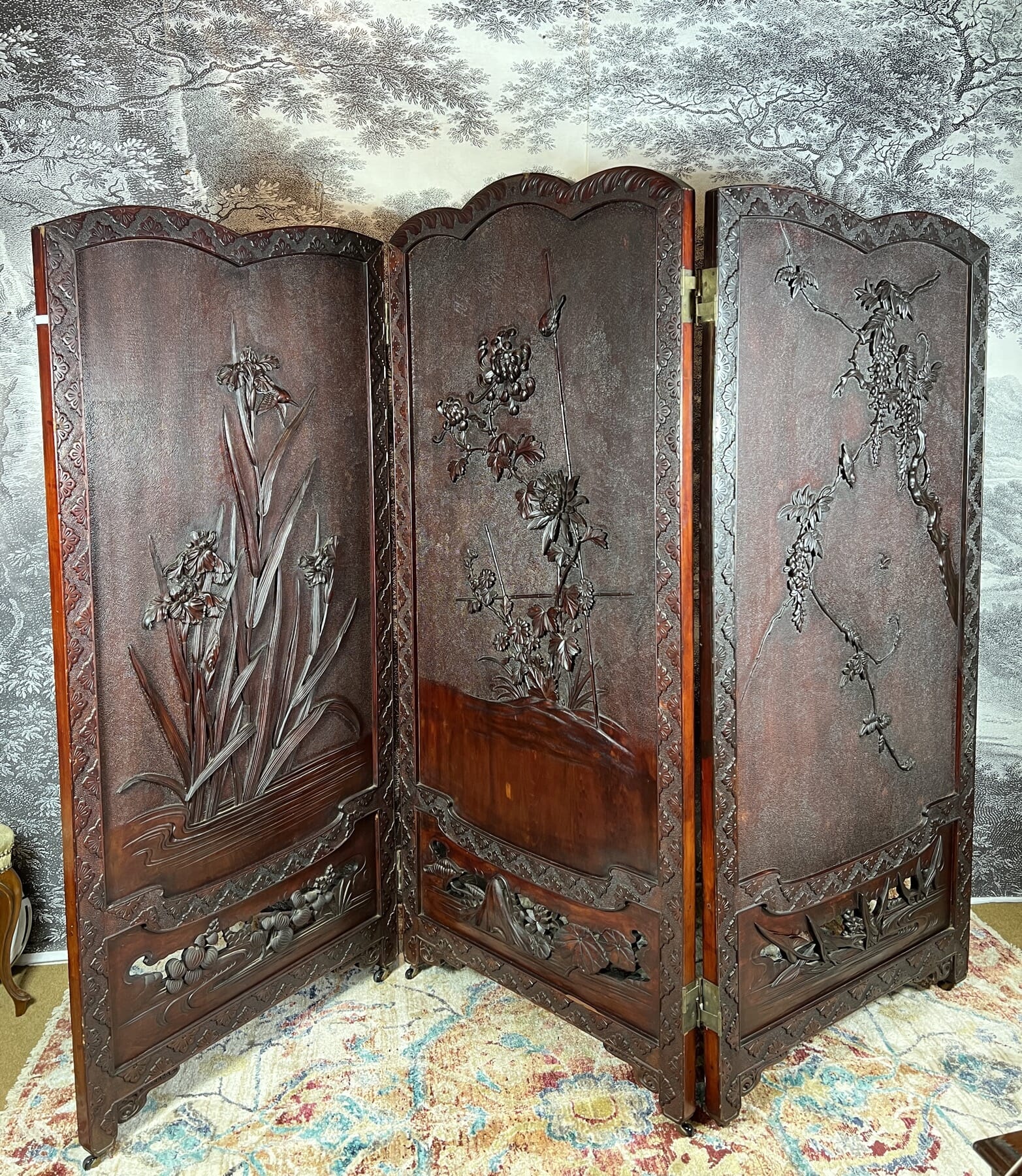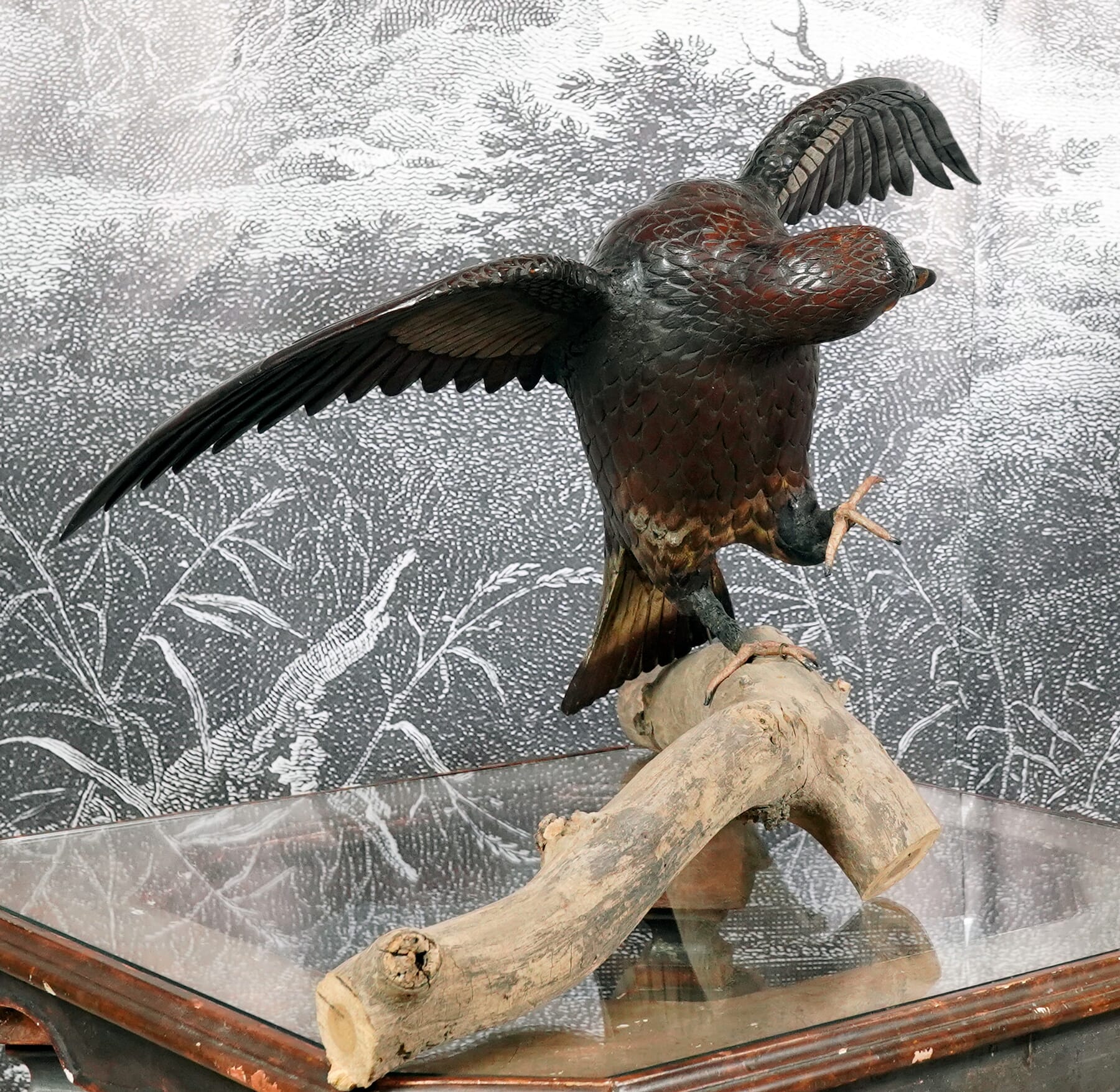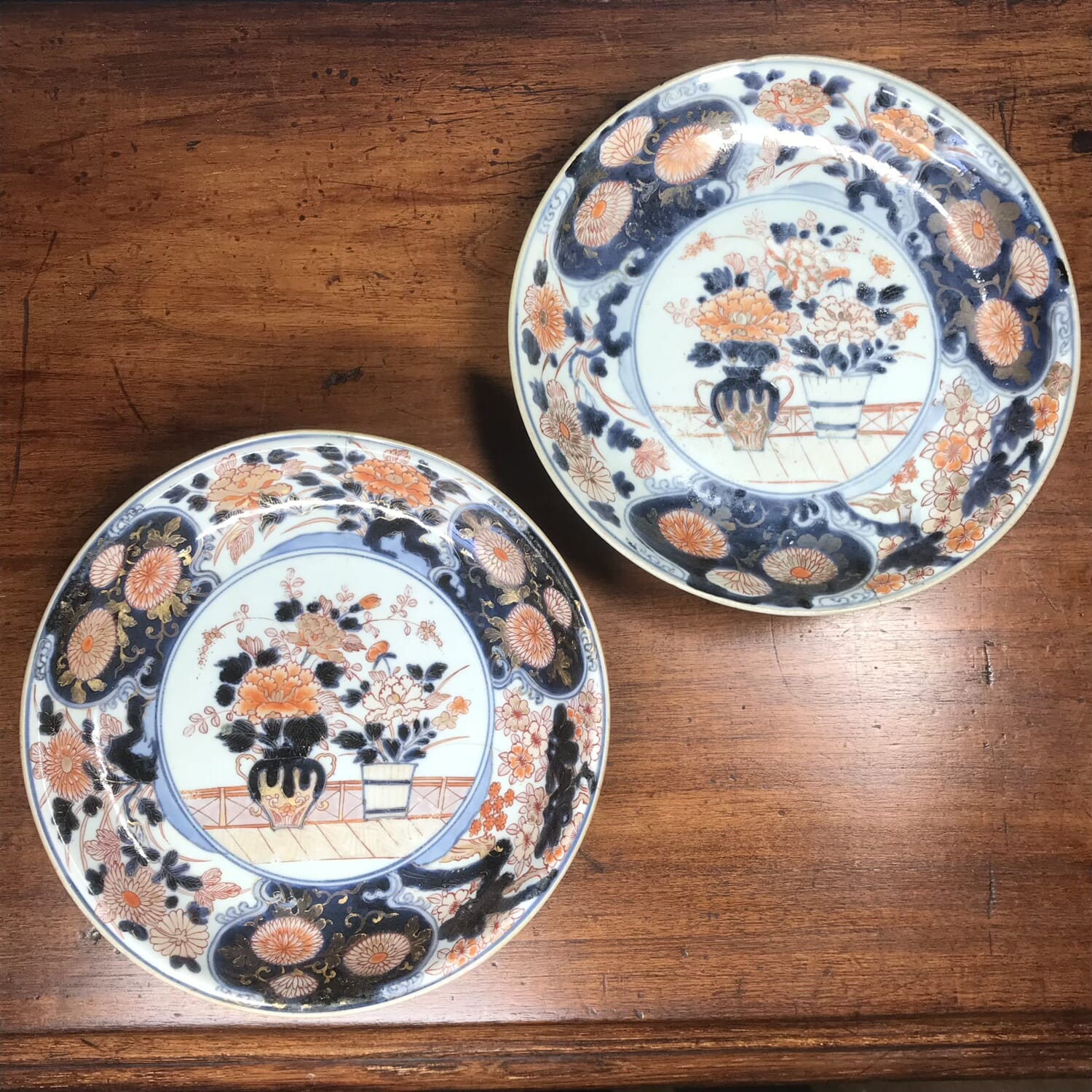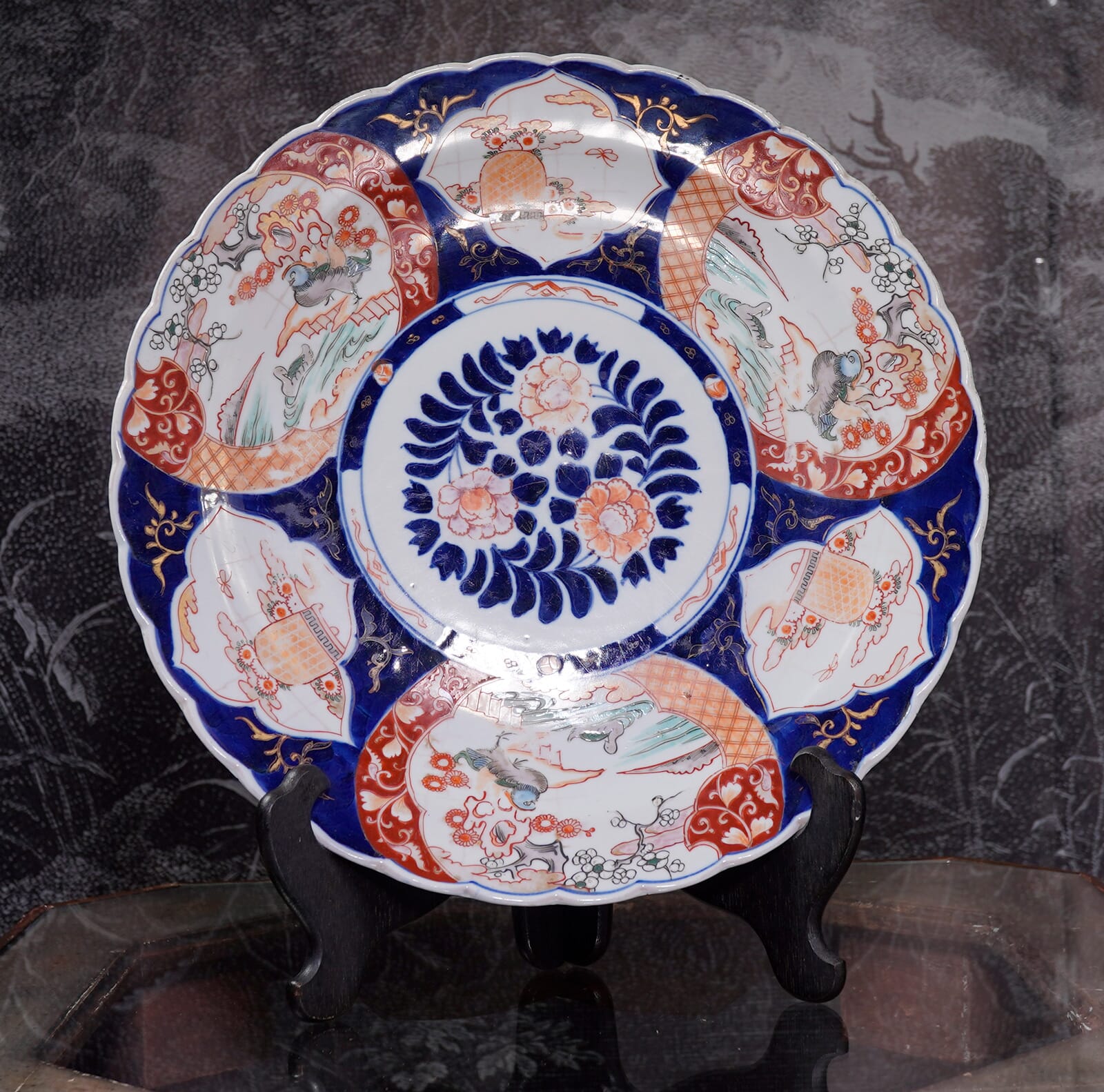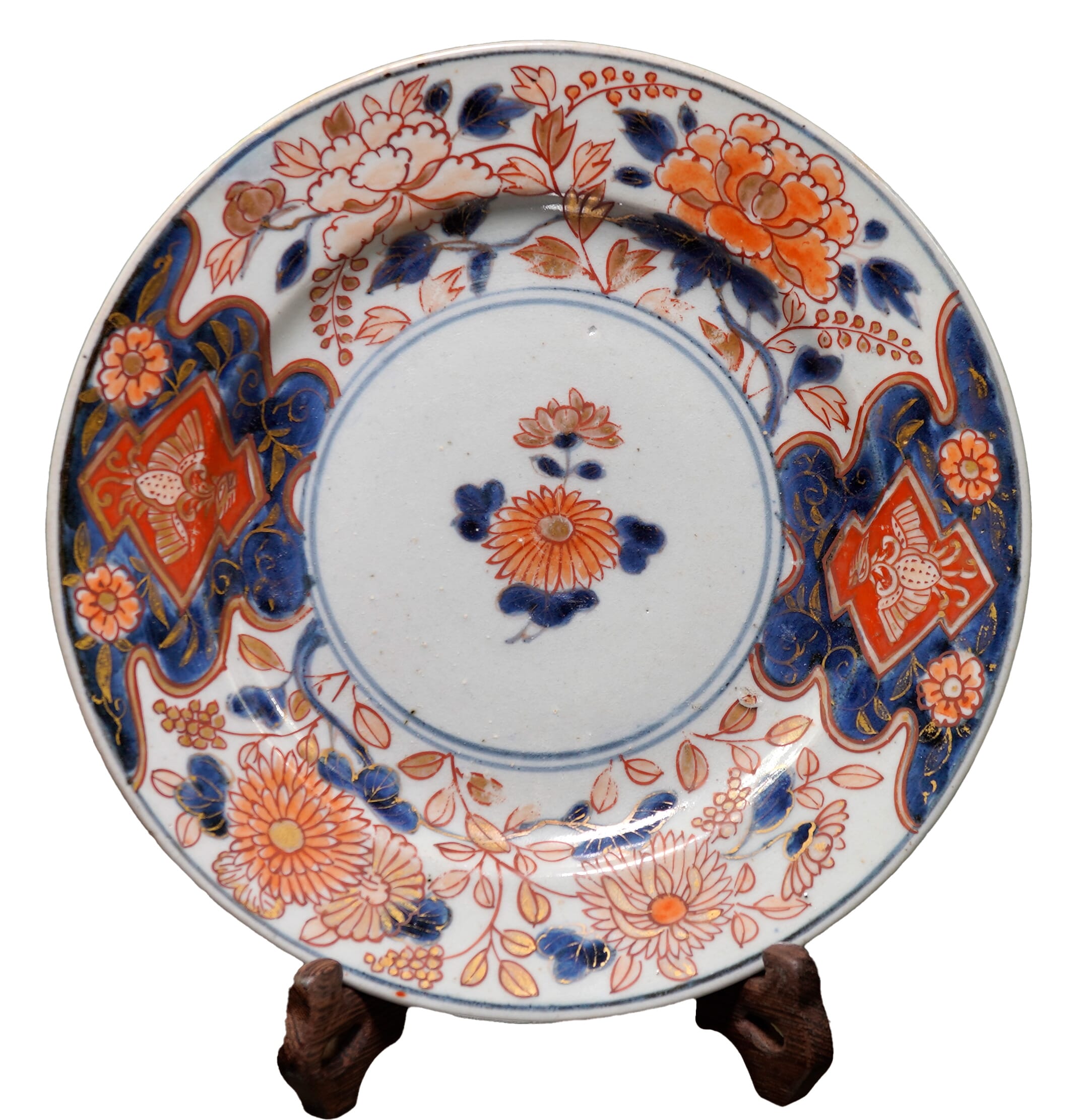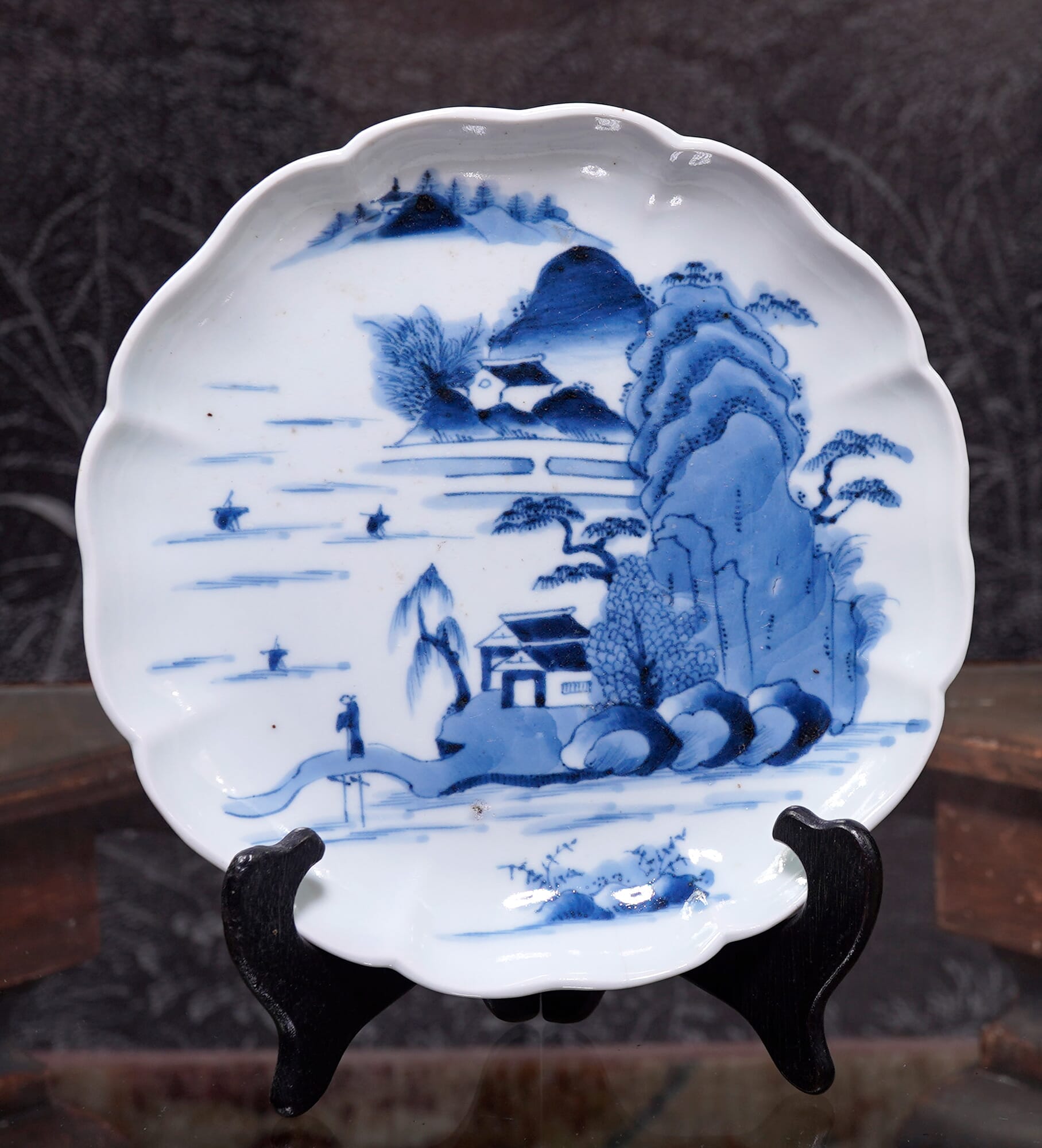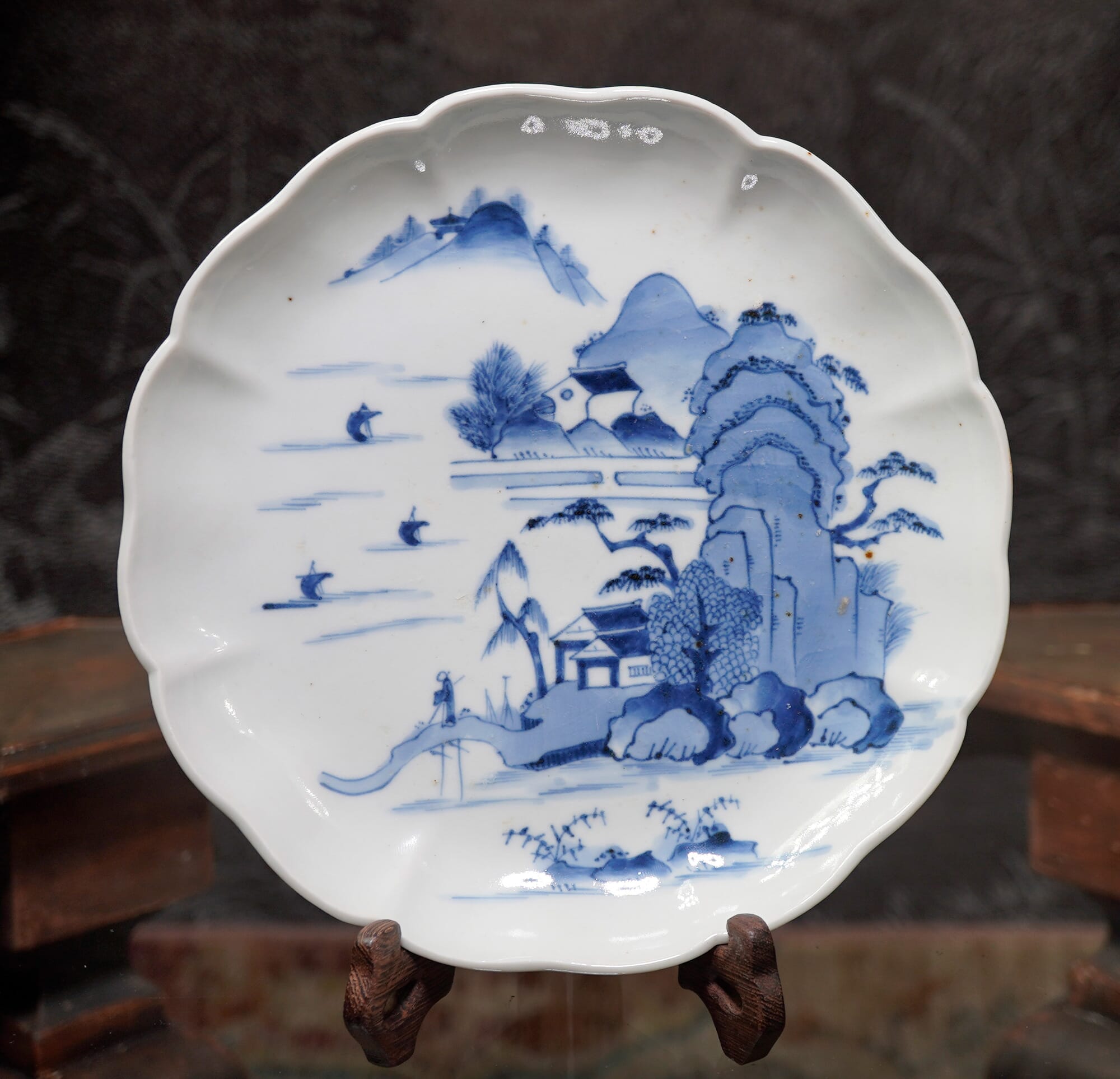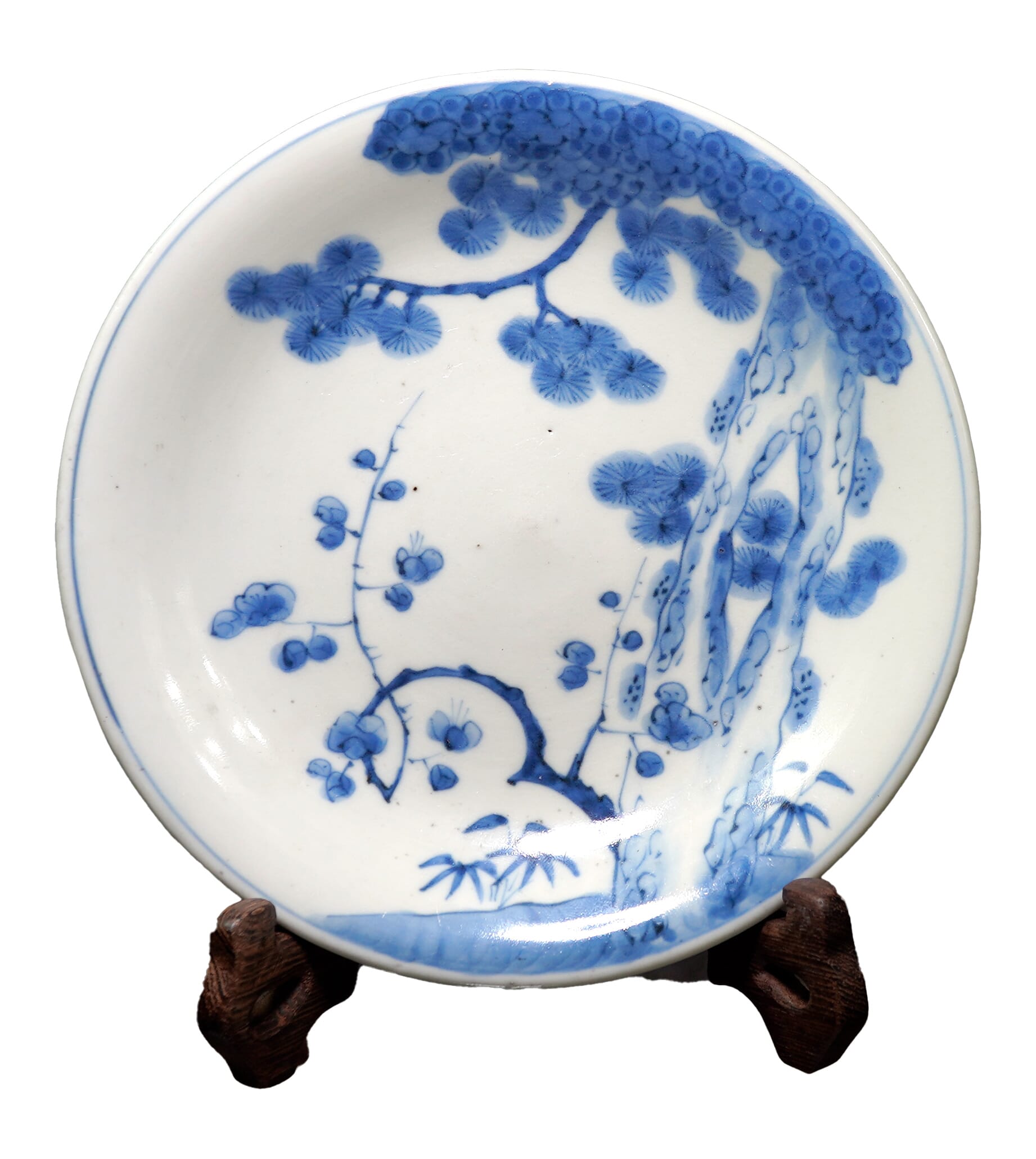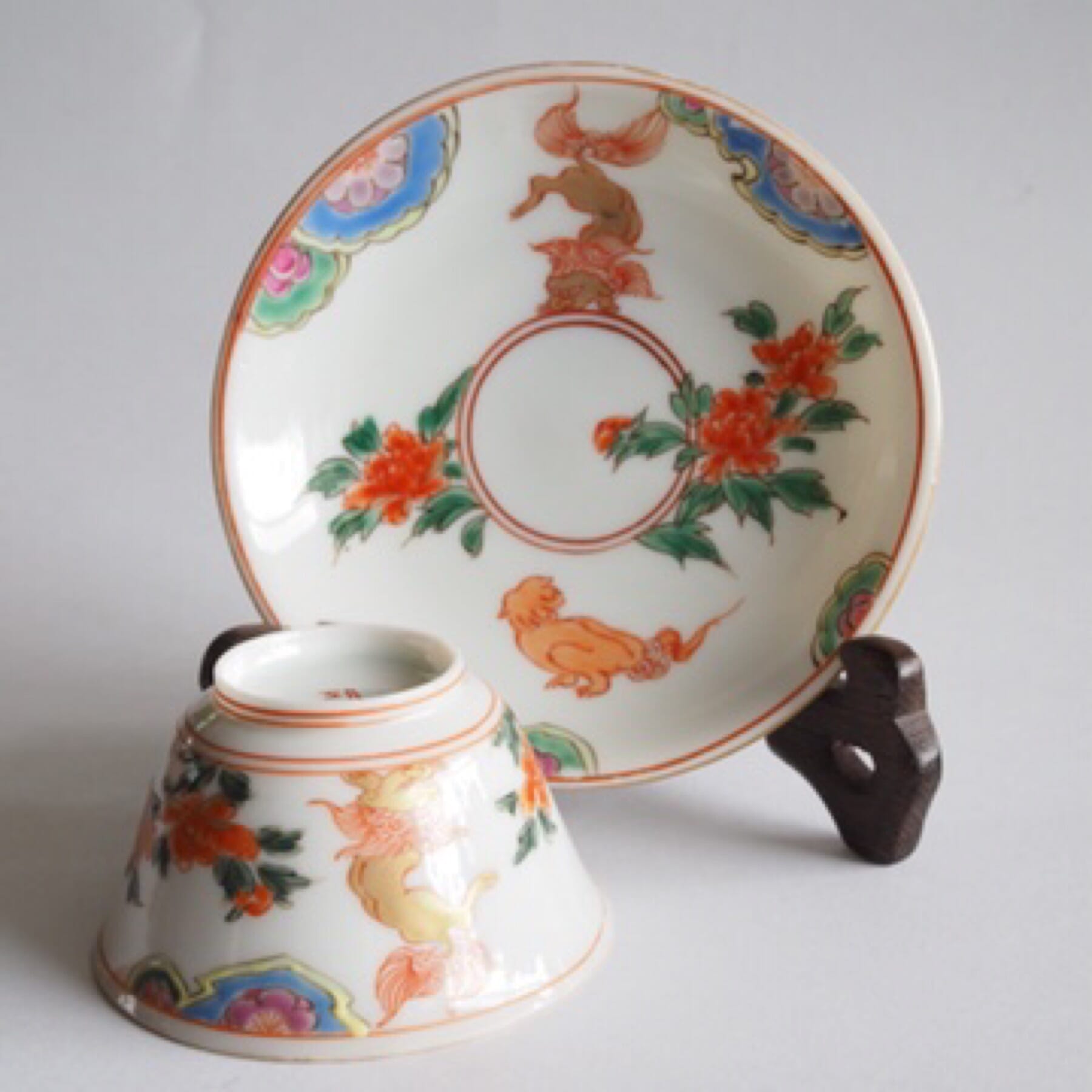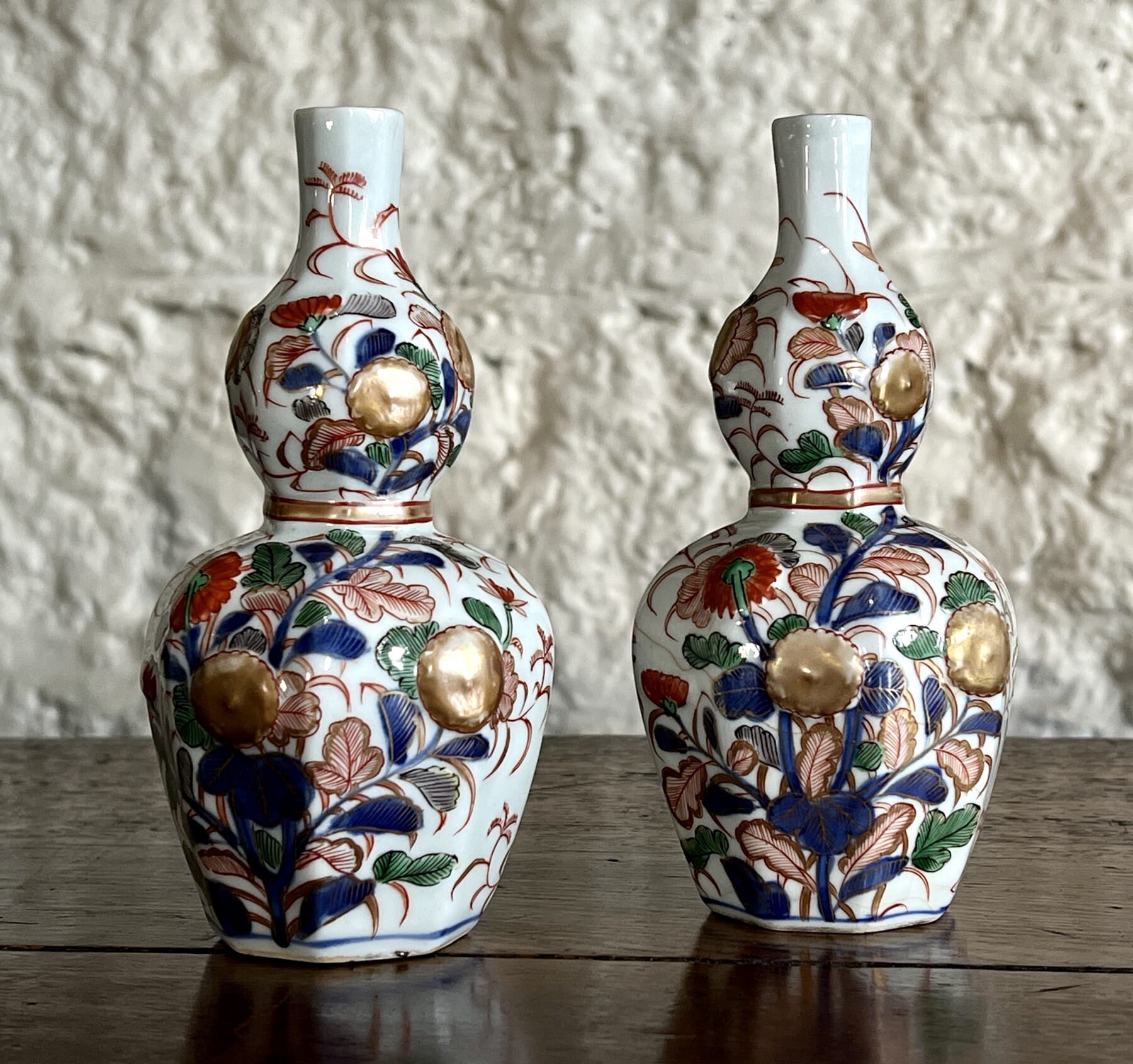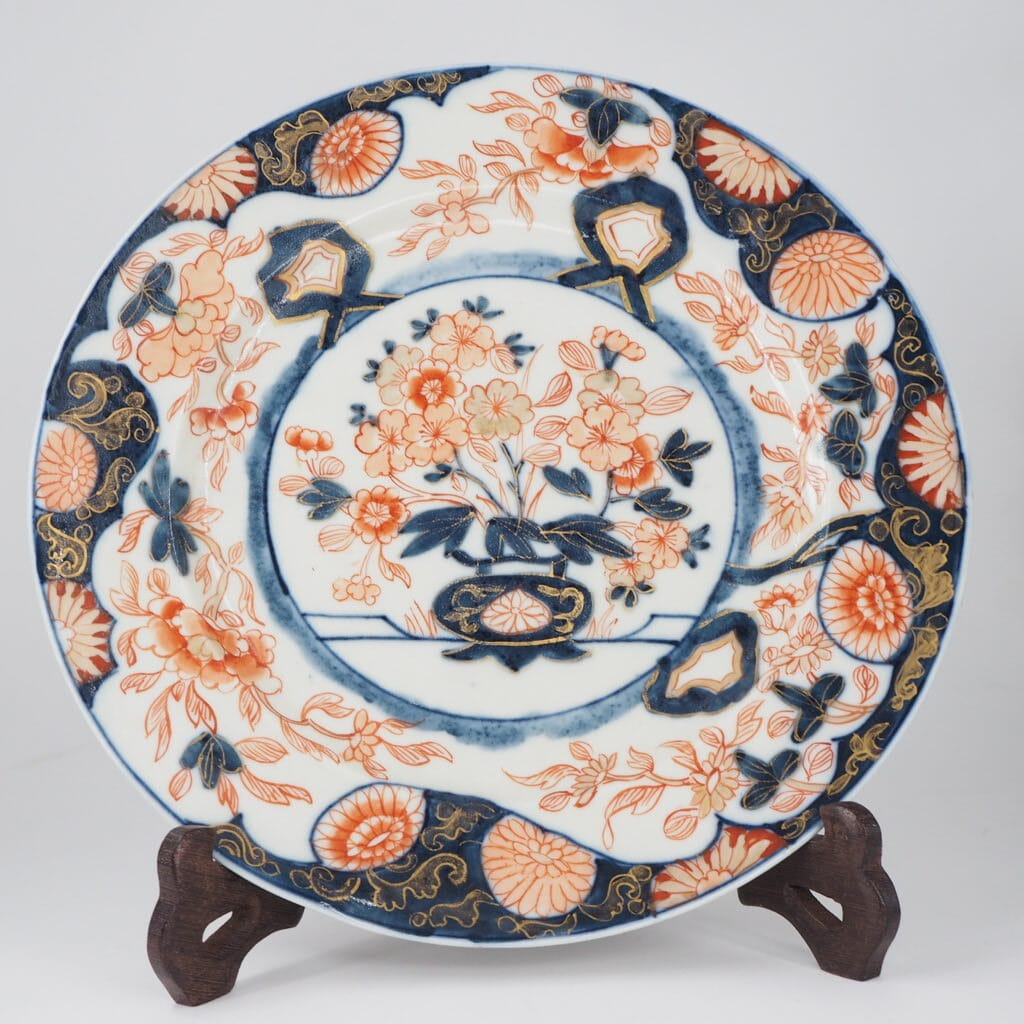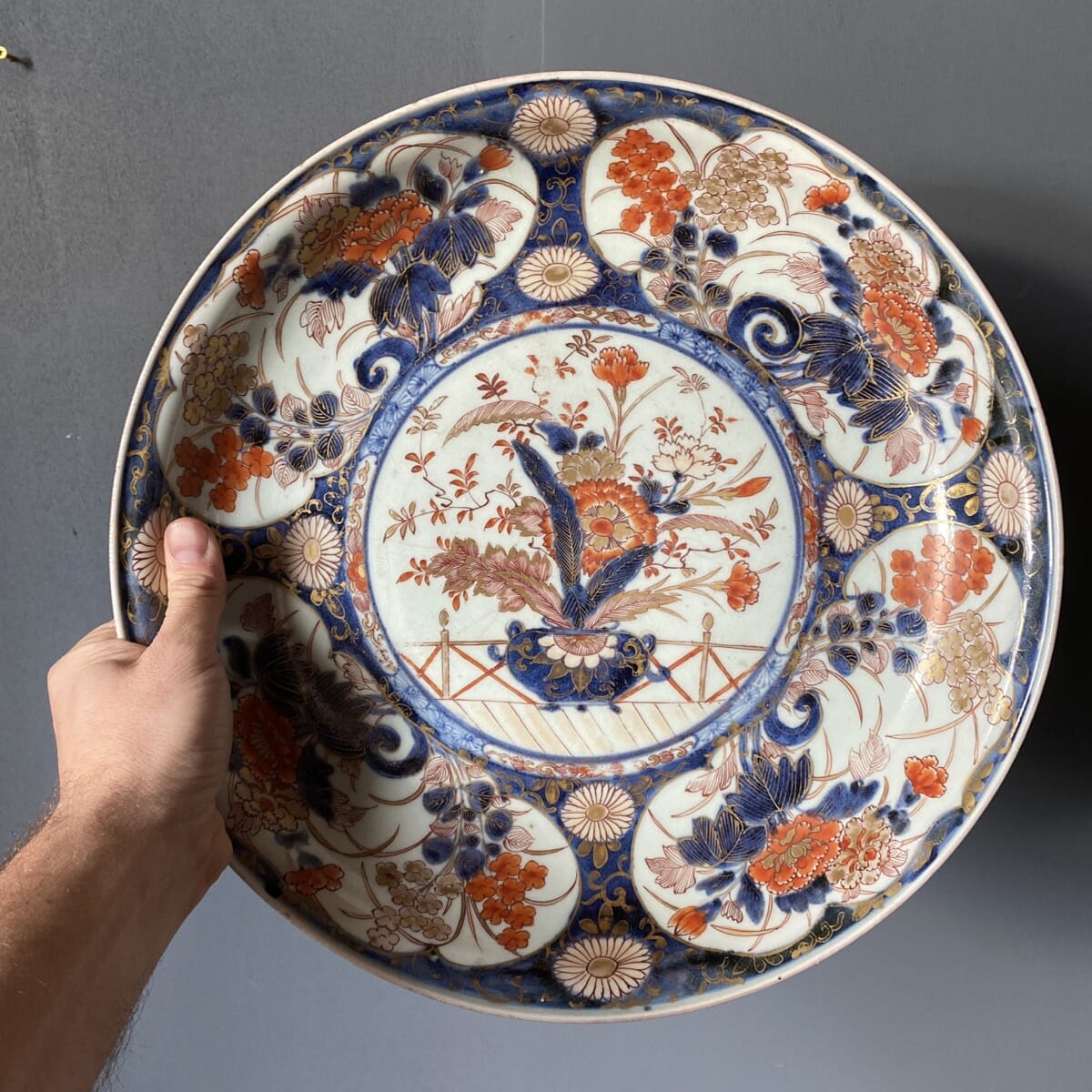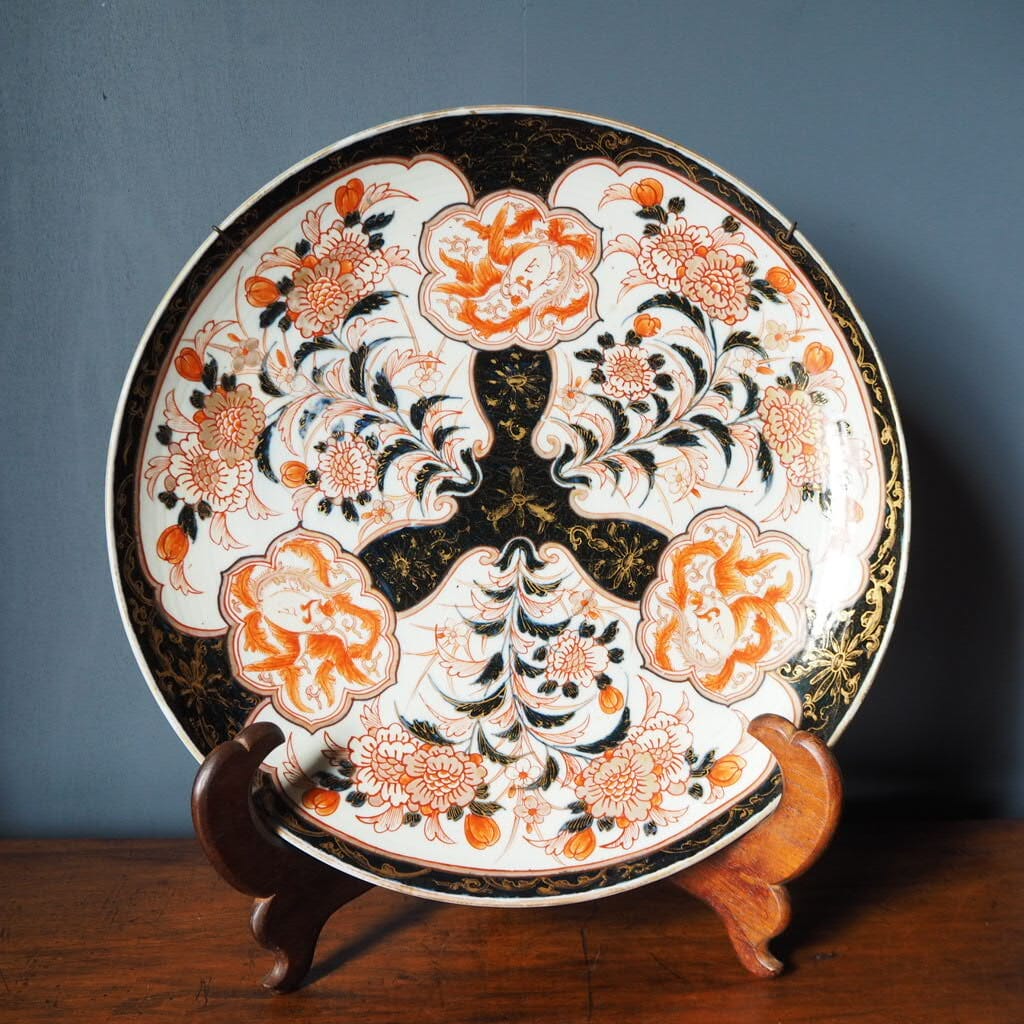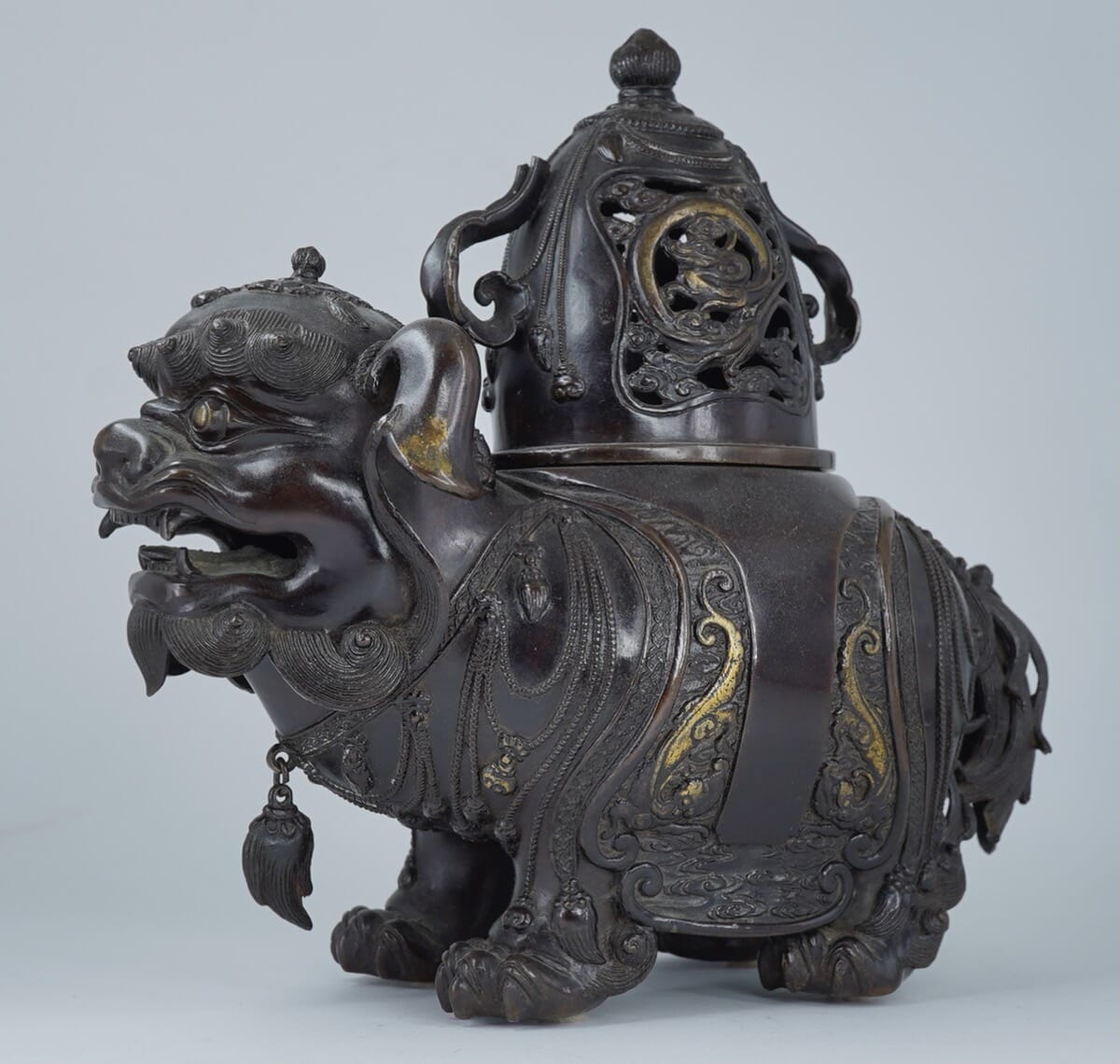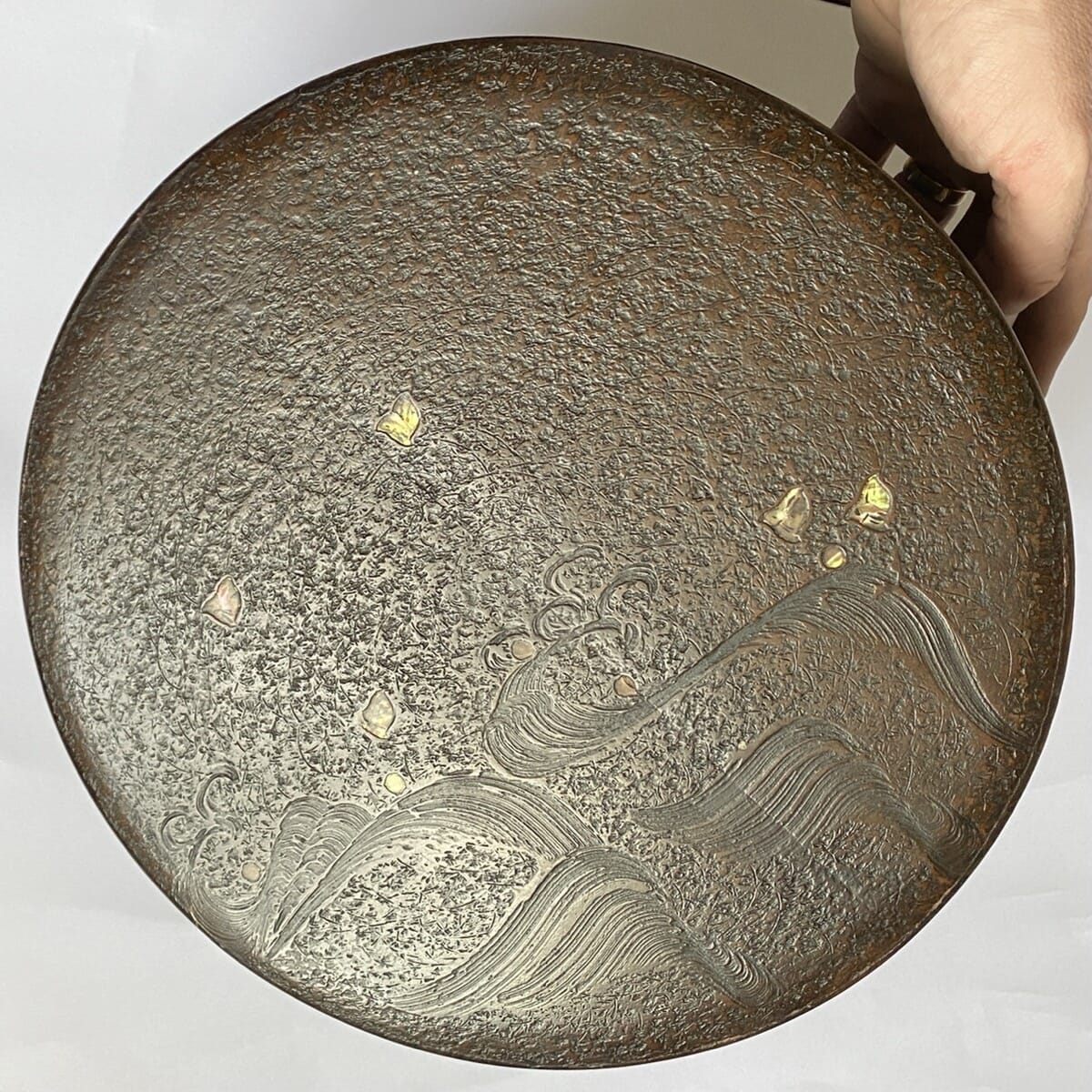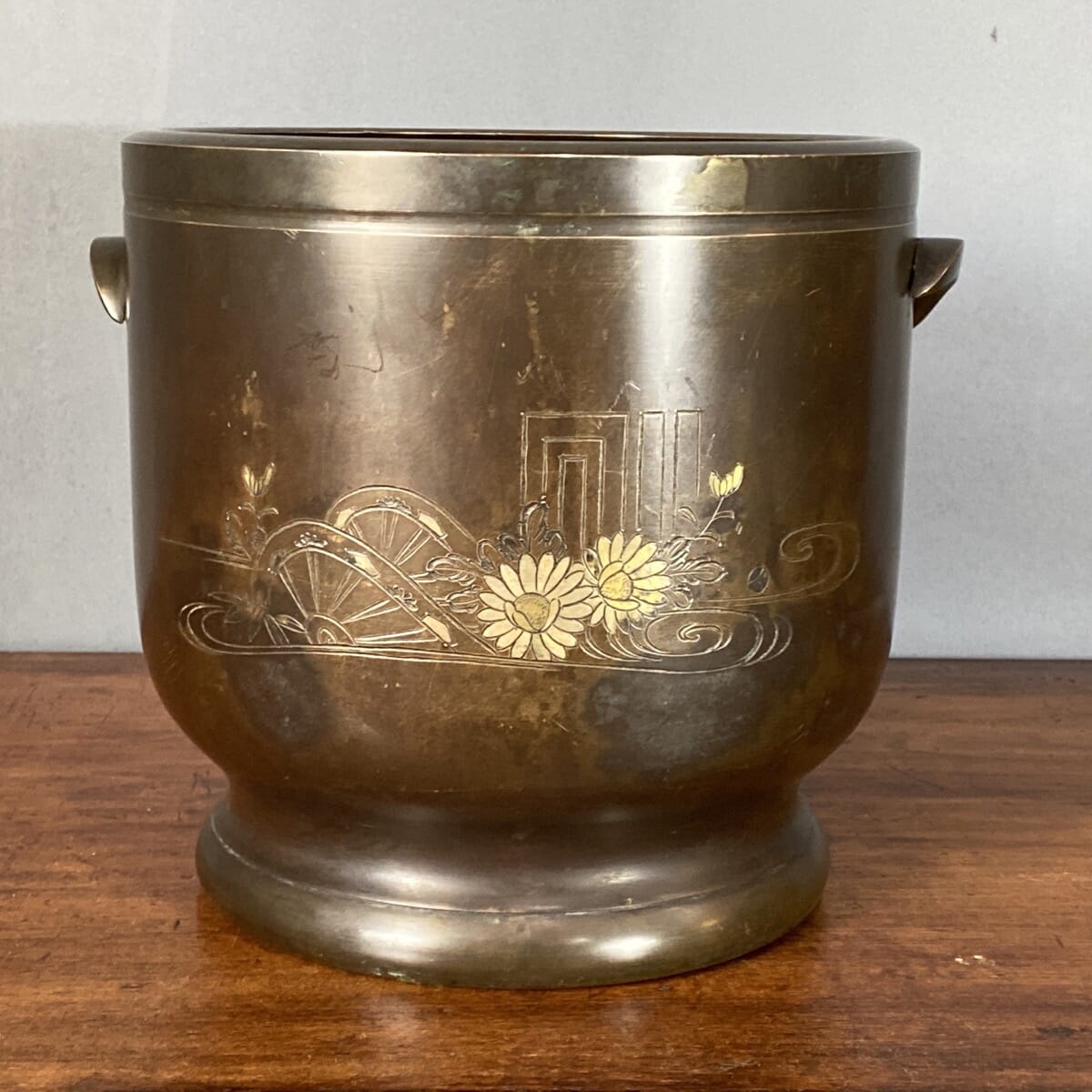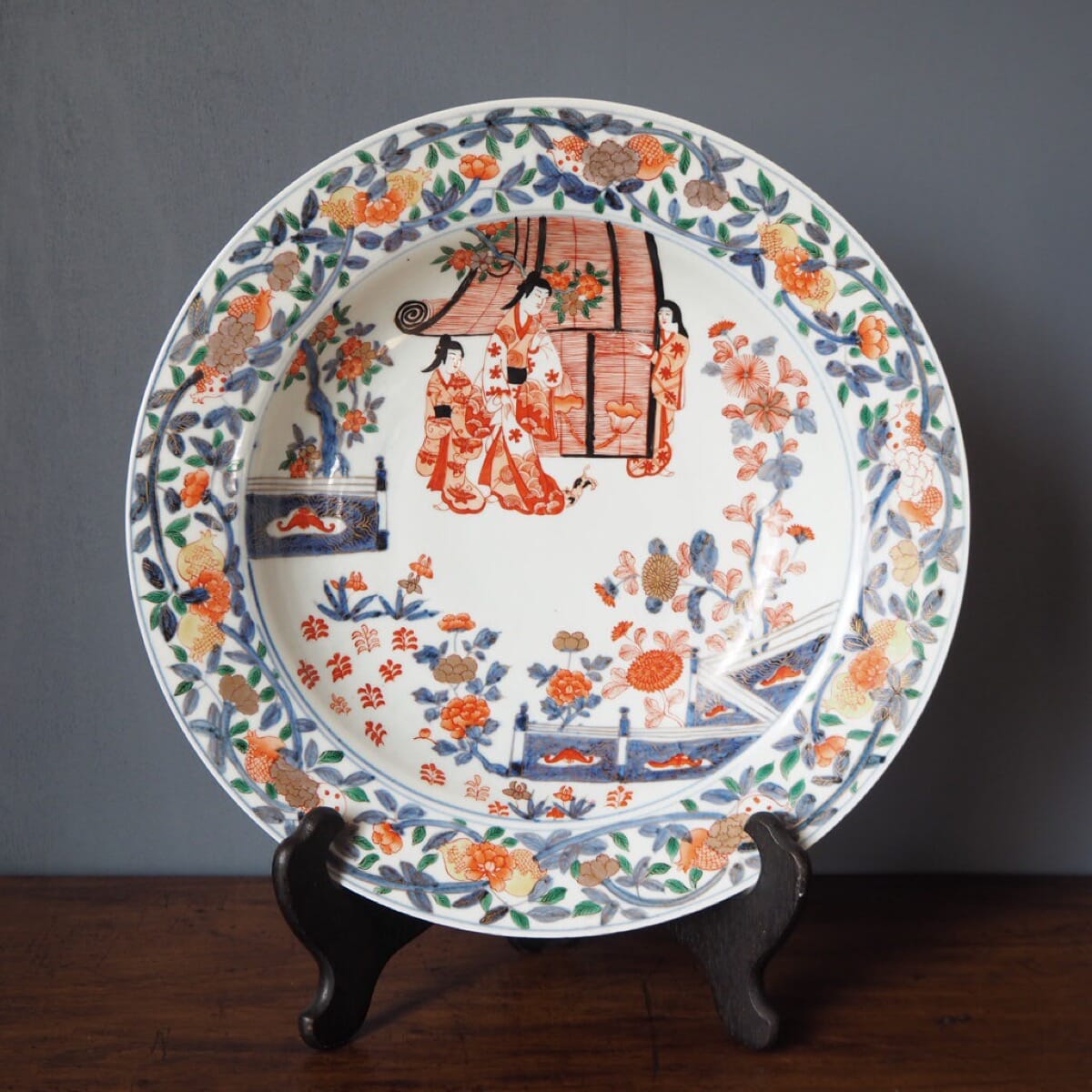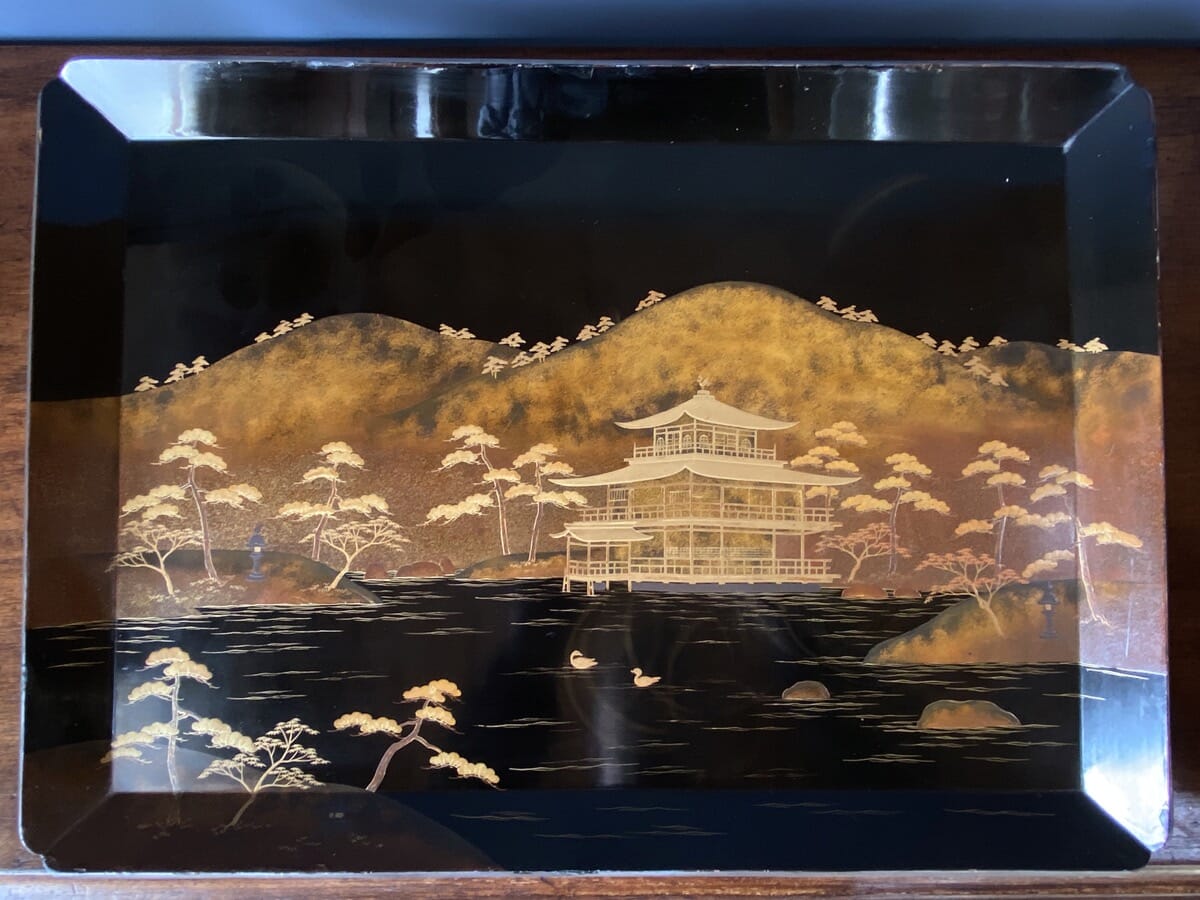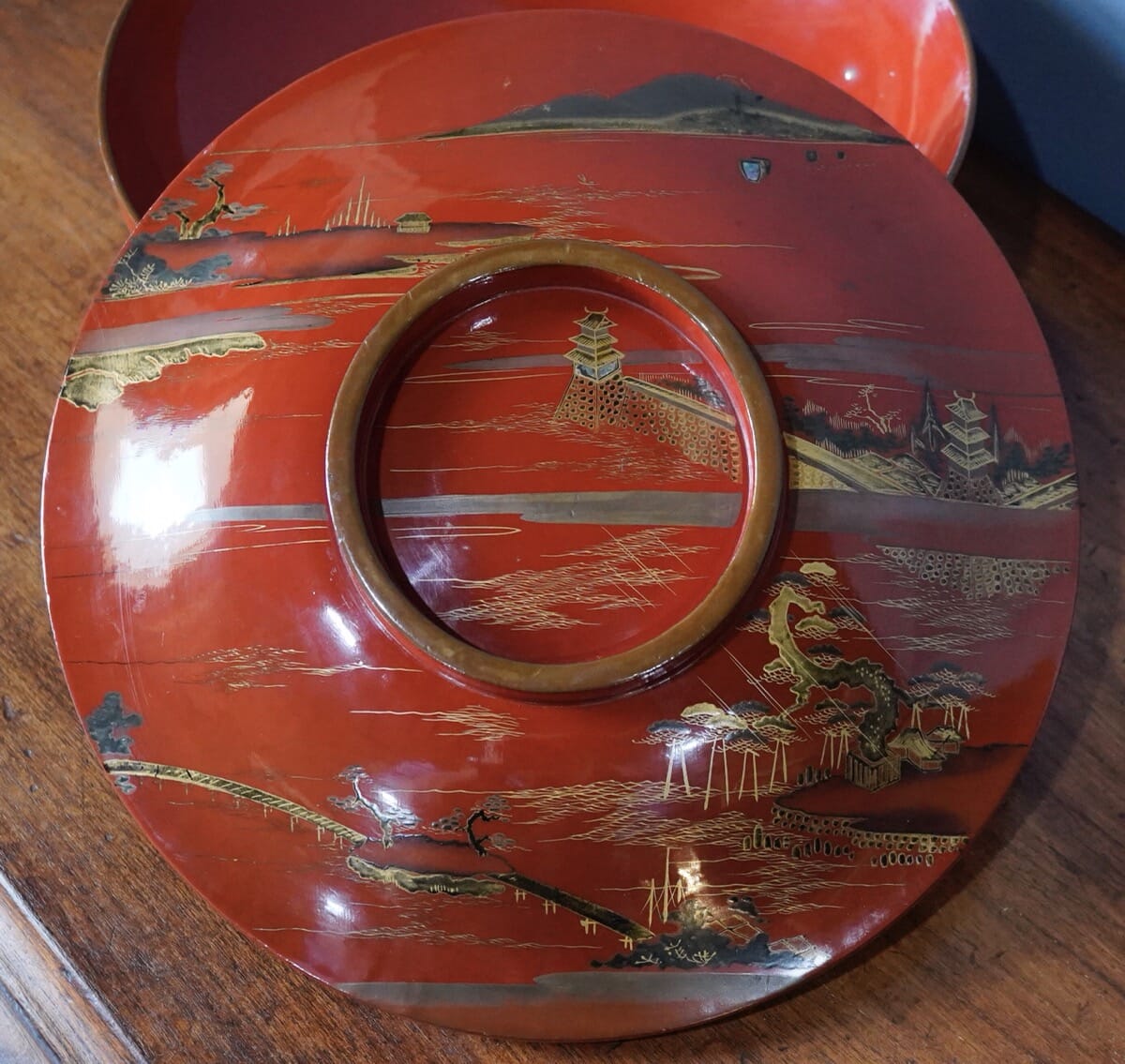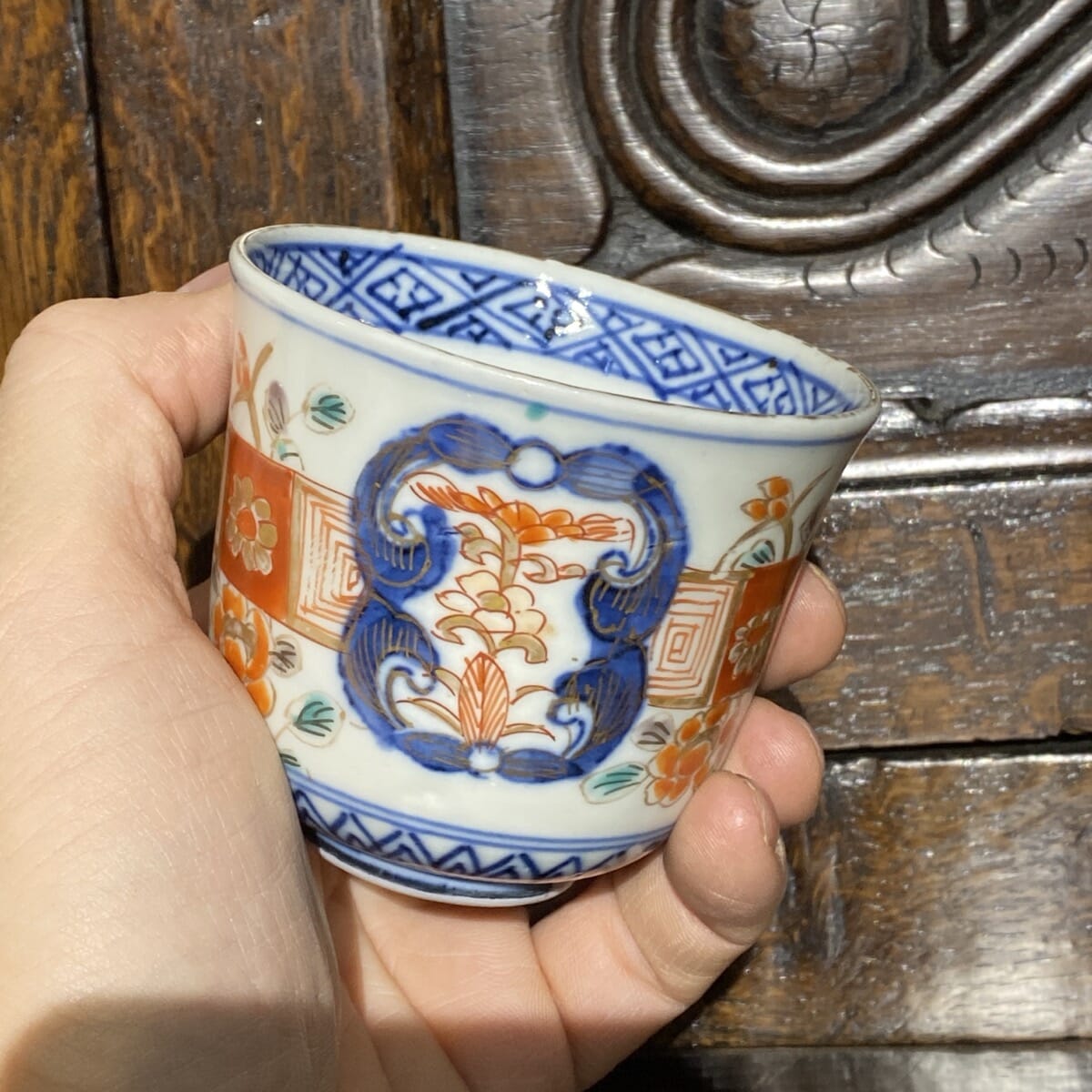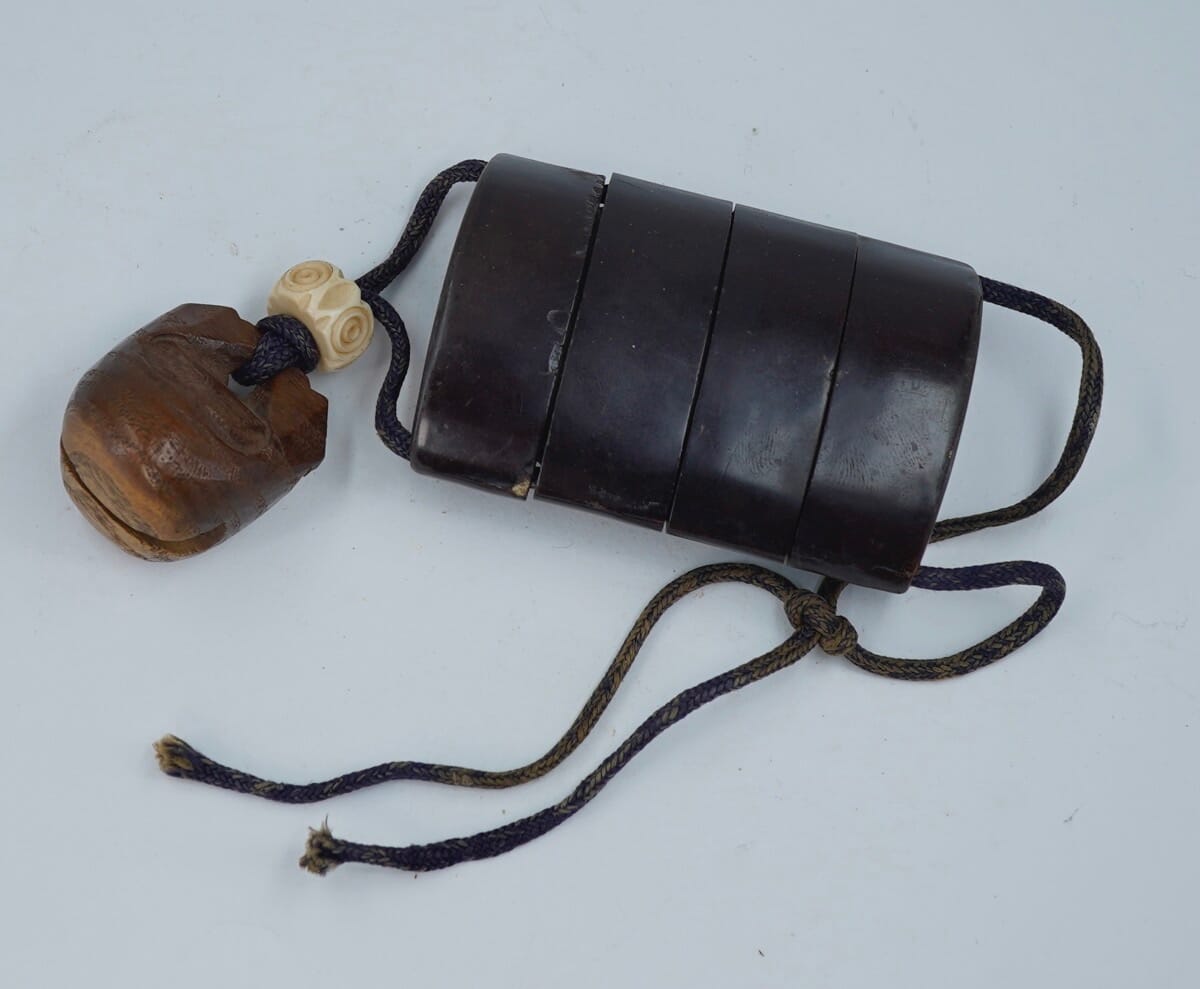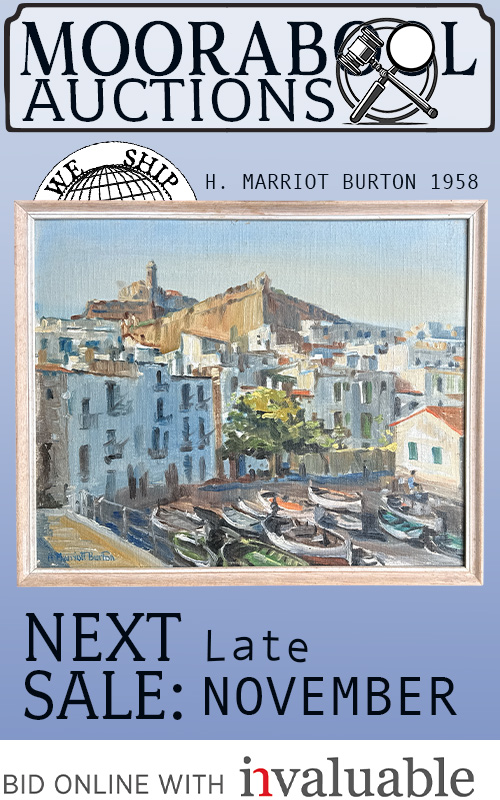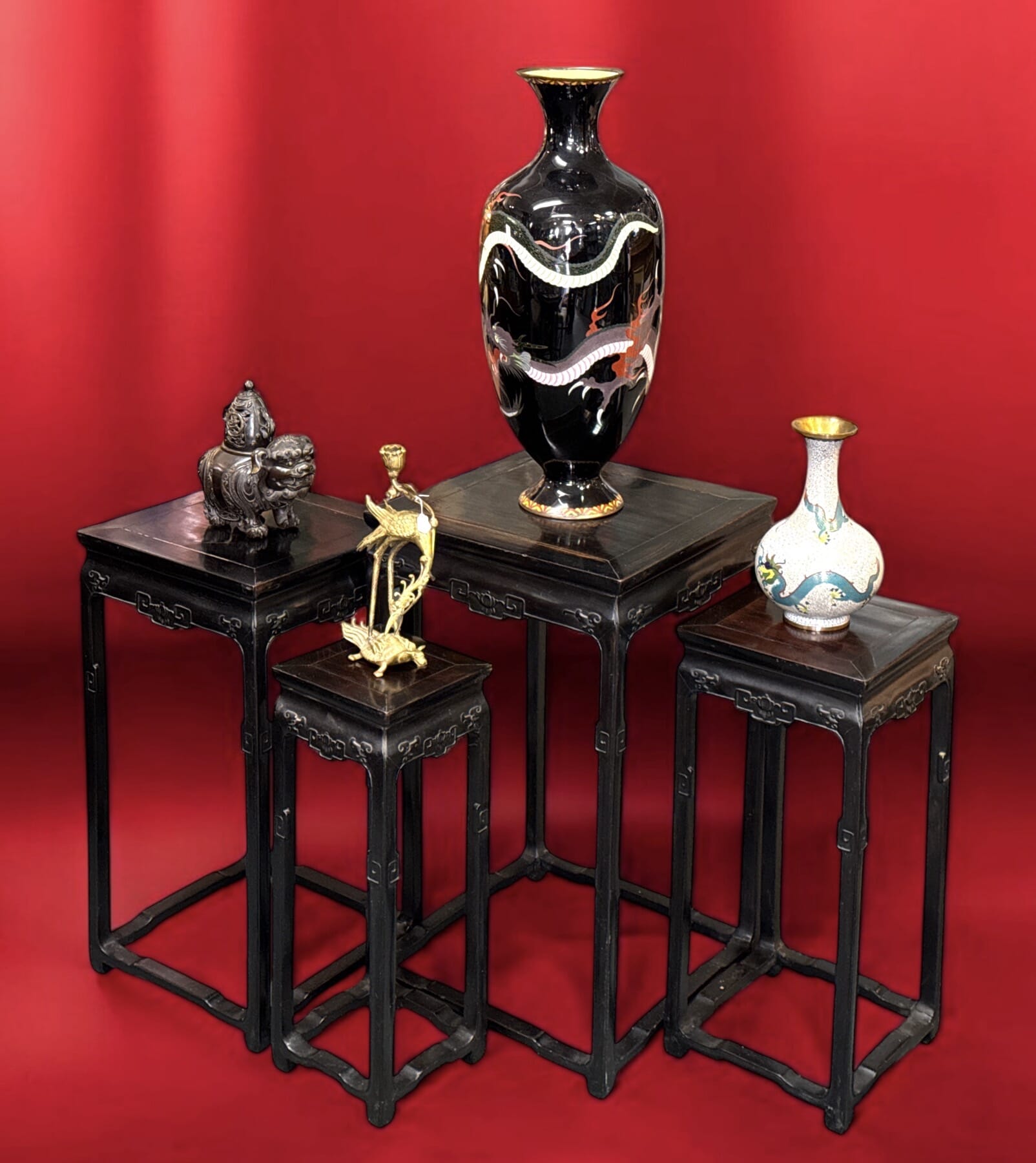
Welcome to our first ‘Fresh Stock’ for 2025.

Chinese bronze censors, Ming Dynasty, 16th-17th Century
We have a lot of splendid items to prepare for you, and will be releasing them over the next few weeks in groups of similar items – let’s call them ‘mini-Exhibitions’.
Starting with….. Asian.
Chinese, Japanese, Burmese, Sri Lankan…. there’s a great variety of cultures represented here.

Burmese ‘Opium’ Weights
Thee miniature masterpieces are collectively known as ‘opium’ weights, as that was a common use for them in their countries of origin in South-East Asia – but they were used as the measuring weight for any other spice or item that needed weighing. The most commonly seen is a very cute crested duck – represented in this group by the rarely seen minute example, just ##mm tall…. The majority of these examples are a mythical ‘Lion’ creature, with four legs like a horse, a head that almost has a beak, and a wild main and tail – each also featuring a broad beaded necklace. Rarest in this group is a tiny creature we have called a ‘dog’ – but it may well be something else.
-
 Burmese bronze ‘opium’ weight, rare Dog or Horse, 18th century or earlier$145.00 AUD
Burmese bronze ‘opium’ weight, rare Dog or Horse, 18th century or earlier$145.00 AUD -
 Burmese bronze ‘opium’ weight, mythical creature, 19th century or earlier$145.00 AUD
Burmese bronze ‘opium’ weight, mythical creature, 19th century or earlier$145.00 AUD -
 Burmese bronze ‘opium’ weight, mythical creature, 19th century or earlier$145.00 AUD
Burmese bronze ‘opium’ weight, mythical creature, 19th century or earlier$145.00 AUD -
 Burmese bronze ‘opium’ weight, mythical creature, 19th century or earlier$145.00 AUD
Burmese bronze ‘opium’ weight, mythical creature, 19th century or earlier$145.00 AUD -
 Burmese bronze ‘opium’ weight, mythical creature, 19th century or earlier$145.00 AUD
Burmese bronze ‘opium’ weight, mythical creature, 19th century or earlier$145.00 AUD -
 Burmese bronze ‘opium’ weight, mythical creature, 19th century or earlier$145.00 AUD
Burmese bronze ‘opium’ weight, mythical creature, 19th century or earlier$145.00 AUD -
 Burmese bronze ‘opium’ weight, mythical creature, 19th century or earlier$145.00 AUD
Burmese bronze ‘opium’ weight, mythical creature, 19th century or earlier$145.00 AUD -
 Burmese bronze ‘opium’ weight, crested duck, 19th century or earlier$145.00 AUD
Burmese bronze ‘opium’ weight, crested duck, 19th century or earlier$145.00 AUD
From local collections….
A fine selection of interesting Chinese & Japanese items come from several local collections. One in particular is significant, as it was accumulated in England in the 1960’s before the (now elderly) owner migrated to Australia. This provenance helps us be certain of the authenticity of the items; the copies in the mid-20th century were not as refined as those that are flooding the market today, and therefore more obvious. The downside is there are a lot of damaged, but genuine pieces…. but these are in themselves excellent inexpensive ‘Reference Study Pieces’.
-
 Handsome Chinese Ginger Jar with lid, famille noir black ground, foo dog & flower dec., c. 1900$657.00 AUD
Handsome Chinese Ginger Jar with lid, famille noir black ground, foo dog & flower dec., c. 1900$657.00 AUD -
 Chinese porcelain vase, underglaze blue landscape, ‘clobbered’ with colours & gold in Europe, 18th century$580.00 AUD
Chinese porcelain vase, underglaze blue landscape, ‘clobbered’ with colours & gold in Europe, 18th century$580.00 AUD -
 Large Chinese famille verte Bowl with goldfish, pheasants, & ducks, Qing Dynasty 19th century$2,750.00 AUD
Large Chinese famille verte Bowl with goldfish, pheasants, & ducks, Qing Dynasty 19th century$2,750.00 AUD -
 REFERENCE PIECE: Chinese export teabowl and saucer, famile rose Rooster pattern, C 1740$165.00 AUD
REFERENCE PIECE: Chinese export teabowl and saucer, famile rose Rooster pattern, C 1740$165.00 AUD -
 Japanese Imari lidded bowl, paper cranes & flowers, c.1880$290.00 AUD
Japanese Imari lidded bowl, paper cranes & flowers, c.1880$290.00 AUD -
 Pair of Chinese hexangonal plates, Goats in landscape, c. 1745$645.00 AUD
Pair of Chinese hexangonal plates, Goats in landscape, c. 1745$645.00 AUD -
 Chinese famille rose teapot, European flowers, circa 1770$360.00 AUD
Chinese famille rose teapot, European flowers, circa 1770$360.00 AUD -
 Chinese Export teabowl & saucer, Ducks + Prunus in underglaze blue, c. 1740$580.00 AUD
Chinese Export teabowl & saucer, Ducks + Prunus in underglaze blue, c. 1740$580.00 AUD -
 Chinese Export plate with underglaze blue pinetree, c. 1750$380.00 AUD
Chinese Export plate with underglaze blue pinetree, c. 1750$380.00 AUD -
 Chinese Export Imari saucerdish with ‘City’, c. 1760$395.00 AUD
Chinese Export Imari saucerdish with ‘City’, c. 1760$395.00 AUD -
 Chinese Export sauceboat with European Flowers, rococo moulding, c. 1765$160.00 AUD
Chinese Export sauceboat with European Flowers, rococo moulding, c. 1765$160.00 AUD -
 Chinese Export coffee cup, underglaze River Landscape, c. 1770$170.00 AUD
Chinese Export coffee cup, underglaze River Landscape, c. 1770$170.00 AUD -
 Chinese Export coffee cup, underglaze River Landscape, c. 1765$170.00 AUD
Chinese Export coffee cup, underglaze River Landscape, c. 1765$170.00 AUD -
 Chinese Export coffee cup, underglaze River Landscape, c. 1760$170.00 AUD
Chinese Export coffee cup, underglaze River Landscape, c. 1760$170.00 AUD -
 Chinese Export coffee cup with underglaze blue River Landscape, c. 1750$170.00 AUD
Chinese Export coffee cup with underglaze blue River Landscape, c. 1750$170.00 AUD -
 Chinese coffee cup with incised flowers, underglaze border, c. 1760$195.00 AUD
Chinese coffee cup with incised flowers, underglaze border, c. 1760$195.00 AUD -
 Chinese Export coffee cup, underglaze River Landscape, c. 1770$145.00 AUD
Chinese Export coffee cup, underglaze River Landscape, c. 1770$145.00 AUD -
 Chinese Export coffee cup, famille rose Rooster + Peony, c. 1750$290.00 AUD
Chinese Export coffee cup, famille rose Rooster + Peony, c. 1750$290.00 AUD -
 Chinese Export famille rose saucerdish, Rooster & Peony, c.1740$460.00 AUD
Chinese Export famille rose saucerdish, Rooster & Peony, c.1740$460.00 AUD -
 Chinese Export famille rose milk jug & cover, Rooster + Peony pattern, c. 1750$560.00 AUD
Chinese Export famille rose milk jug & cover, Rooster + Peony pattern, c. 1750$560.00 AUD -
 Large Chinese Export ‘Imari’ tankard, Bird, Peony & Rock, c. 1755$1,450.00 AUD
Large Chinese Export ‘Imari’ tankard, Bird, Peony & Rock, c. 1755$1,450.00 AUD -
 Chinese Cantonese Enamel cup with landscape & poem, 19th centurySold
Chinese Cantonese Enamel cup with landscape & poem, 19th centurySold -
 Chinese Cantonese Enamel cup with dragon amongst clouds, earlier 19th centurySold
Chinese Cantonese Enamel cup with dragon amongst clouds, earlier 19th centurySold -
 Chinese Cantonese Enamel cup, brocade pattern, 19th century$320.00 AUD
Chinese Cantonese Enamel cup, brocade pattern, 19th century$320.00 AUD -
 Chinese porcelain bowl with fine famille rose scene of Scholars & Child, ‘Qianglong’ mark, 19th century$860.00 AUD
Chinese porcelain bowl with fine famille rose scene of Scholars & Child, ‘Qianglong’ mark, 19th century$860.00 AUD -
 Chinese silver teaset, Dragons, by Tuck Chang, Shanghai, c. 1890$6,500.00 AUD
Chinese silver teaset, Dragons, by Tuck Chang, Shanghai, c. 1890$6,500.00 AUD -
 Chinese Cantonese Enamel cup, Scholar’s Items, earlier 19th centurySold
Chinese Cantonese Enamel cup, Scholar’s Items, earlier 19th centurySold -
 Chinese elm ‘horse-shoe’ chair in the Ming style, Qing Dynasty, 19th c.$645.00 AUD
Chinese elm ‘horse-shoe’ chair in the Ming style, Qing Dynasty, 19th c.$645.00 AUD -
 Chinese Export teapot stand with underglaze blue flowers, added enamel flowers, c. 1765$460.00 AUD
Chinese Export teapot stand with underglaze blue flowers, added enamel flowers, c. 1765$460.00 AUD -
 Japanese bronze vase with phoenix handles, c 1900$580.00 AUD
Japanese bronze vase with phoenix handles, c 1900$580.00 AUD -
 Large Chinese hexagonal lacquer vase, inlaid with pearlshell figures, flowers, Qing Dynasty late-19thcSold
Large Chinese hexagonal lacquer vase, inlaid with pearlshell figures, flowers, Qing Dynasty late-19thcSold -
 China trade painting of a ‘Junk’ at sea, original frame, 19th century$380.00 AUD
China trade painting of a ‘Junk’ at sea, original frame, 19th century$380.00 AUD -
 China trade painting of a riverside landscape with fisherman, original frame, 19th century$480.00 AUD
China trade painting of a riverside landscape with fisherman, original frame, 19th century$480.00 AUD -
 China trade painting of a riverside building in landscape, original frame, 19th century$480.00 AUD
China trade painting of a riverside building in landscape, original frame, 19th century$480.00 AUD -
 Cantonese Chinese enamel teabowl, turquoise & pink, Qinglong latter 18th century$280.00 AUD
Cantonese Chinese enamel teabowl, turquoise & pink, Qinglong latter 18th century$280.00 AUD -
 Chinese pottery model pomegranate ‘altar fruit’, late 19th / earlier 20th c.Sold
Chinese pottery model pomegranate ‘altar fruit’, late 19th / earlier 20th c.Sold
Elephants!
These flamboyant beasts are from Sri Lanka, in particular the city of Kandy.
They represent the annual ceremony known as the Esala Perahera, which is one of the most vibrant and sacred festivals in the country. Celebrated for centuries annually in July or August, this grand procession is dedicated to the Sacred Tooth Relic of Lord Buddha, housed in the Temple of the Tooth Relic (Sri Dalada Maligawa).
The event blends spirituality and culture, with the stars being a mesmerizing parade of elaborately adorned elephants, traditional Kandyan dancers, fire dancers, drummers, and flag bearers. The air is filled with the rhythmic beats of drums and the glow of flickering torches as the procession winds through the city streets at night. At its heart, the largest and most elaborately decorated of the elephants has the honour of carrying the revered golden casket housed in a pagoda on its back, which has inside the Buddha’s Tooth Relic. These silver-clad jewel embossed beauties are a small reminder of an unforgettable experience.
-
 Sri Lankan Kandy Elephant, silver mounts, c. 1900$340.00 AUD
Sri Lankan Kandy Elephant, silver mounts, c. 1900$340.00 AUD -
 Sri Lankan Kandy Elephant, silver mounts, c. 1900$280.00 AUD
Sri Lankan Kandy Elephant, silver mounts, c. 1900$280.00 AUD -
 Sri Lankan Kandy Elephant, silver mounts, c. 1900$280.00 AUD
Sri Lankan Kandy Elephant, silver mounts, c. 1900$280.00 AUD -
 Sri Lankan Kandy Elephant, silver mounts, c. 1900$395.00 AUD
Sri Lankan Kandy Elephant, silver mounts, c. 1900$395.00 AUD
More Elephants!
-
 Small Cambodian solid silver ‘Elephant Box’, 20th c.$145.00 AUD
Small Cambodian solid silver ‘Elephant Box’, 20th c.$145.00 AUD -
 Small Cambodian silvered ‘Elephant Box’, 20th c.Sold
Small Cambodian silvered ‘Elephant Box’, 20th c.Sold -
 Small Cambodian silvered copper ‘Elephant Box’, earlier 20th c.Sold
Small Cambodian silvered copper ‘Elephant Box’, earlier 20th c.Sold -
 Small Cambodian solid silver ‘Elephant Box’, easier 20th centurySold
Small Cambodian solid silver ‘Elephant Box’, easier 20th centurySold -
 Cambodian spice box in the form of an elephant, earlier 20th century$95.00 AUD
Cambodian spice box in the form of an elephant, earlier 20th century$95.00 AUD
…. and still more Elephants!
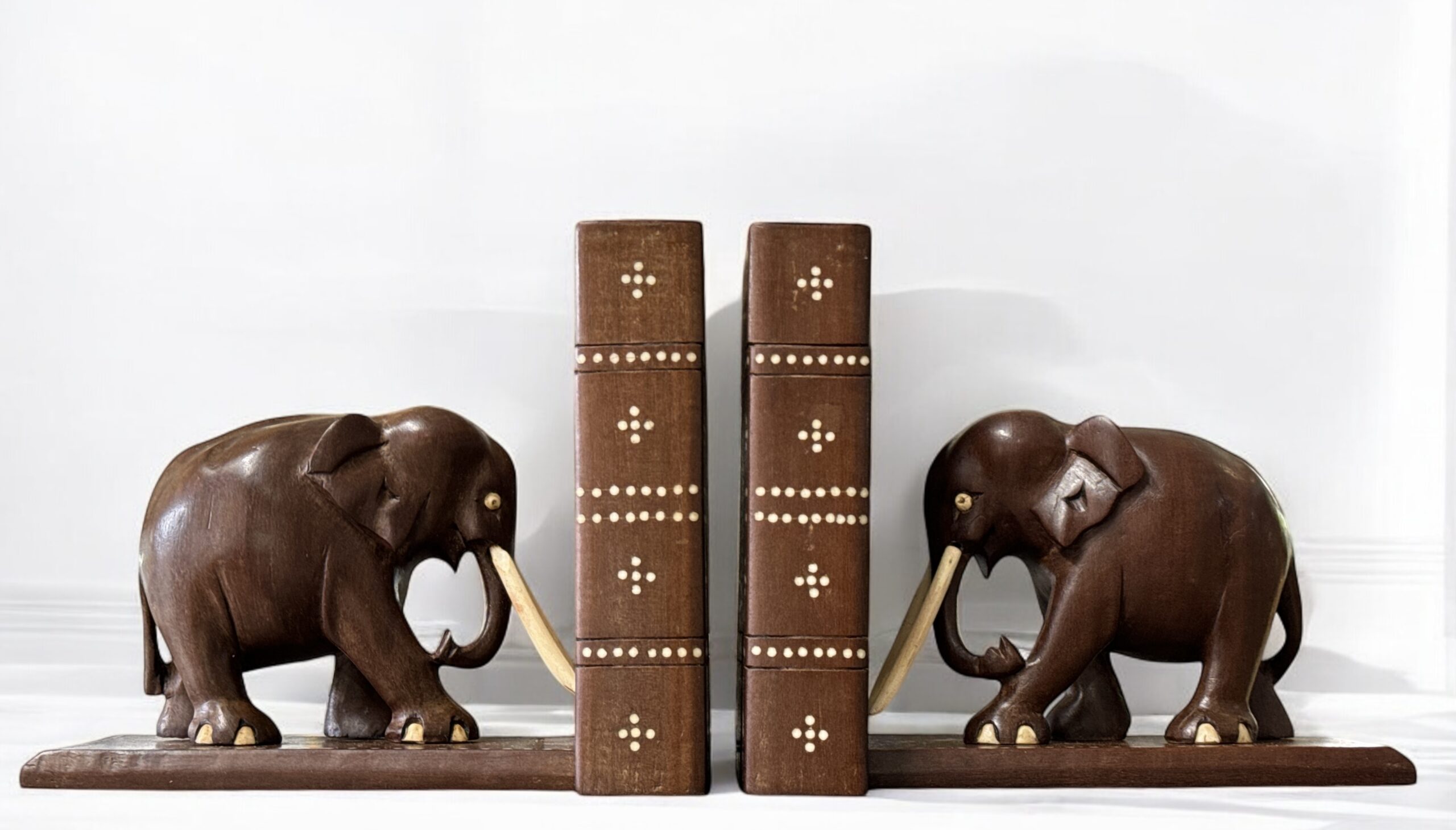
Chinese Furniture
-
 Chinese Hardwood stand with shelf & lattice ‘stretcher’, c. 1920Sold
Chinese Hardwood stand with shelf & lattice ‘stretcher’, c. 1920Sold -
 Chinese elm low square table, Qing Dynasty, 19th century$345.00 AUD
Chinese elm low square table, Qing Dynasty, 19th century$345.00 AUD -
 Chinese Elm table with fretwork, Qing Dynasty, 19th centurySold
Chinese Elm table with fretwork, Qing Dynasty, 19th centurySold -
 Chinese elm ‘horse-shoe’ chair in the Ming style, Qing Dynasty, 19th c.$645.00 AUD
Chinese elm ‘horse-shoe’ chair in the Ming style, Qing Dynasty, 19th c.$645.00 AUD -
 Pair of green painted Chinese horseshoe chairs, Qing Dynasty 19th c or earlier$1,250.00 AUD
Pair of green painted Chinese horseshoe chairs, Qing Dynasty 19th c or earlier$1,250.00 AUD -
 Chinese elm low square table, Qing Dynasty, 19th century$345.00 AUD
Chinese elm low square table, Qing Dynasty, 19th century$345.00 AUD -
 Chinese elm low square table, Qing Dynasty, 19th century$320.00 AUD
Chinese elm low square table, Qing Dynasty, 19th century$320.00 AUD -
 Chinese elm bedside cupboard with fretwork doors, 20th century.Sold
Chinese elm bedside cupboard with fretwork doors, 20th century.Sold -
 Chinese hardwood nest of 4 square tables with carved rails, late Qing, c. 1900$1,250.00 AUD
Chinese hardwood nest of 4 square tables with carved rails, late Qing, c. 1900$1,250.00 AUD -
 Chinese hardwood ‘Nanguanmaoyi’ arm chair in the Ming style, Qing 18th-19th c.$850.00 AUD
Chinese hardwood ‘Nanguanmaoyi’ arm chair in the Ming style, Qing 18th-19th c.$850.00 AUD
Early Chinese Ceramics
Coming next…… Antiquities
Coming soon…. mini- Exhibitions @ Moorabool:
- 18th century English Ceramics
- Continental Ceramics
- 19th Century English Ceramics
- Fine English Sterling Silver
- Some Fine Fresh Furniture
There’s a few houses-full of furniture fresh to stock at Moorabool Antiques. View the latest here:

